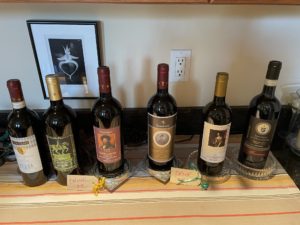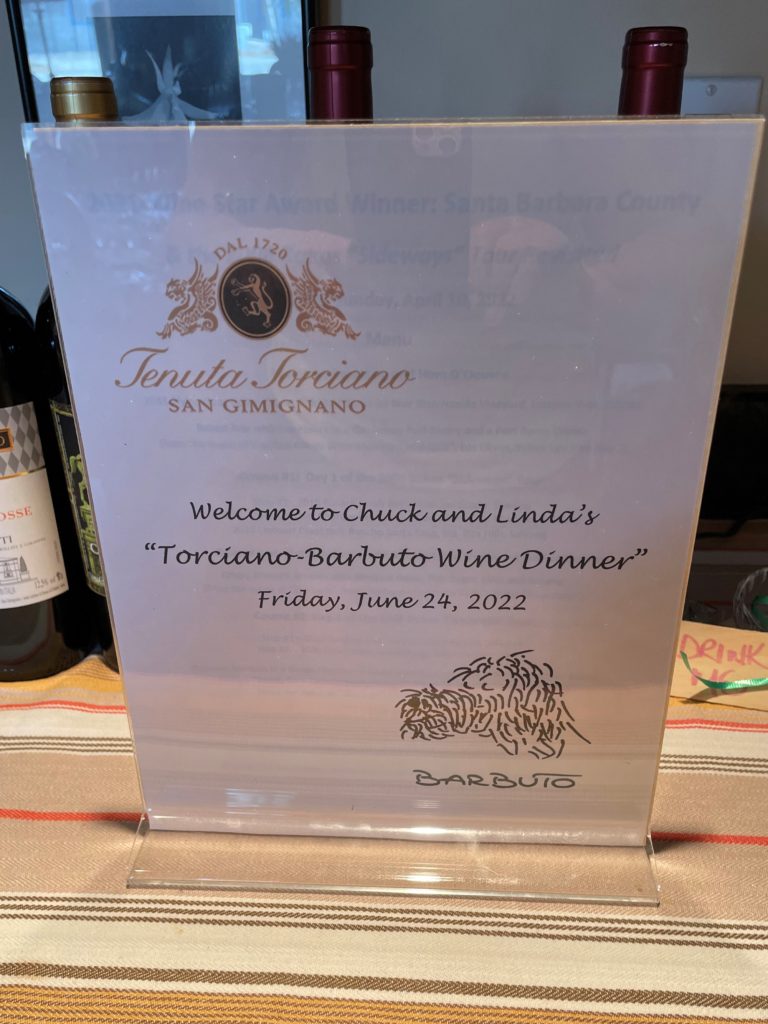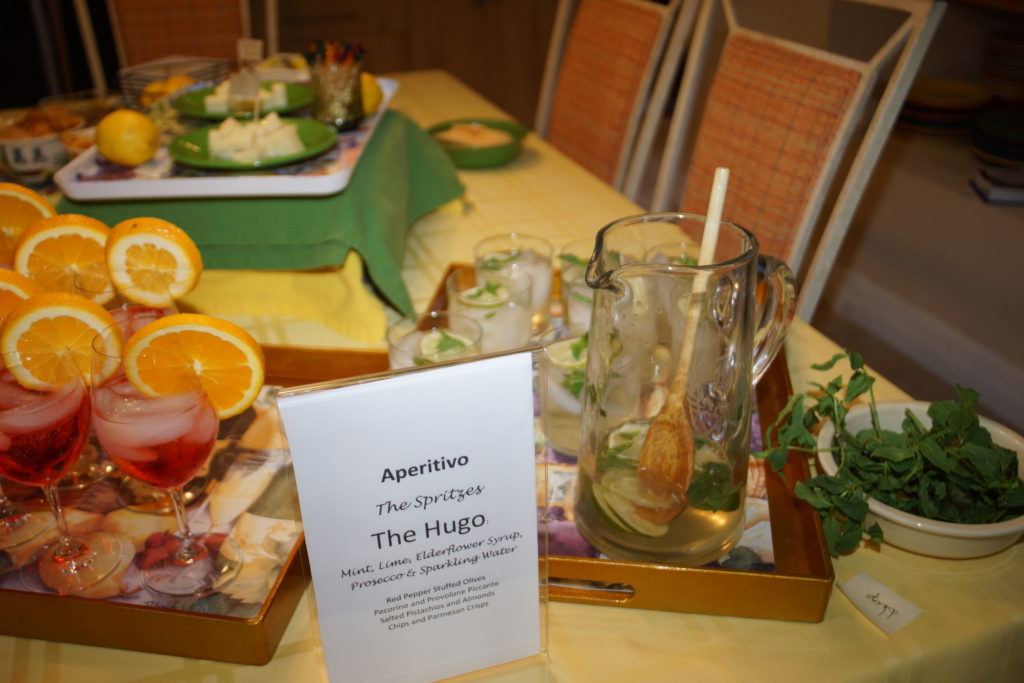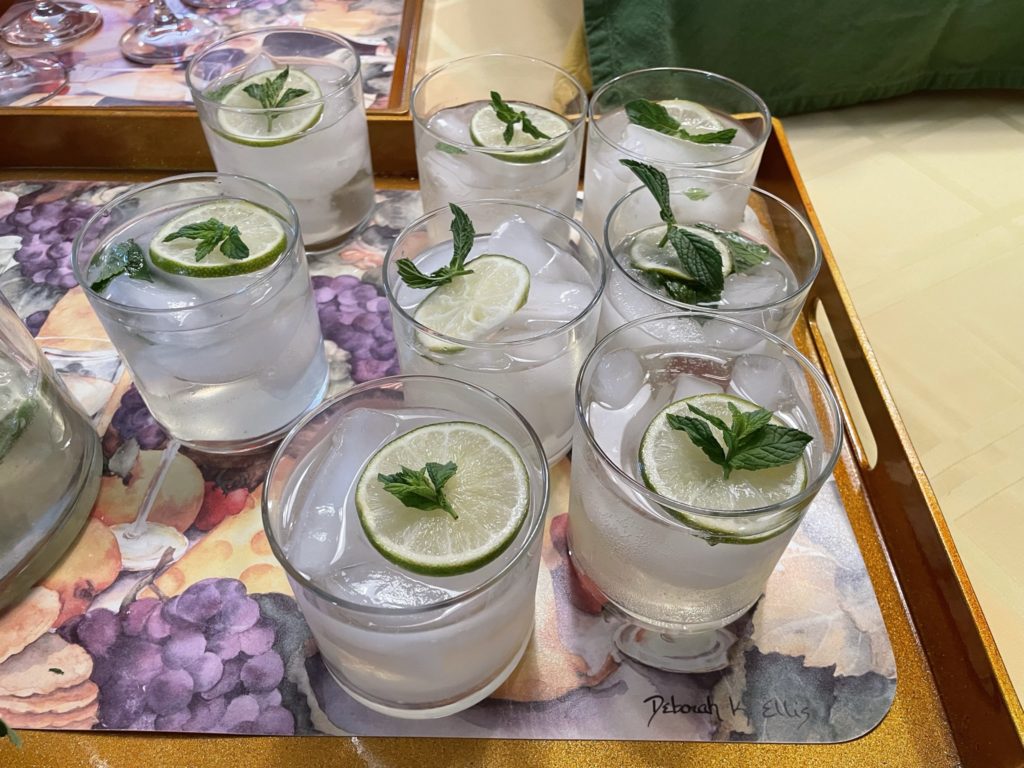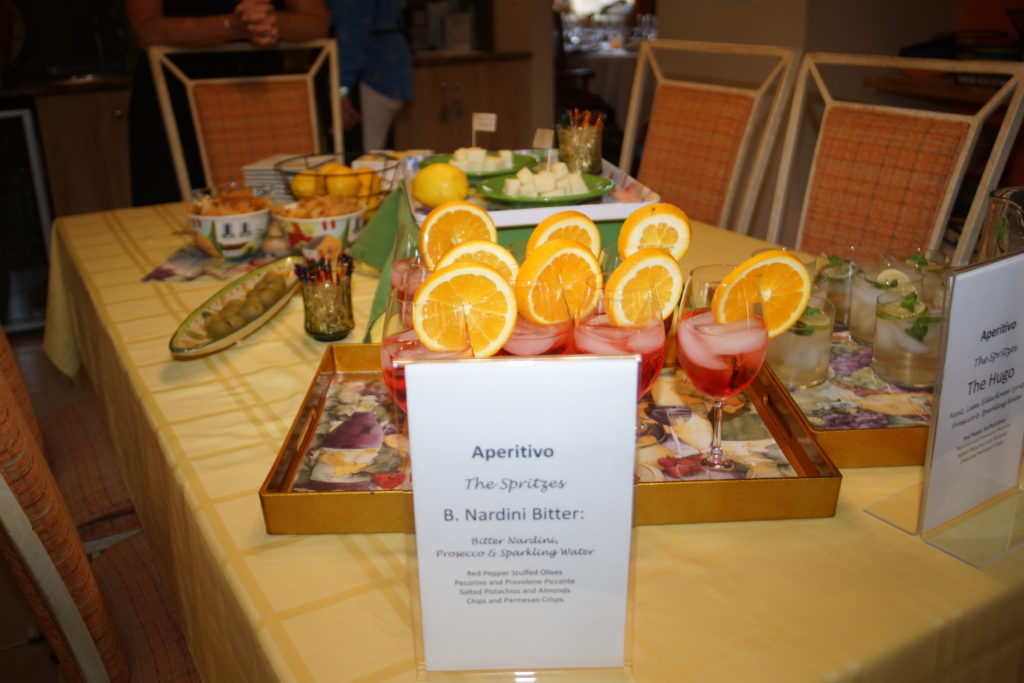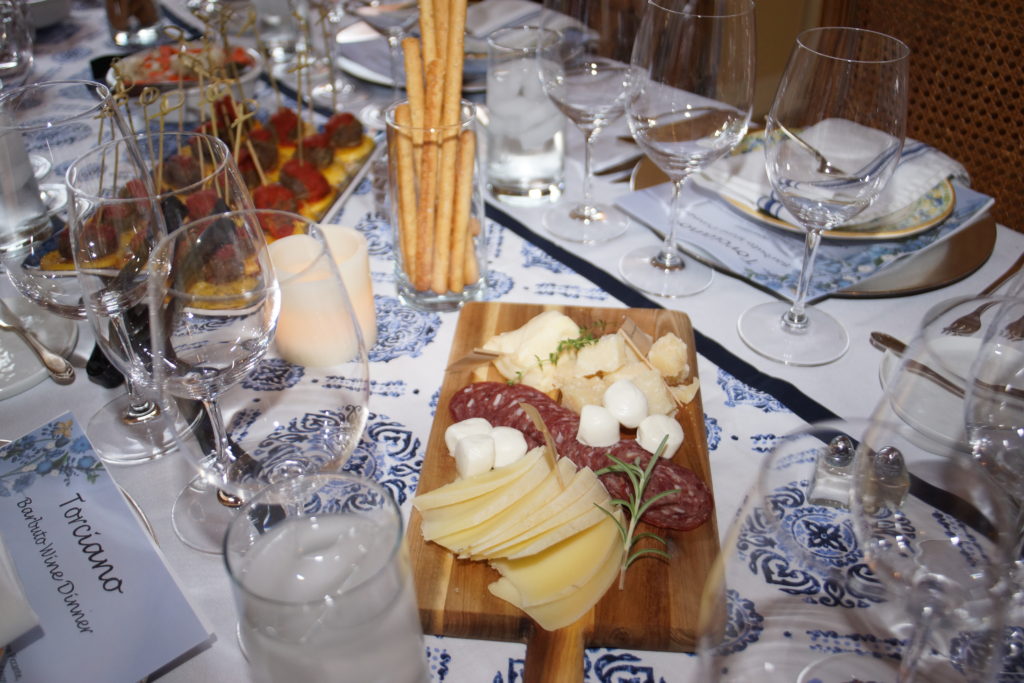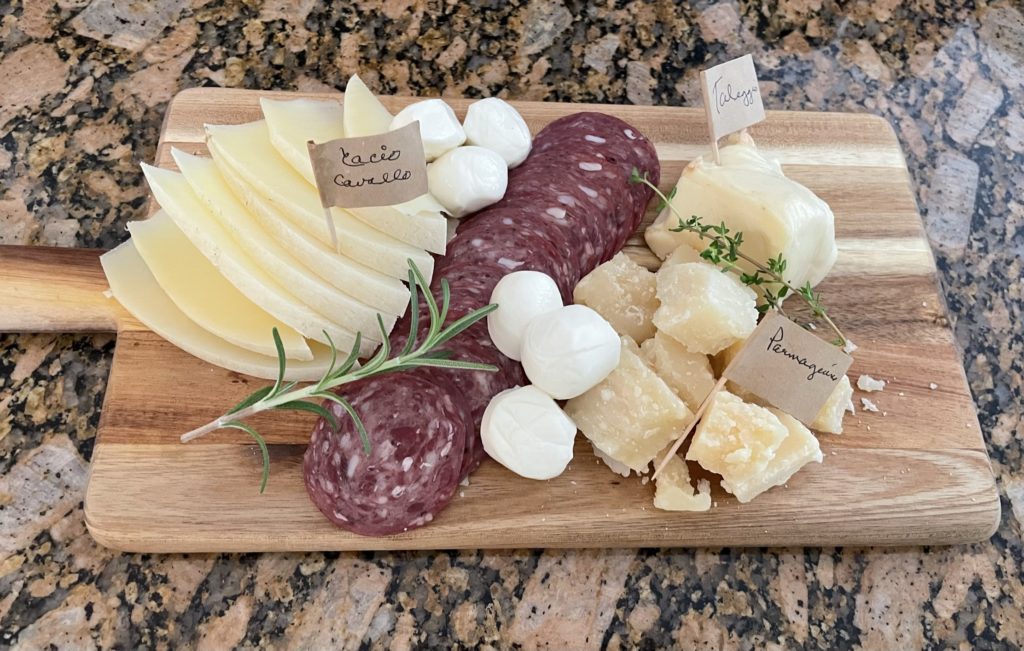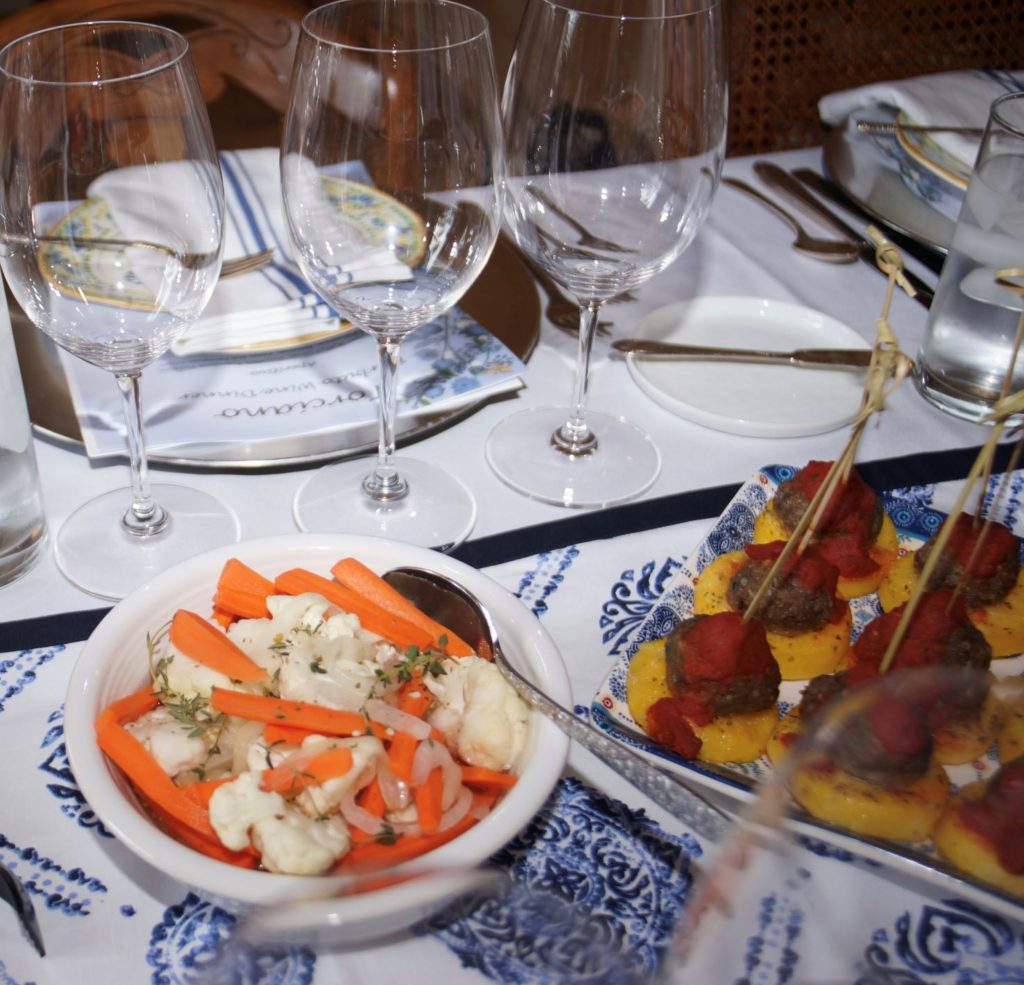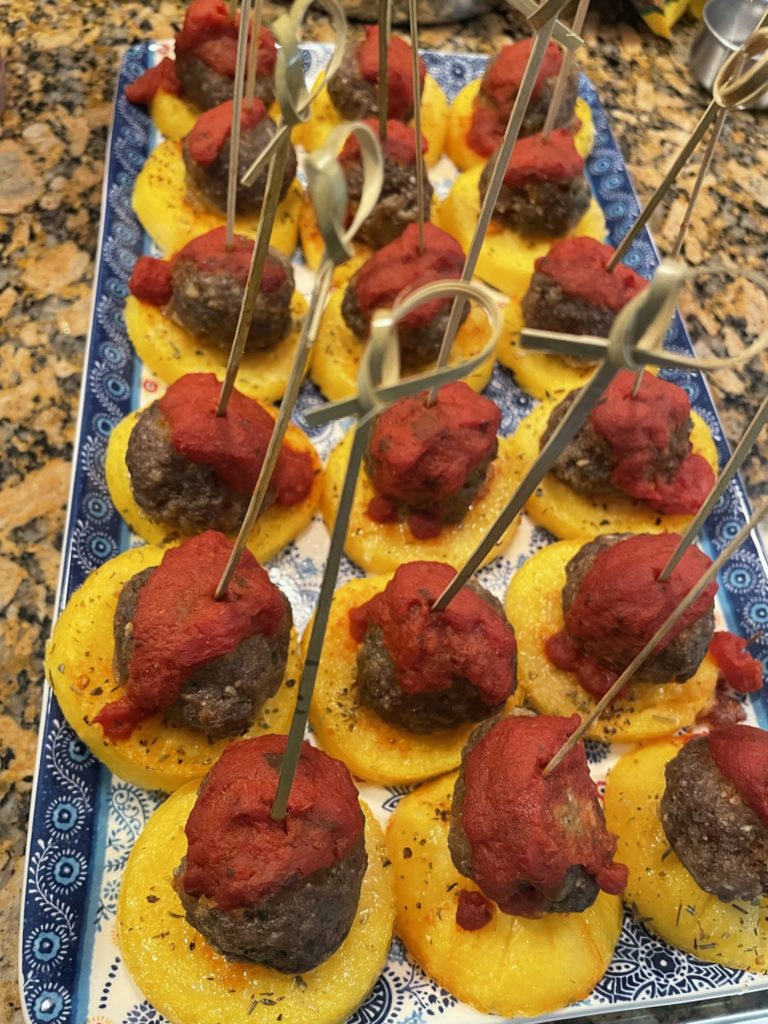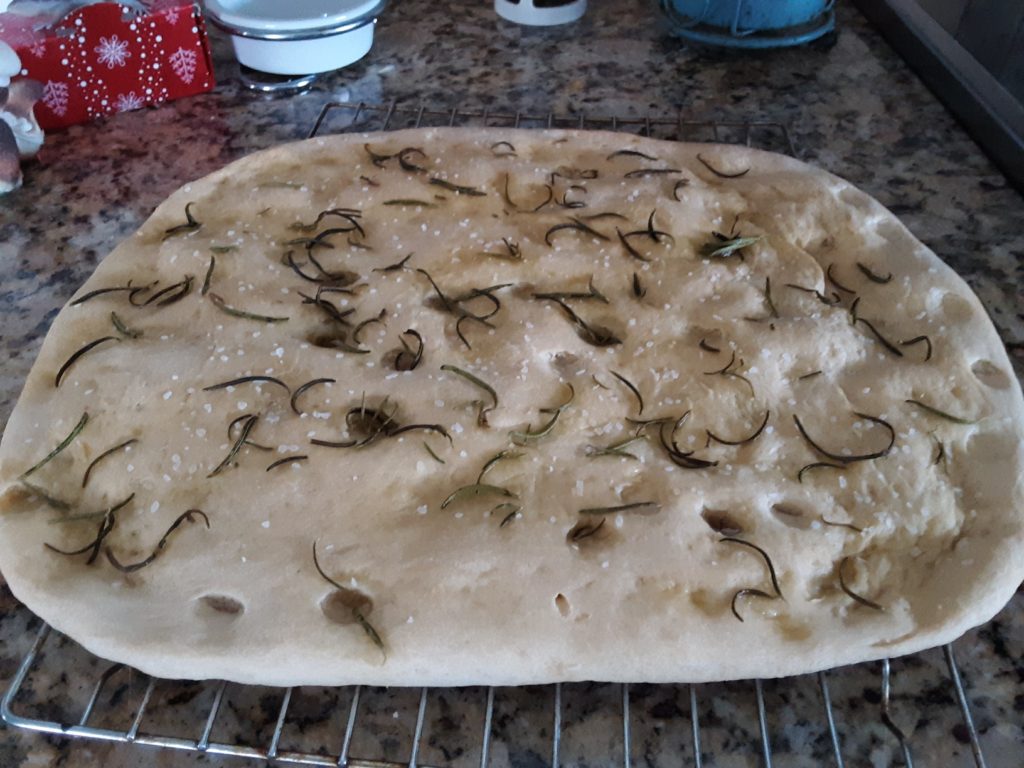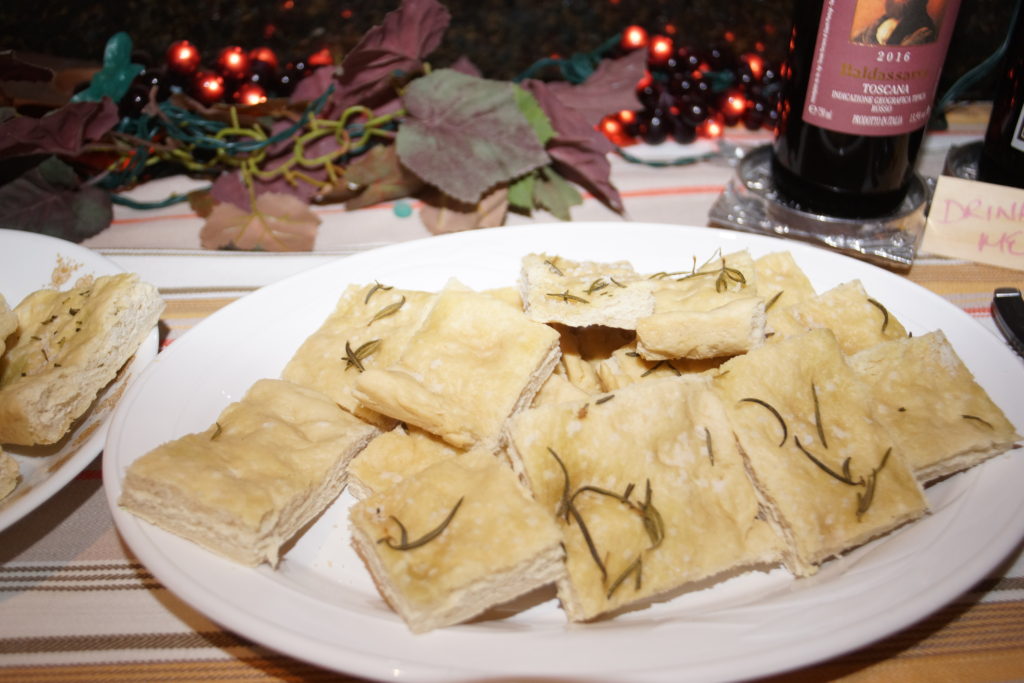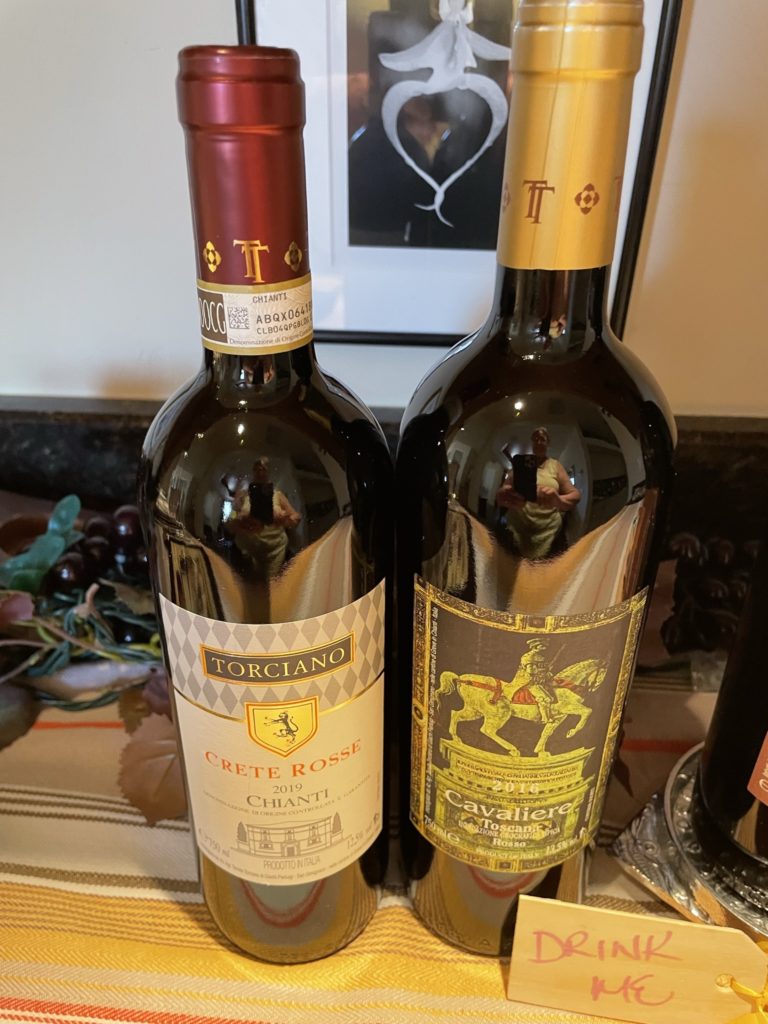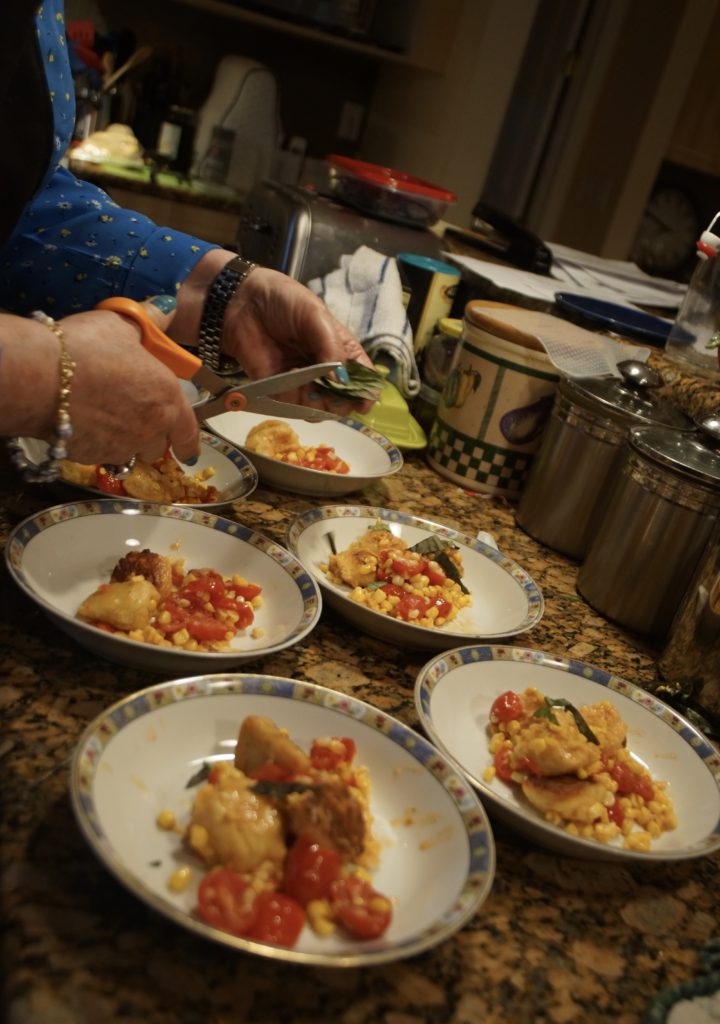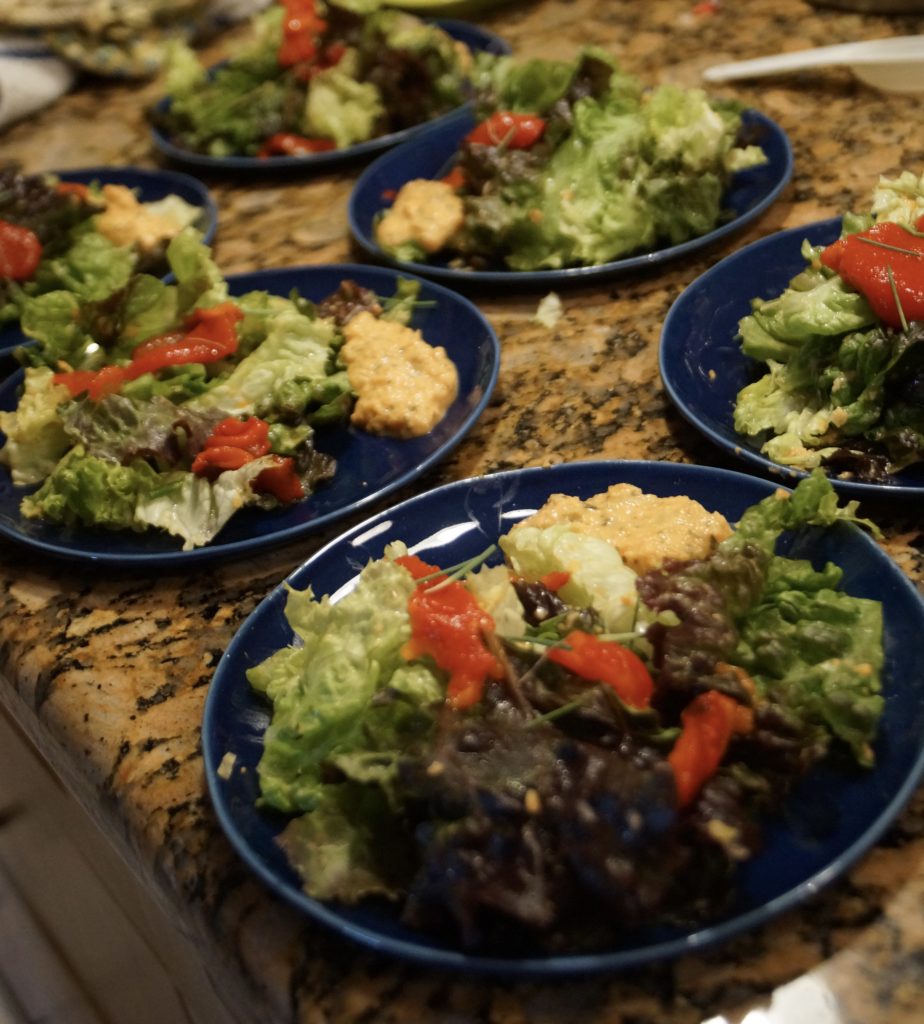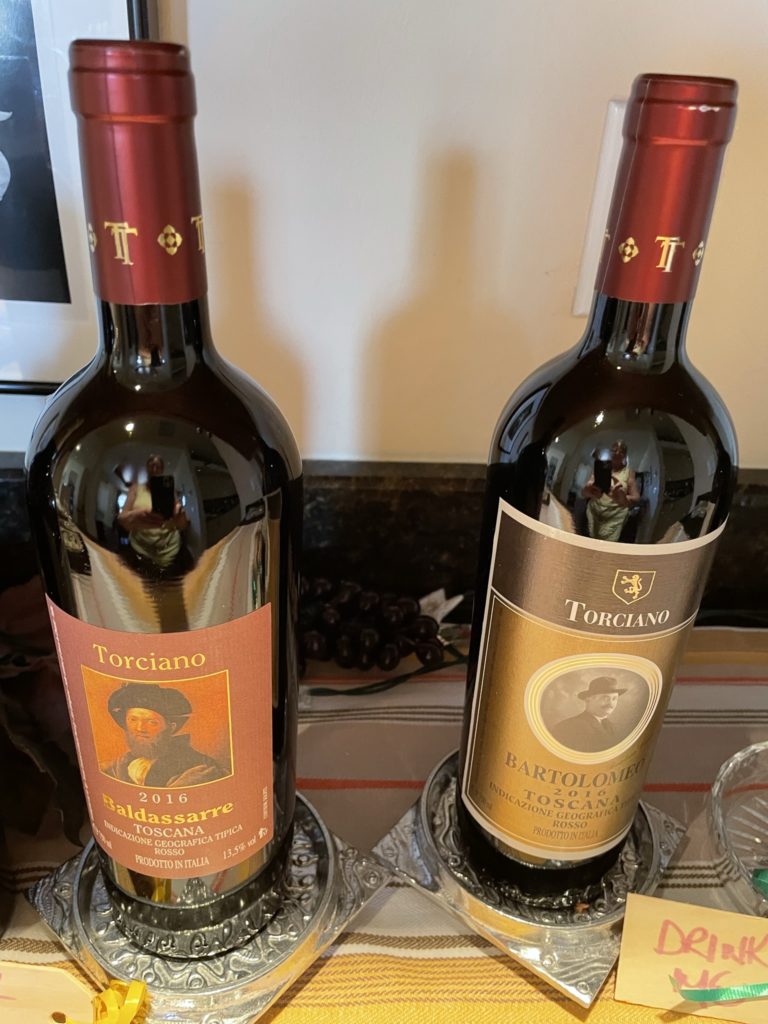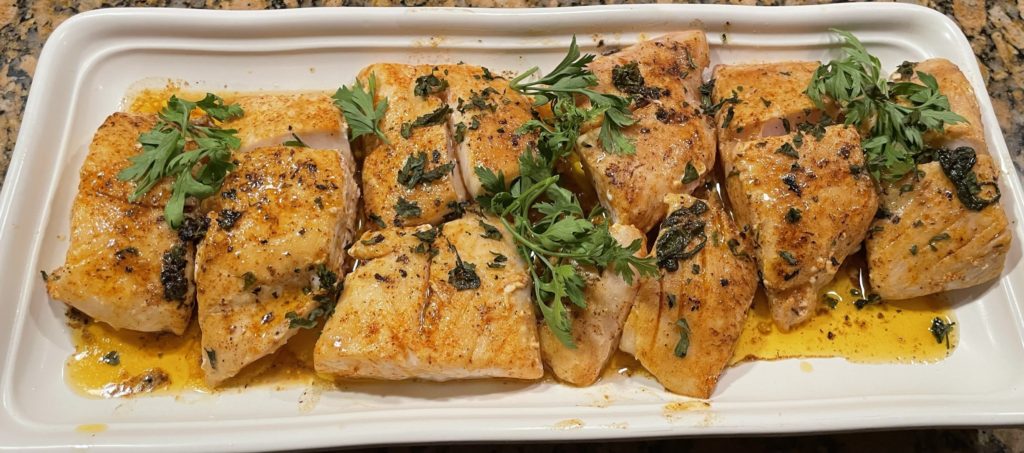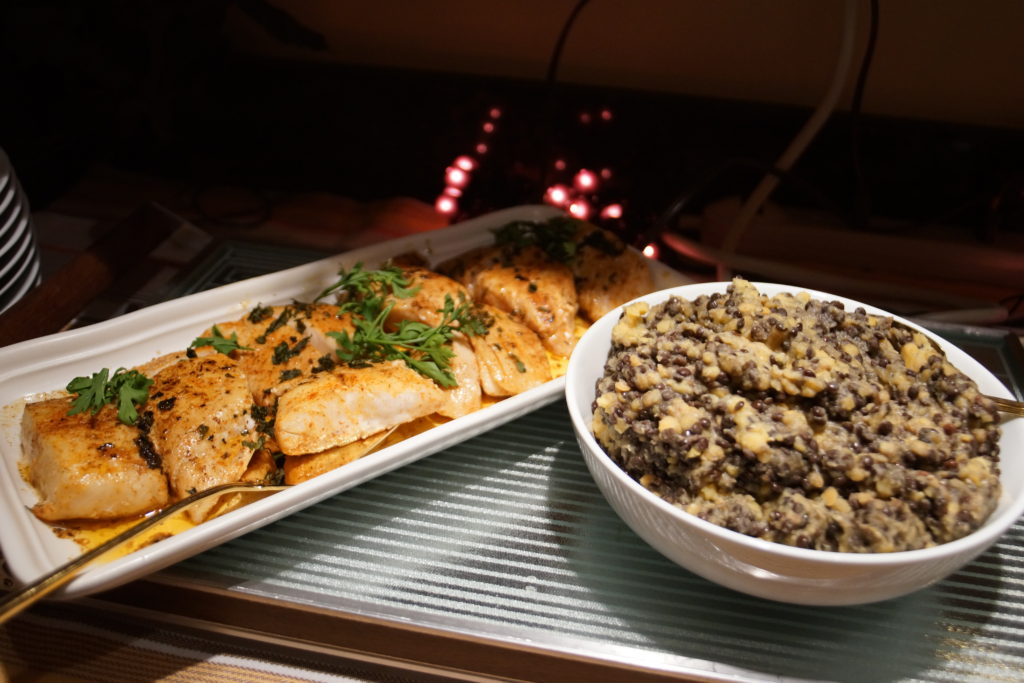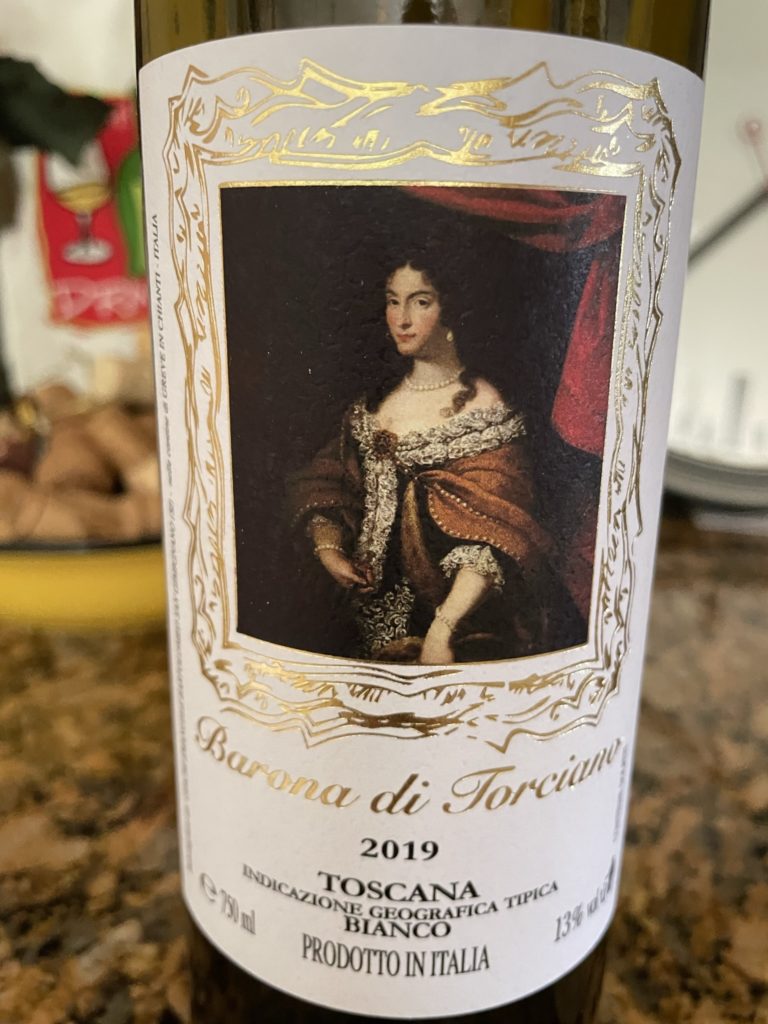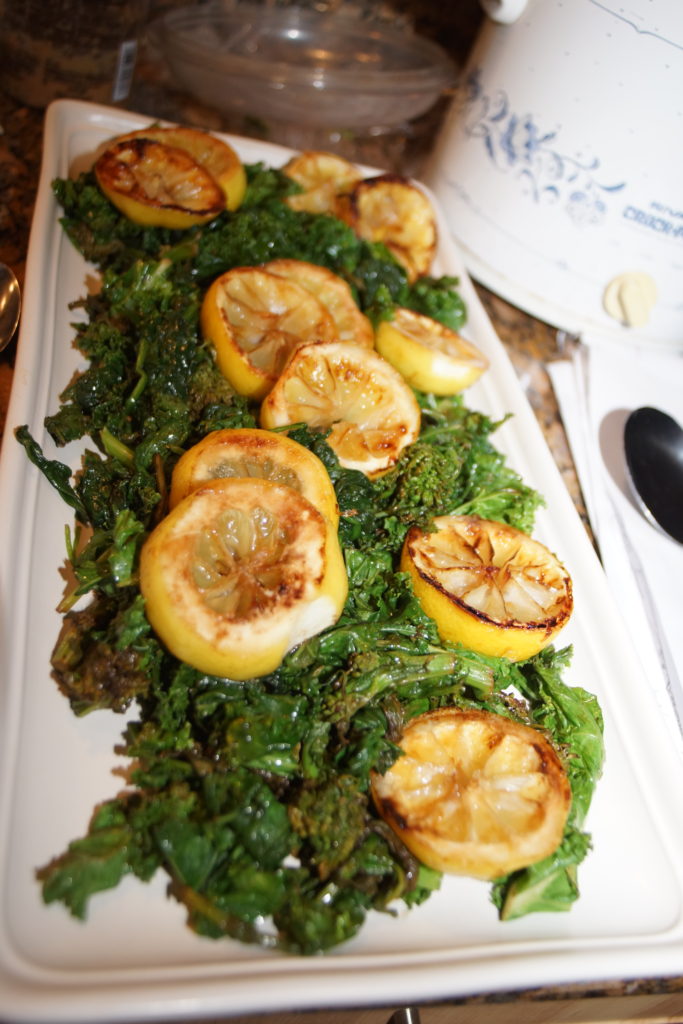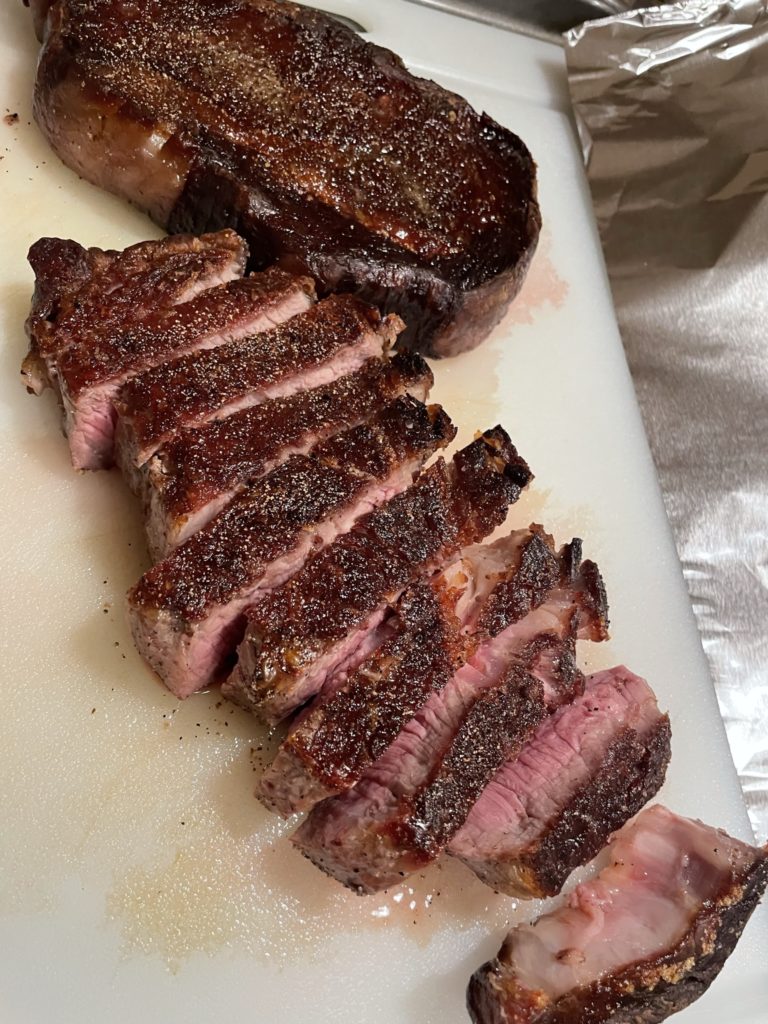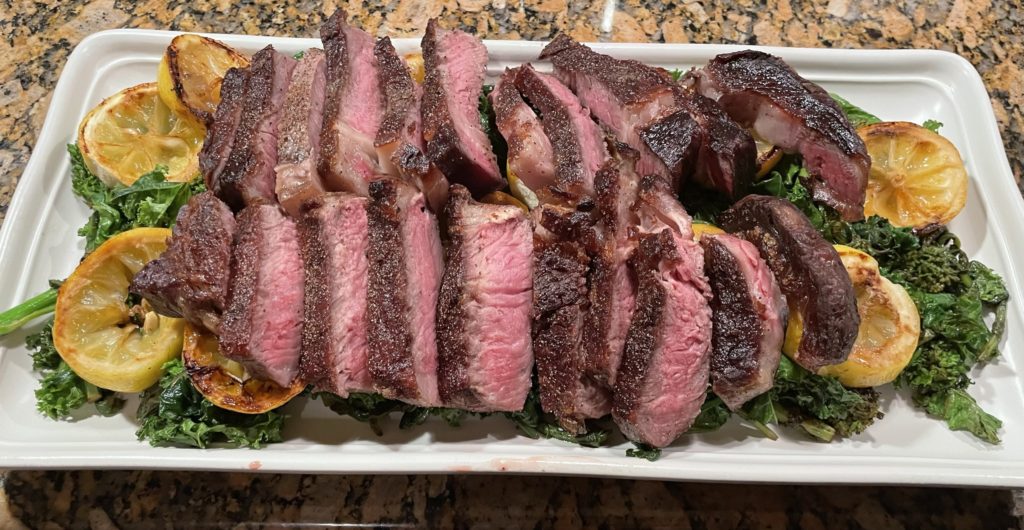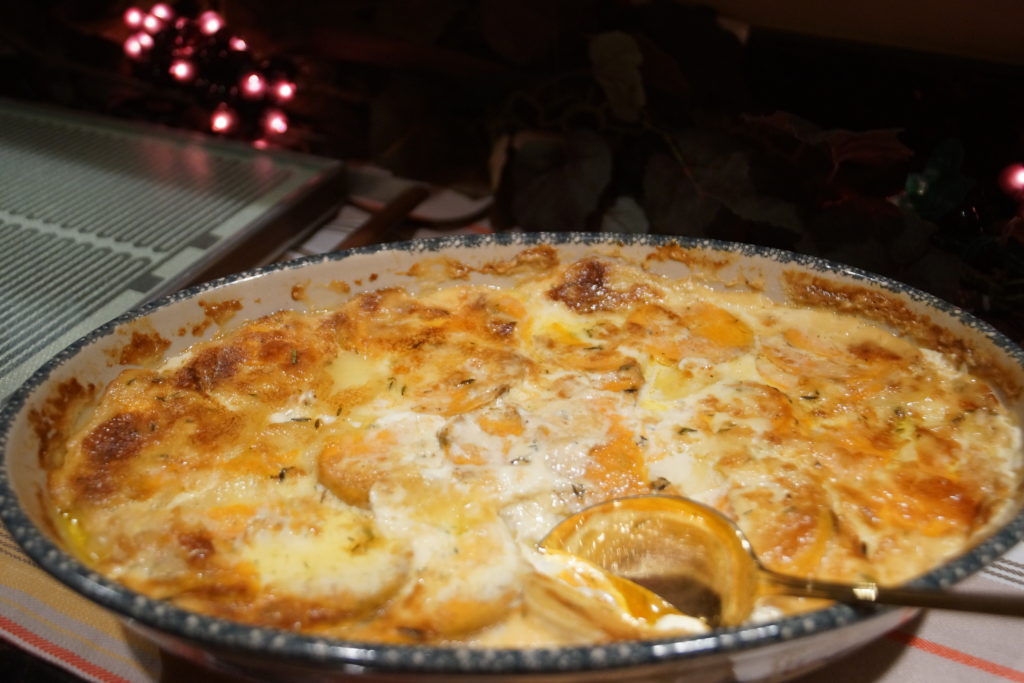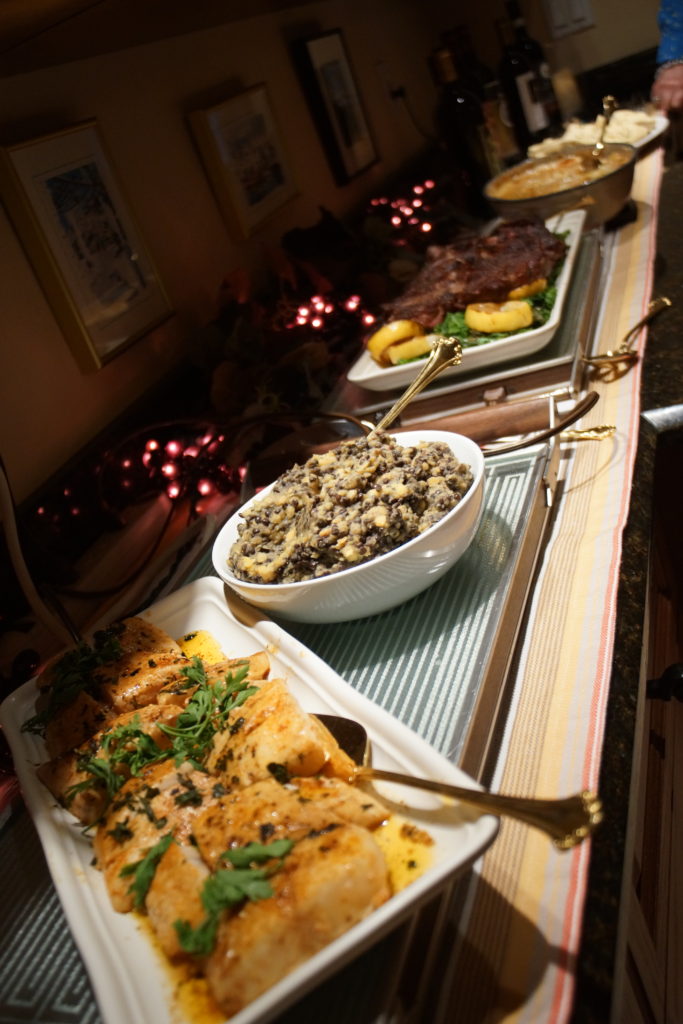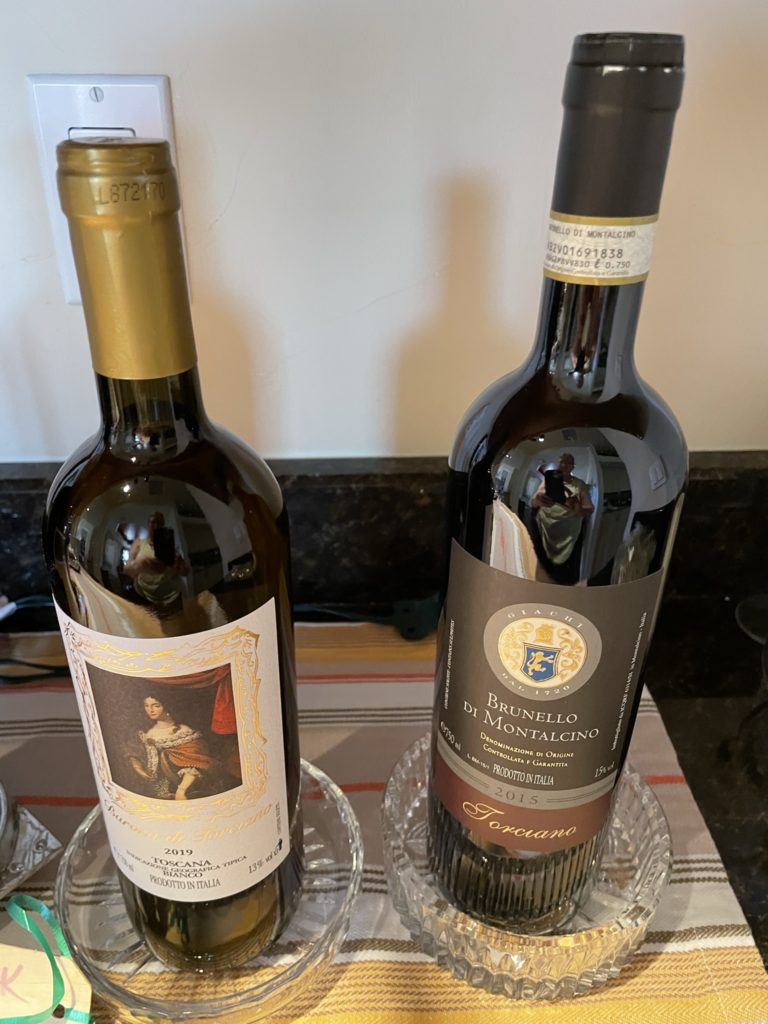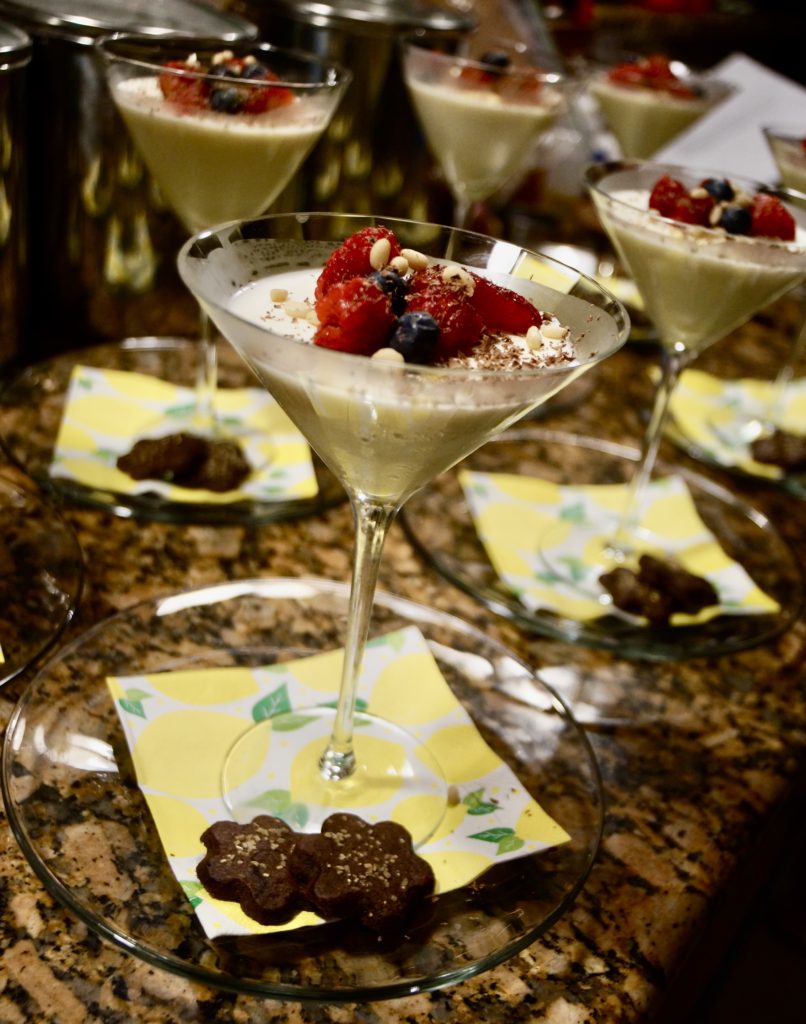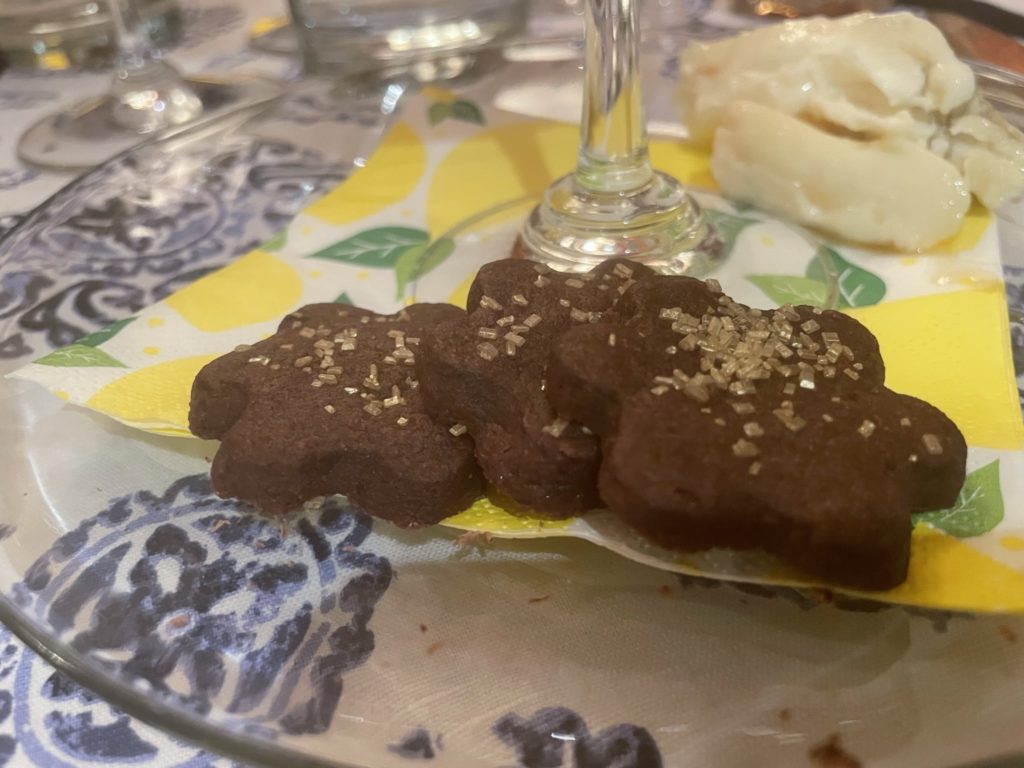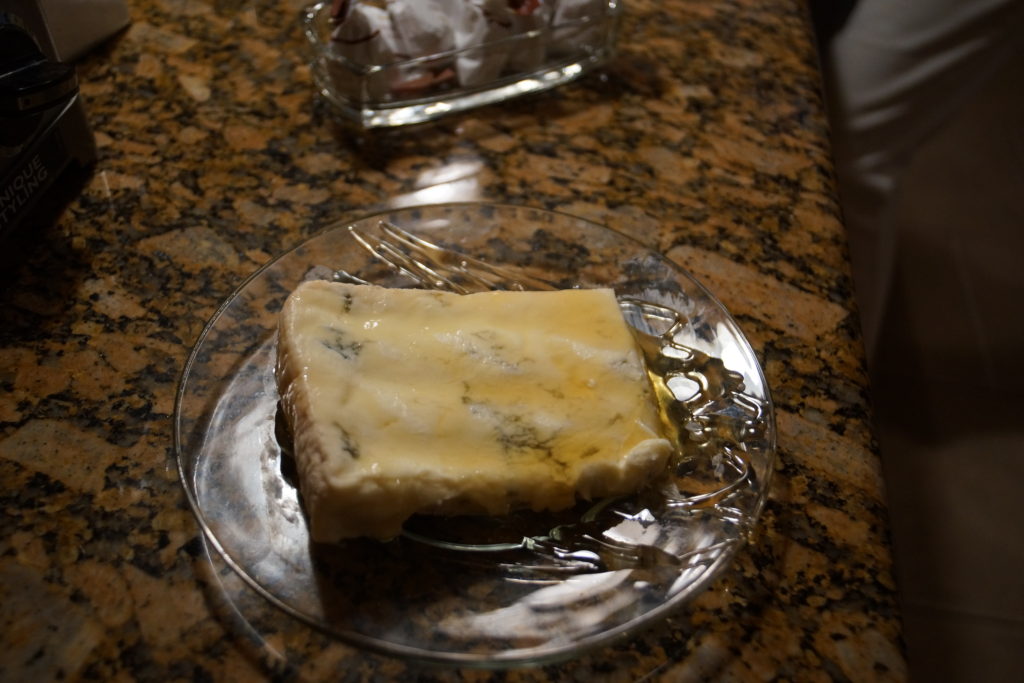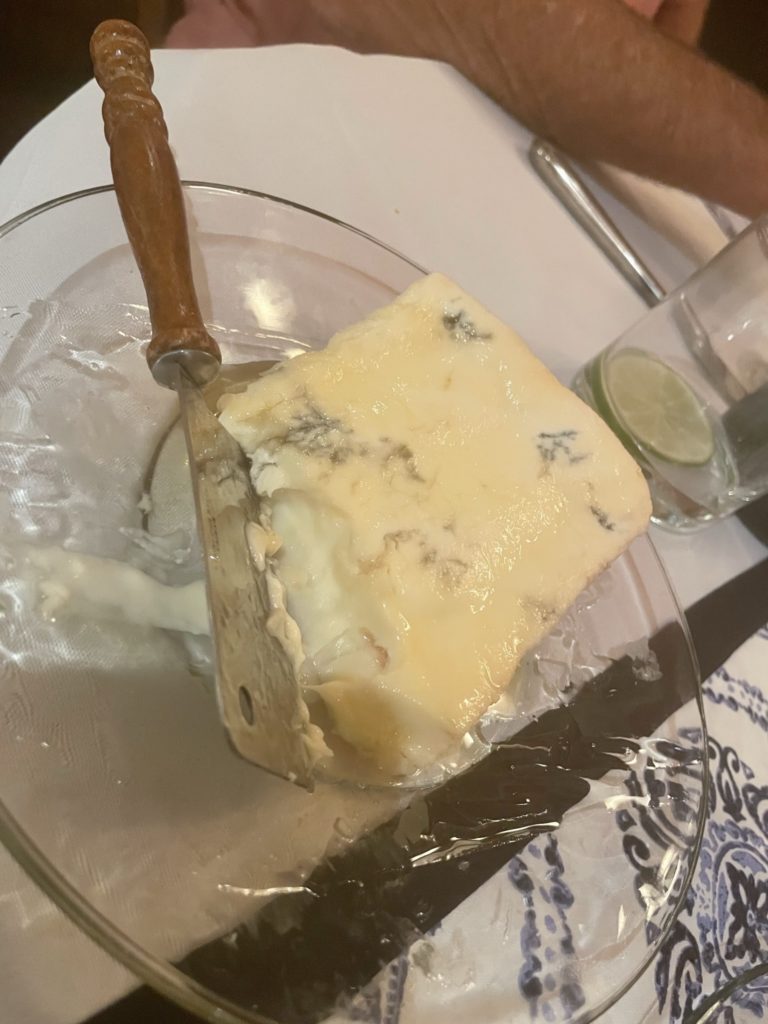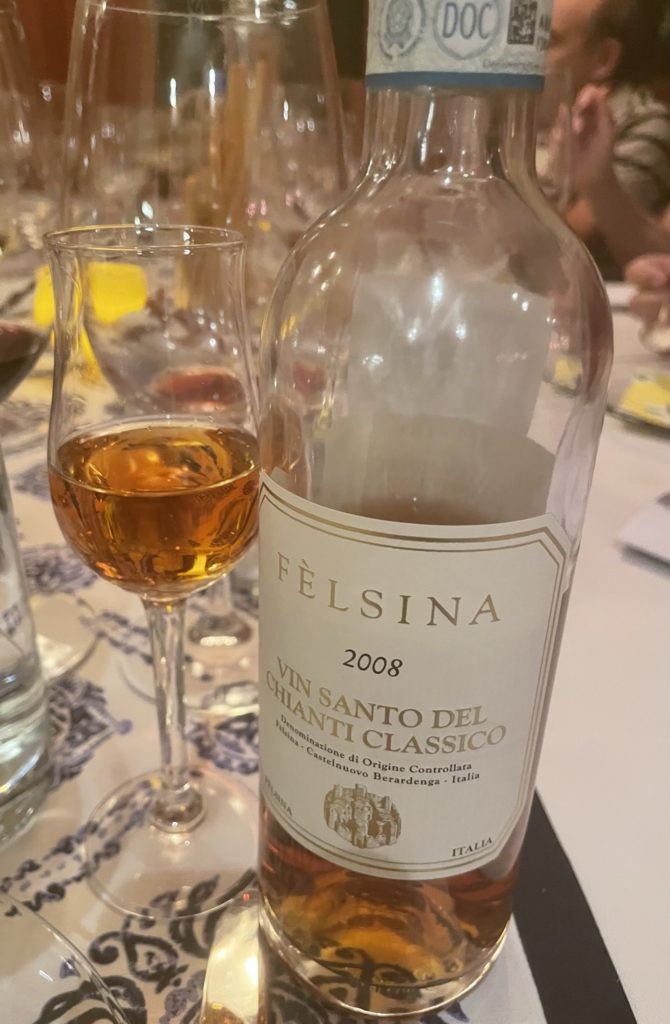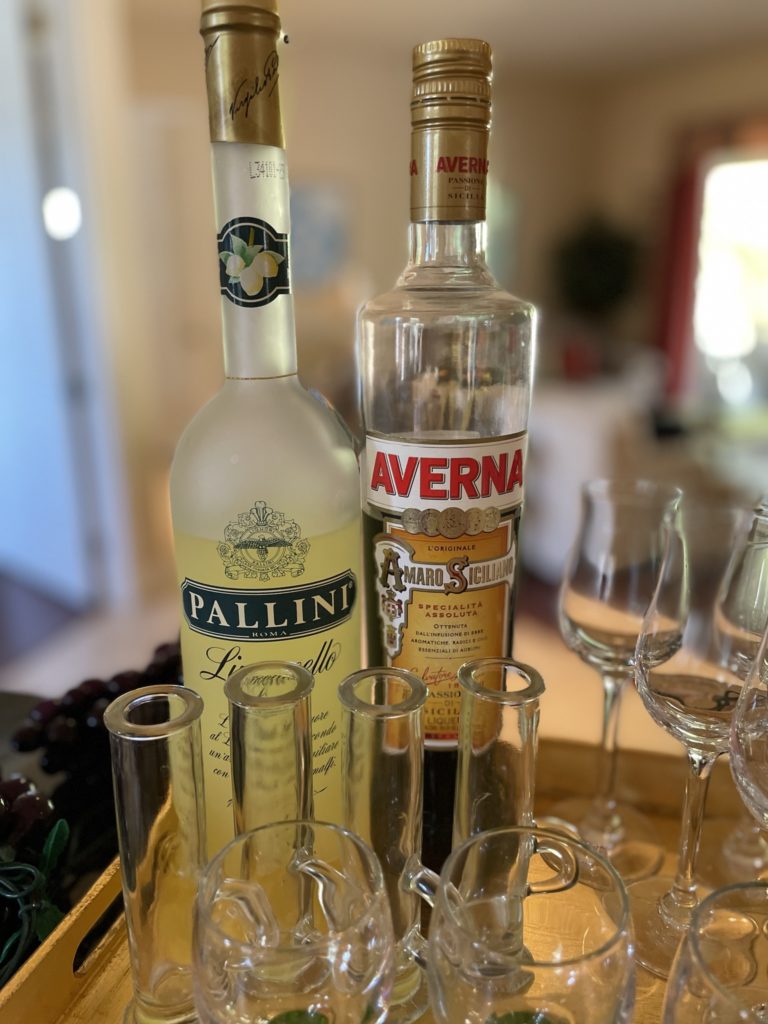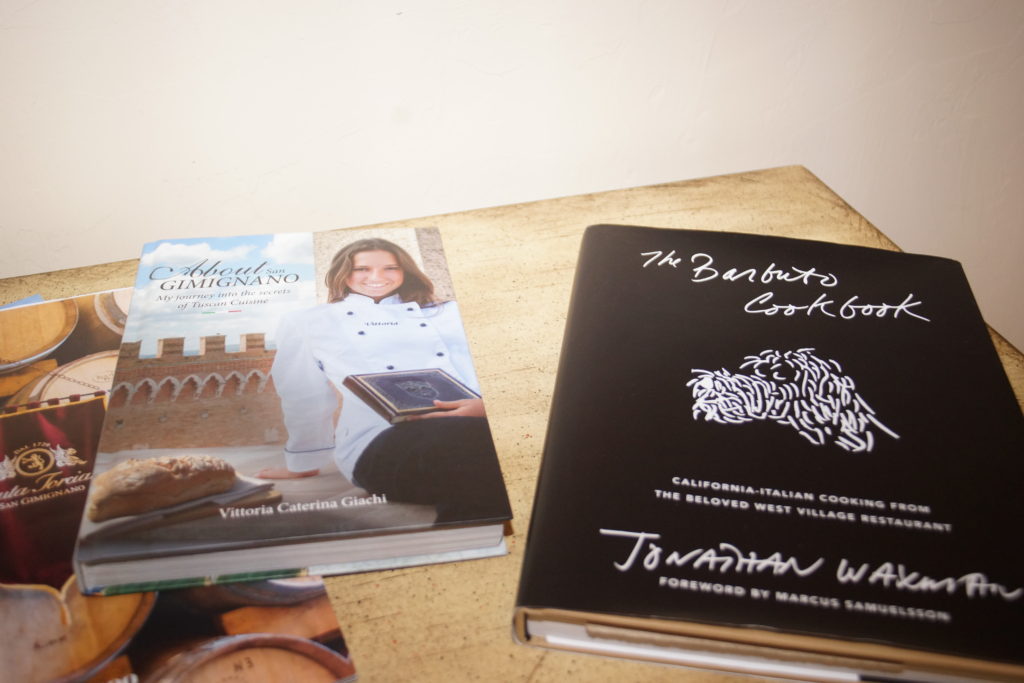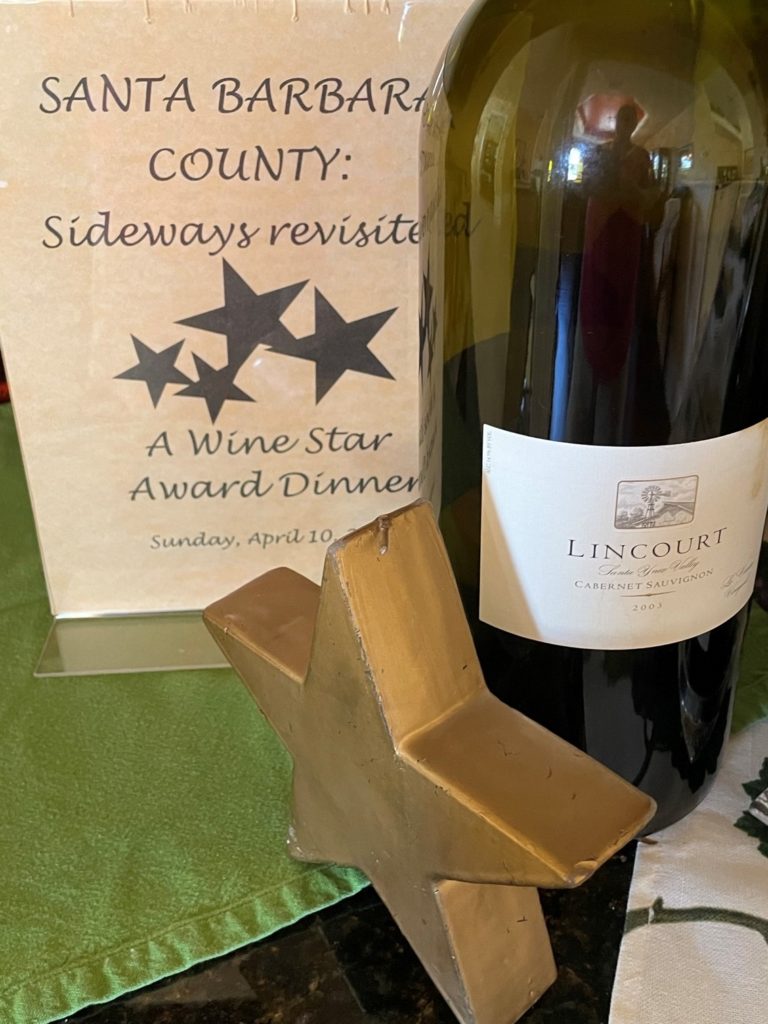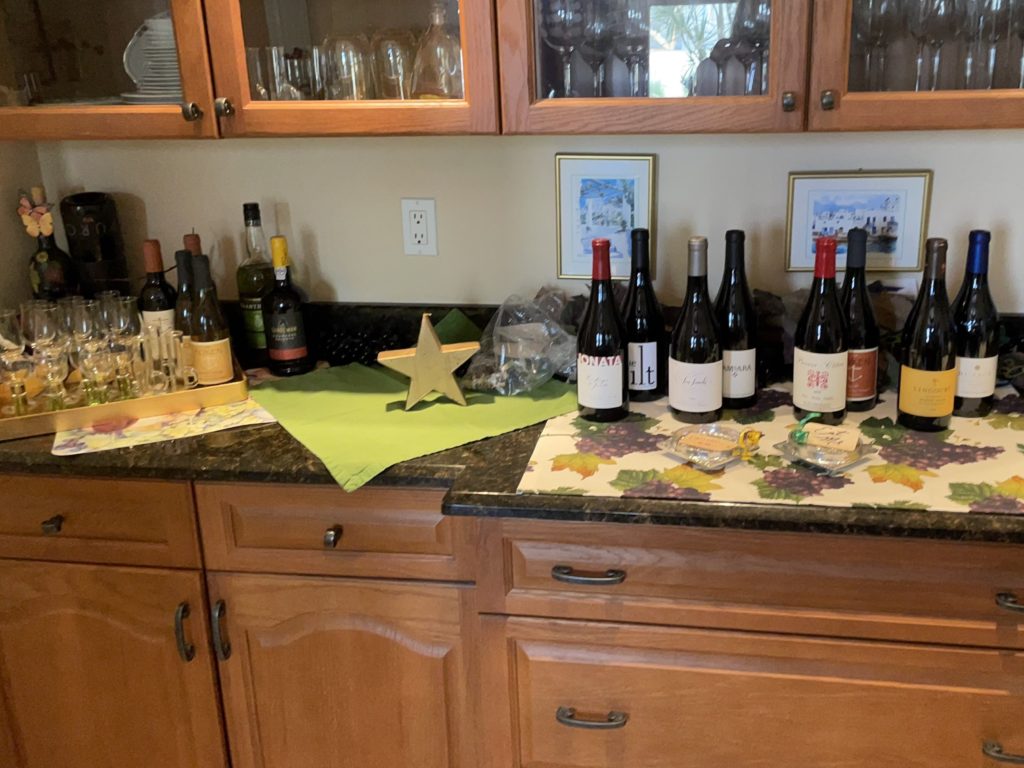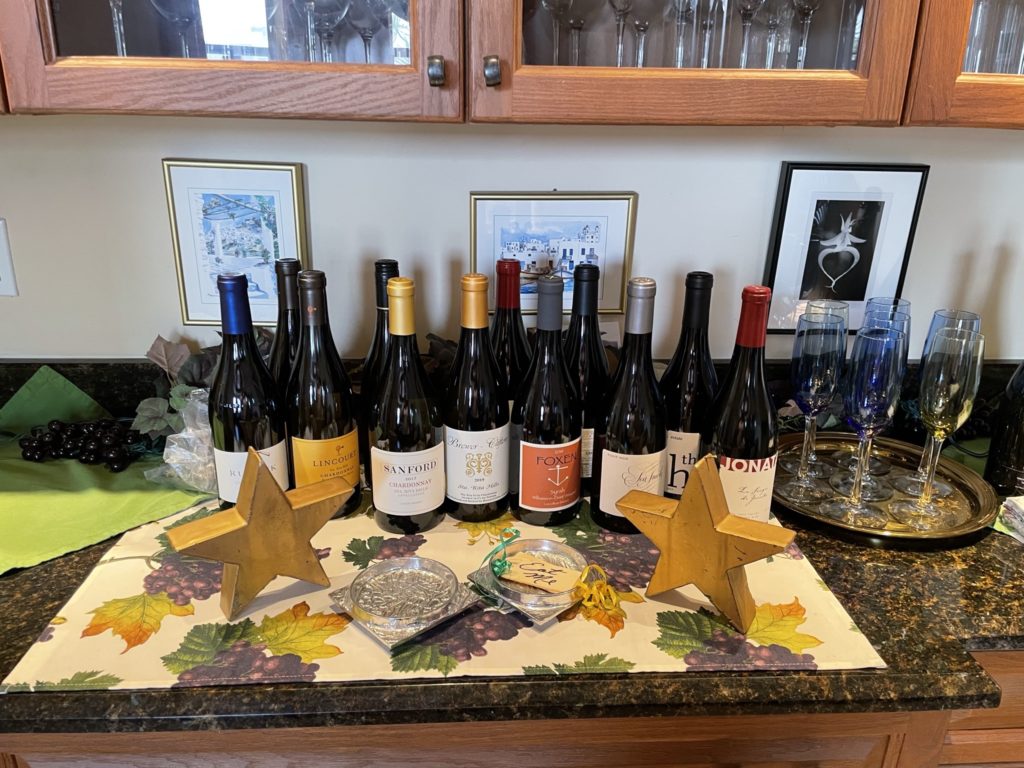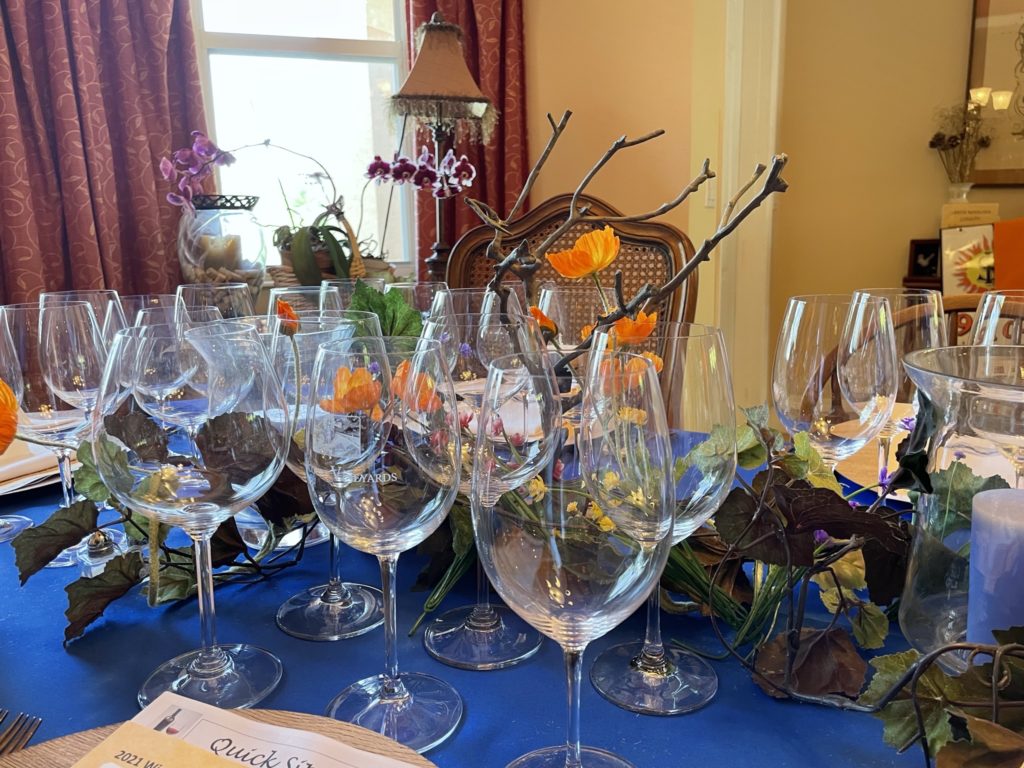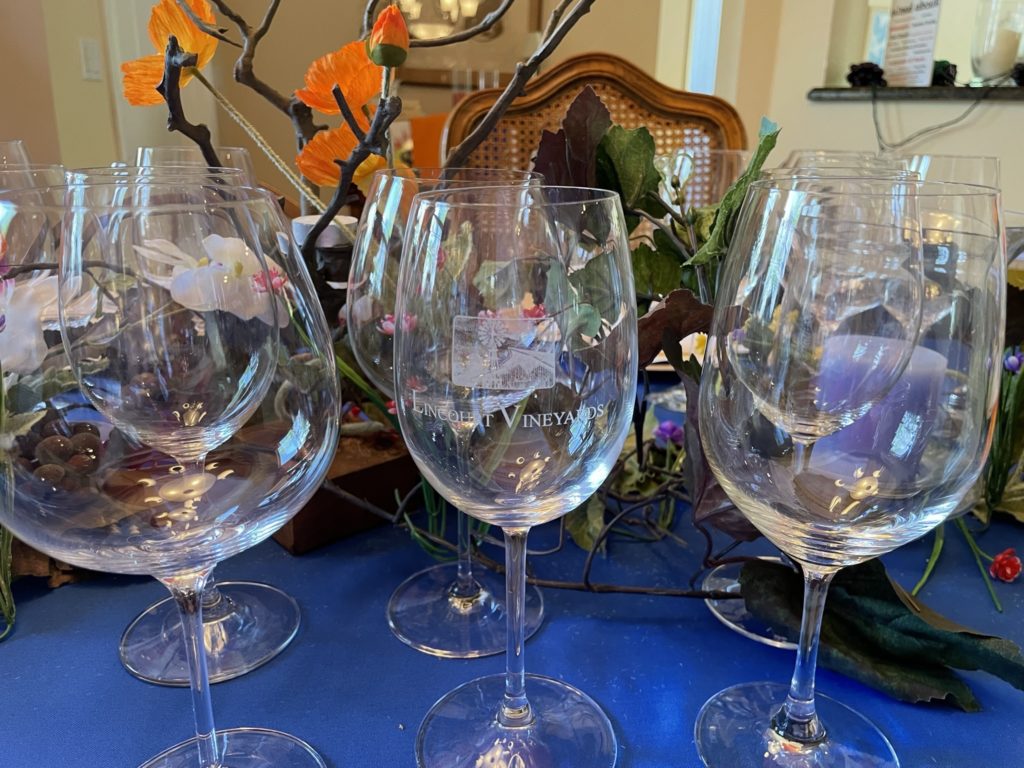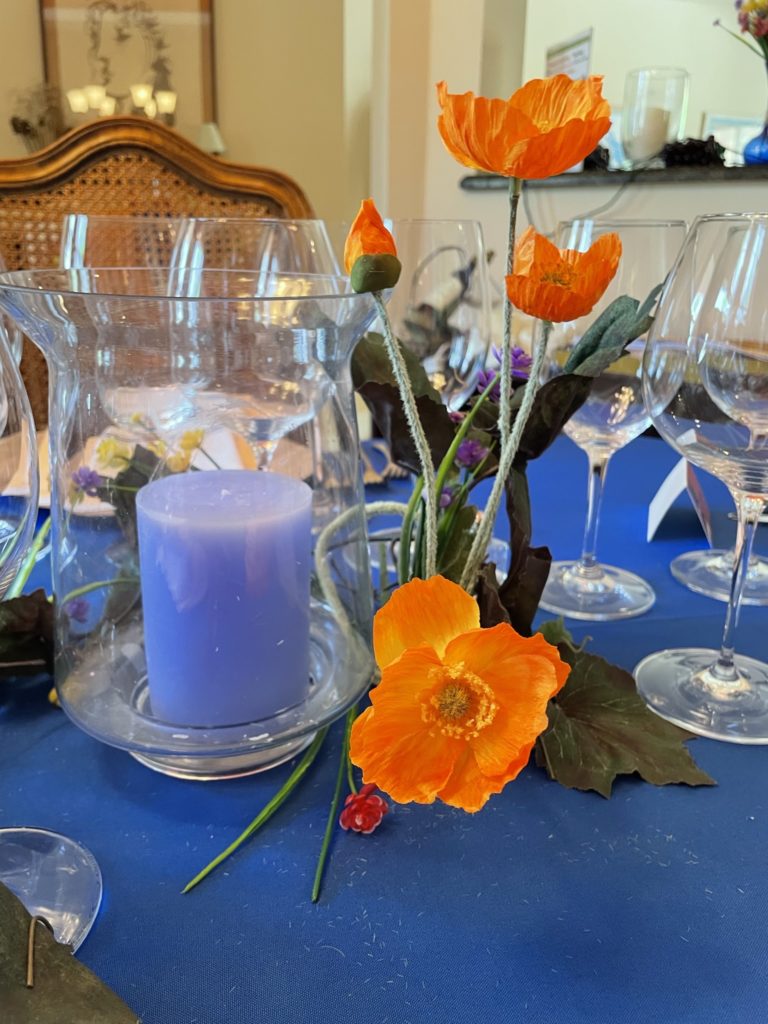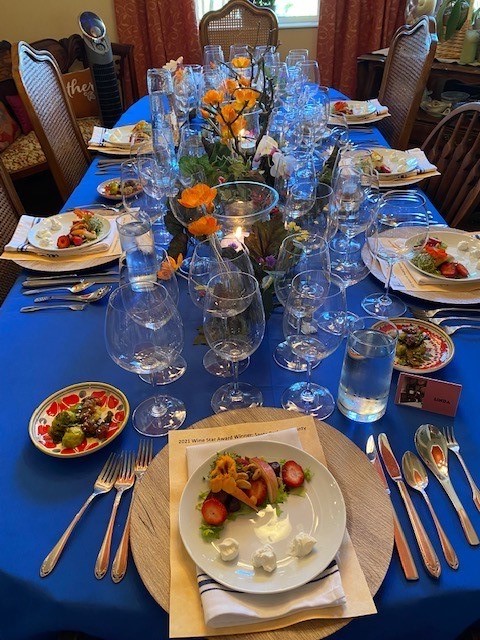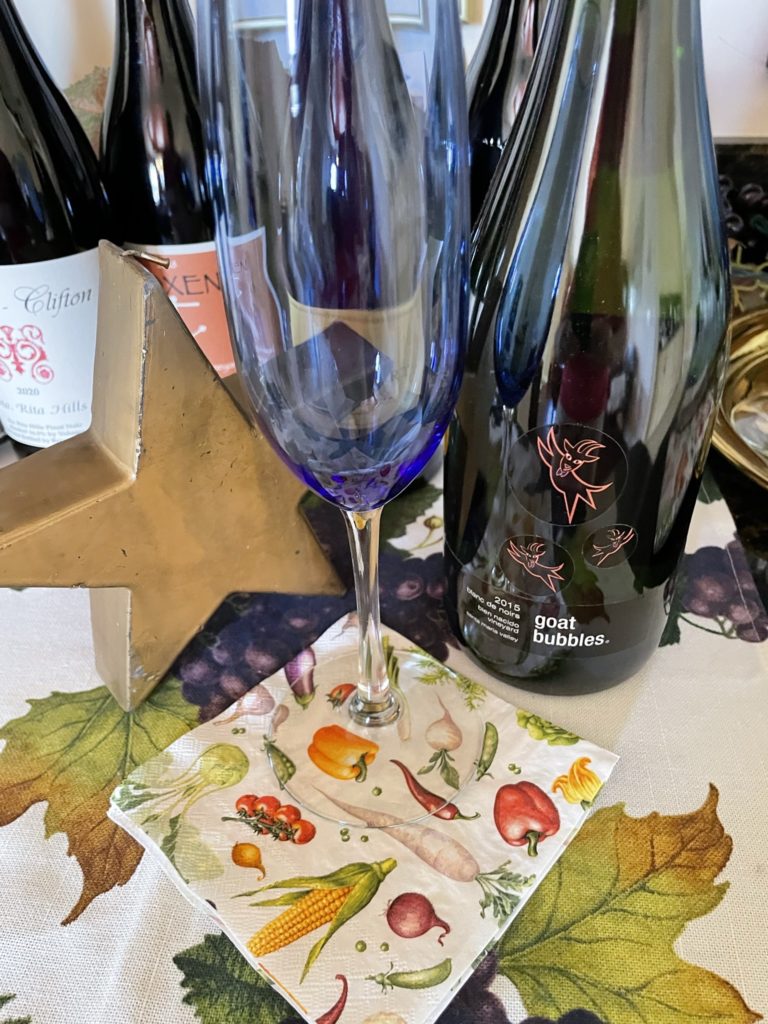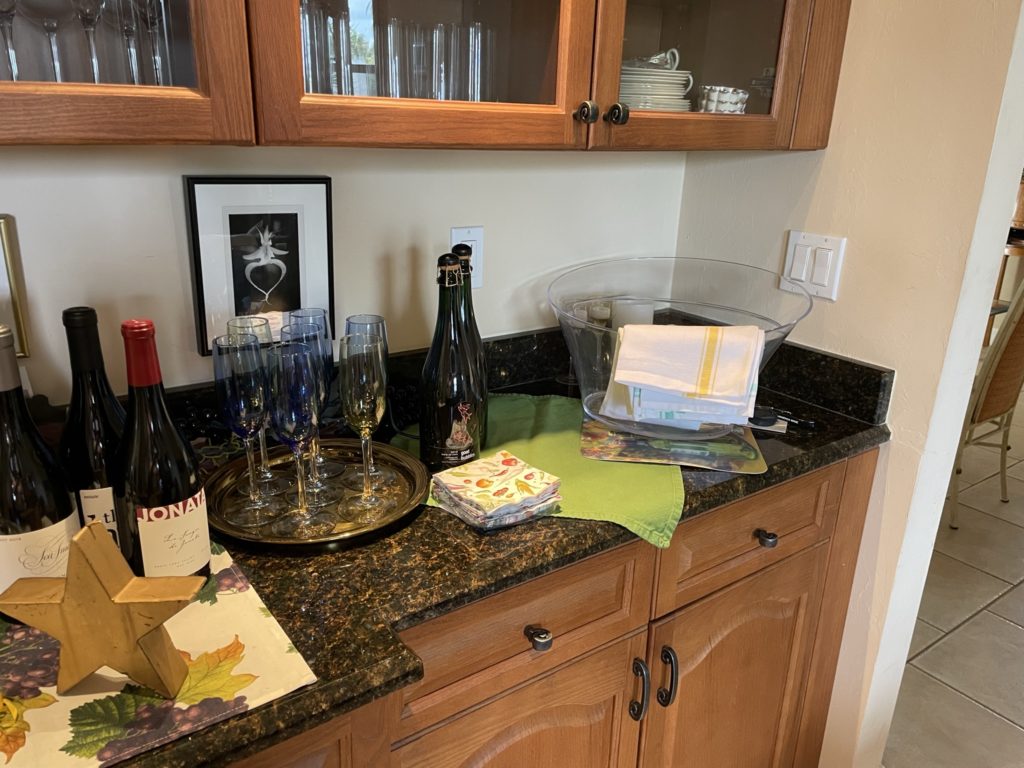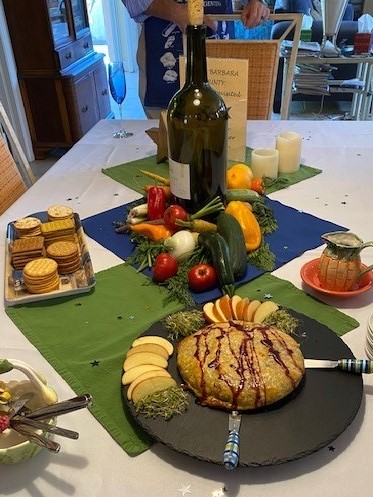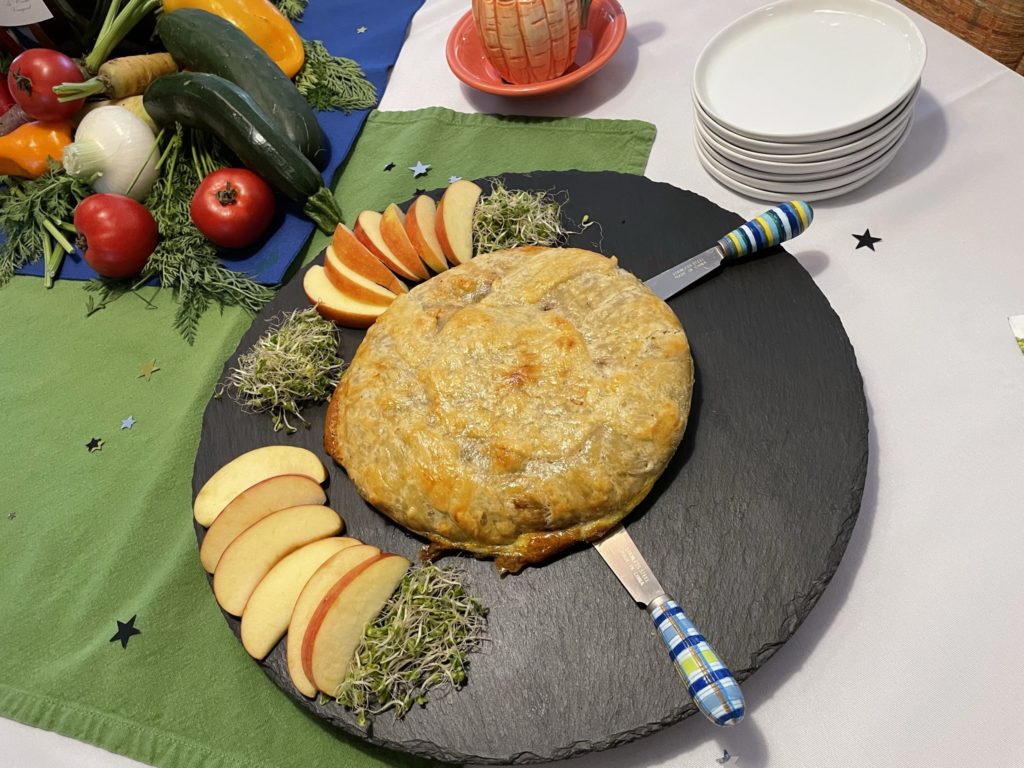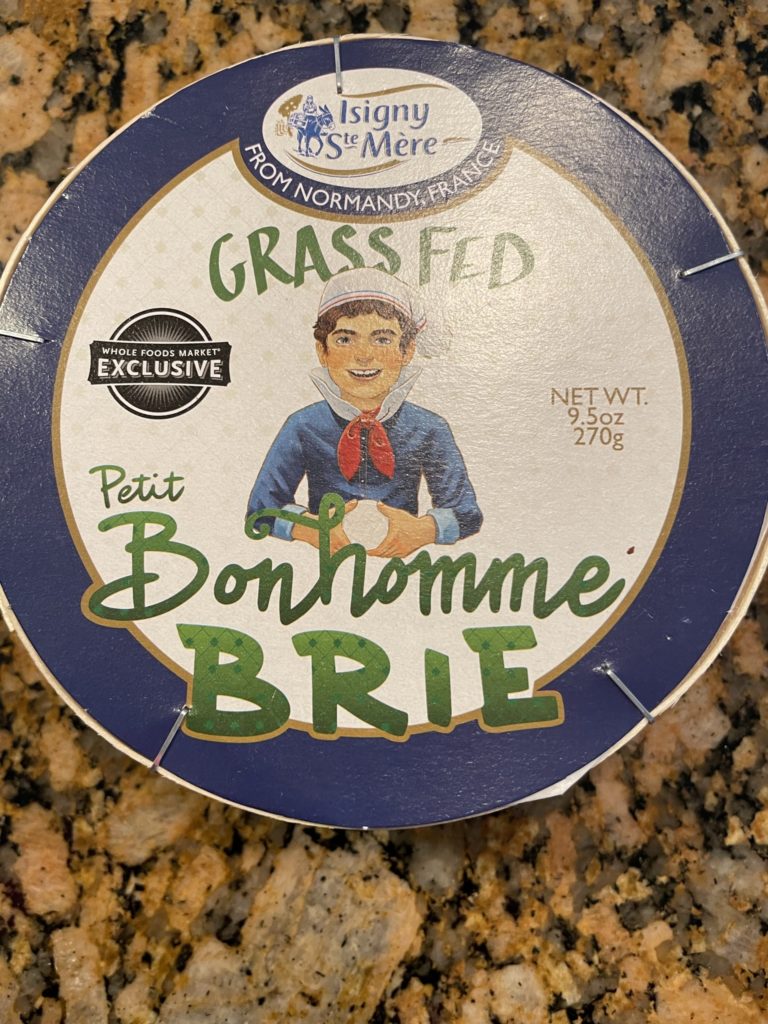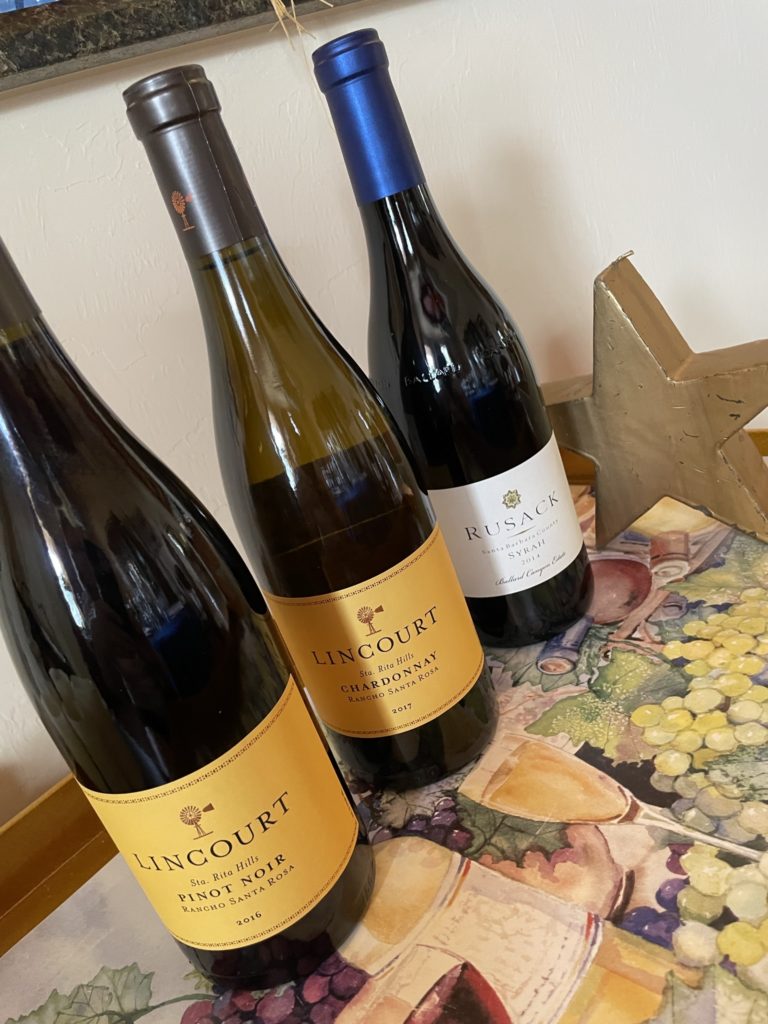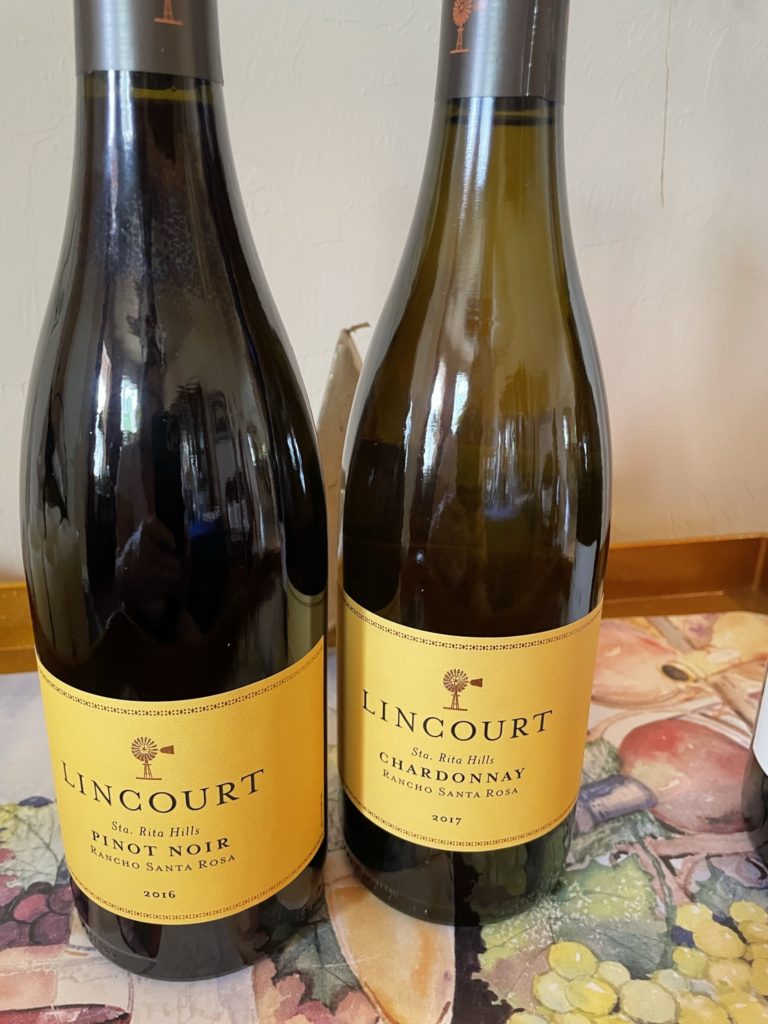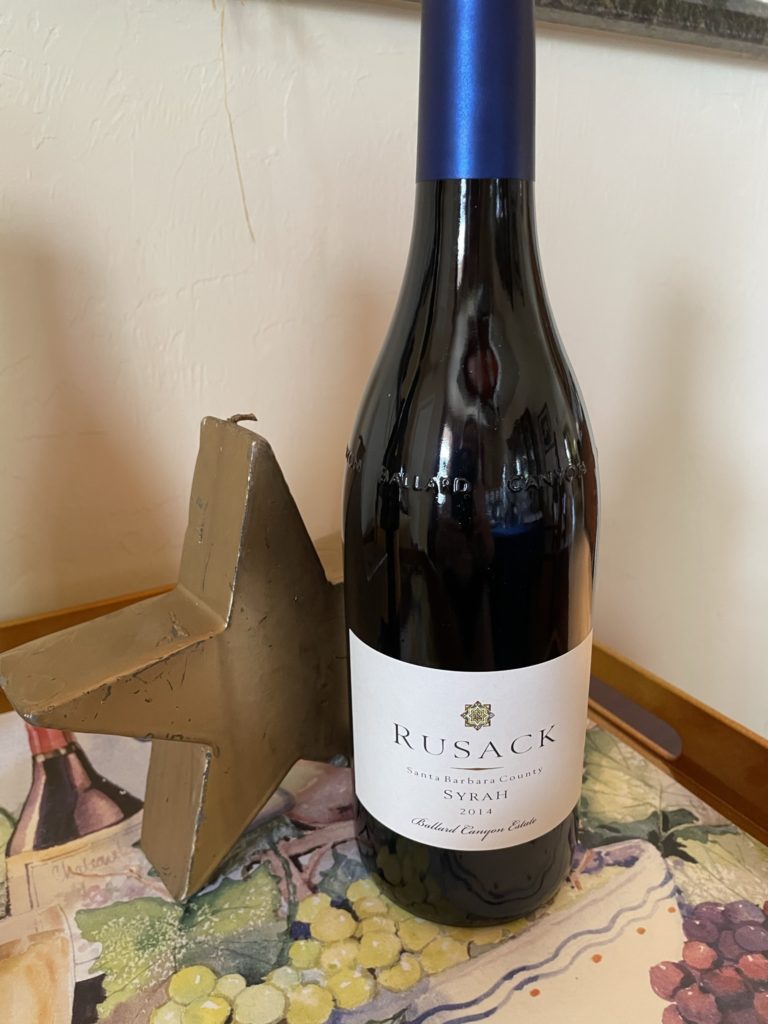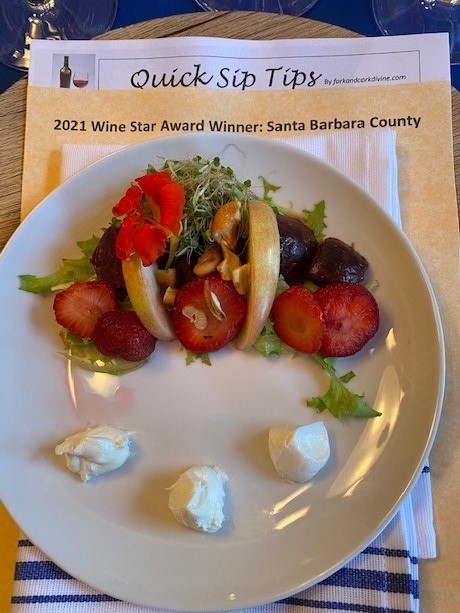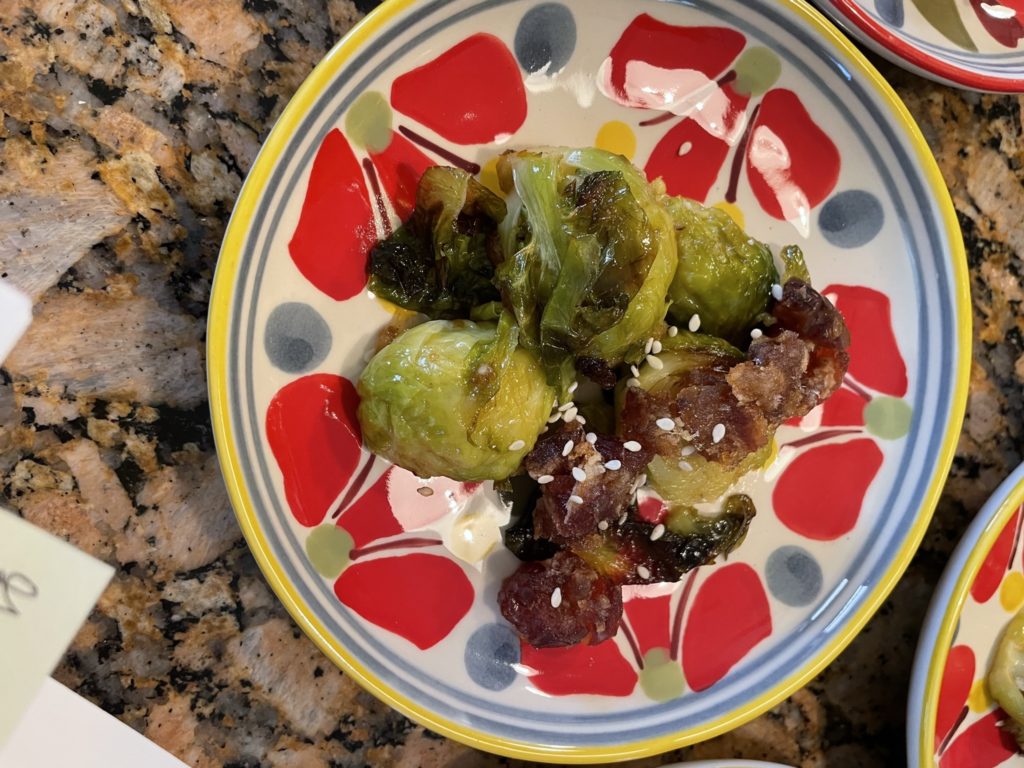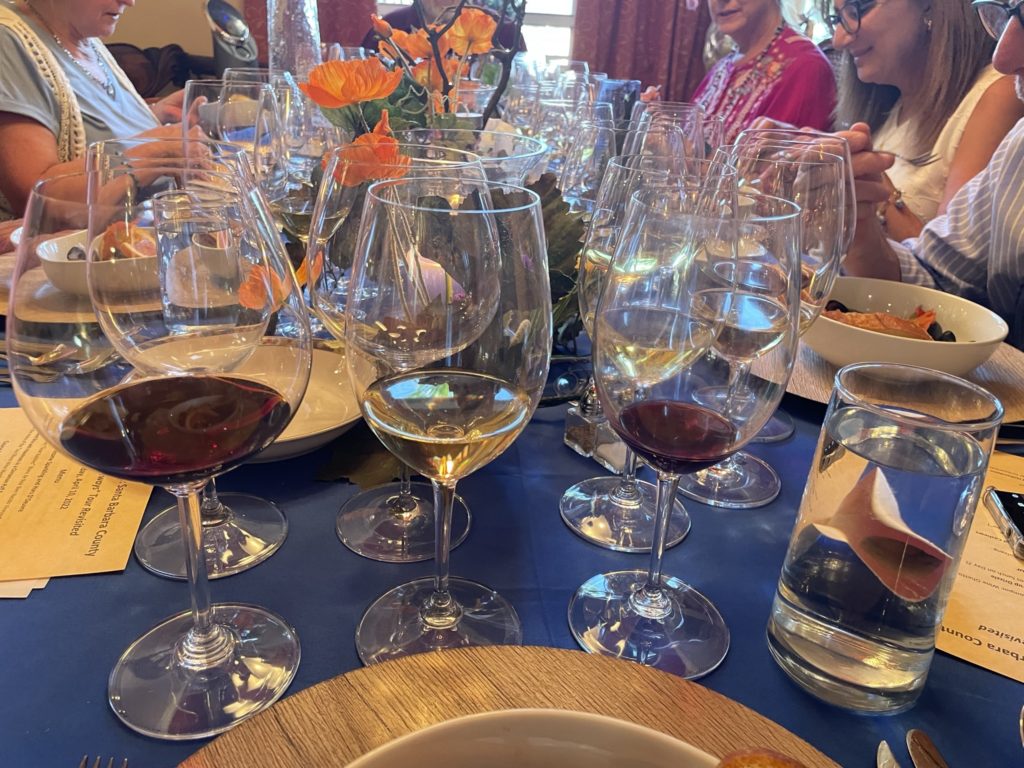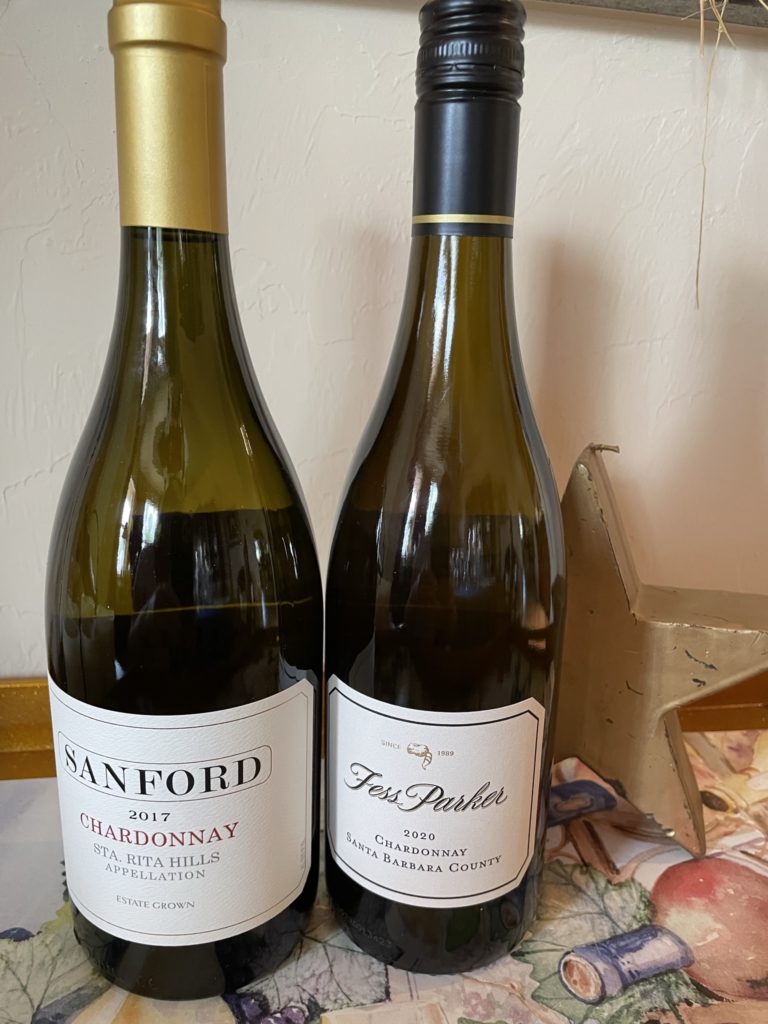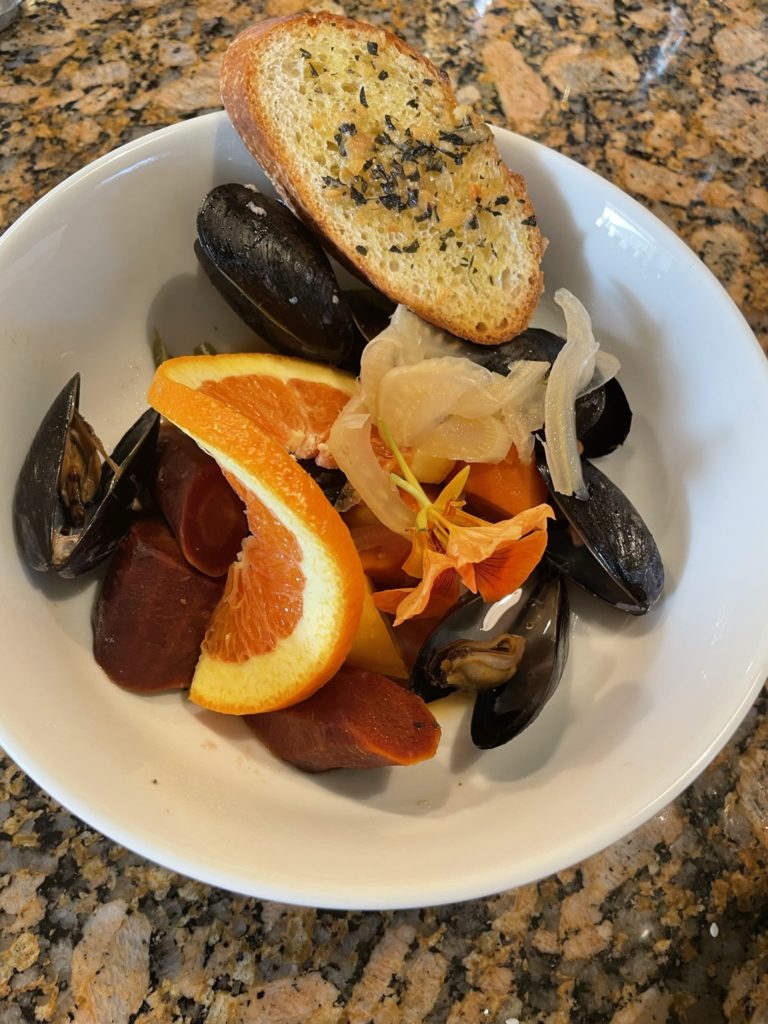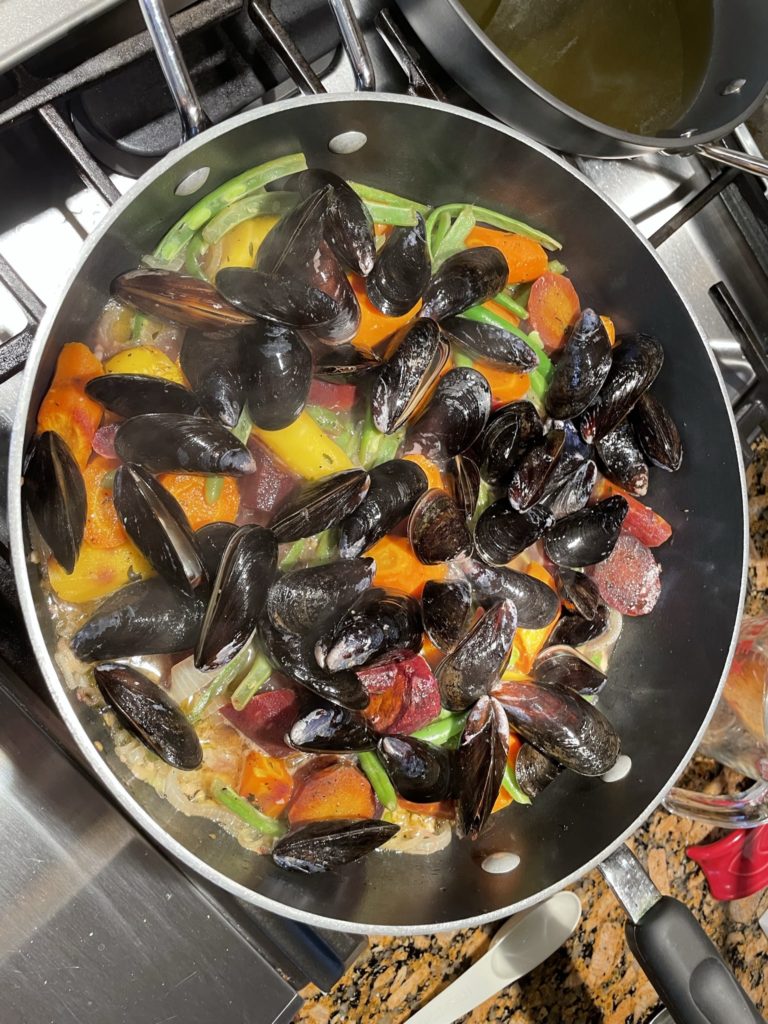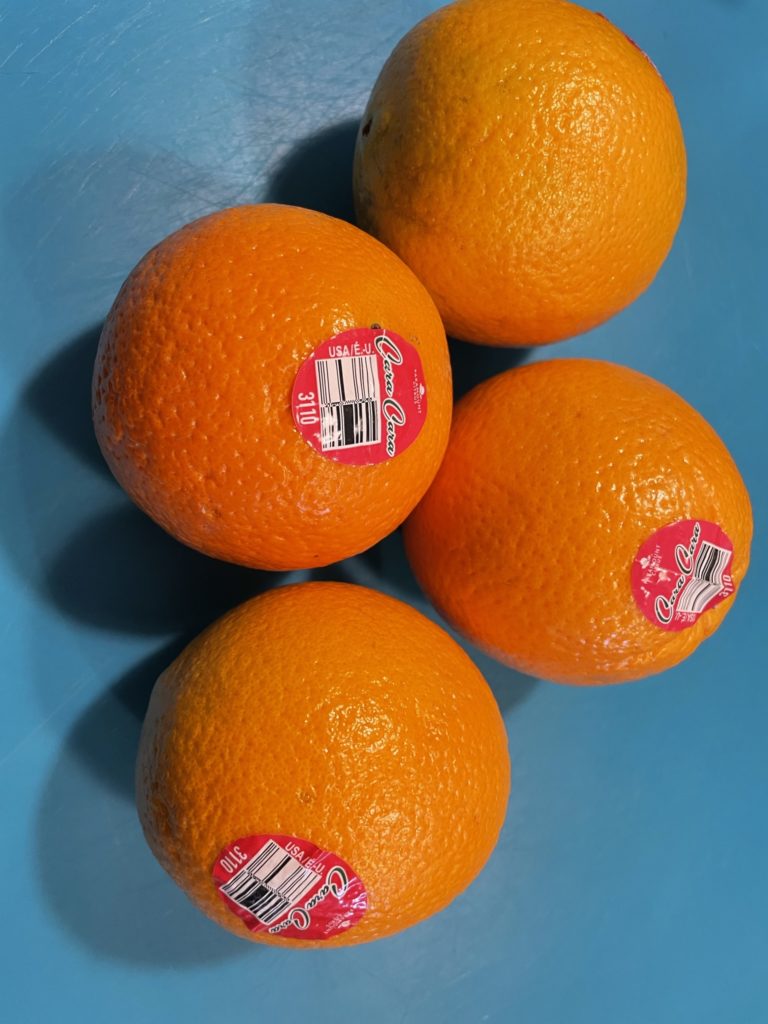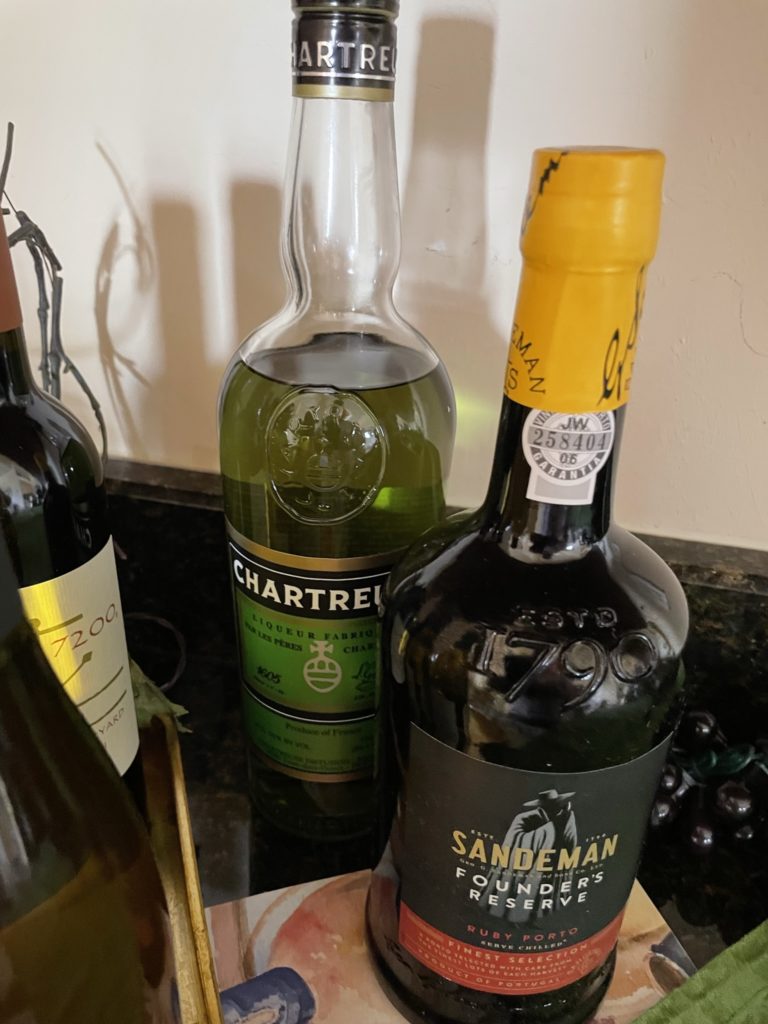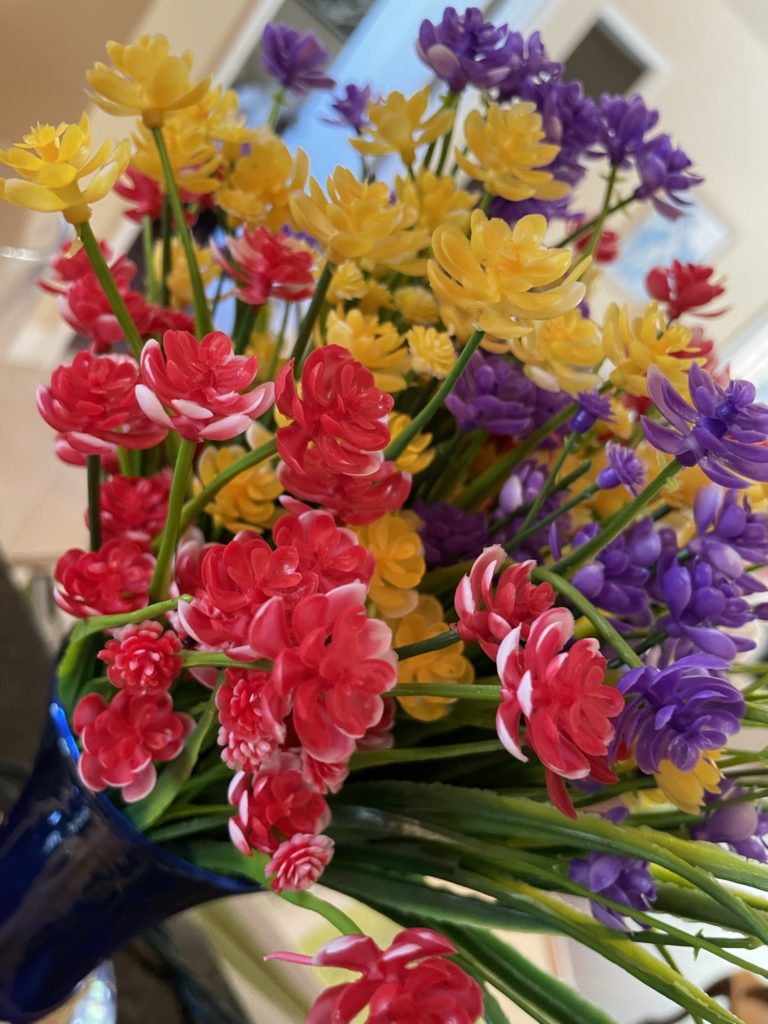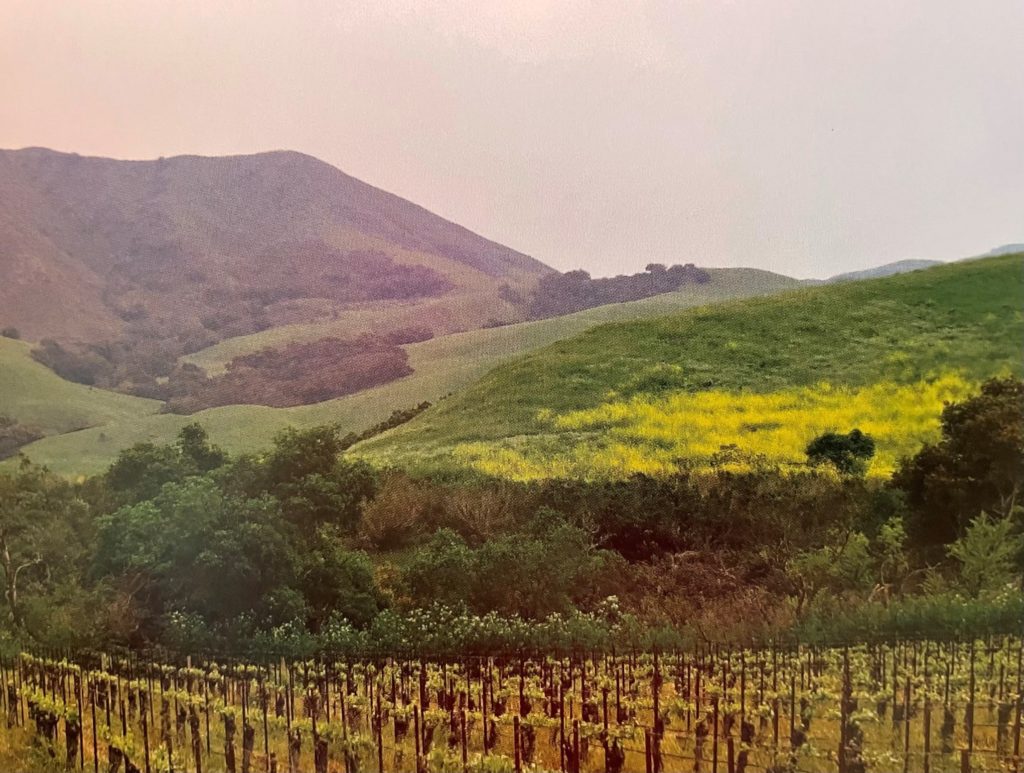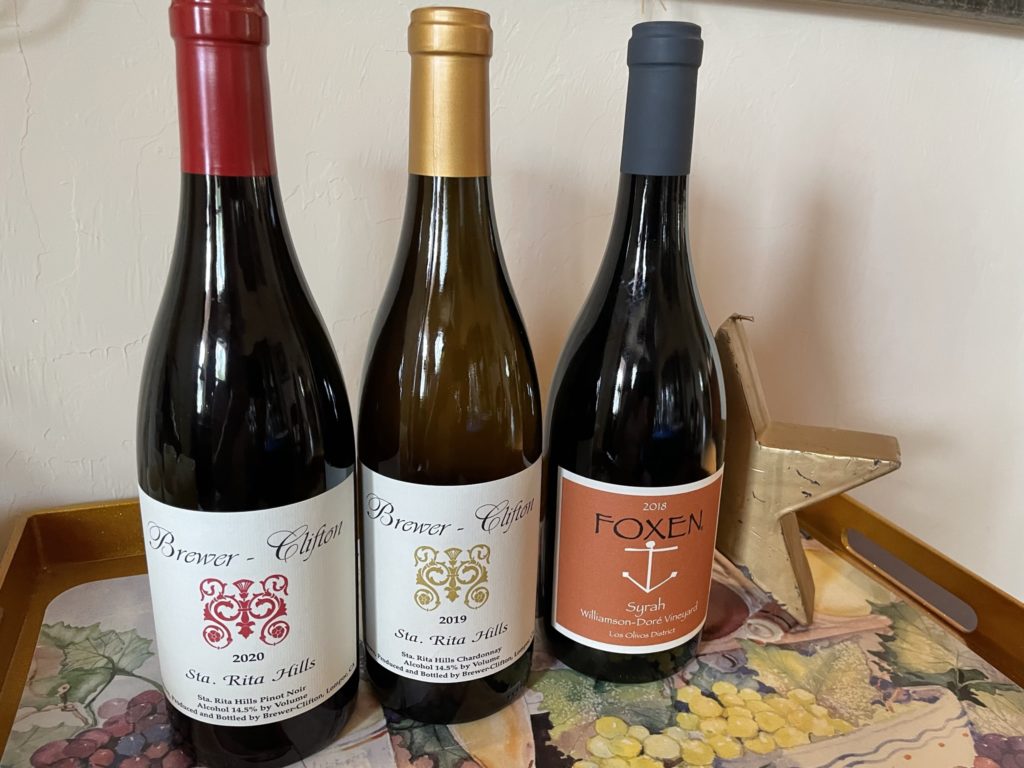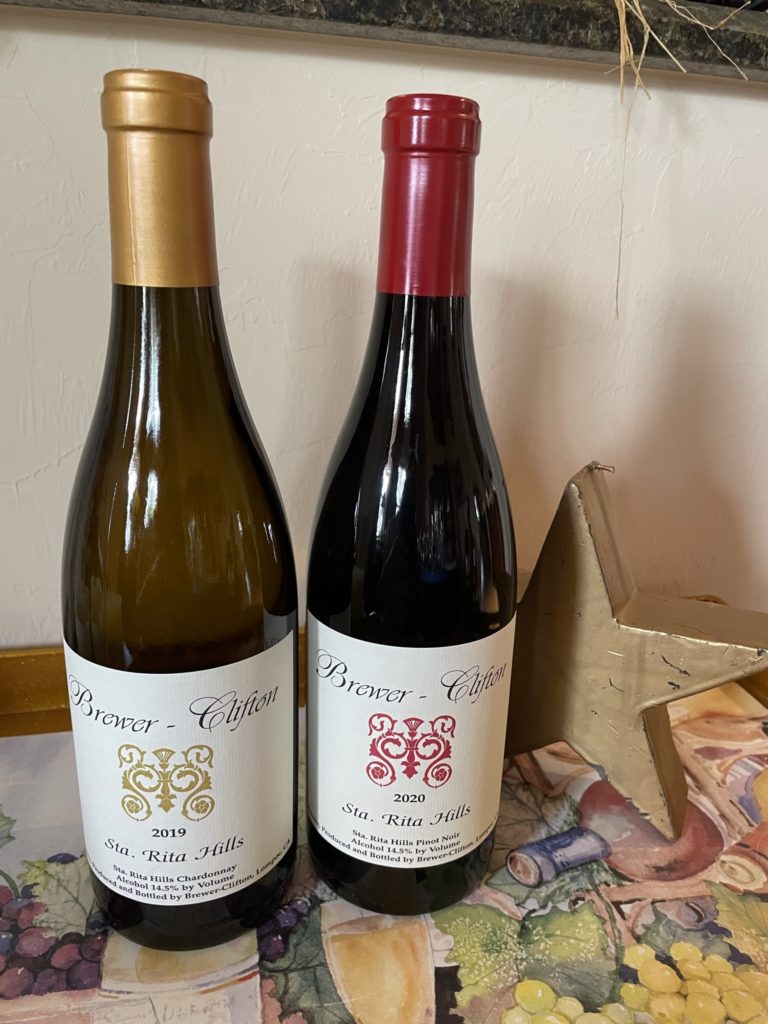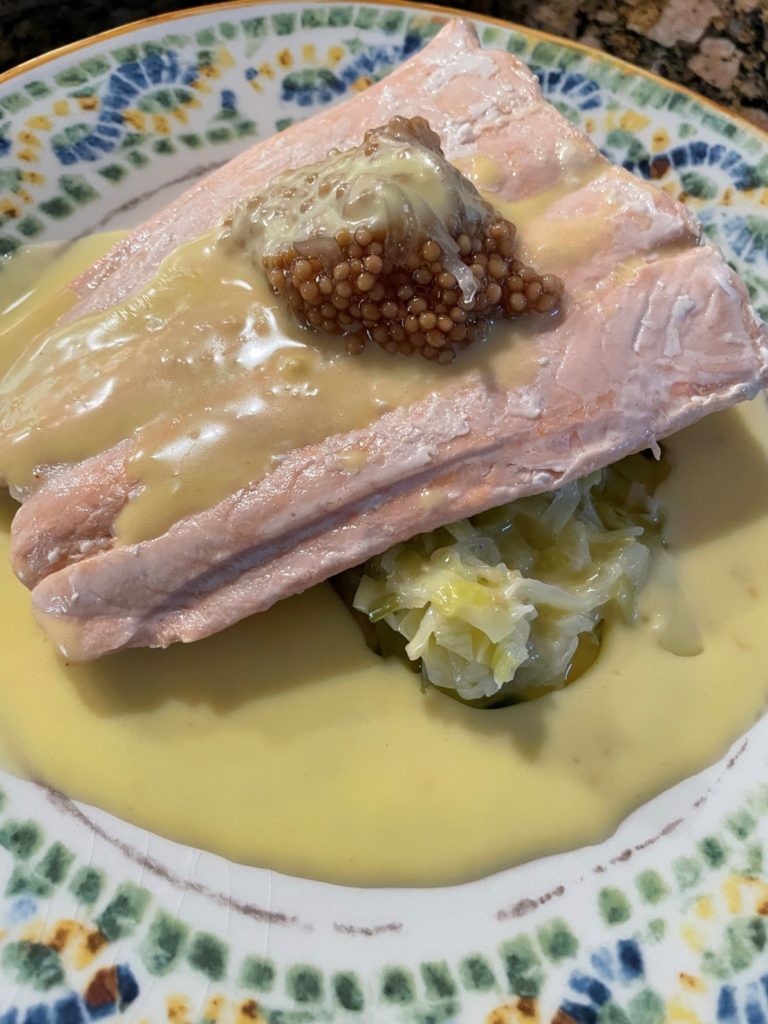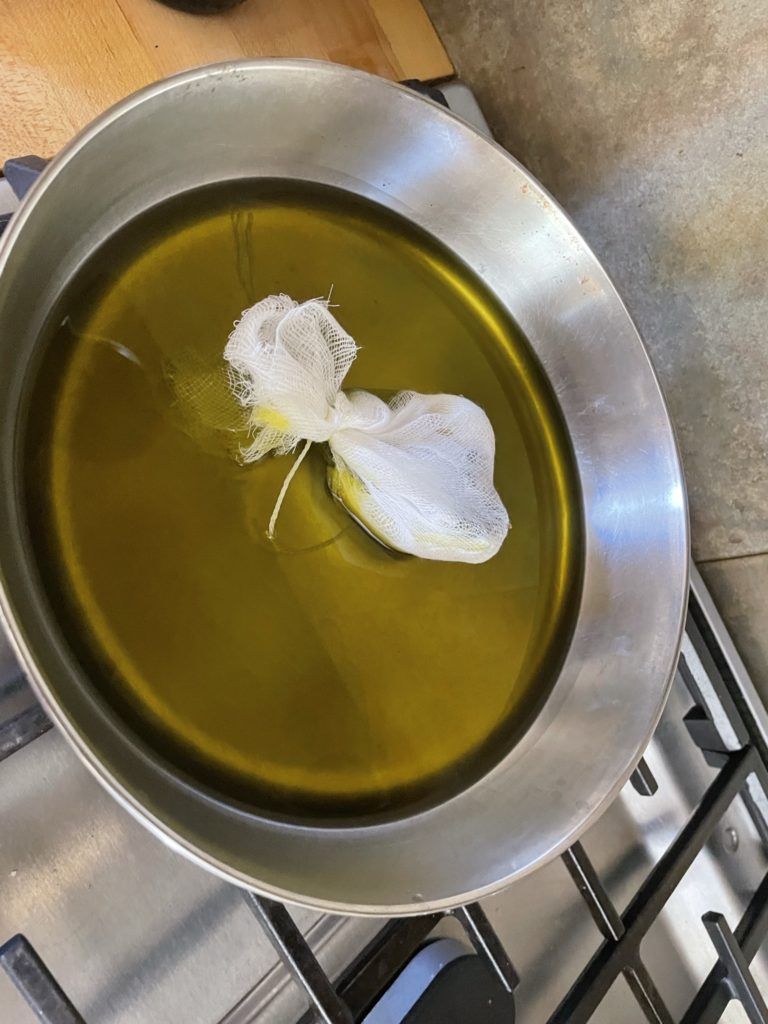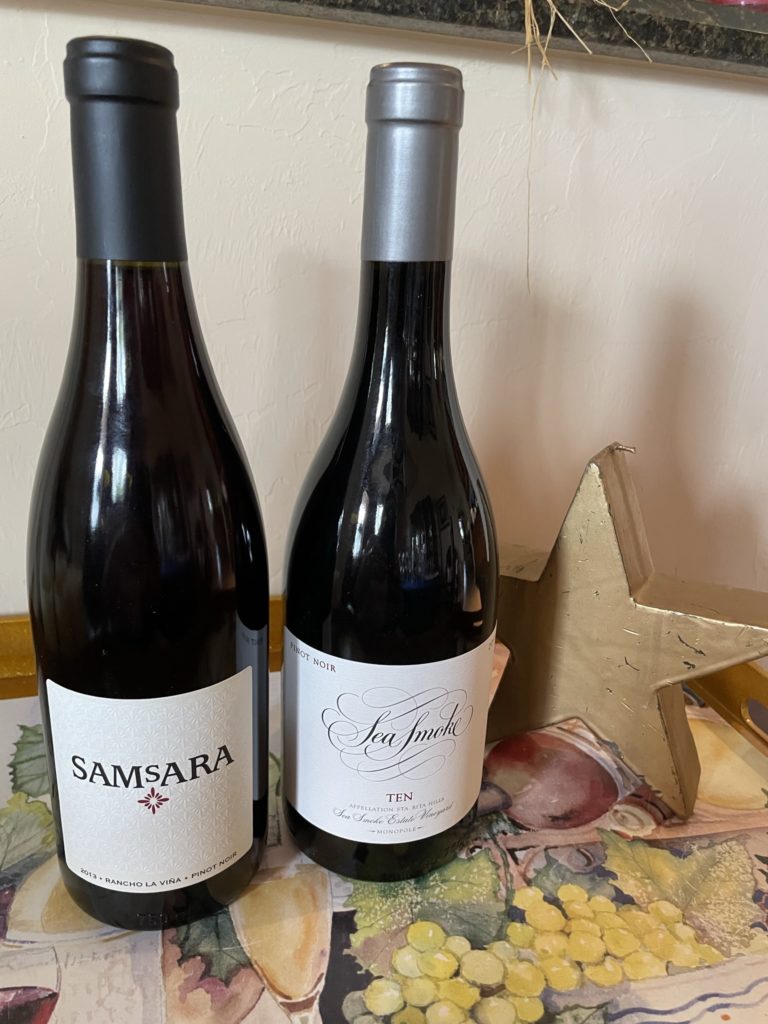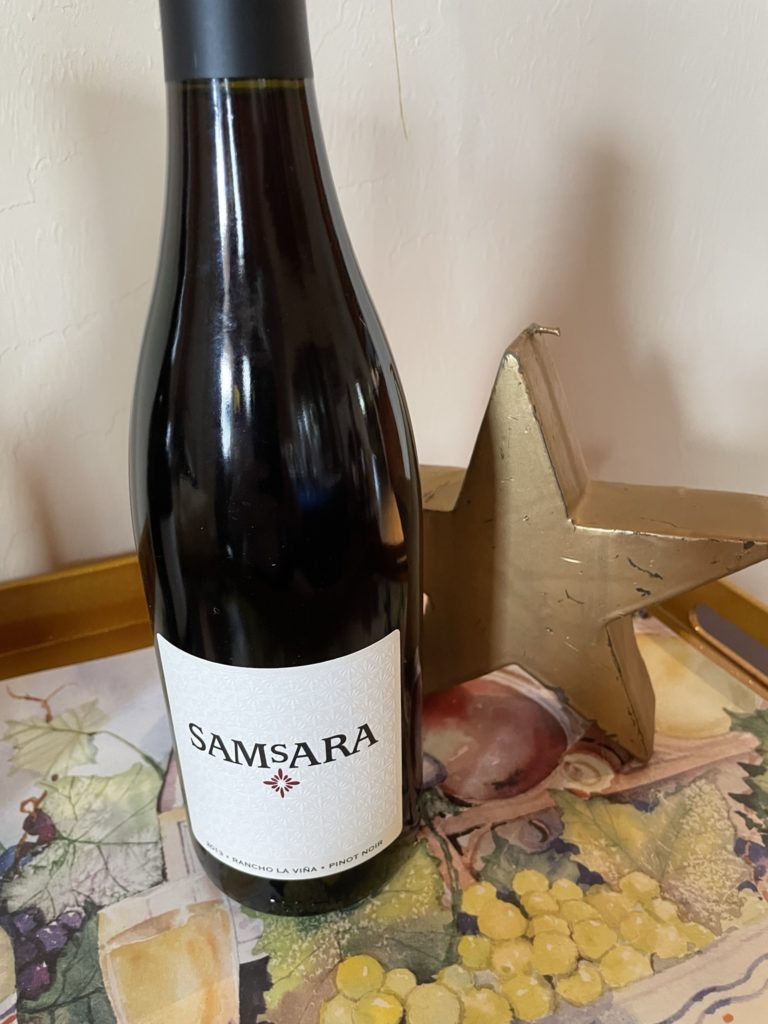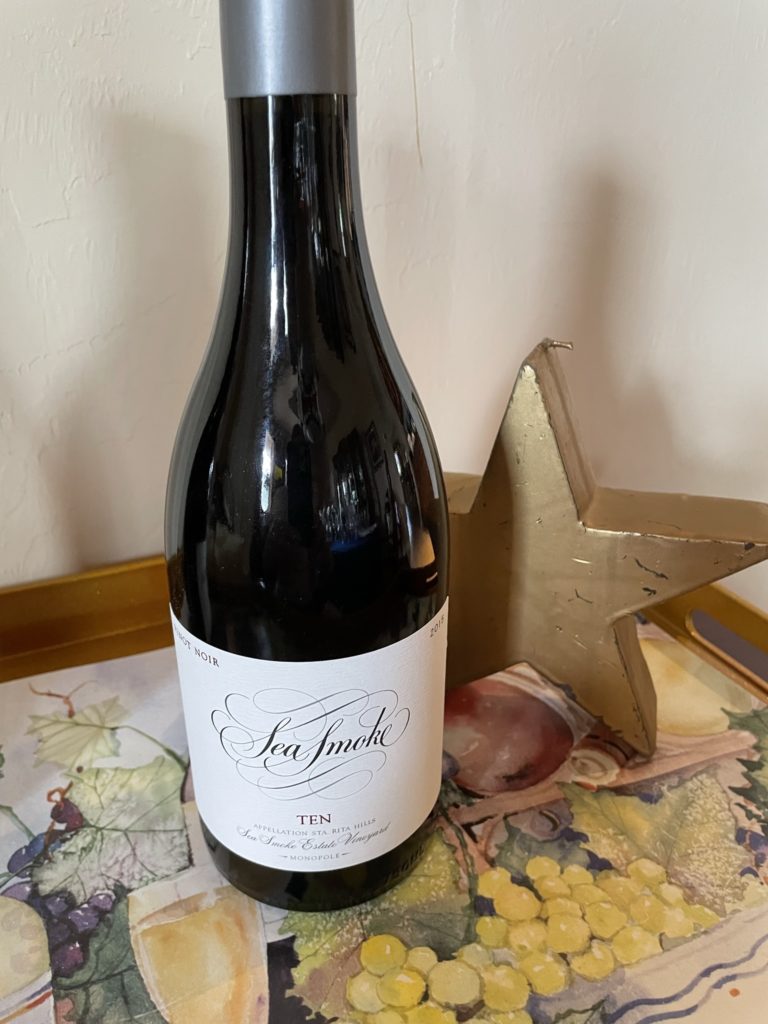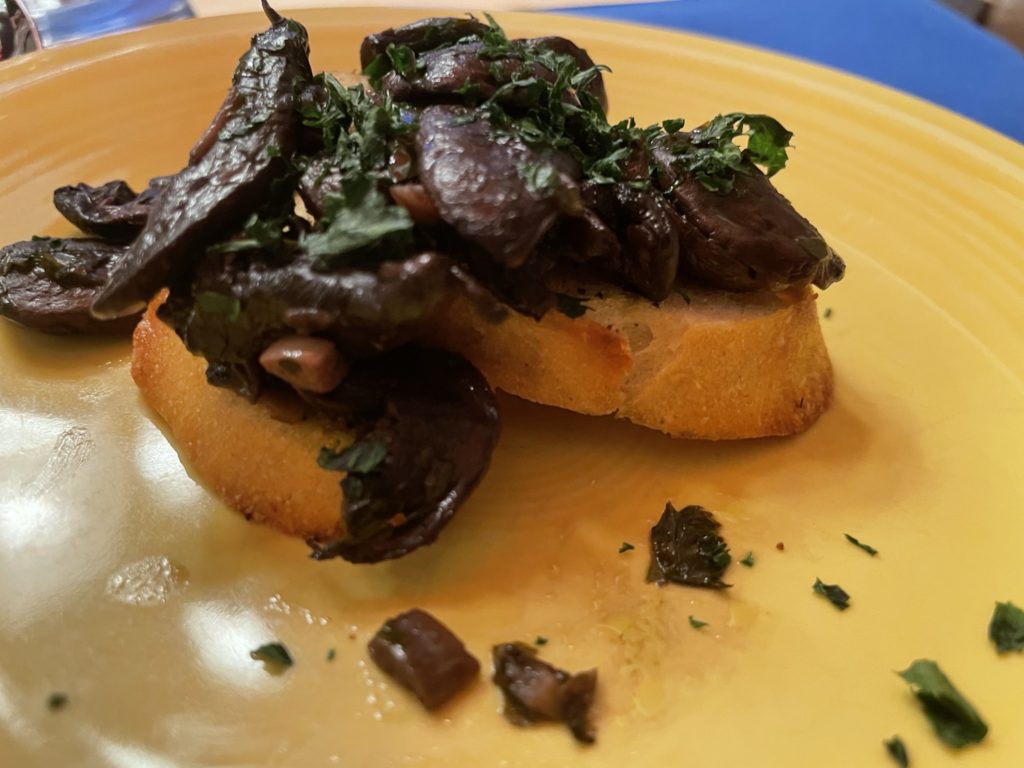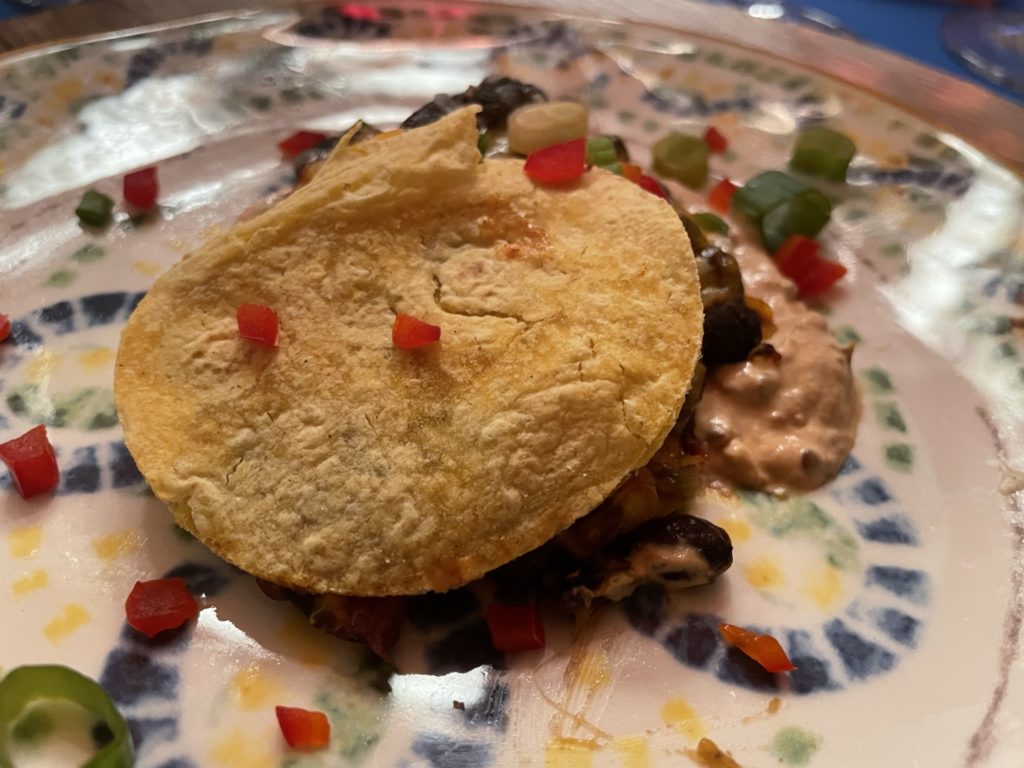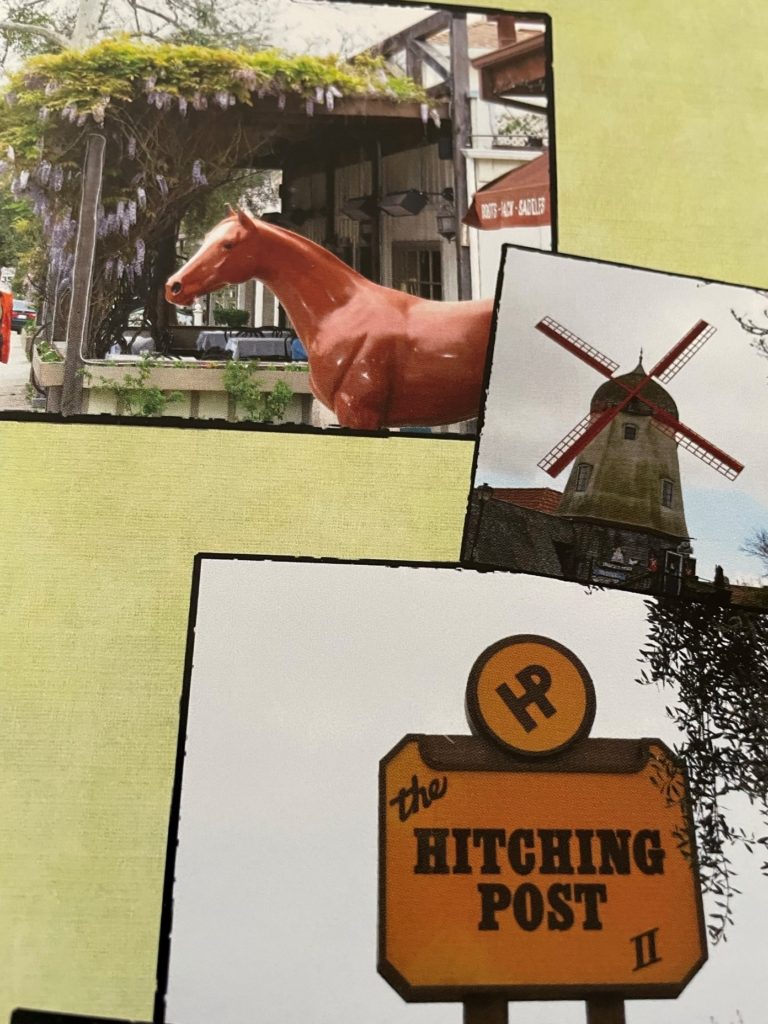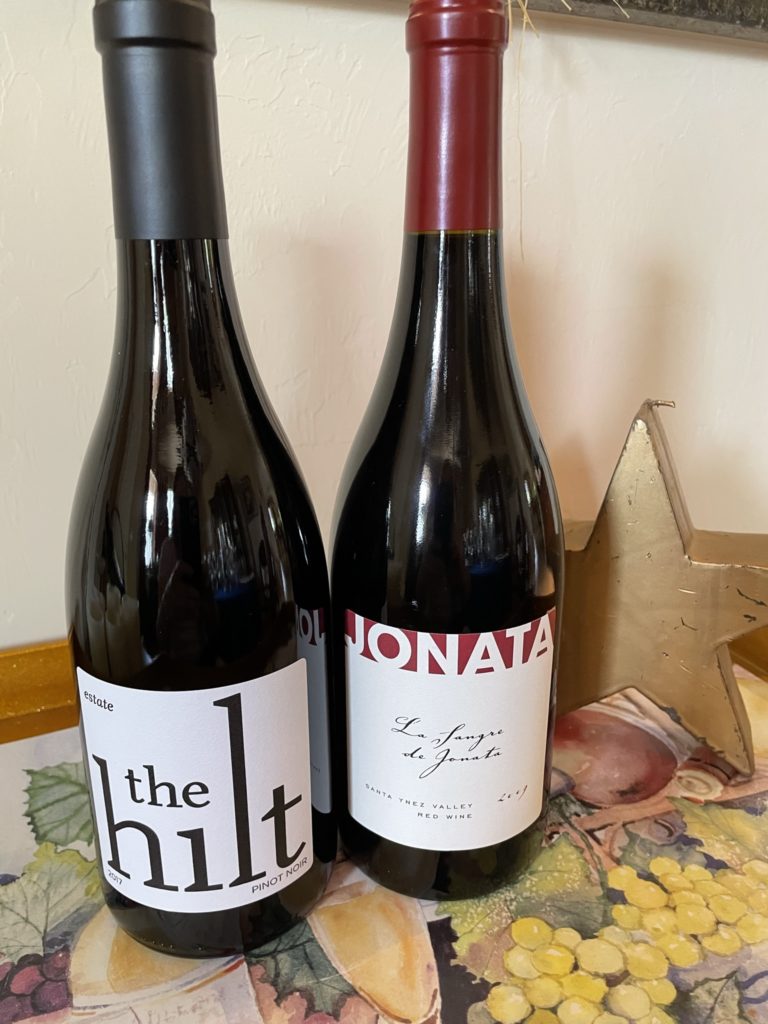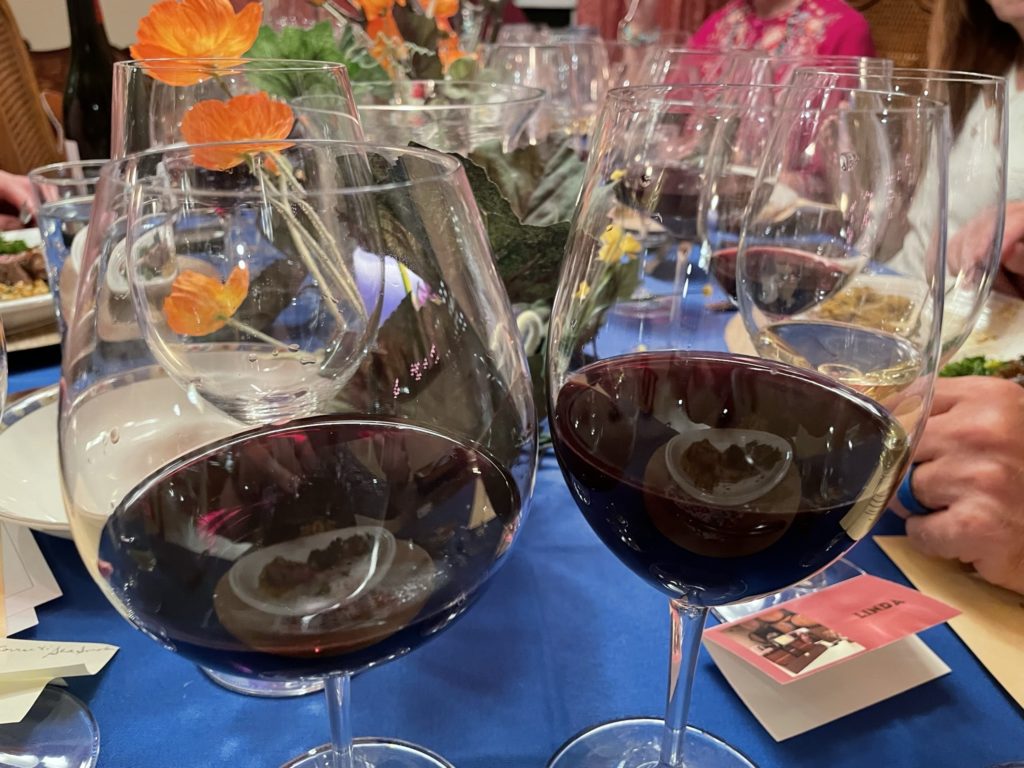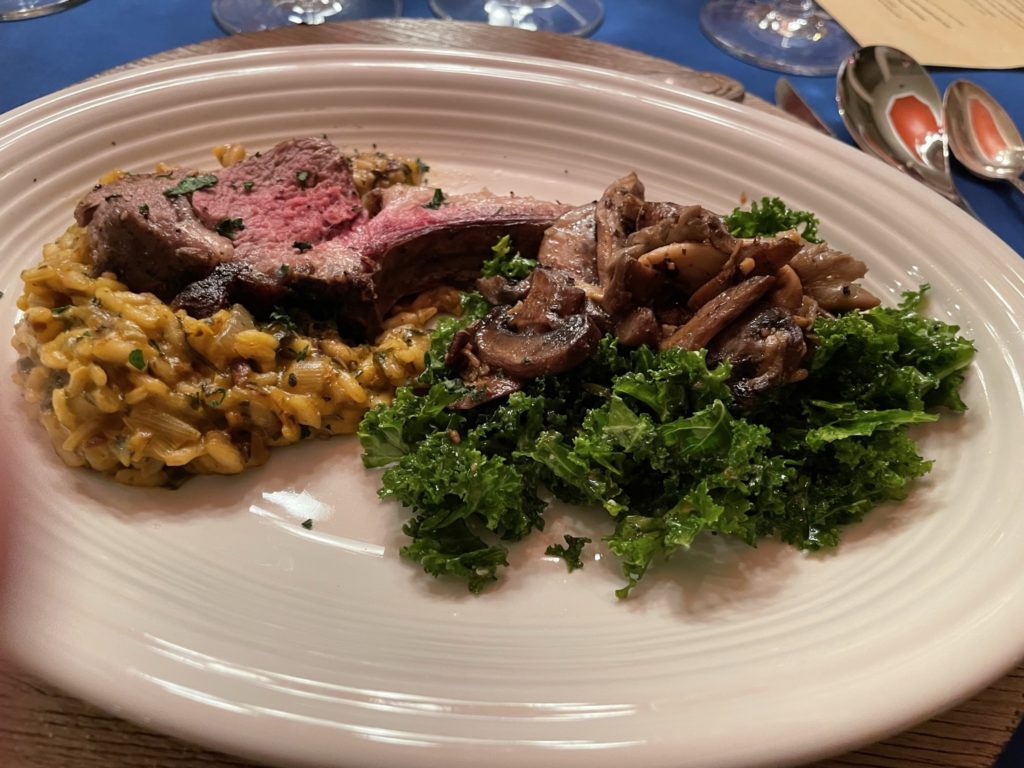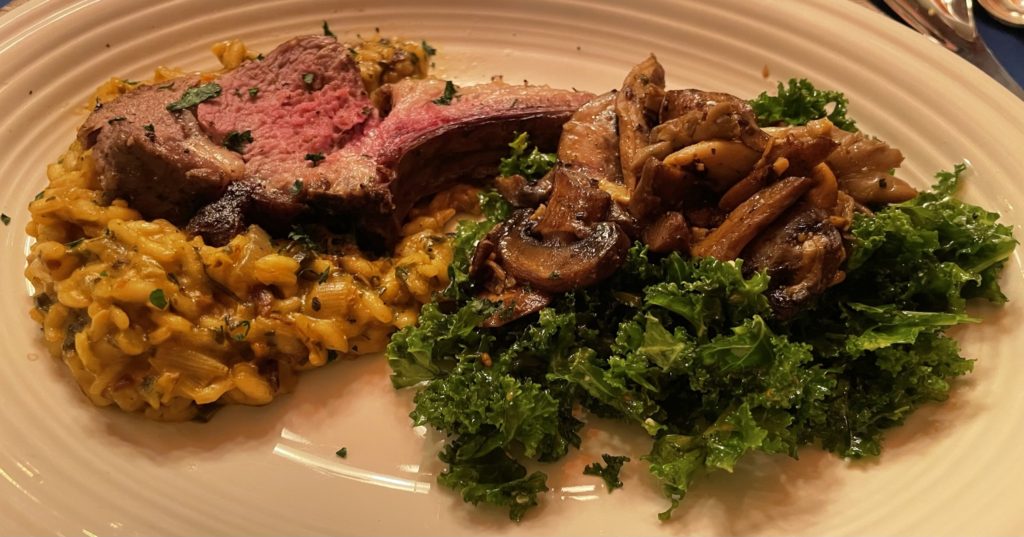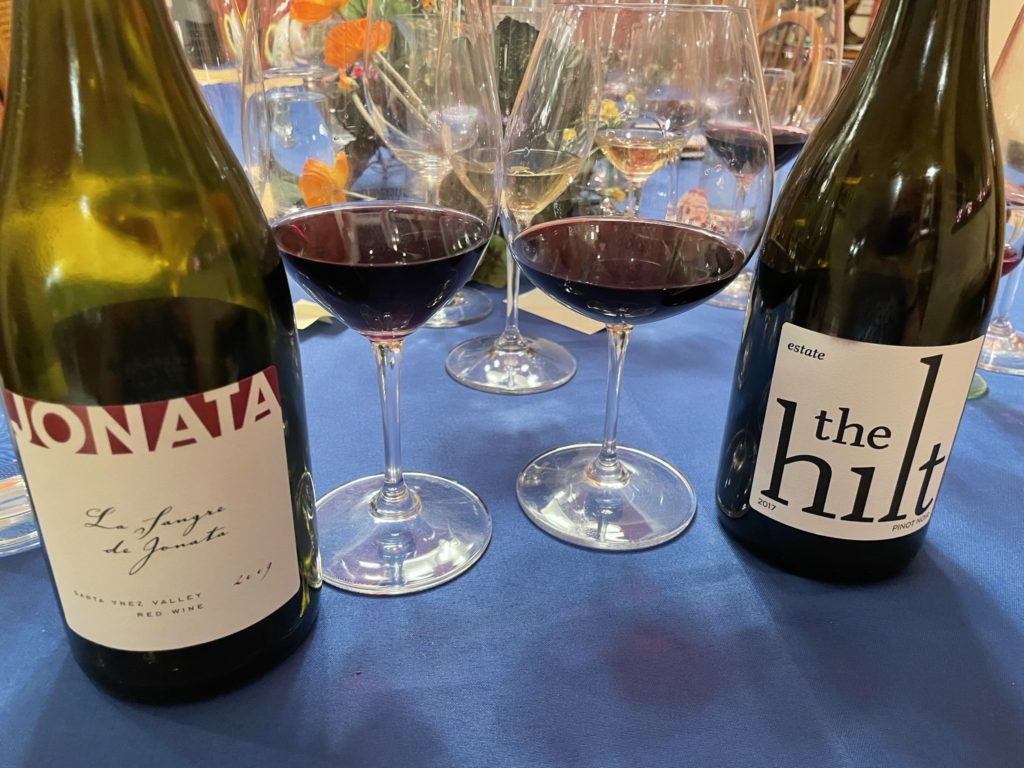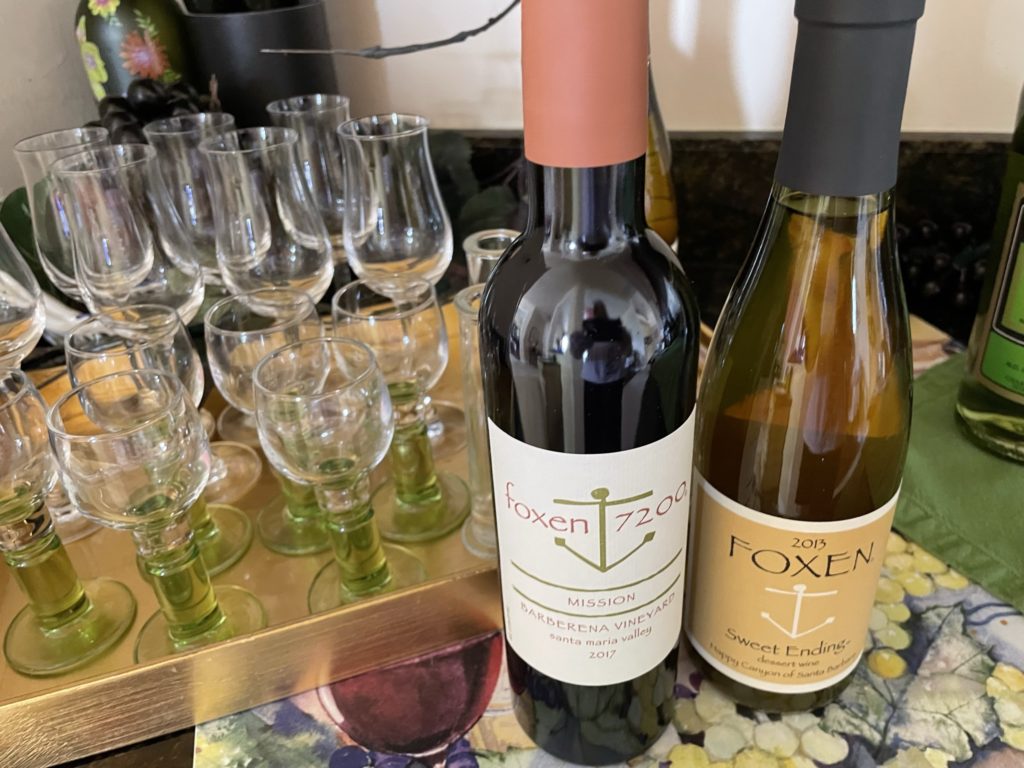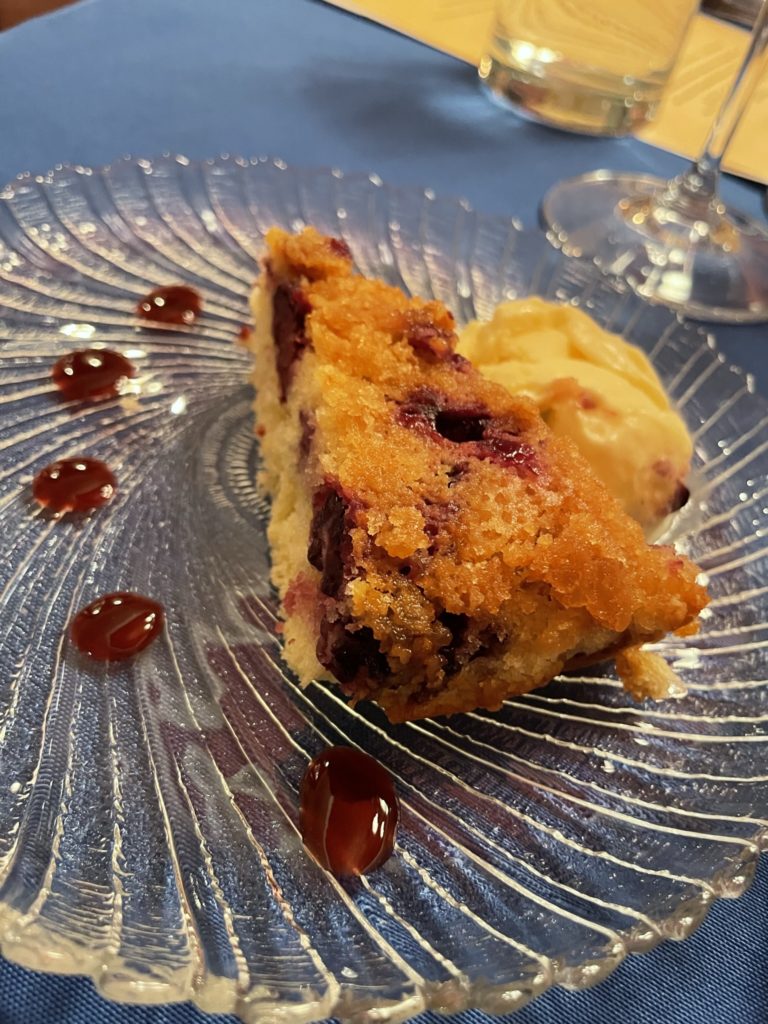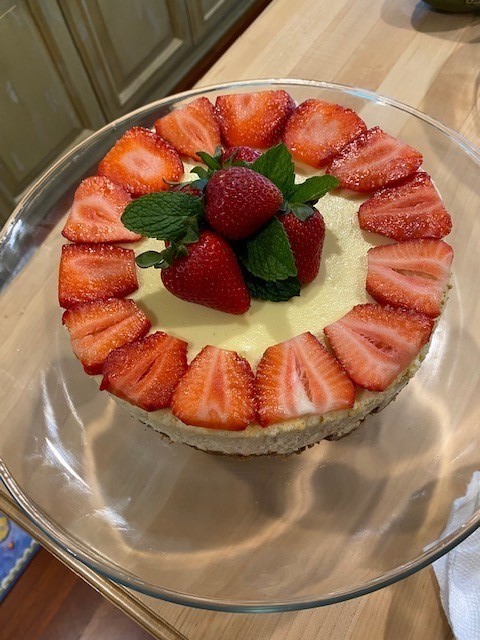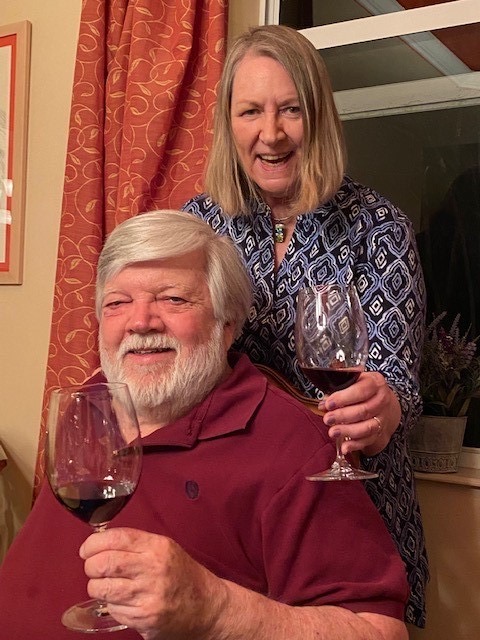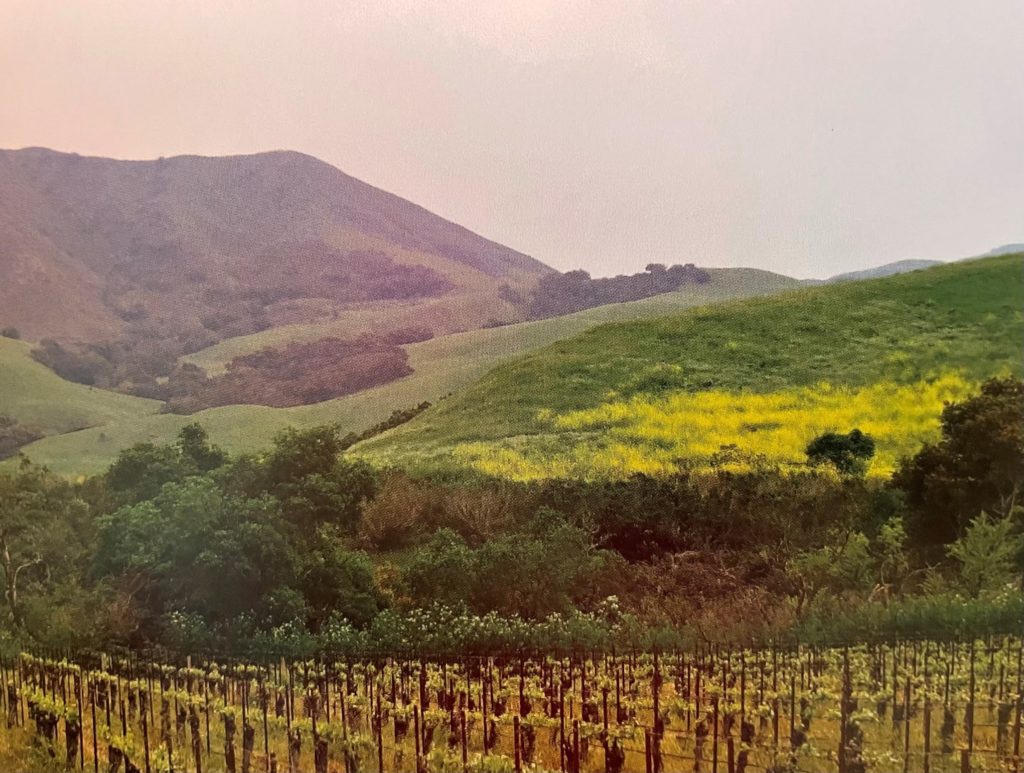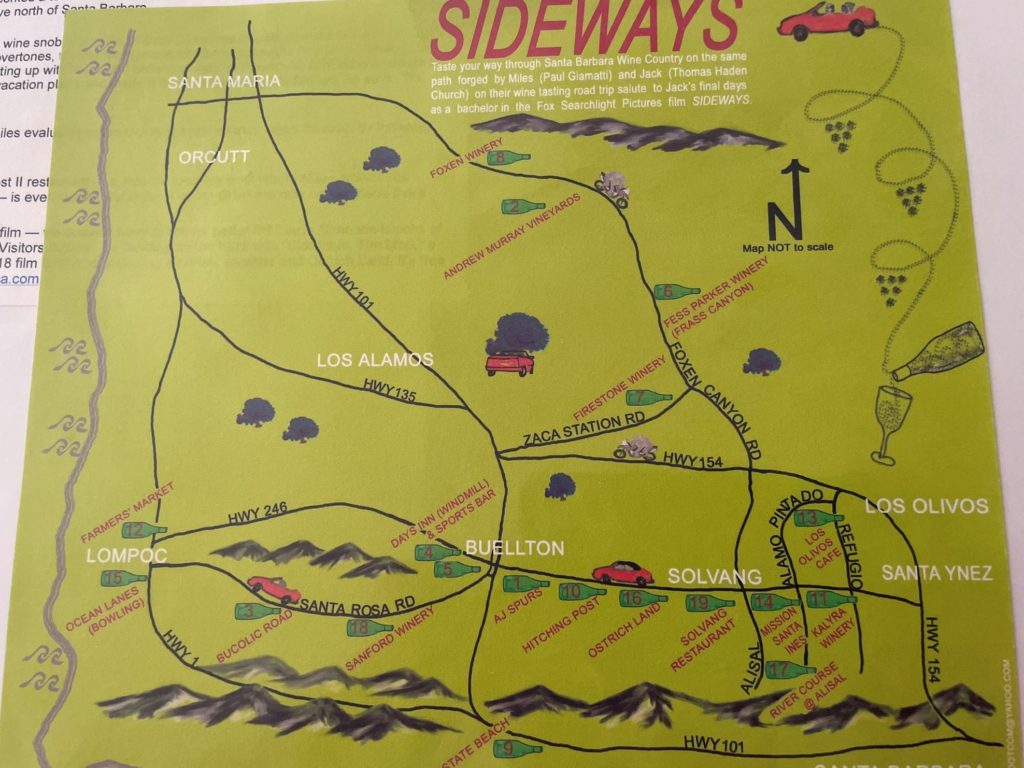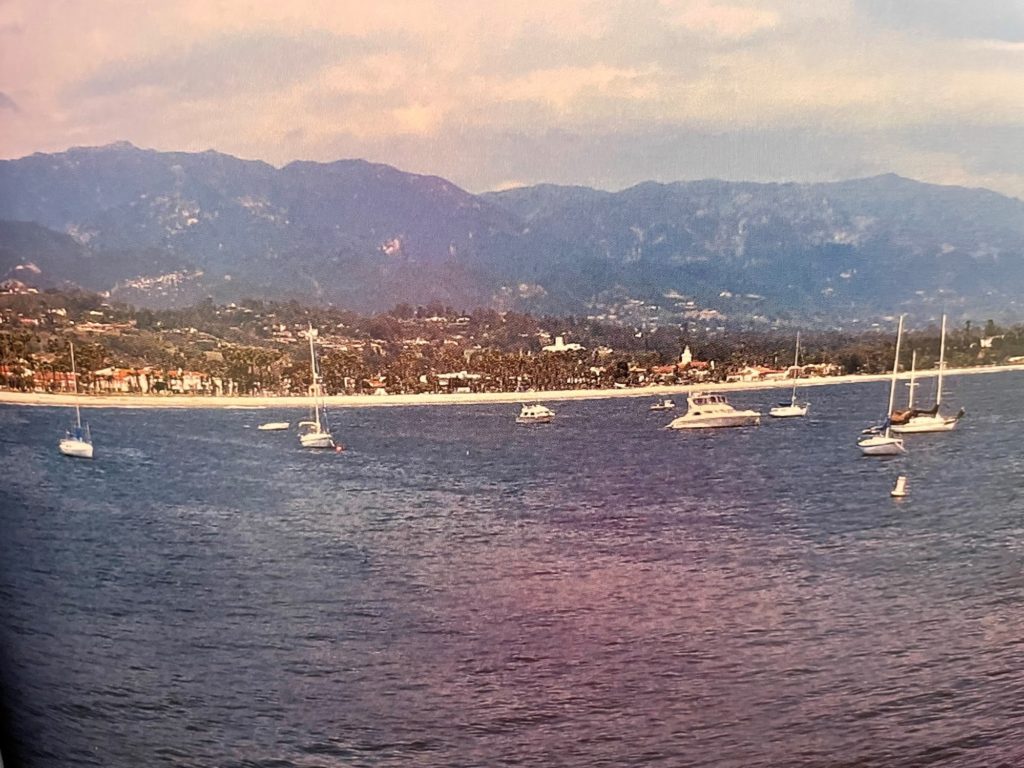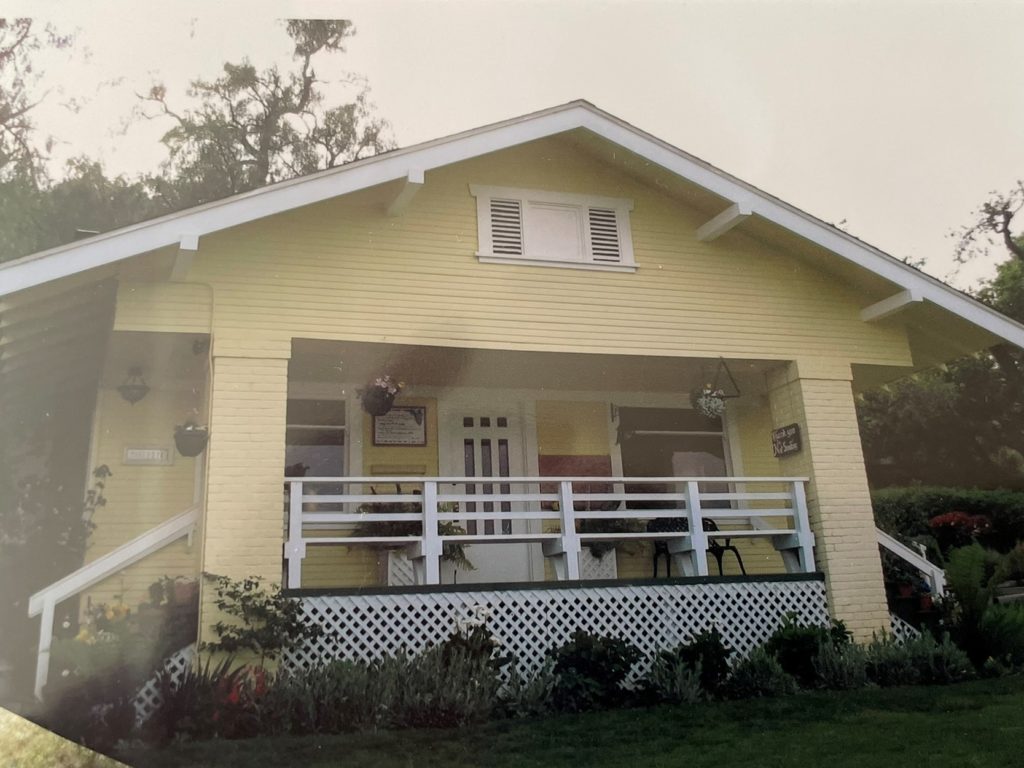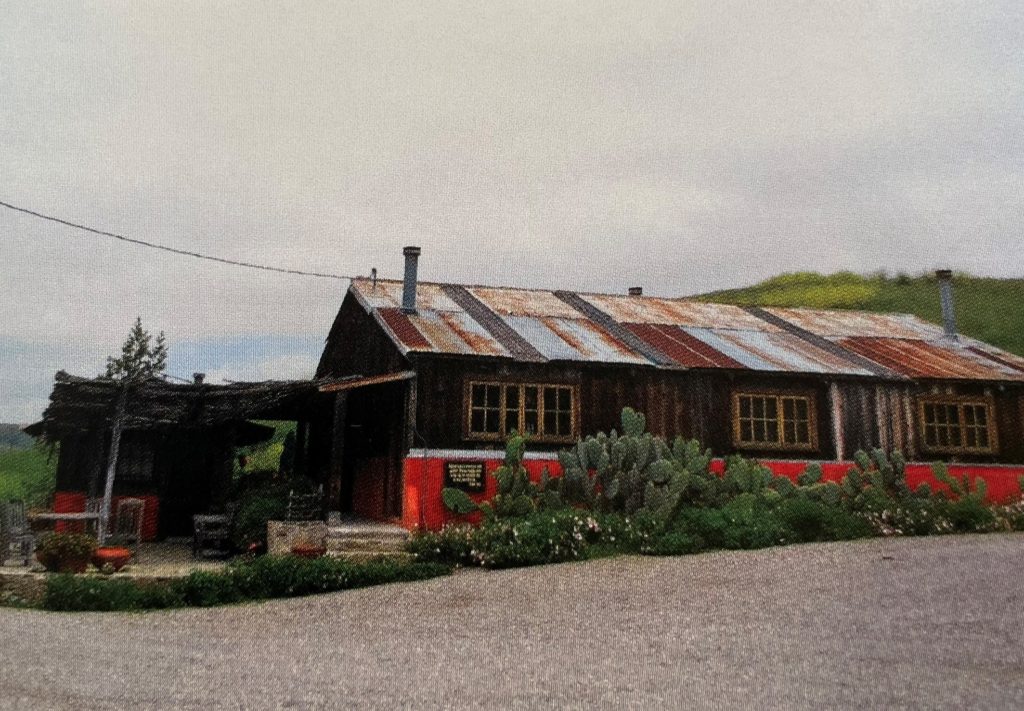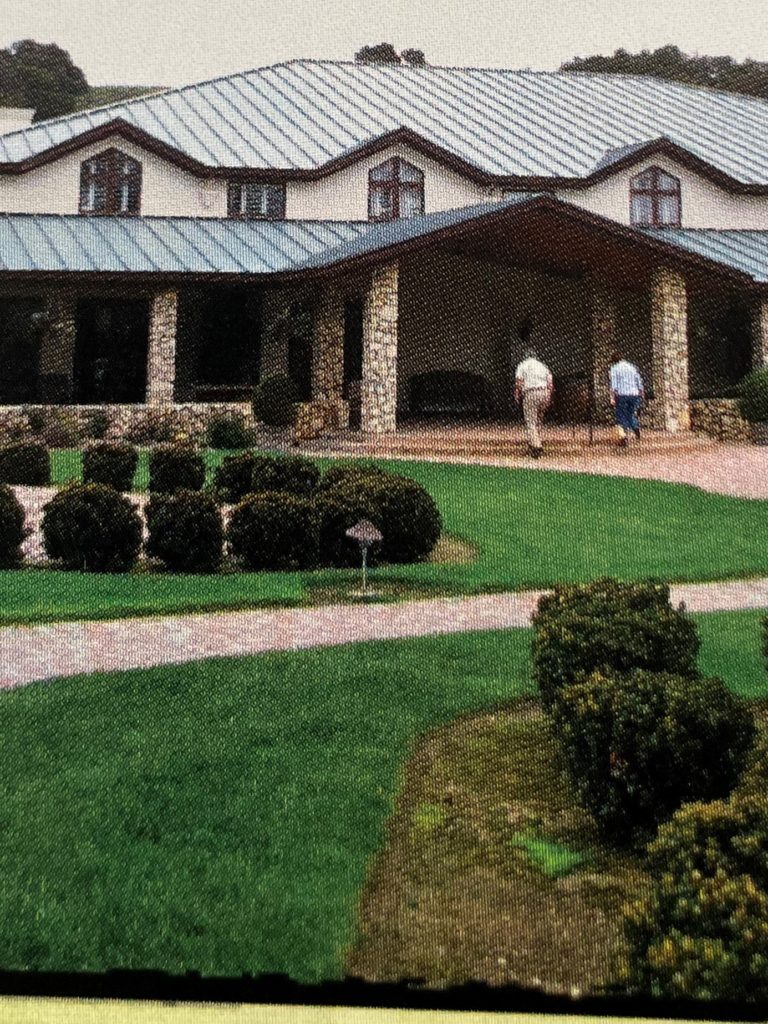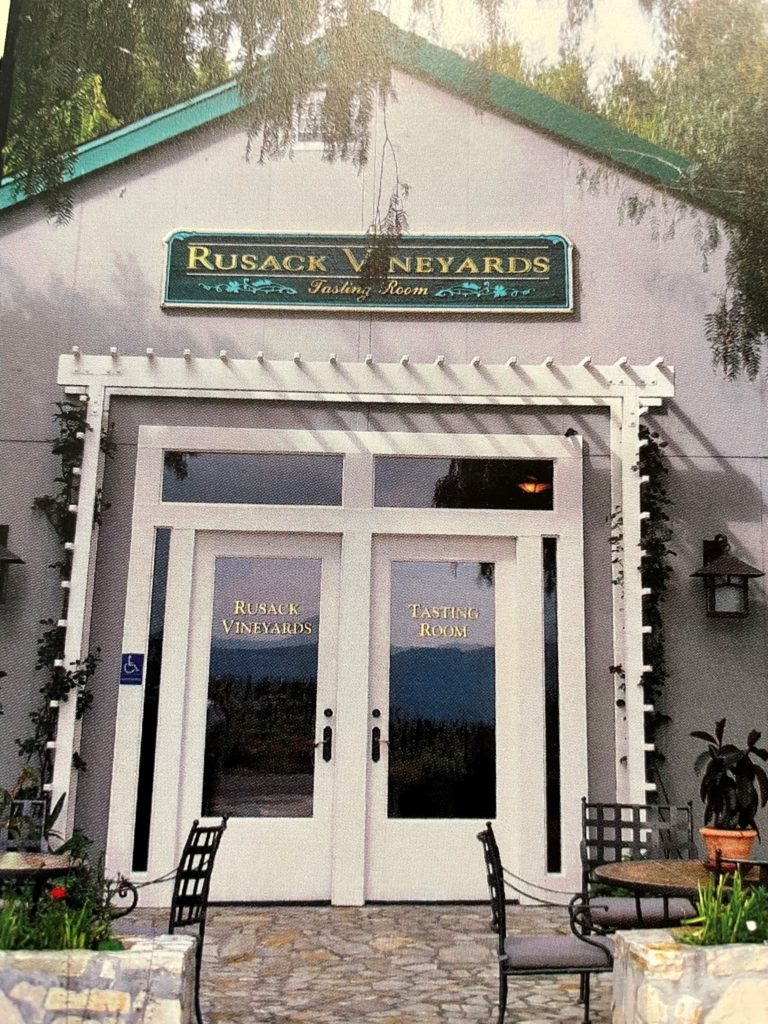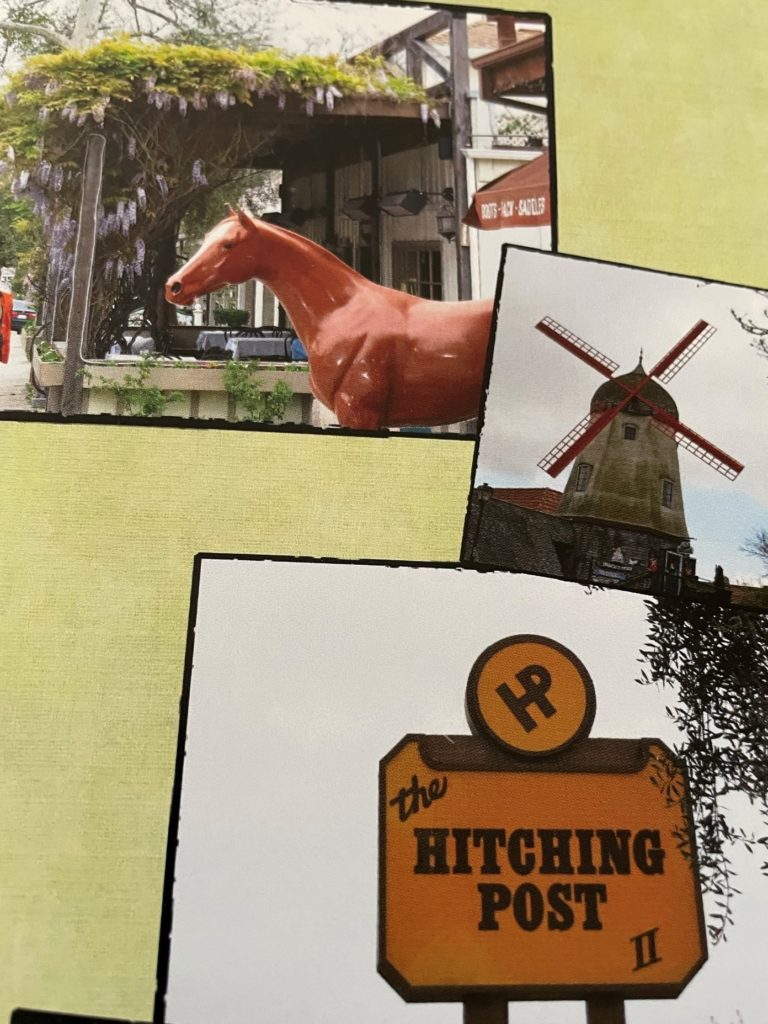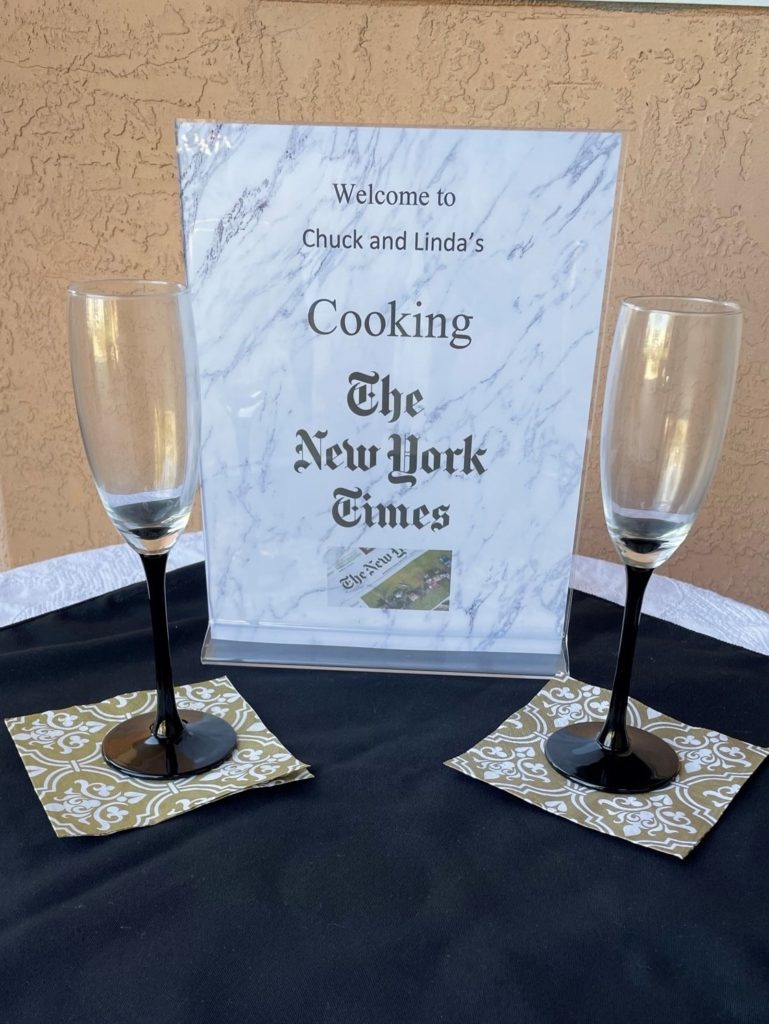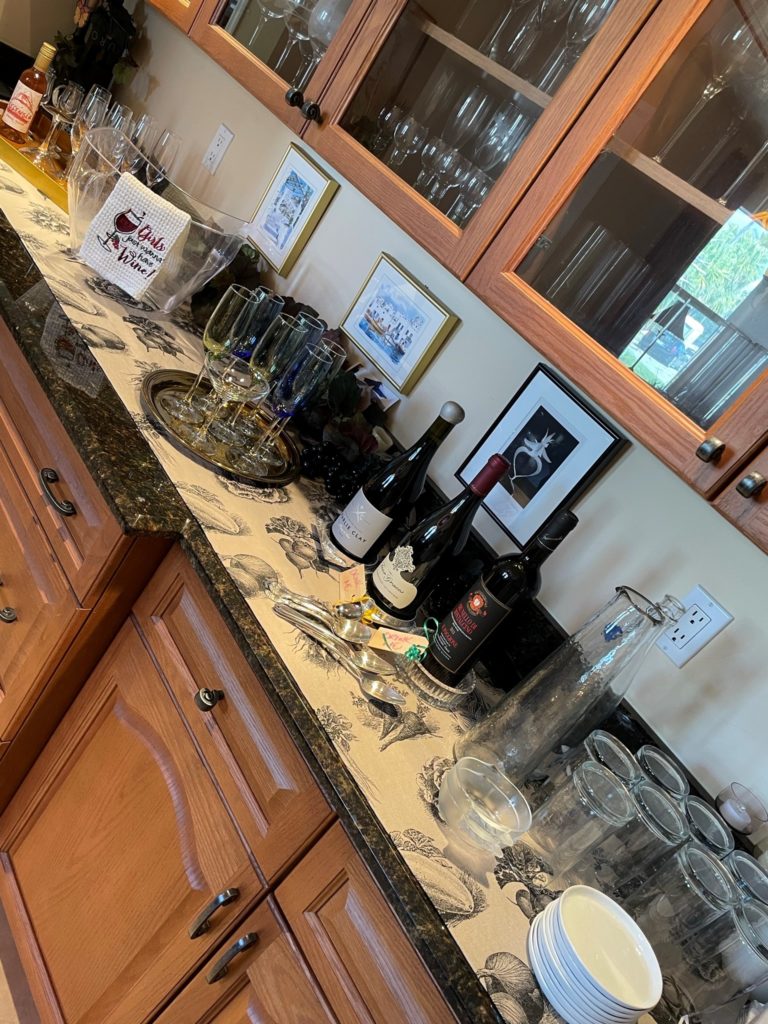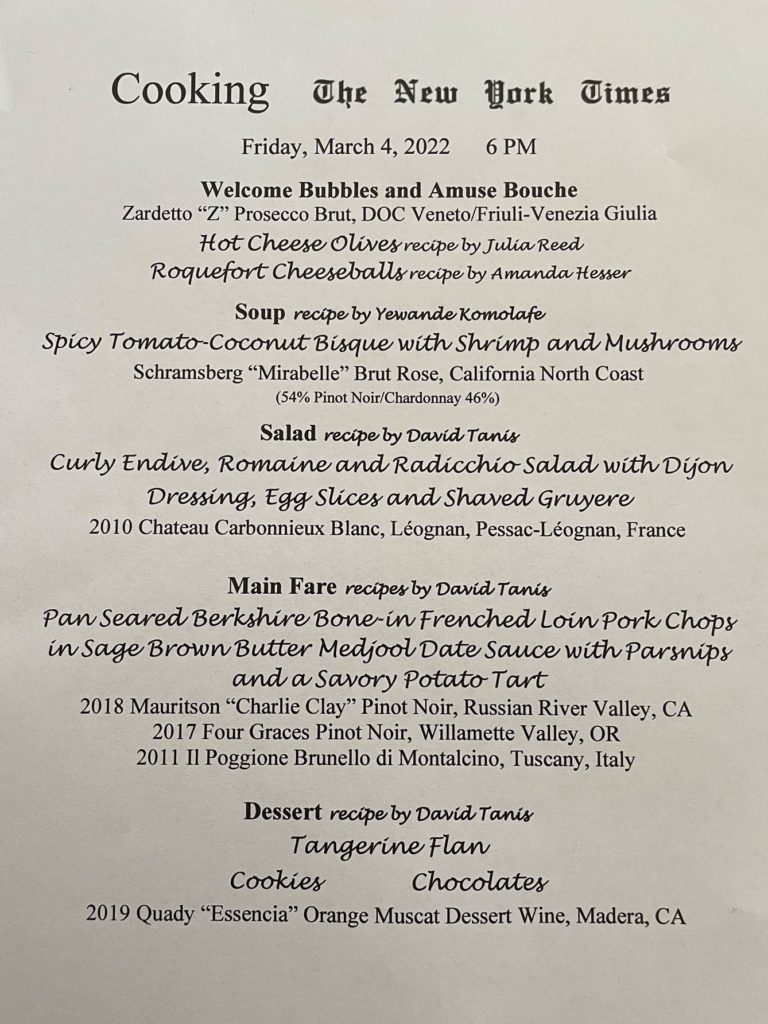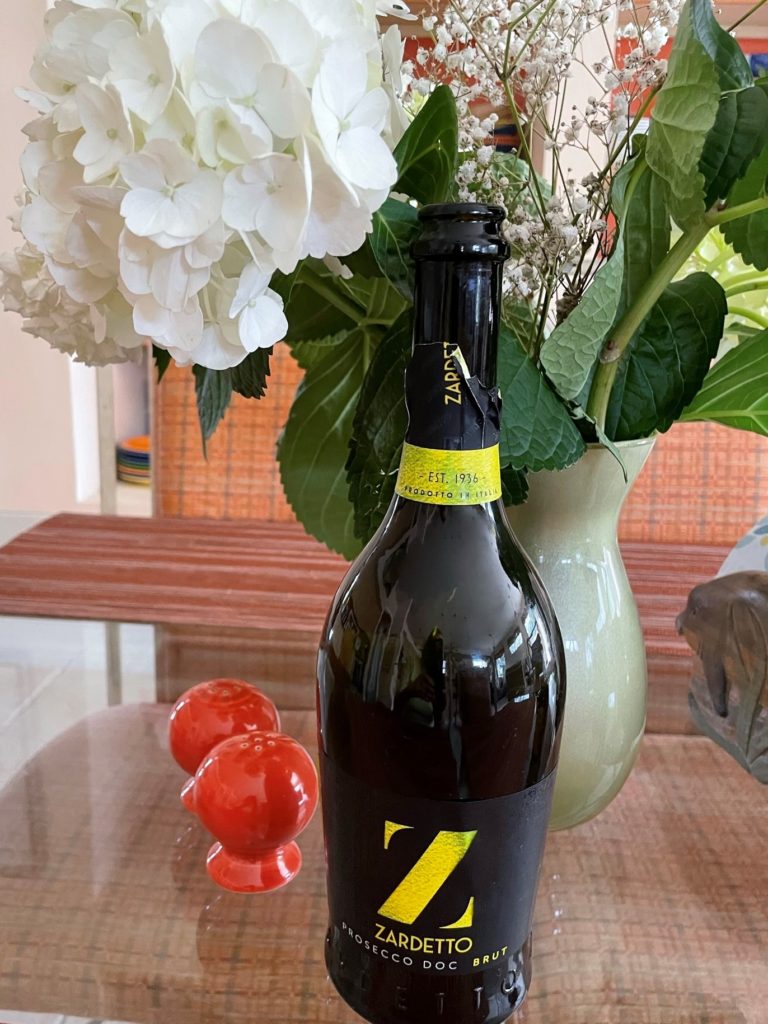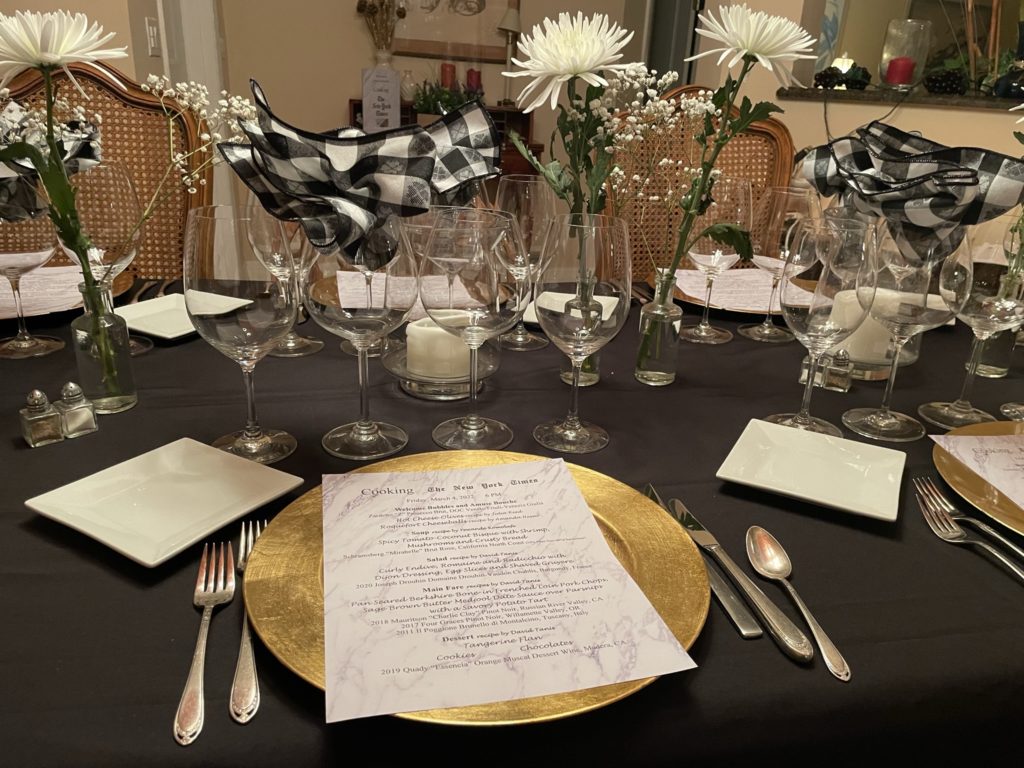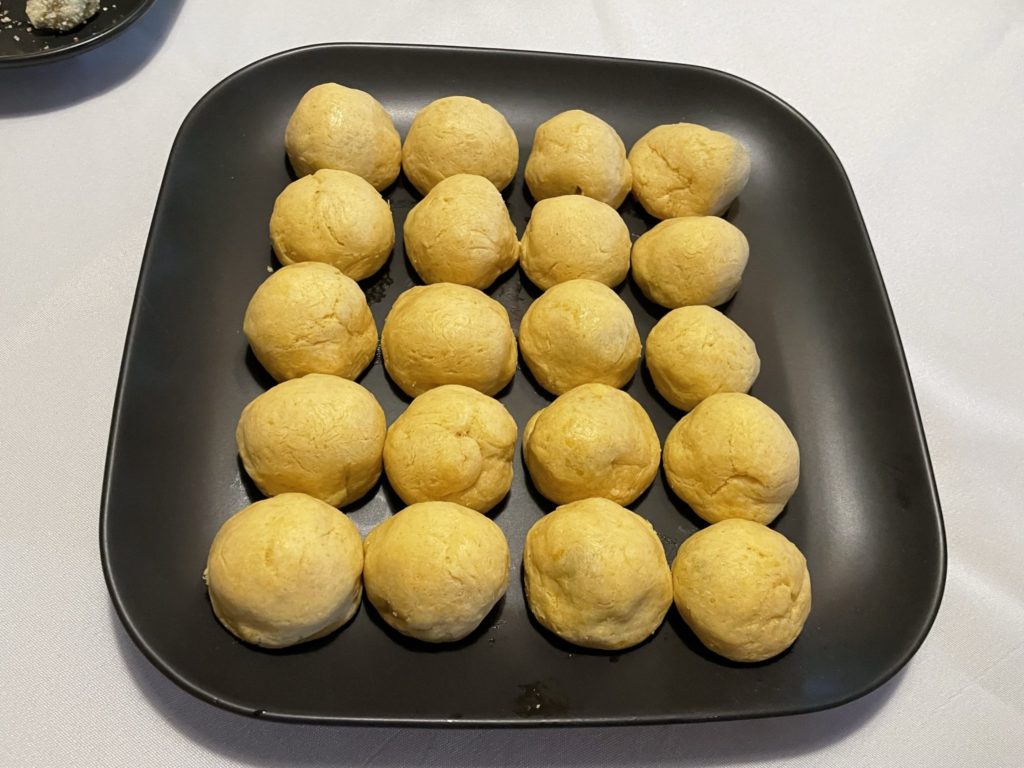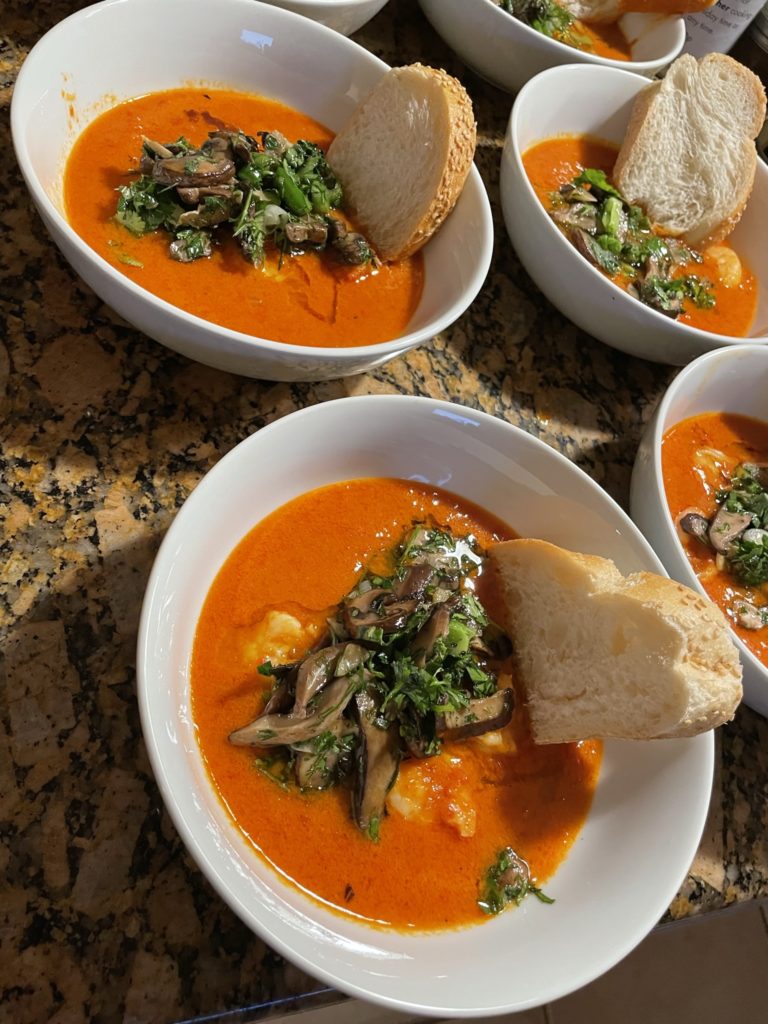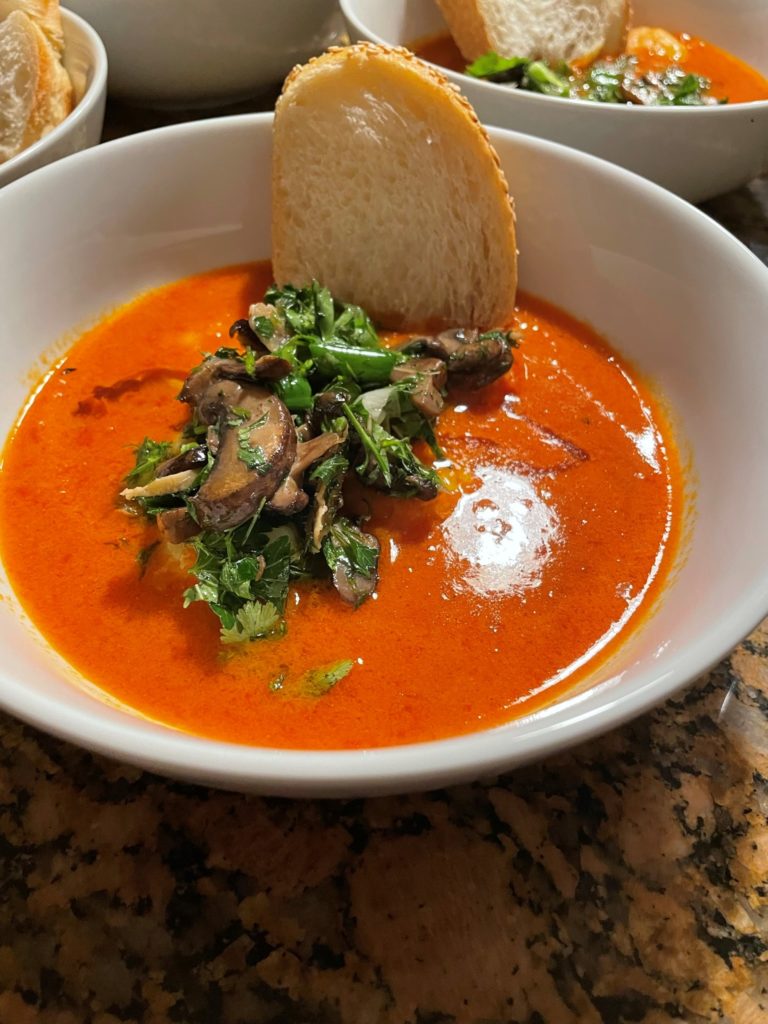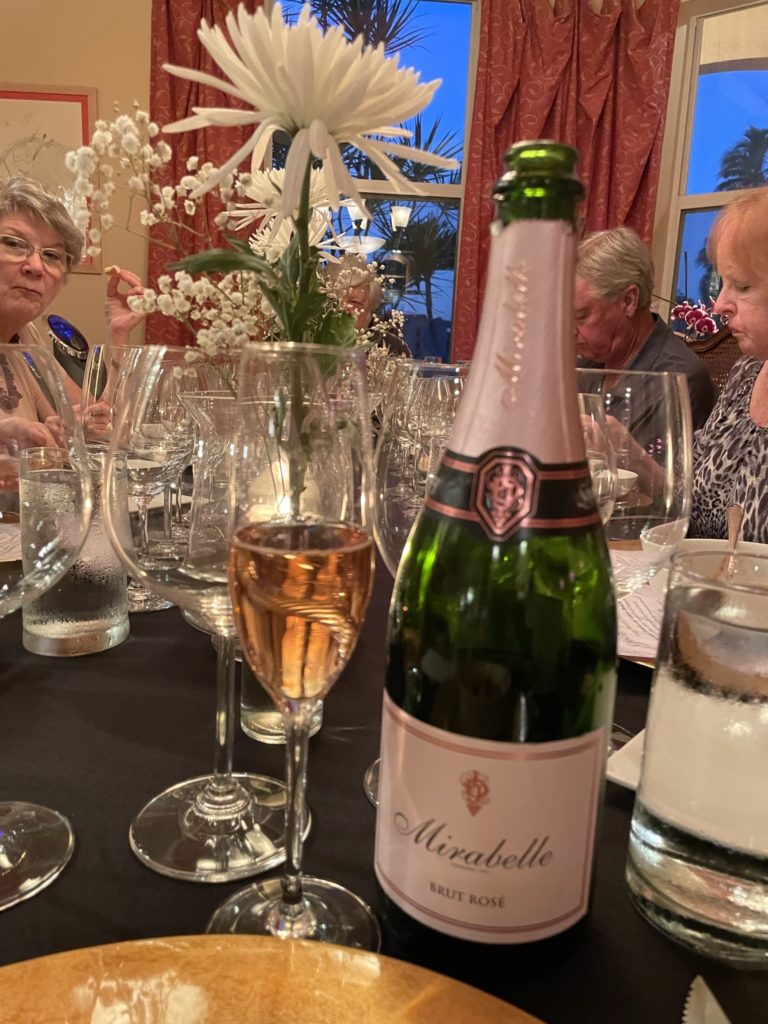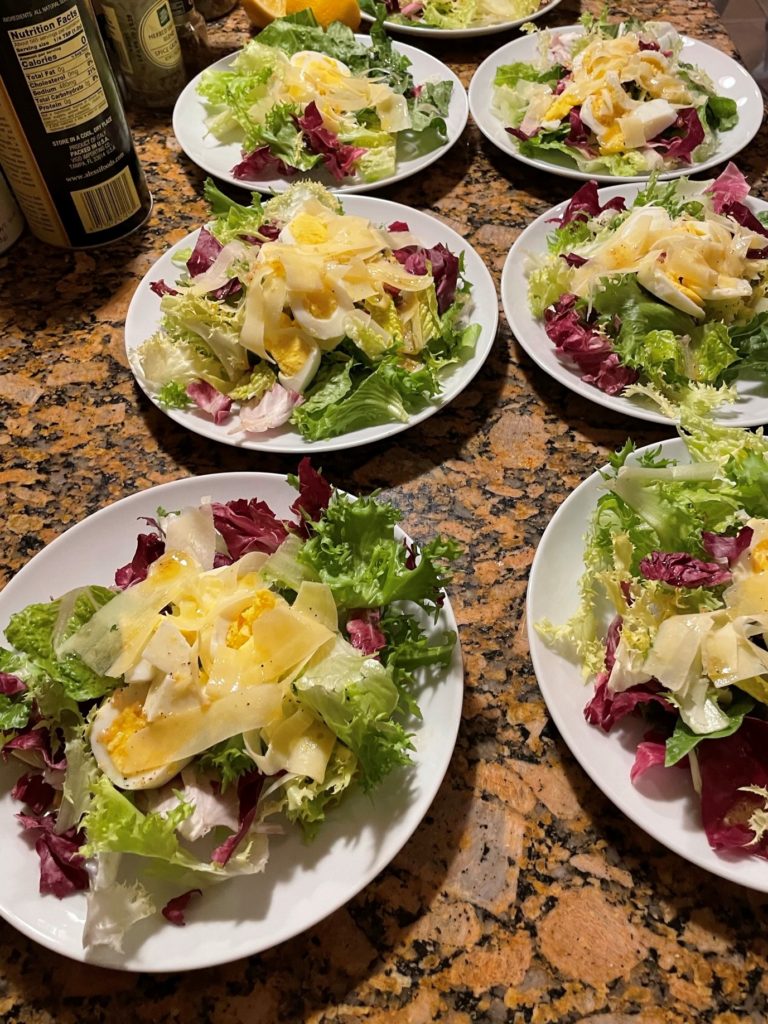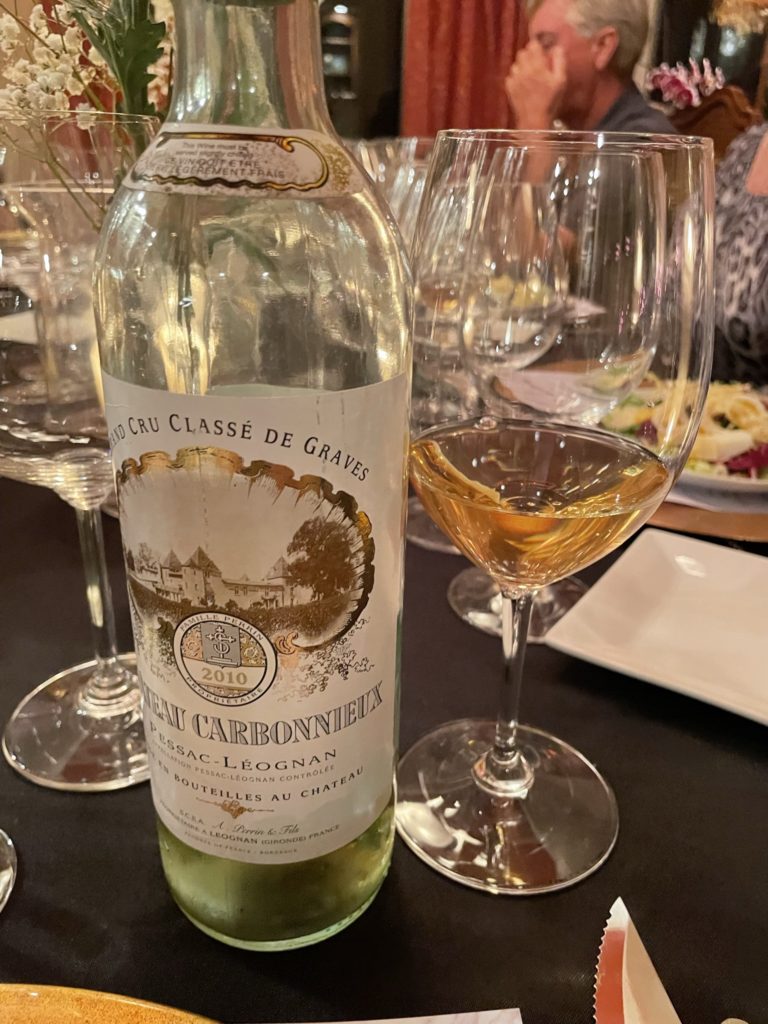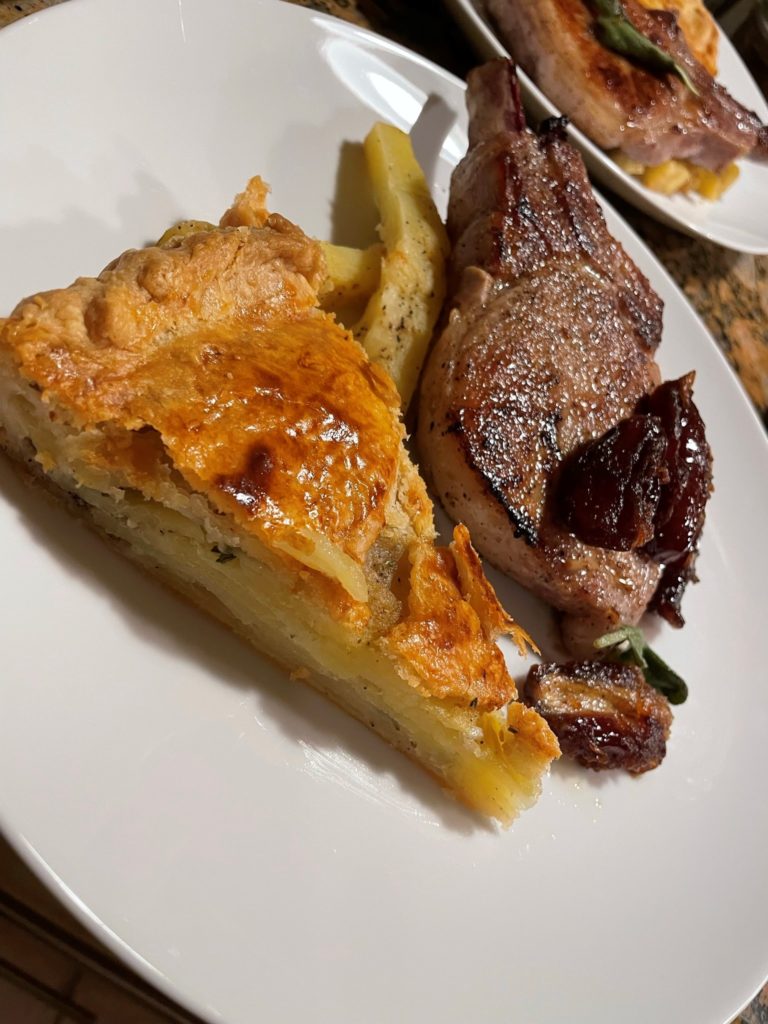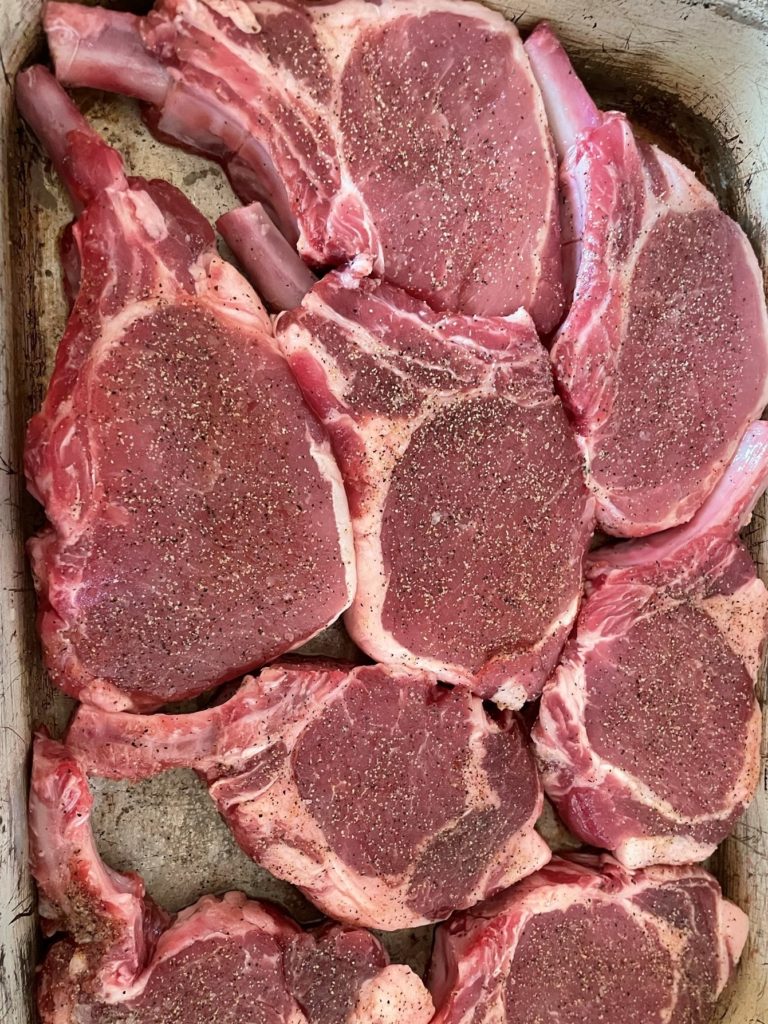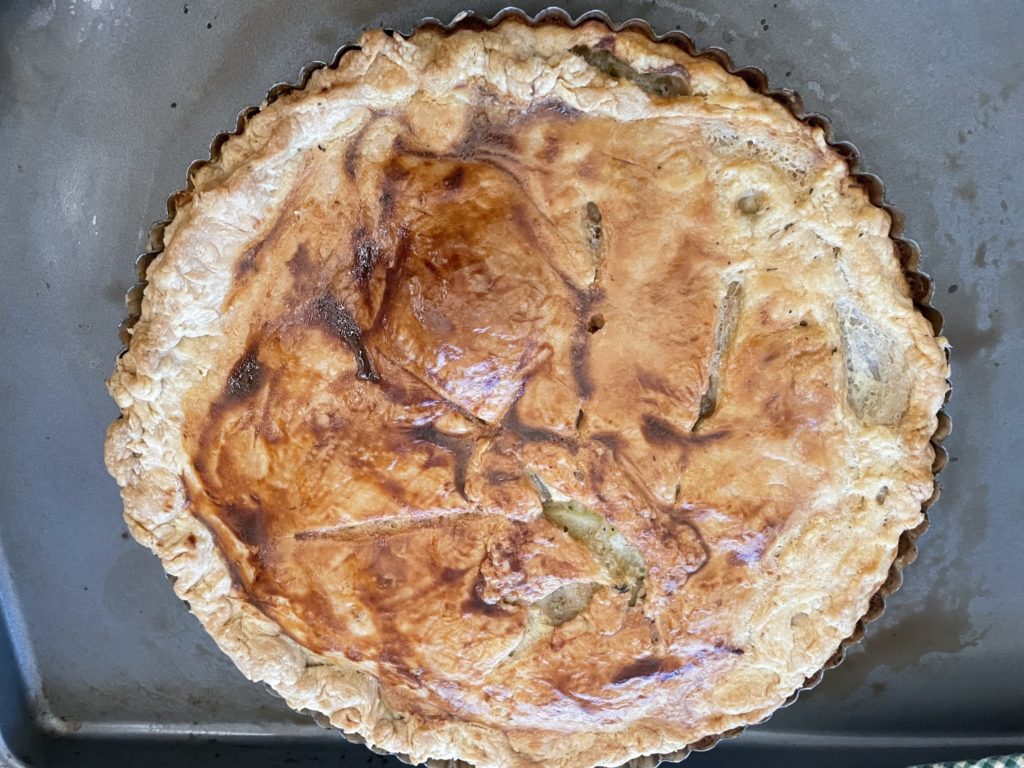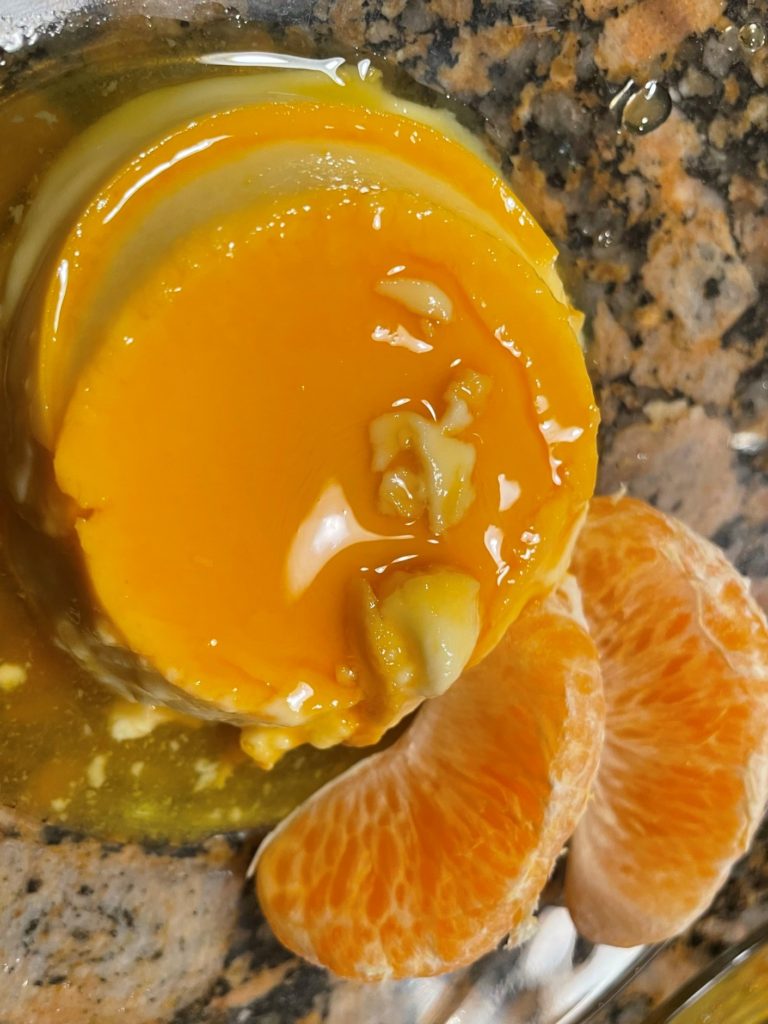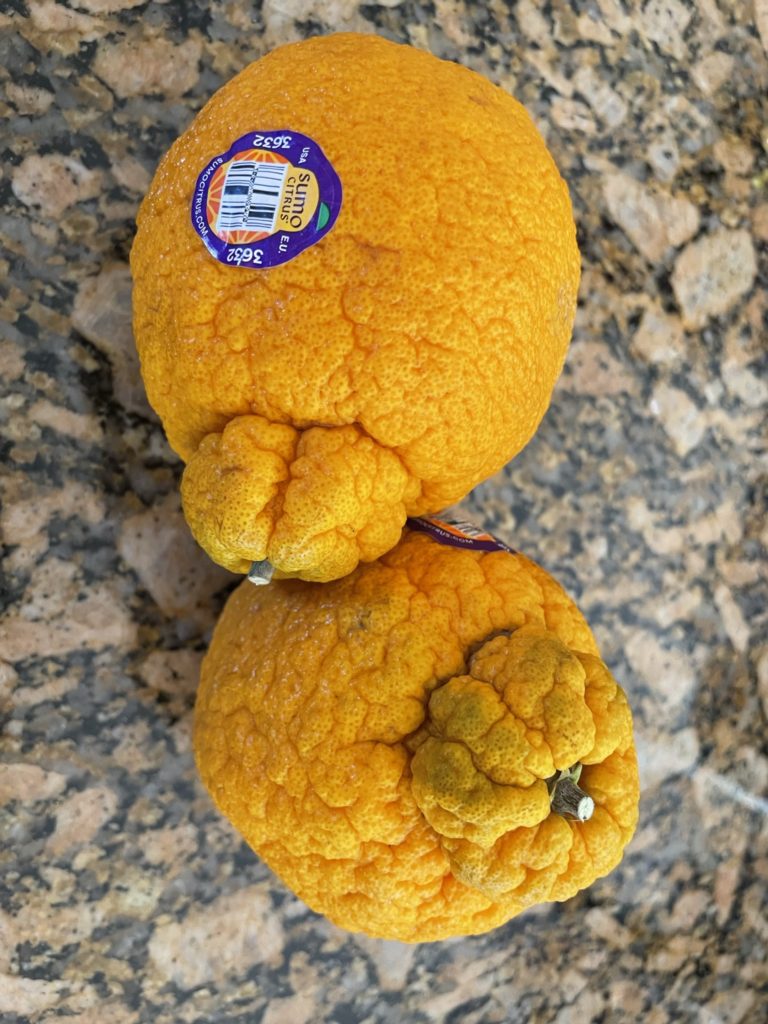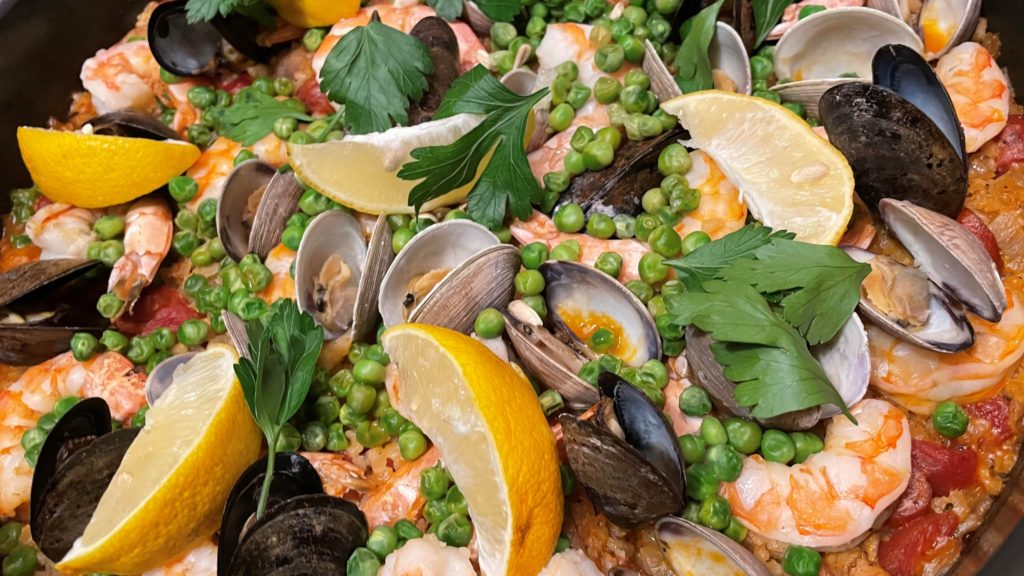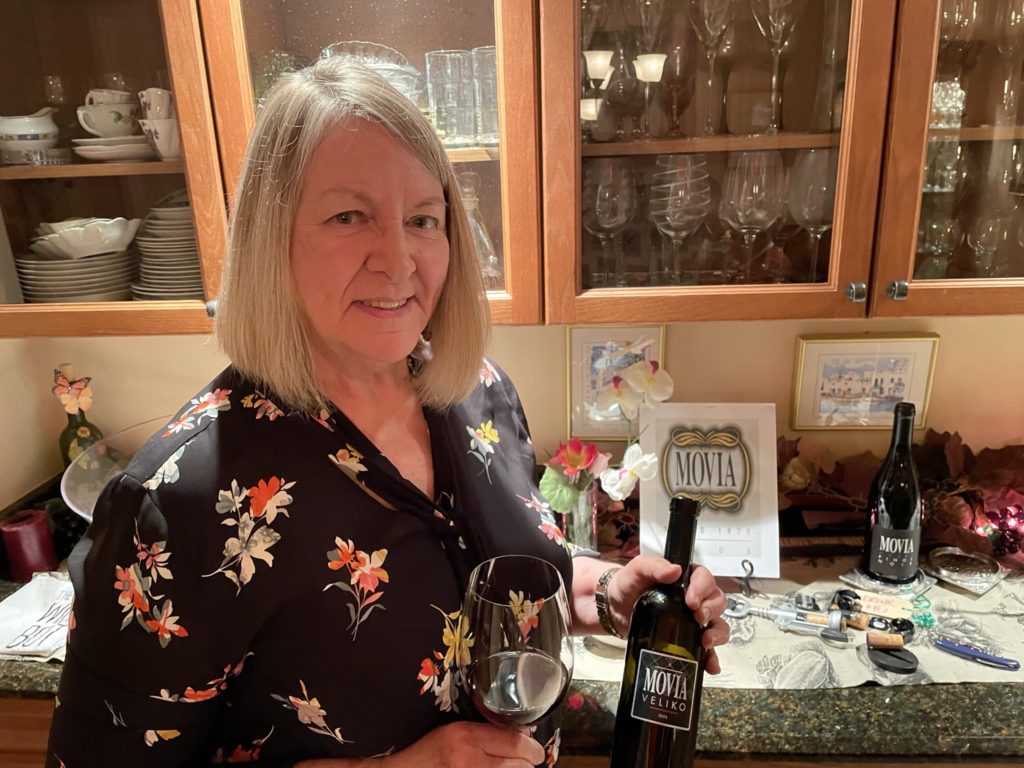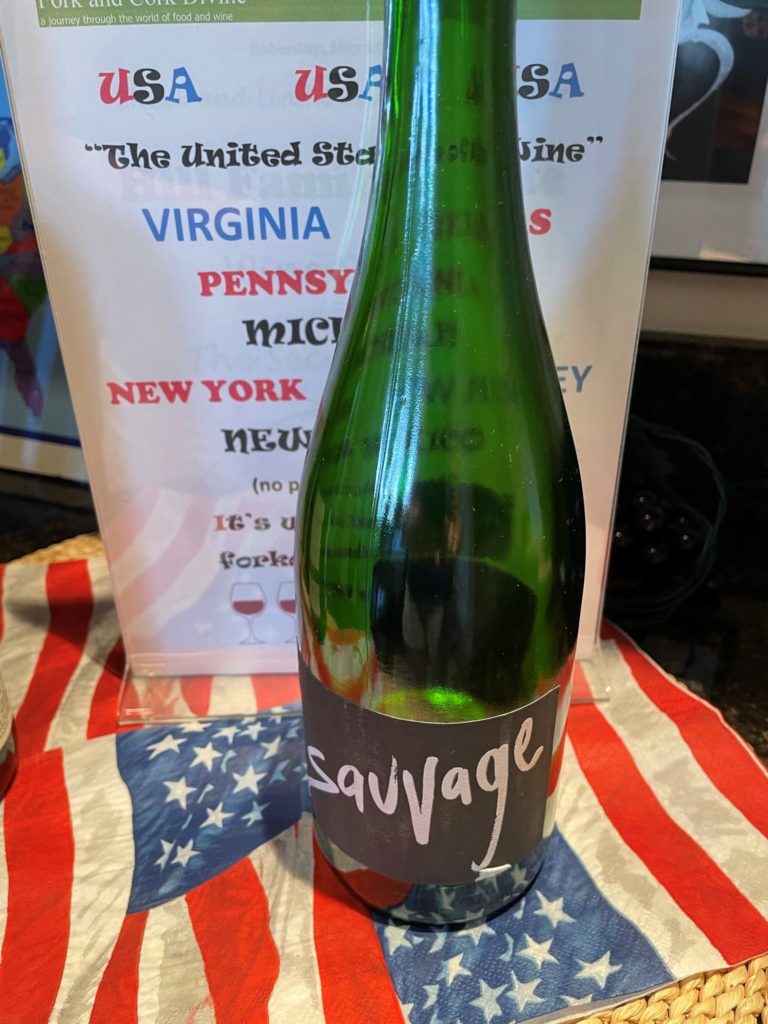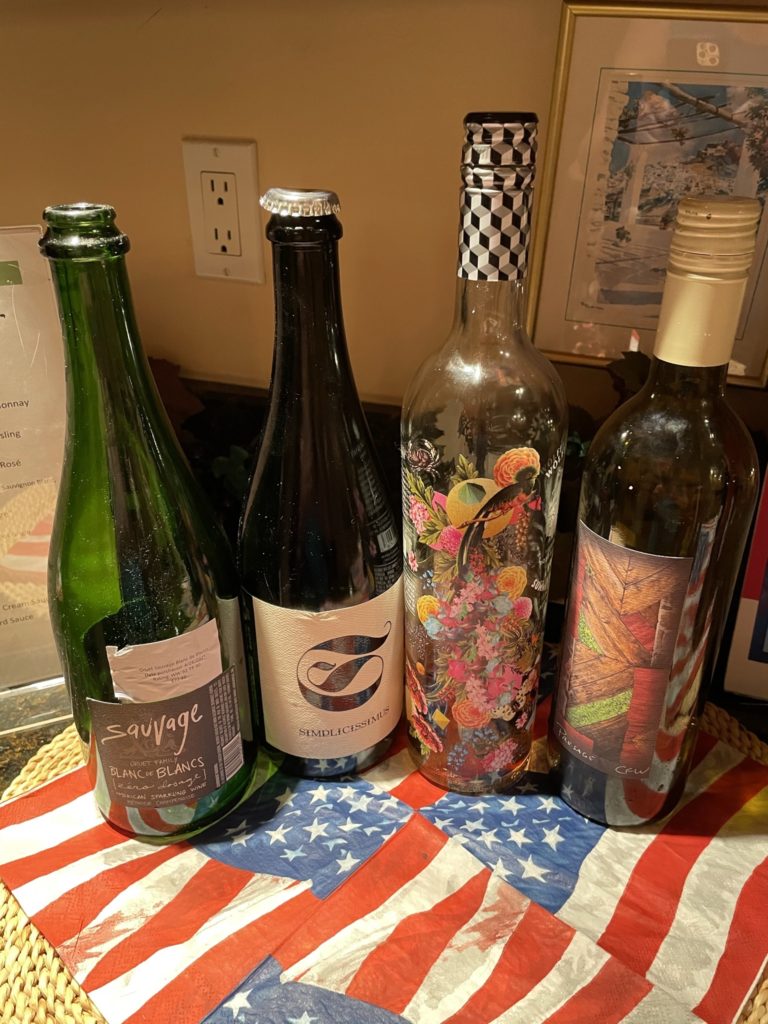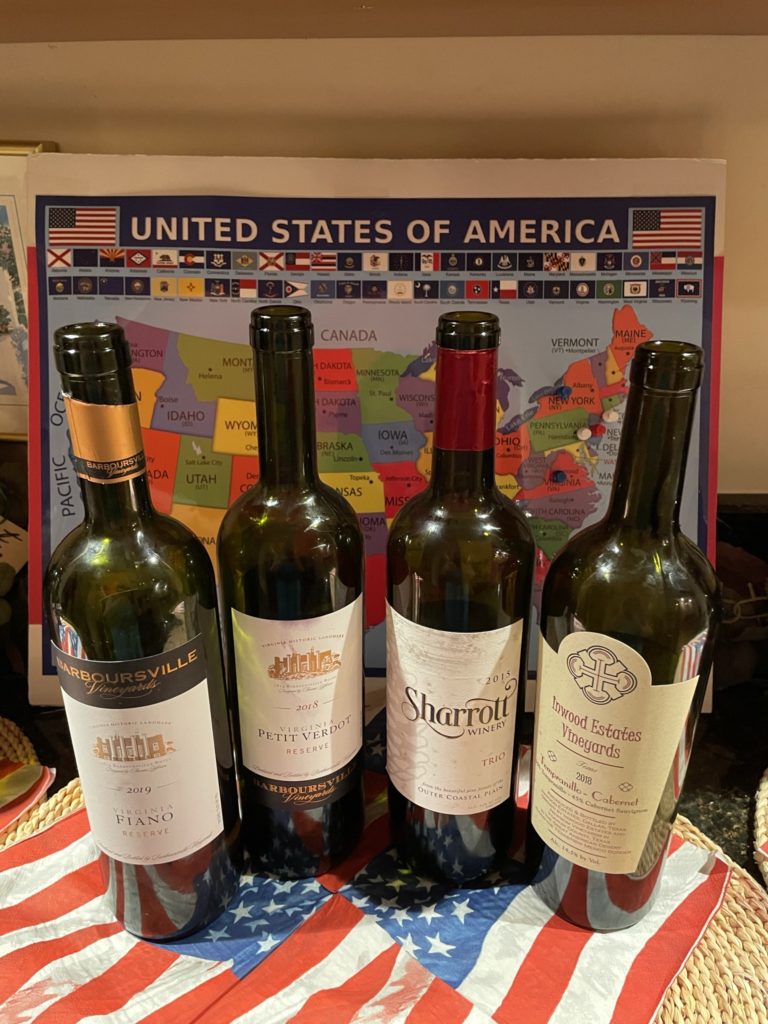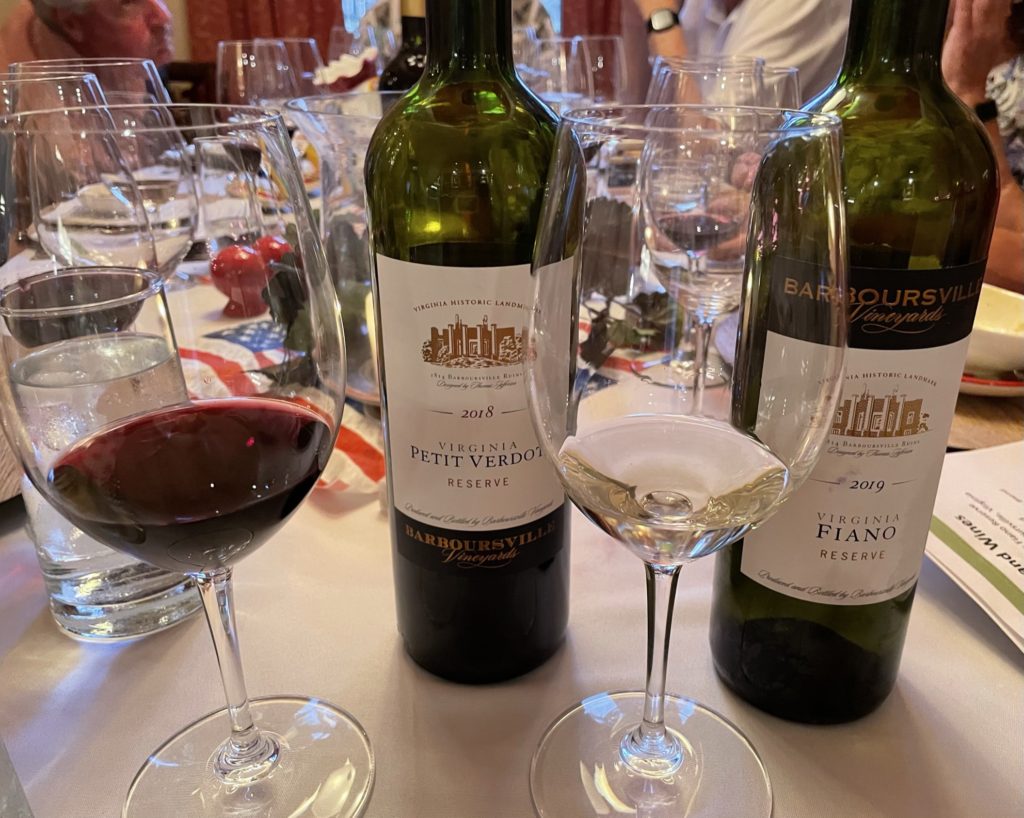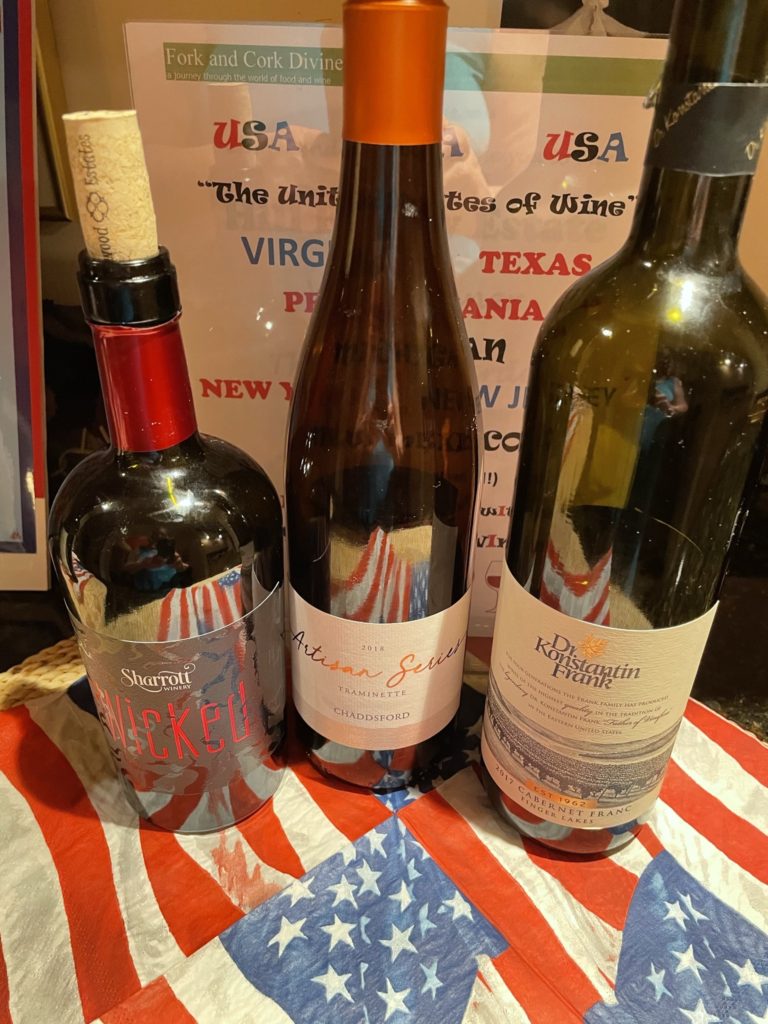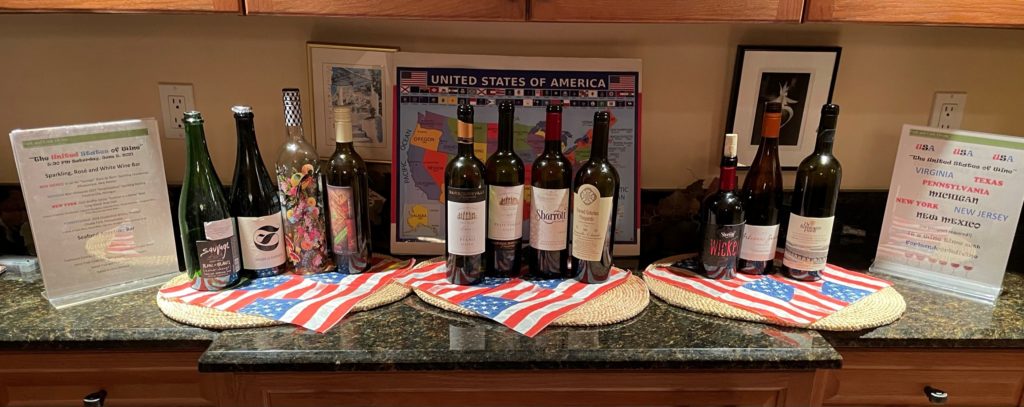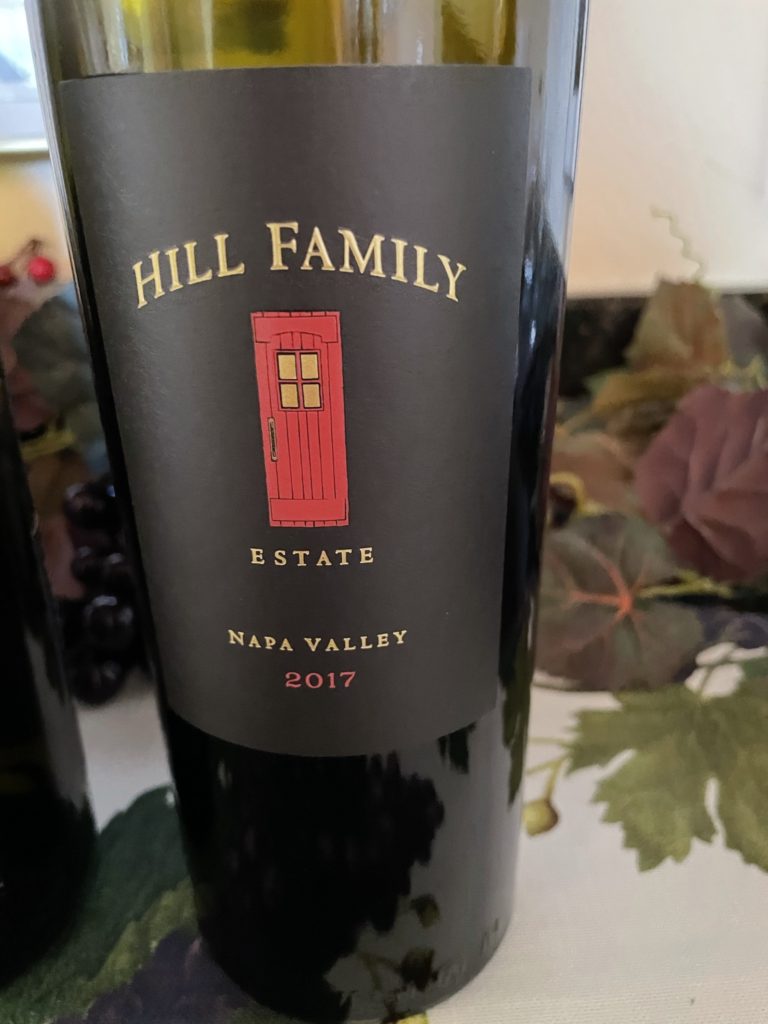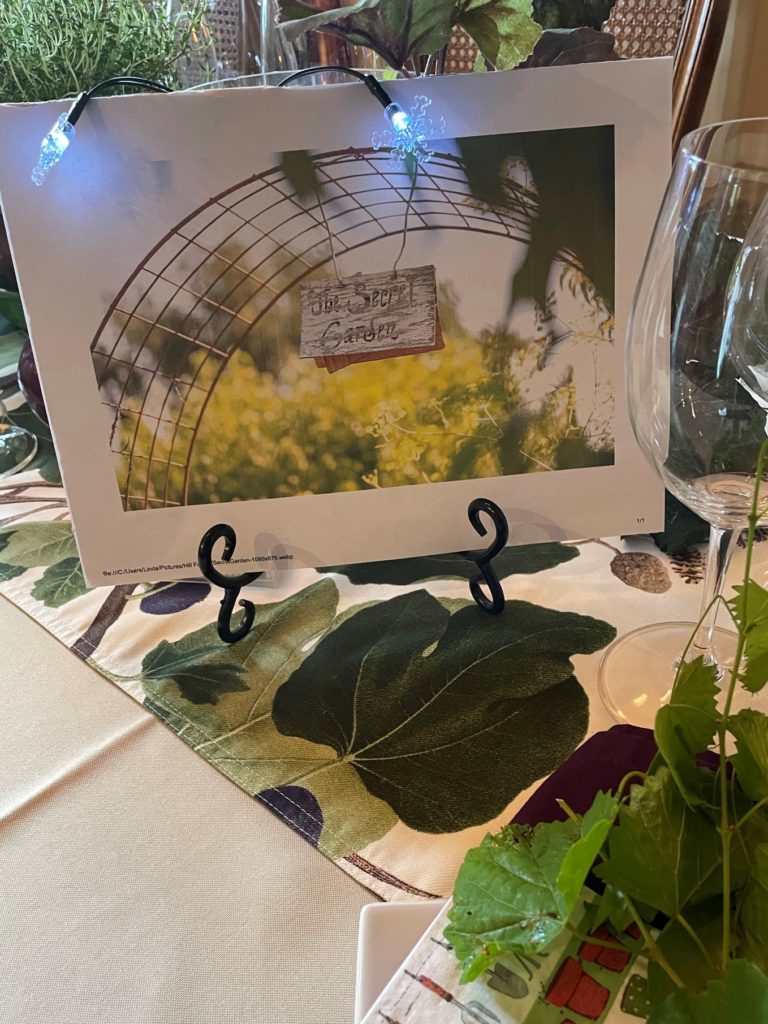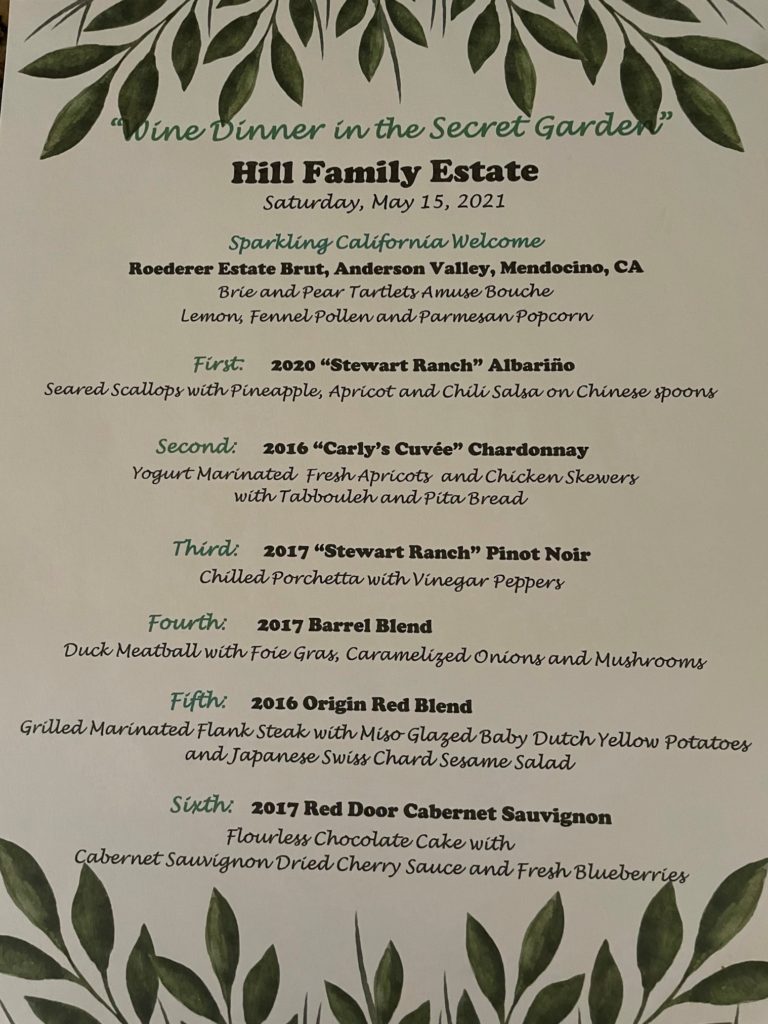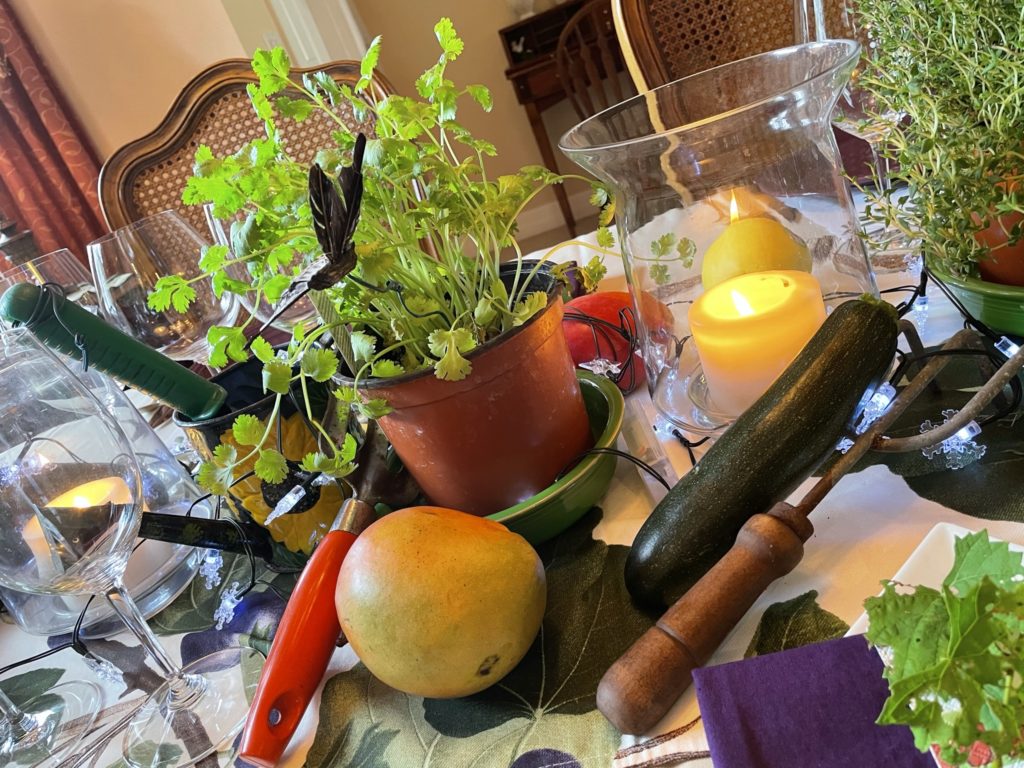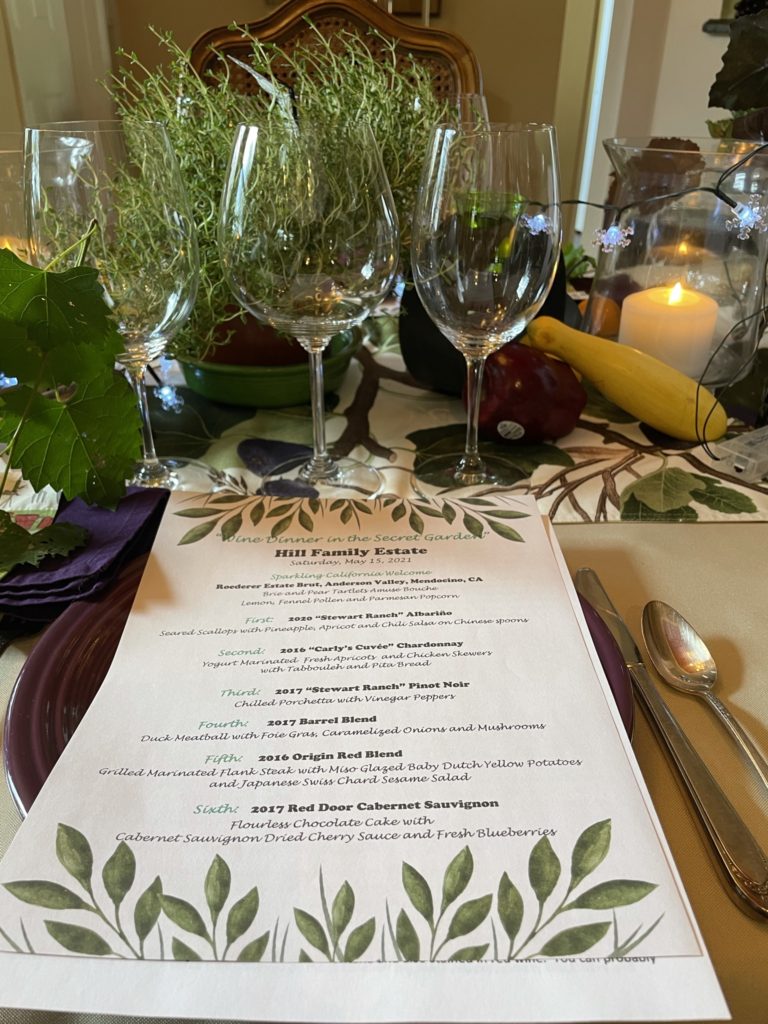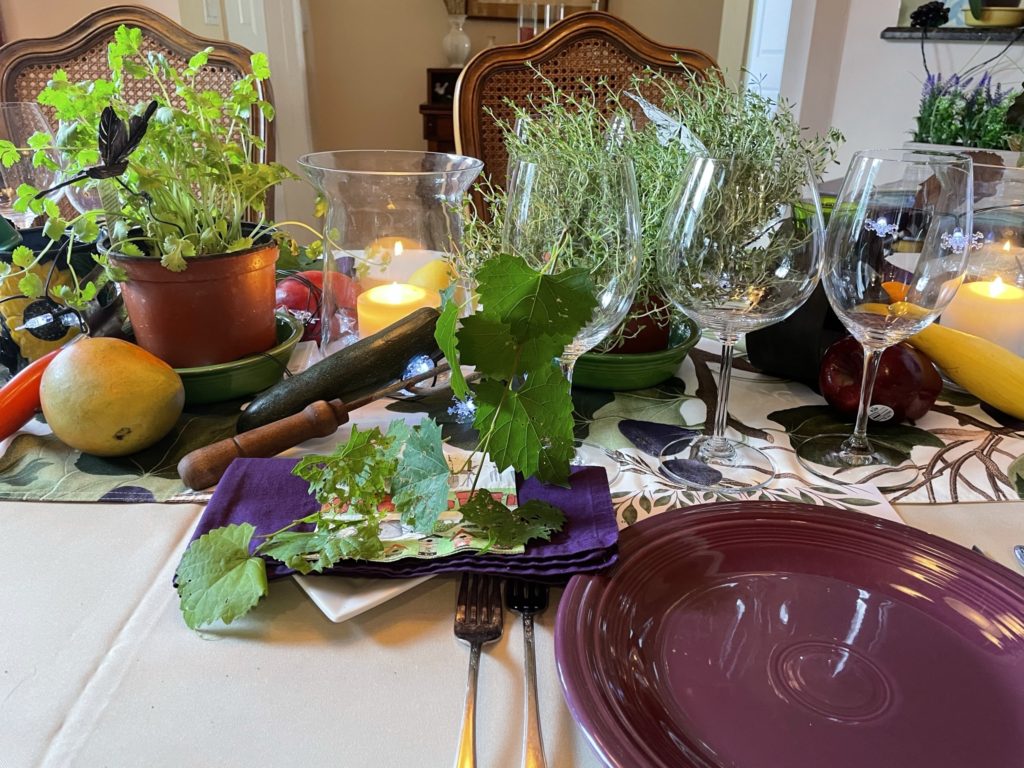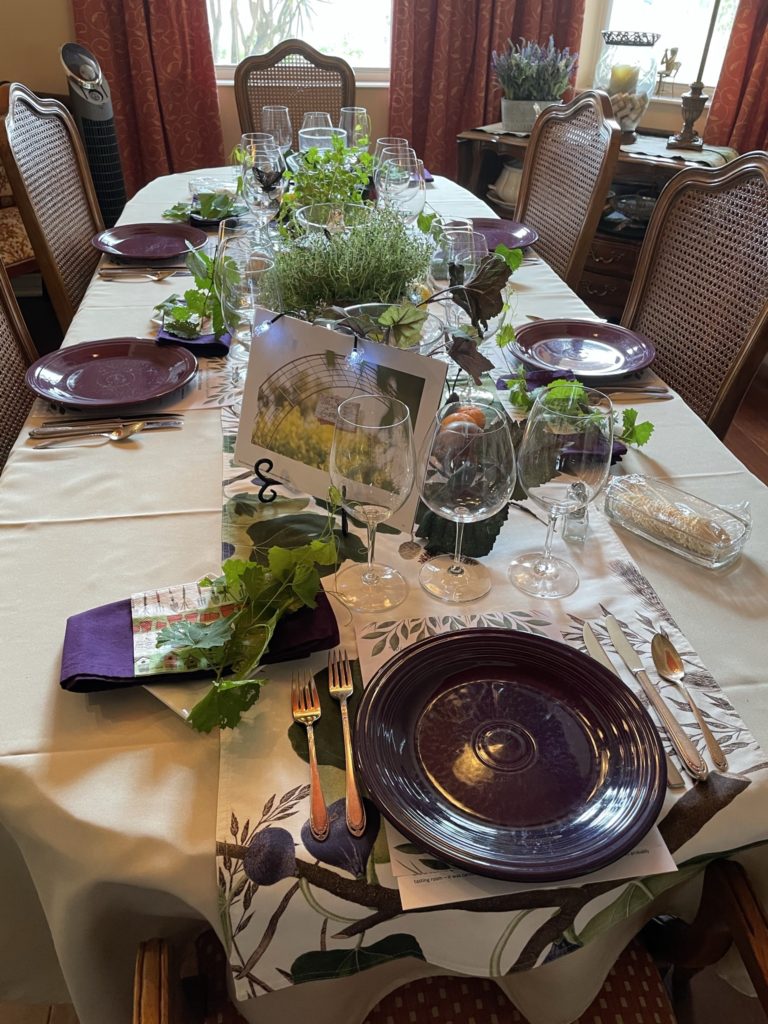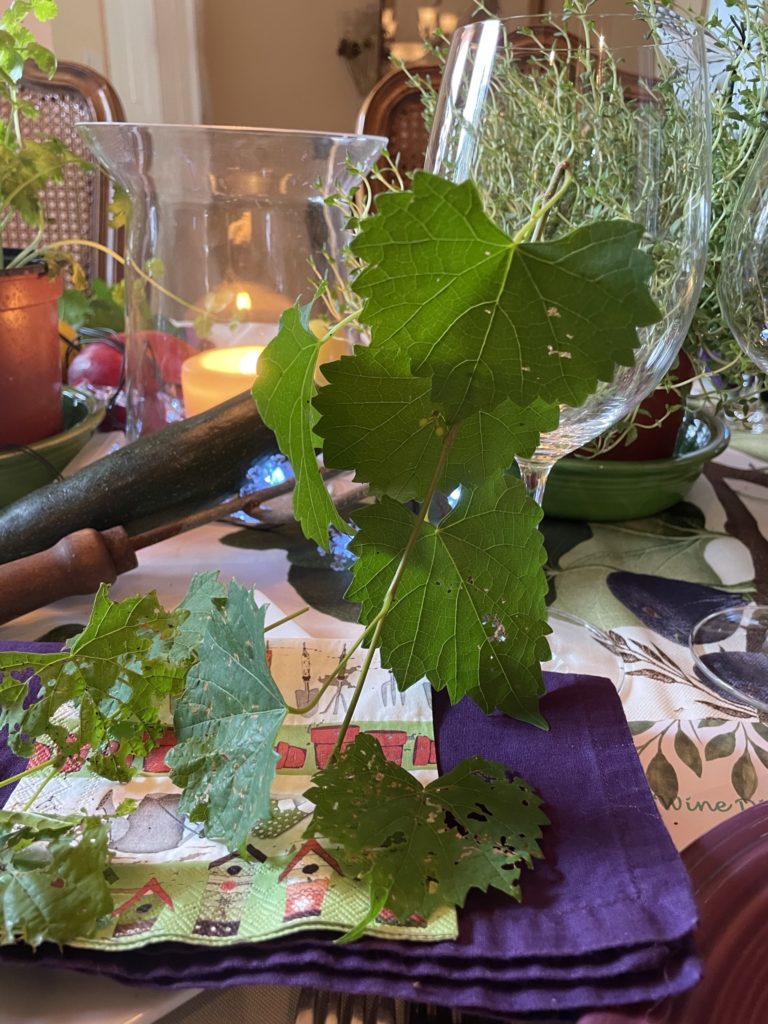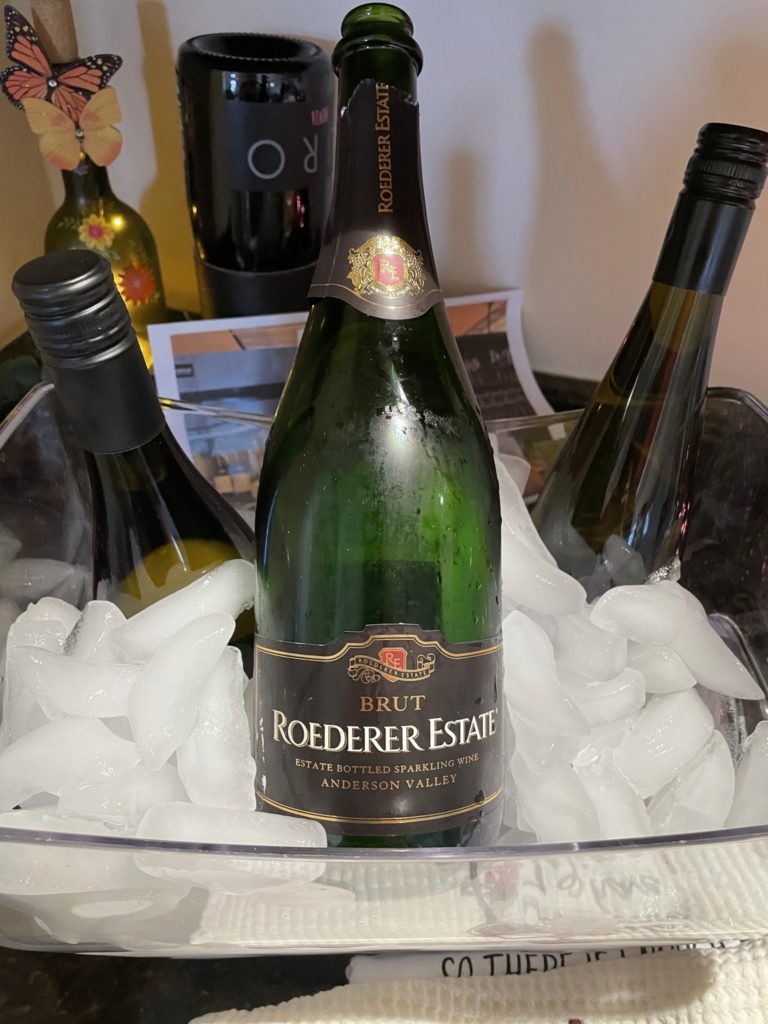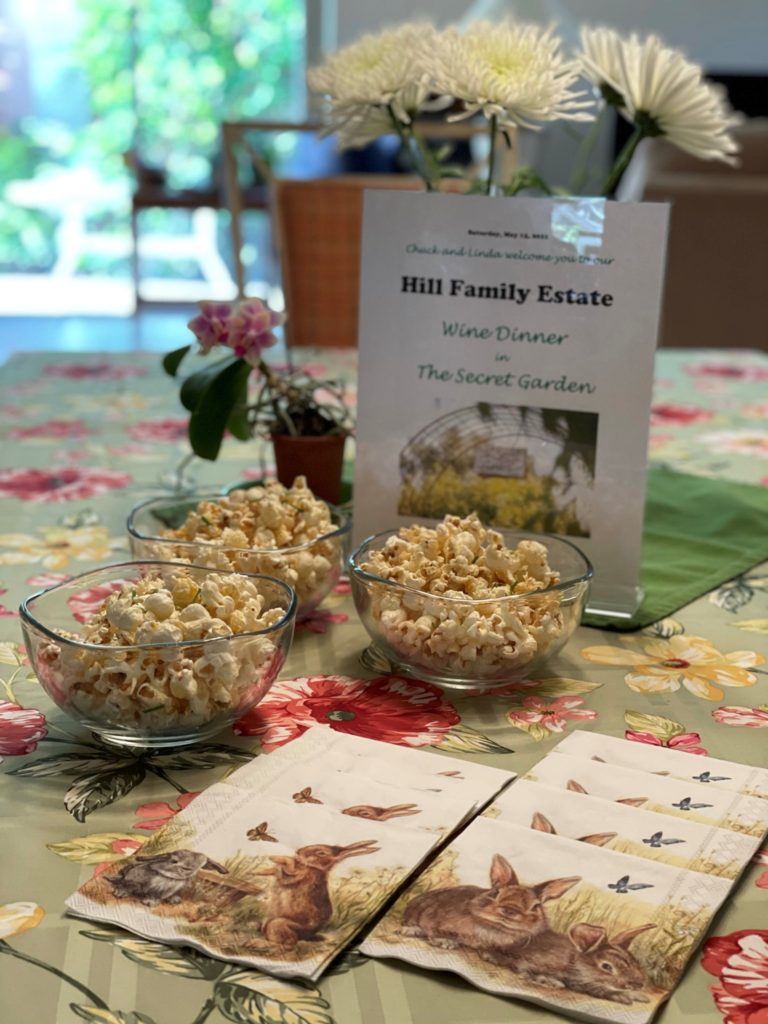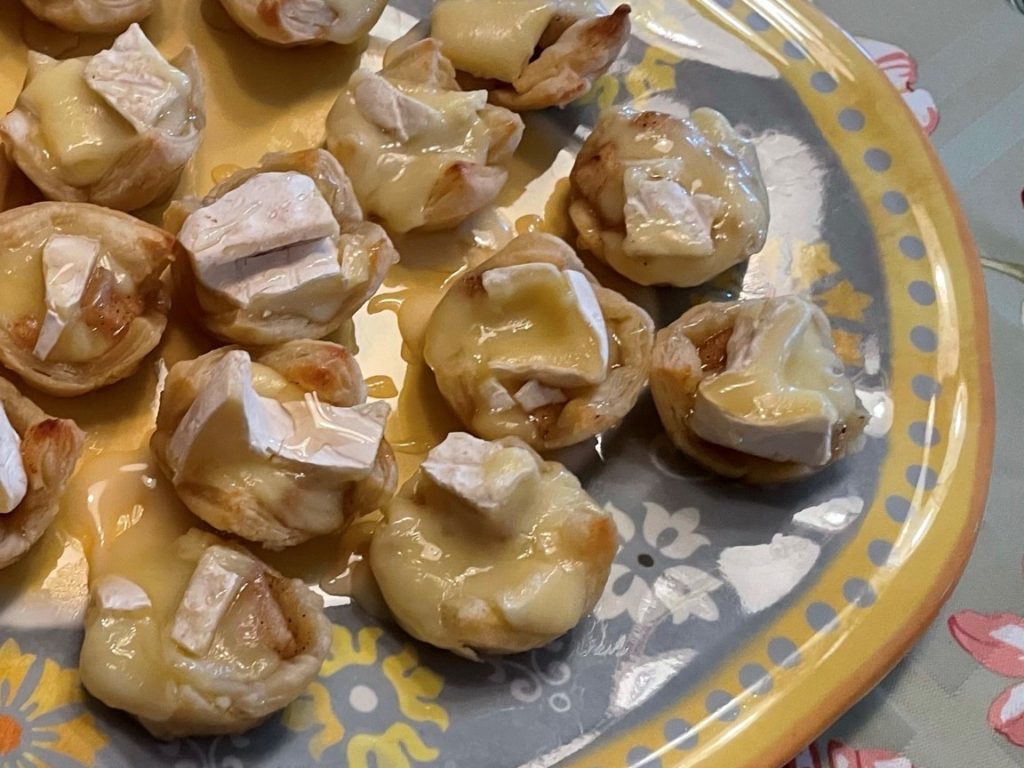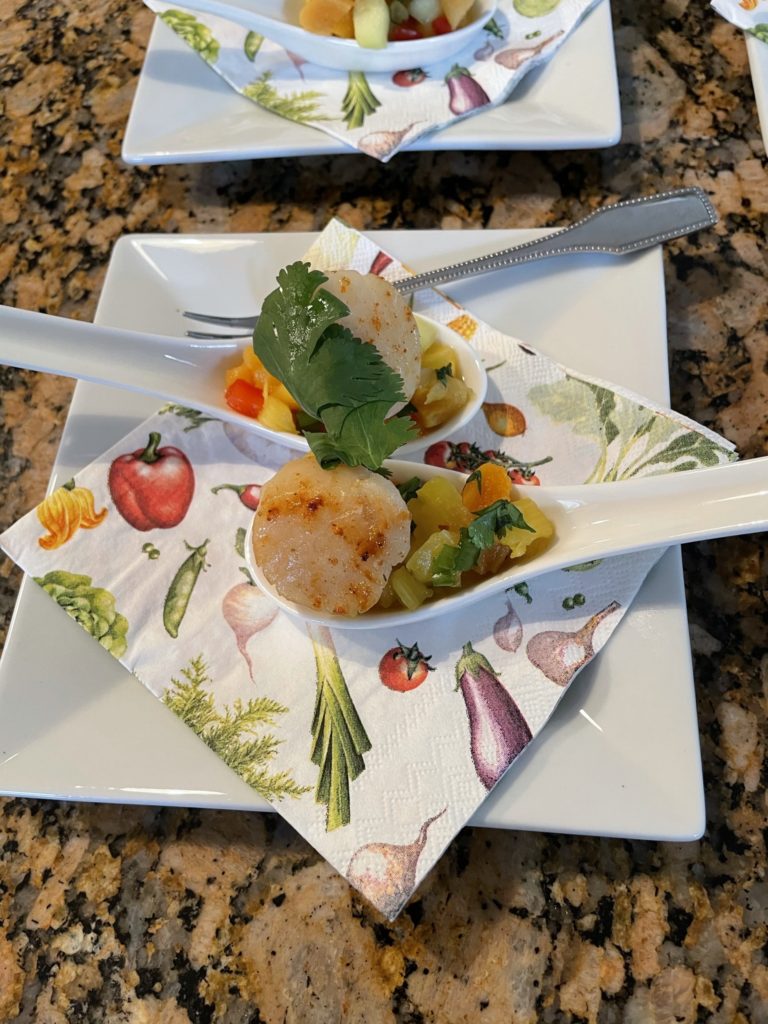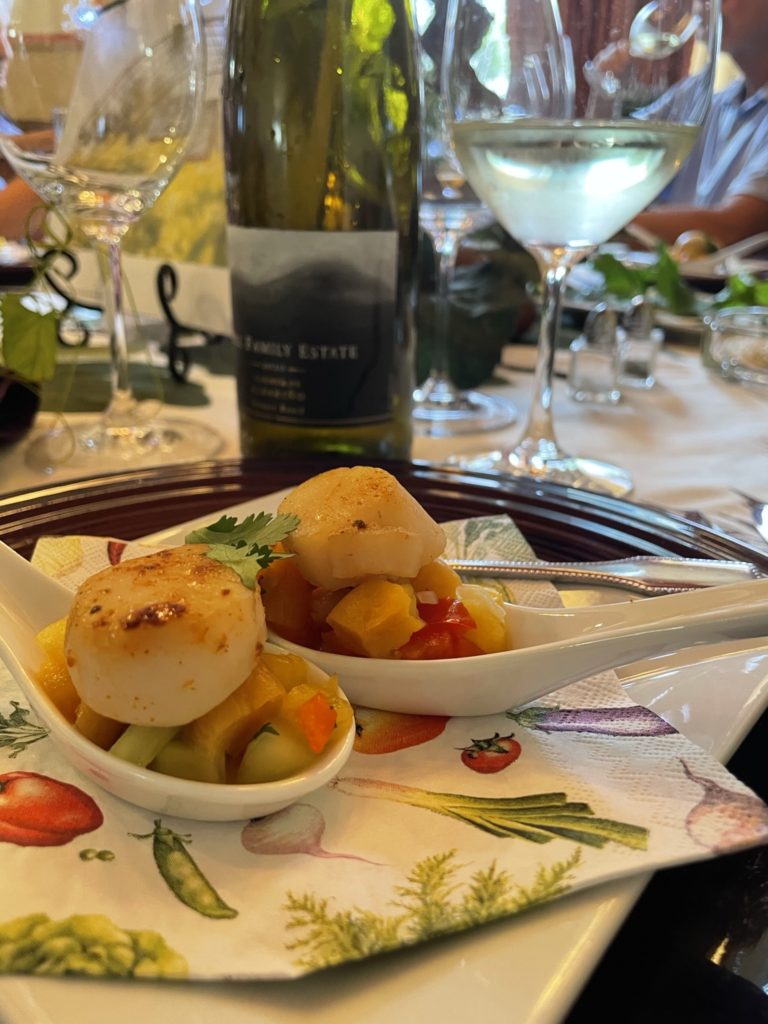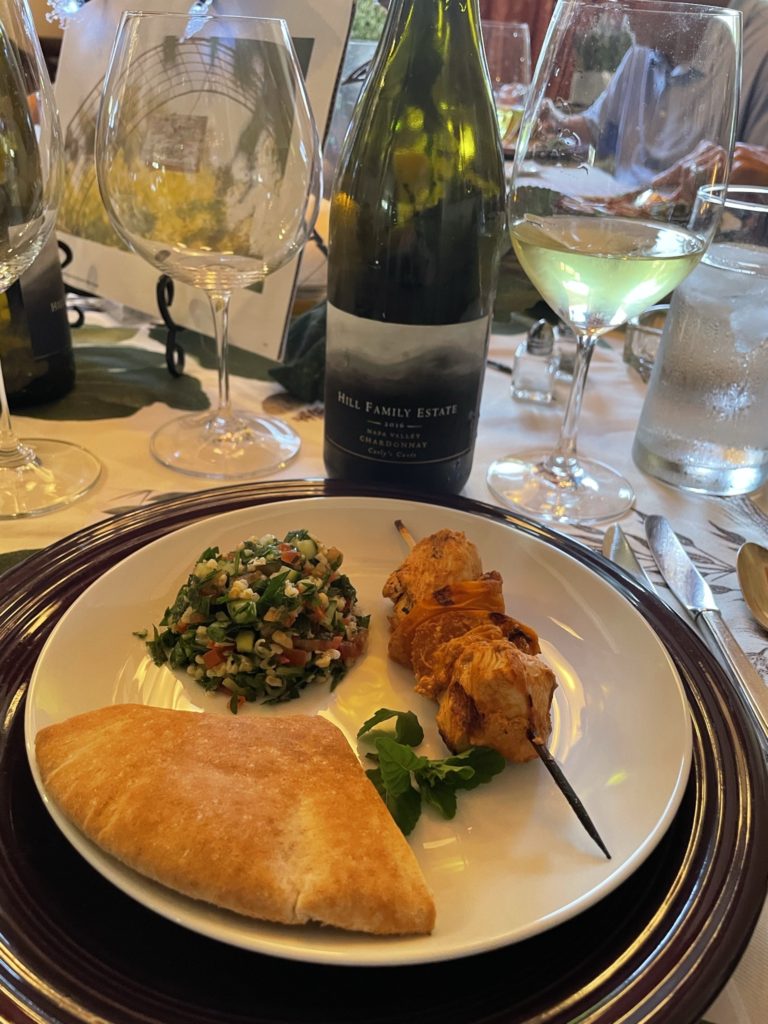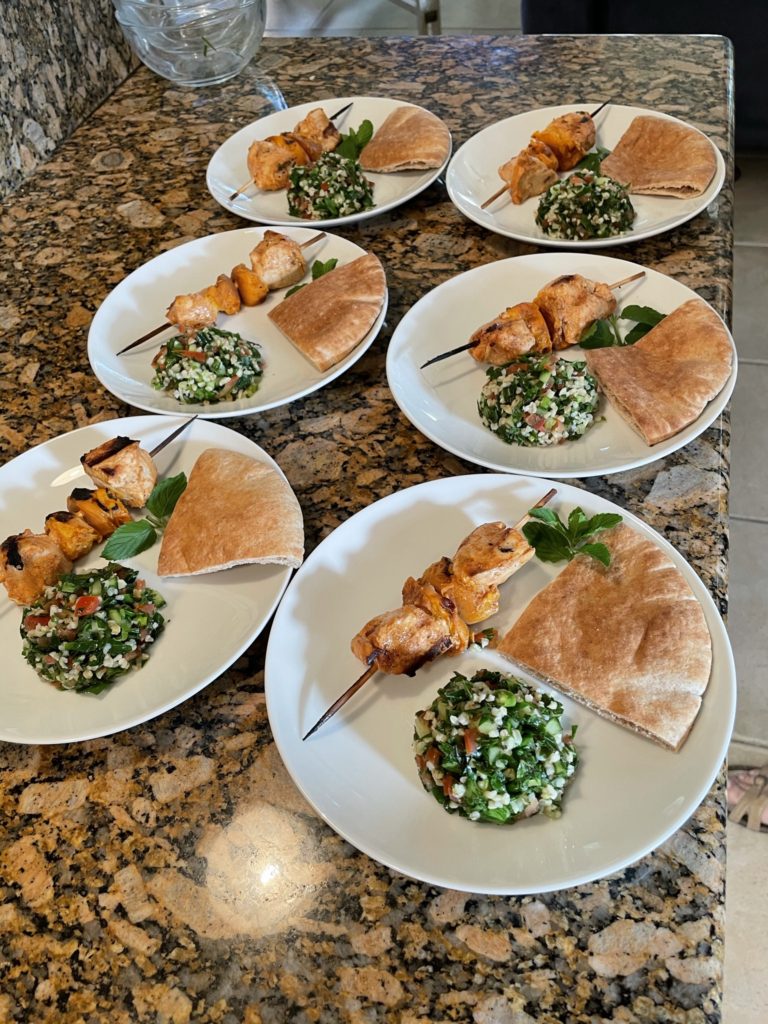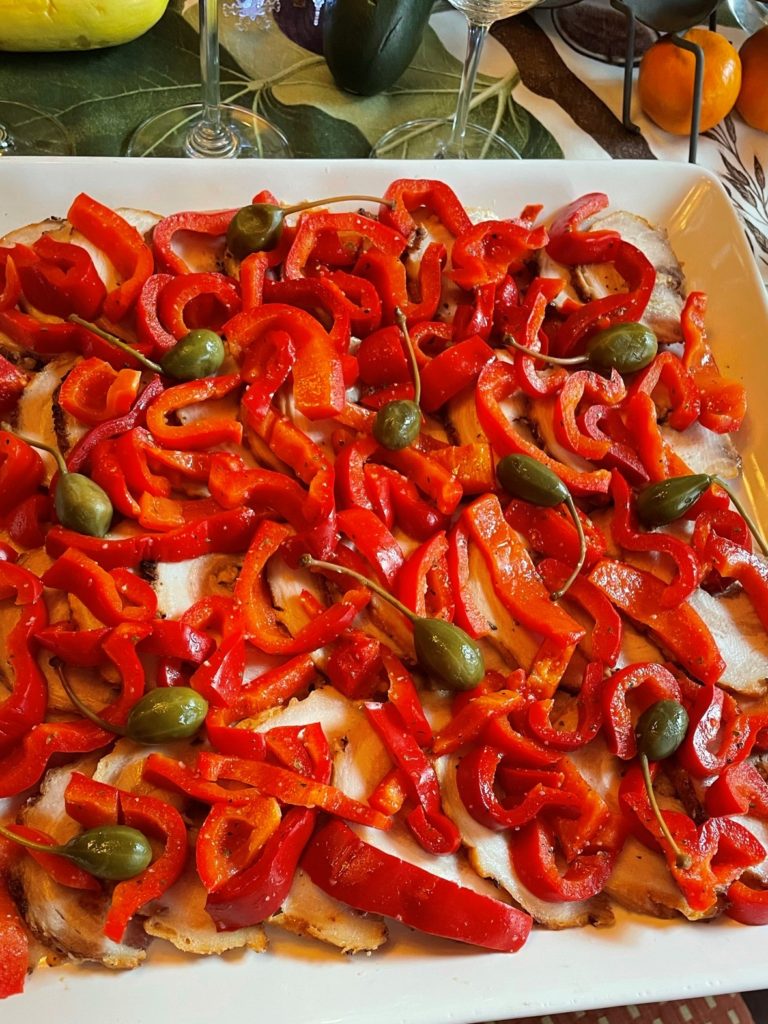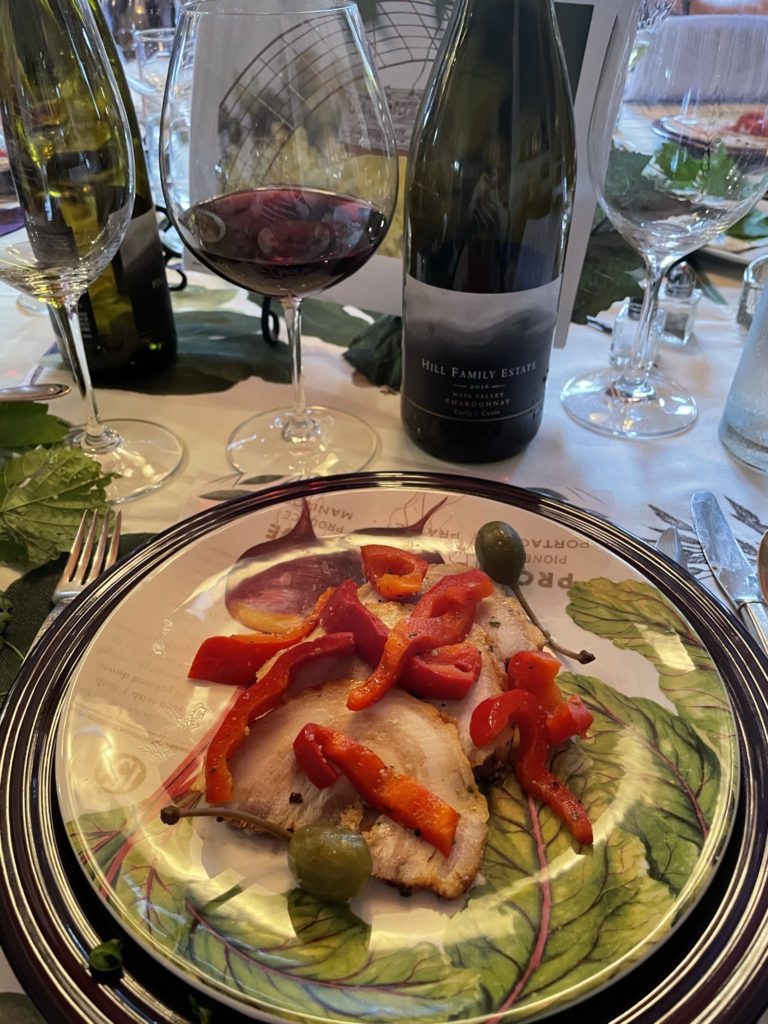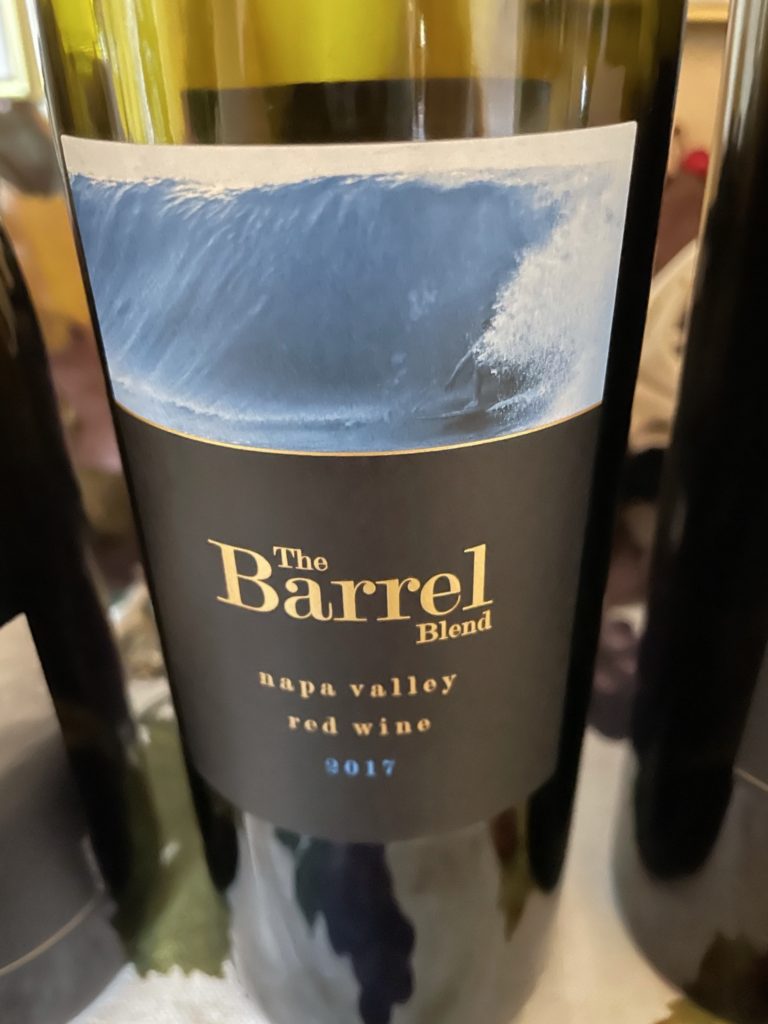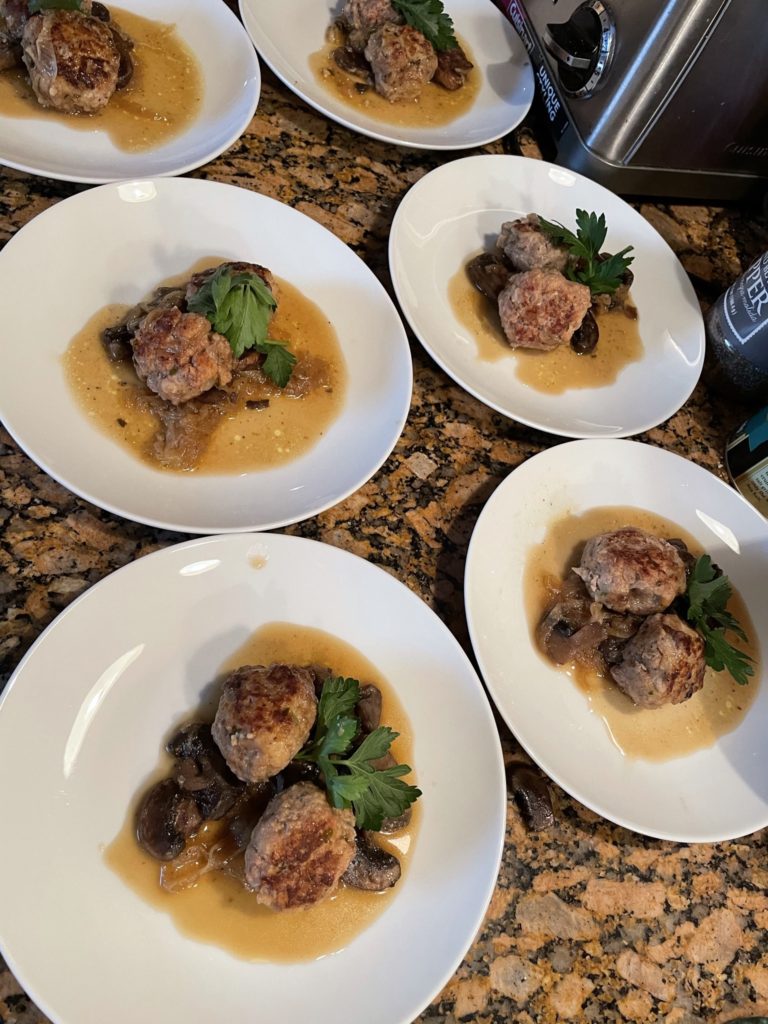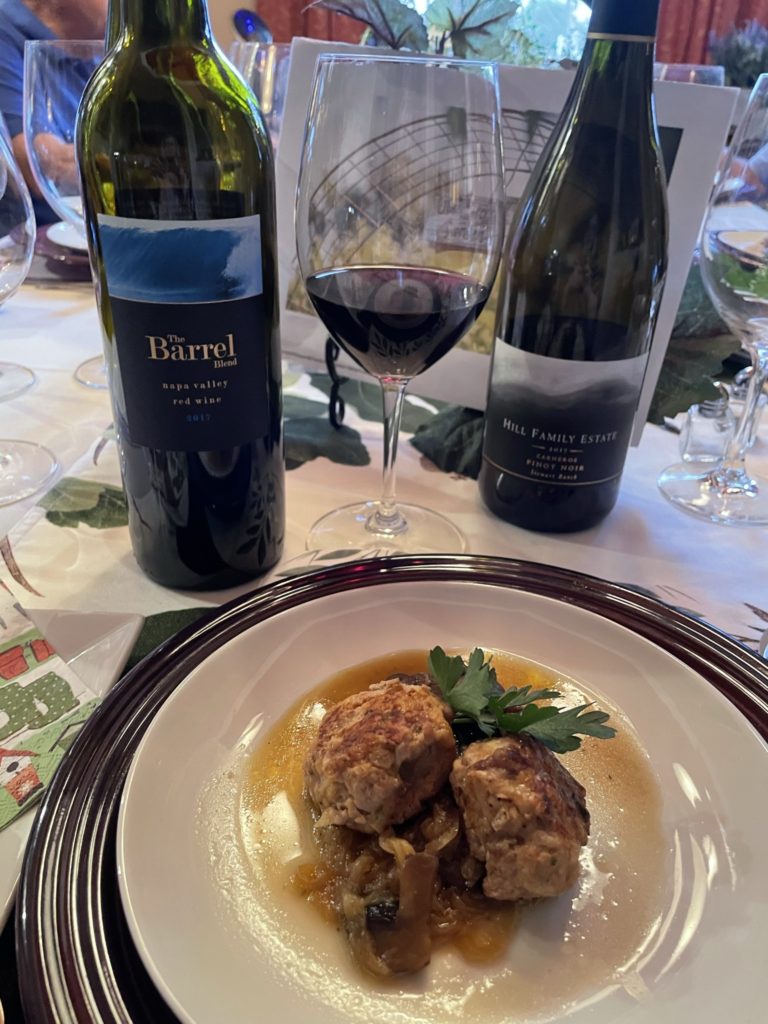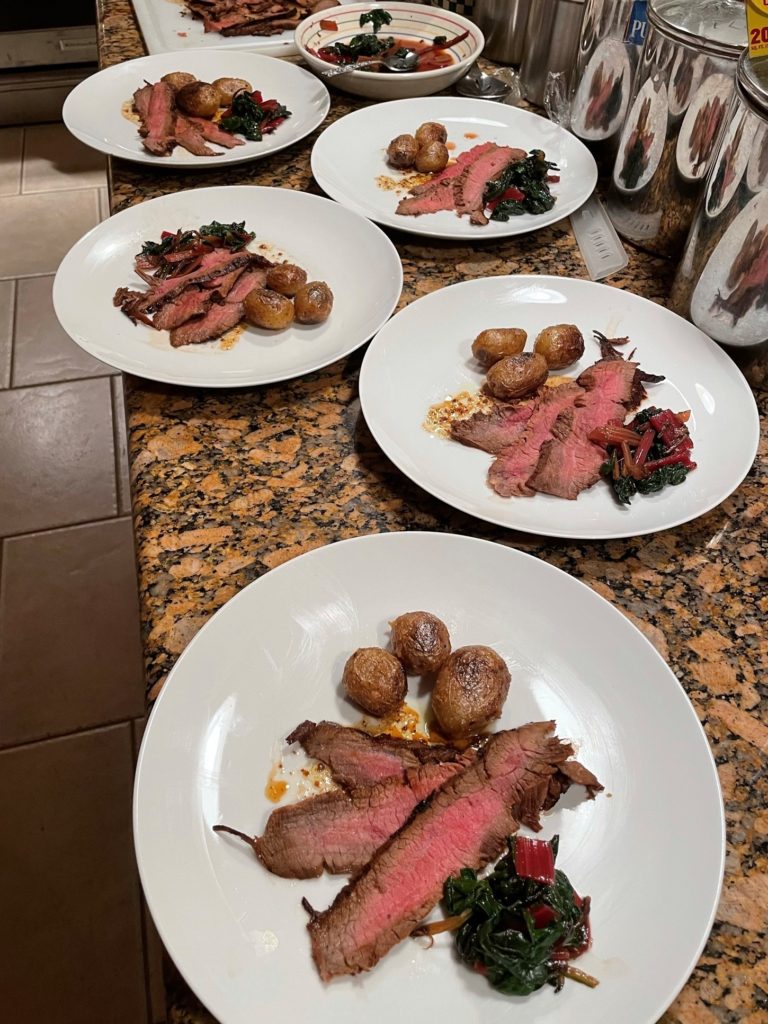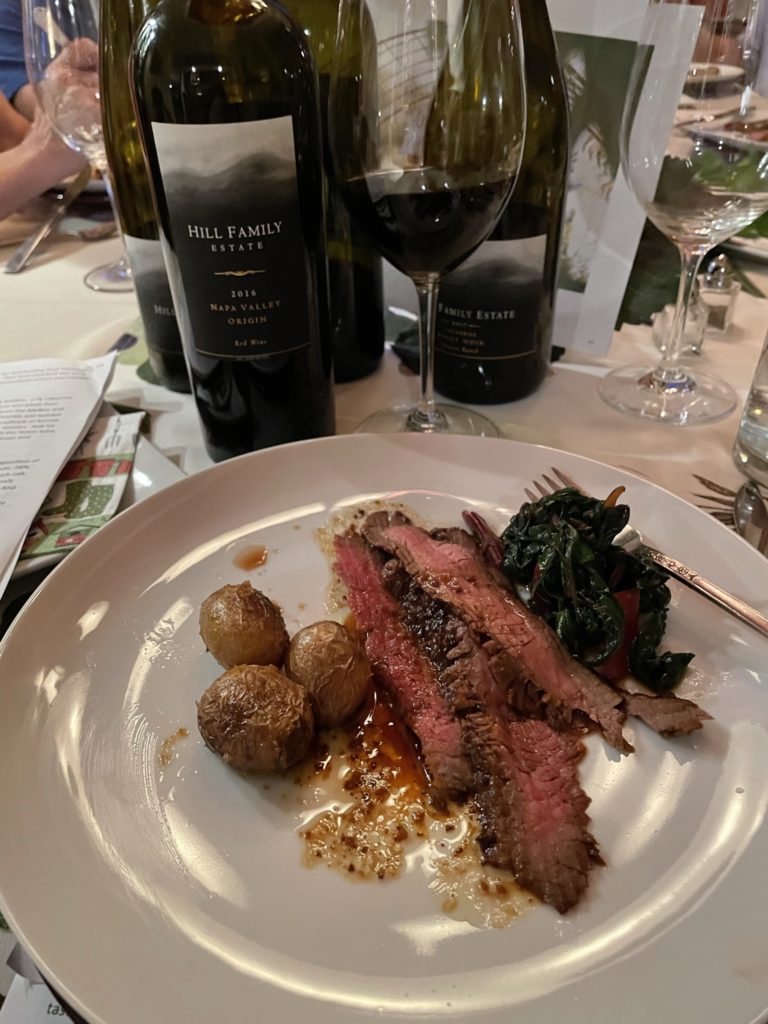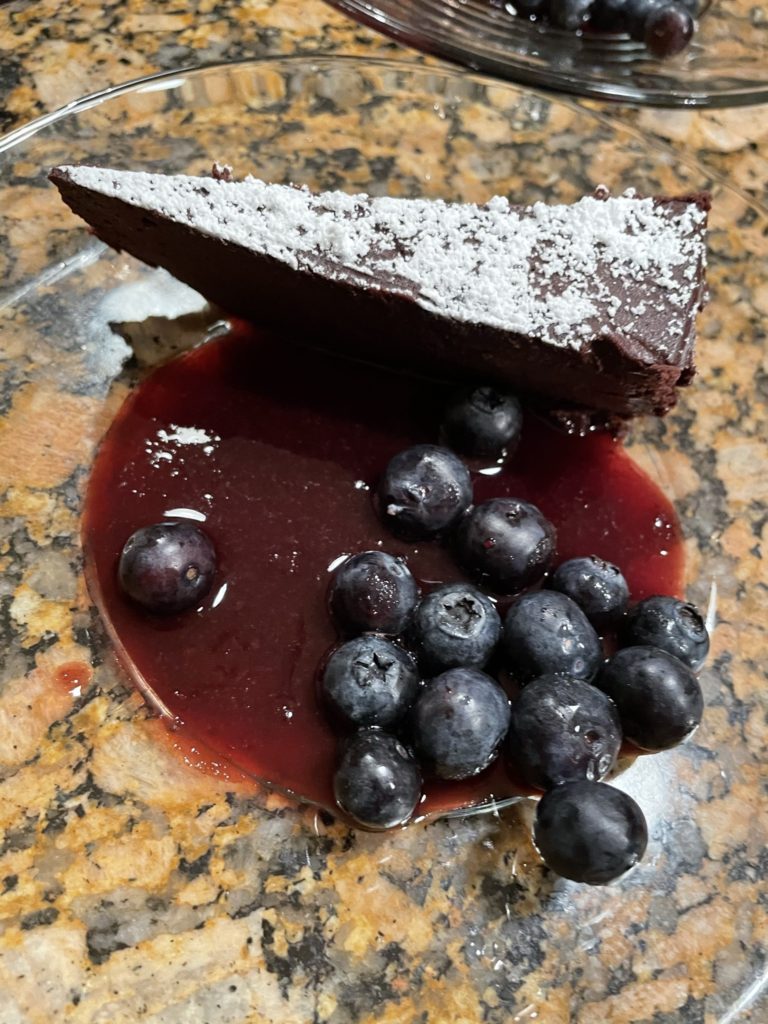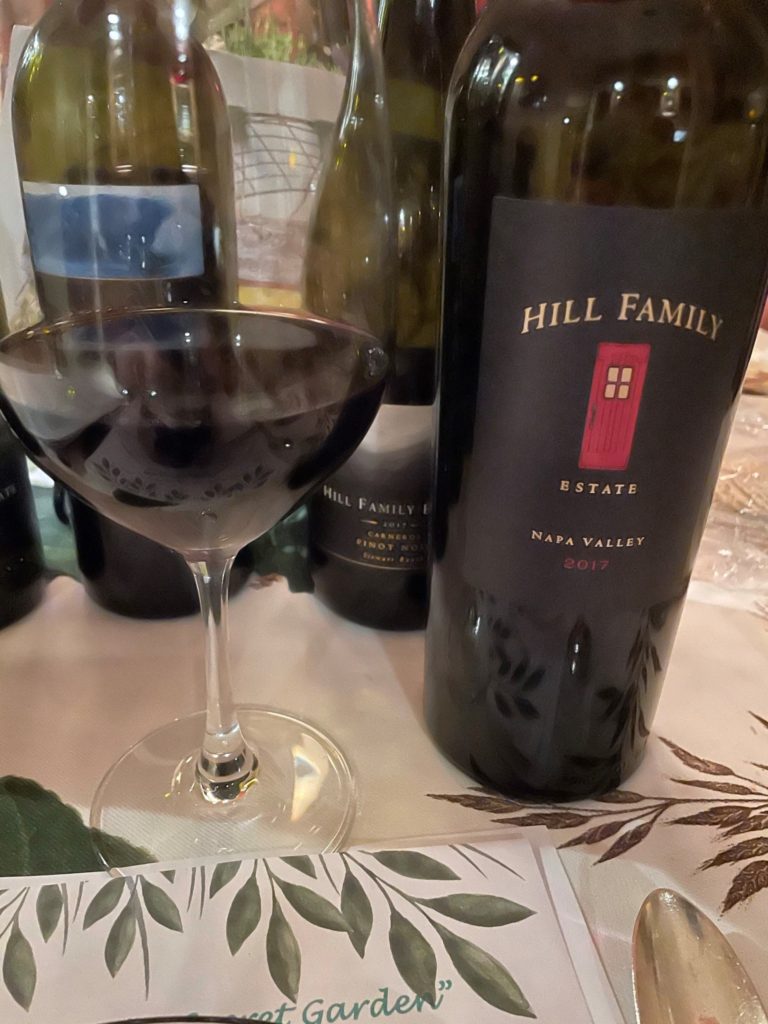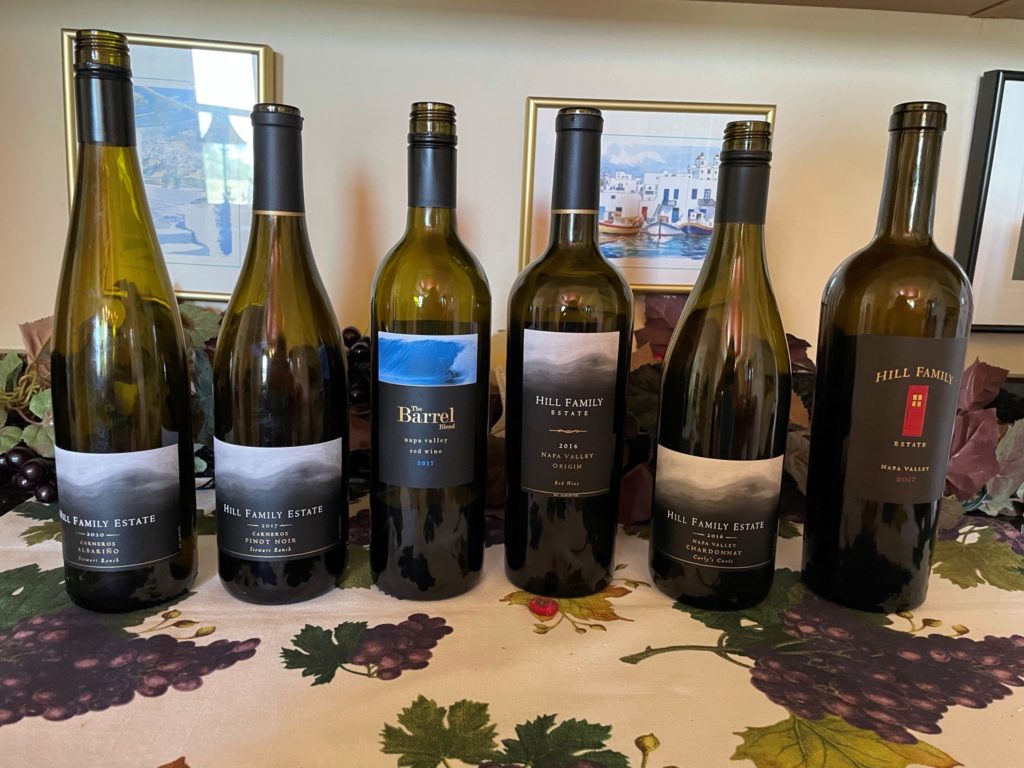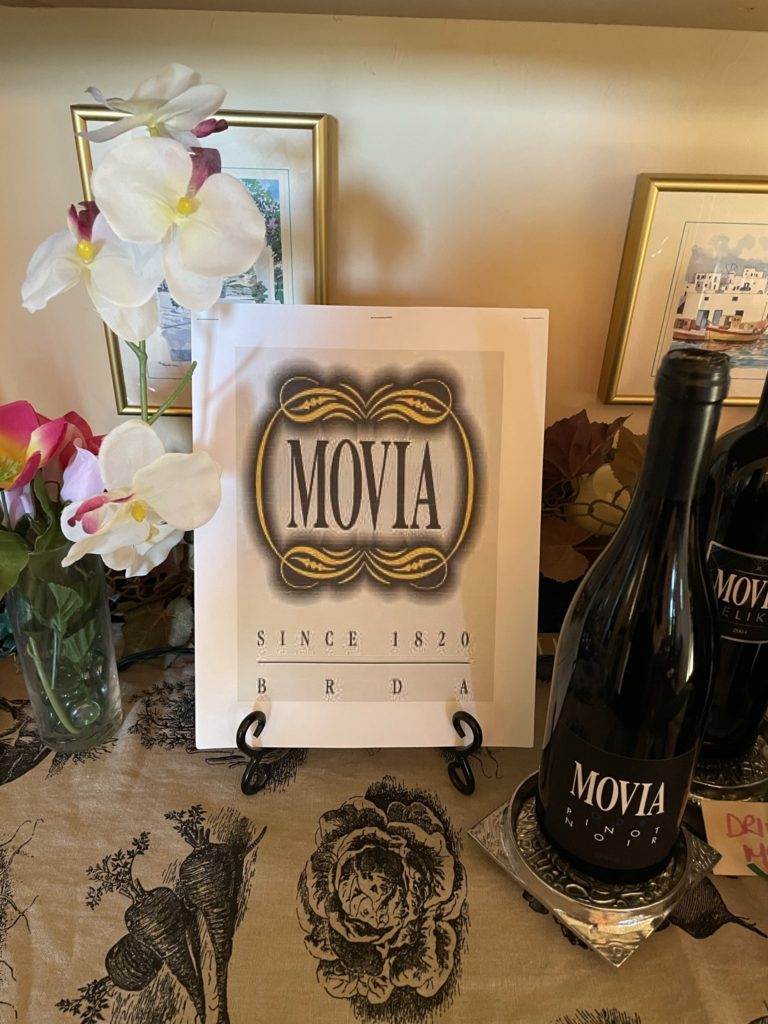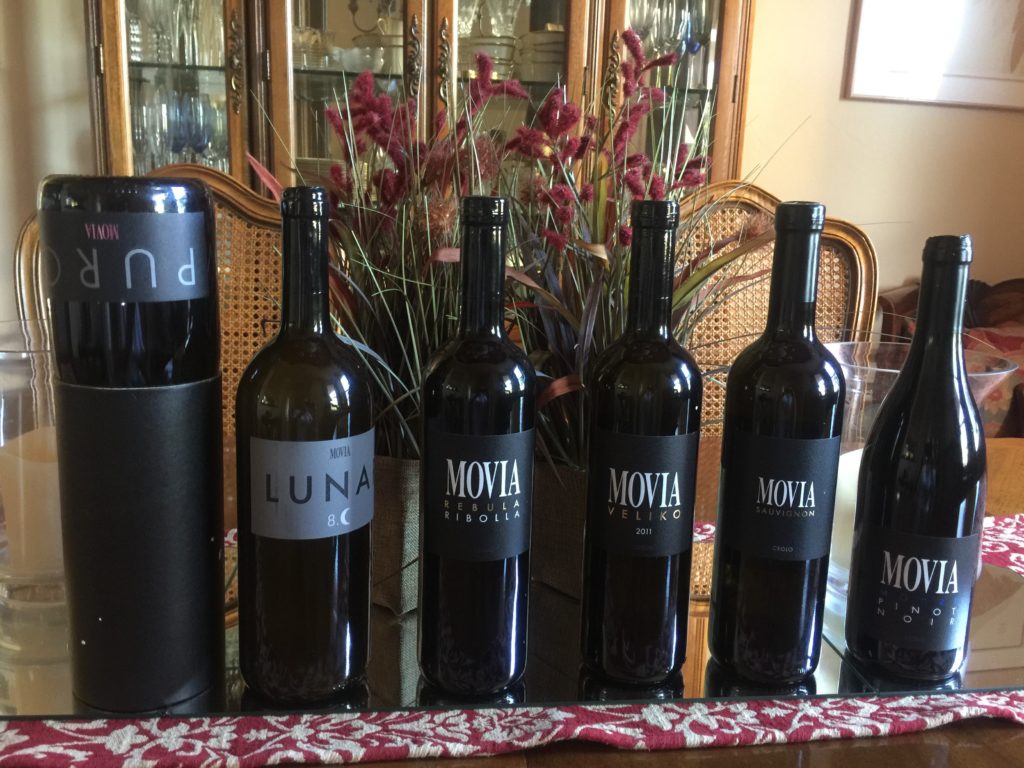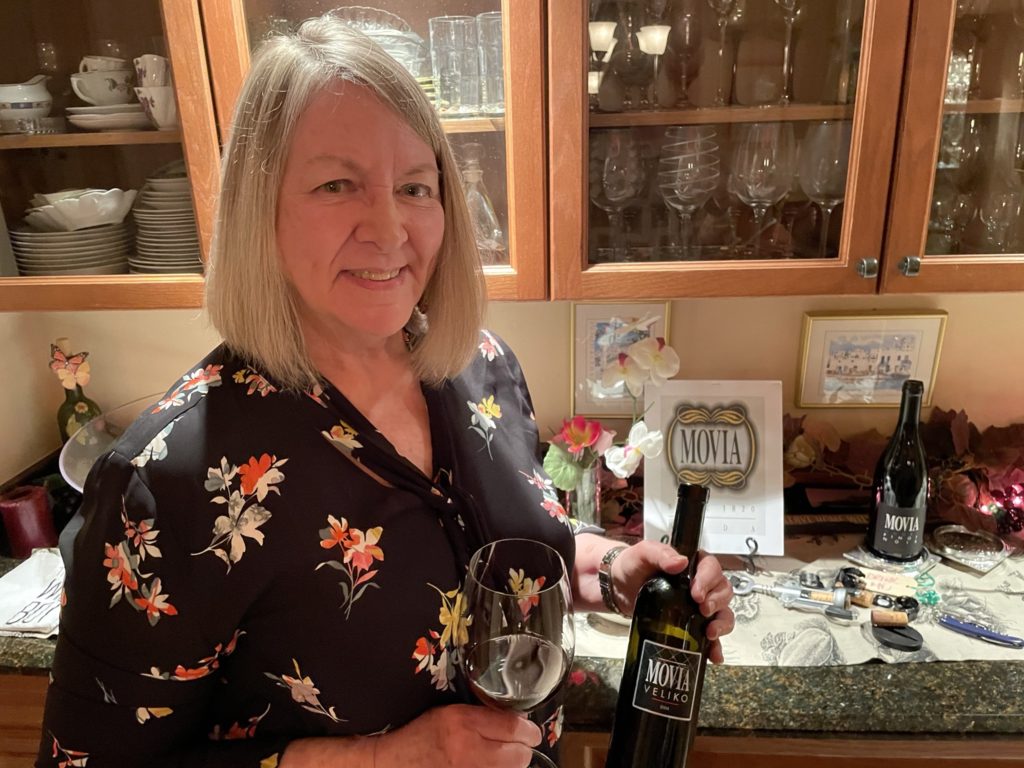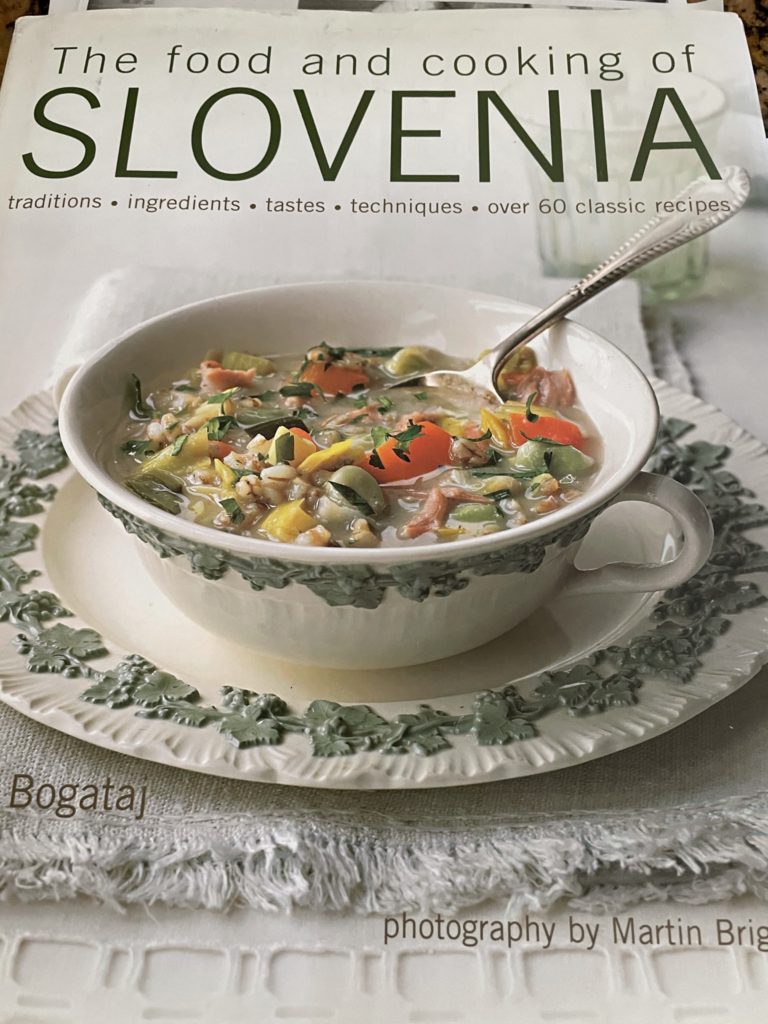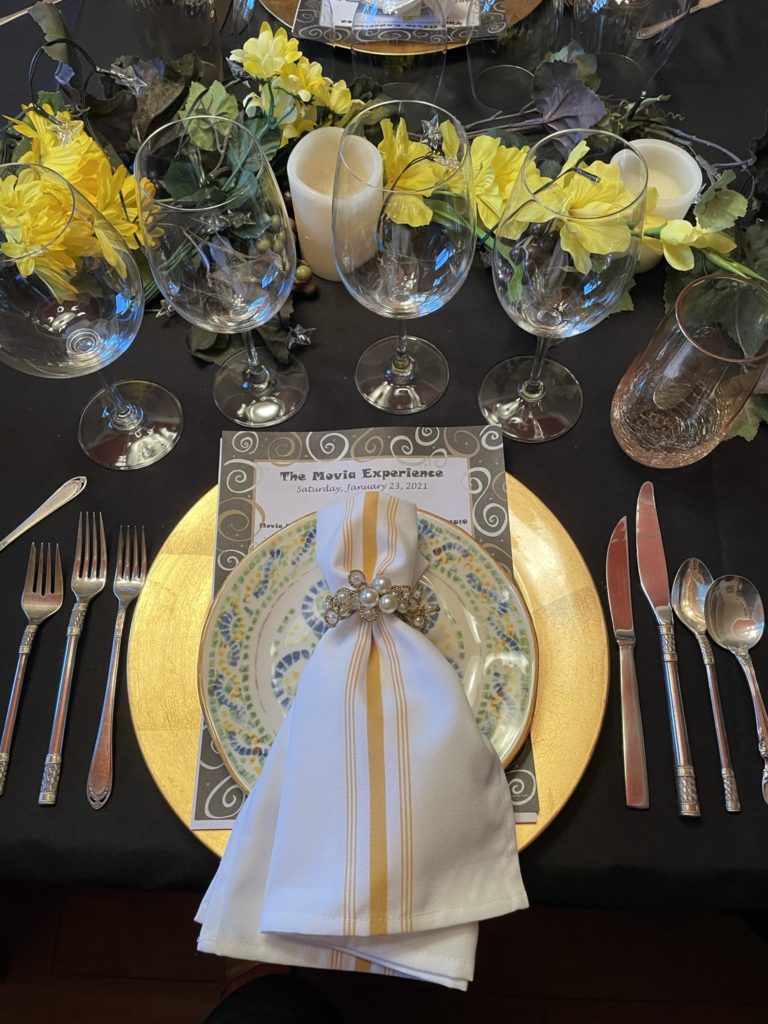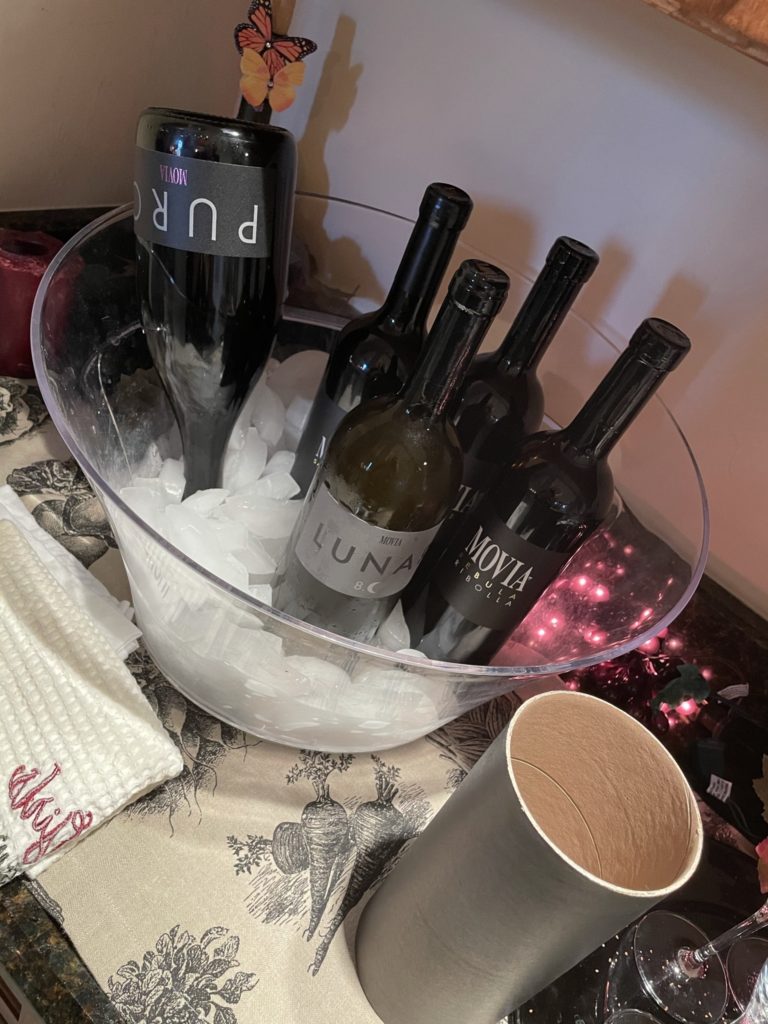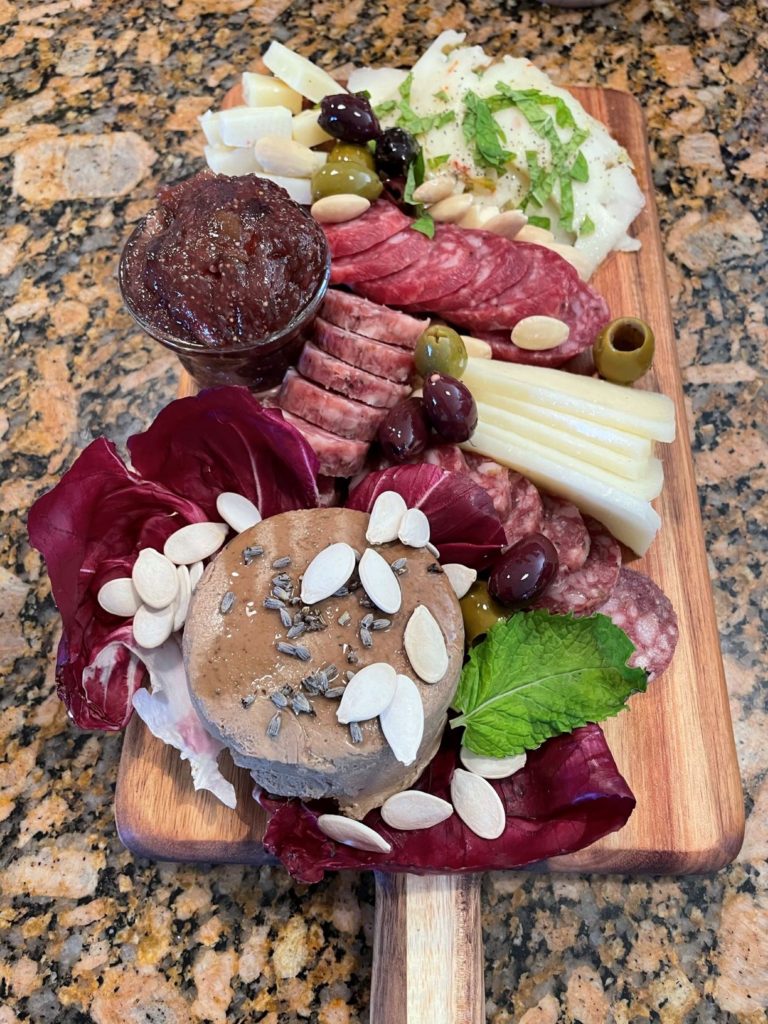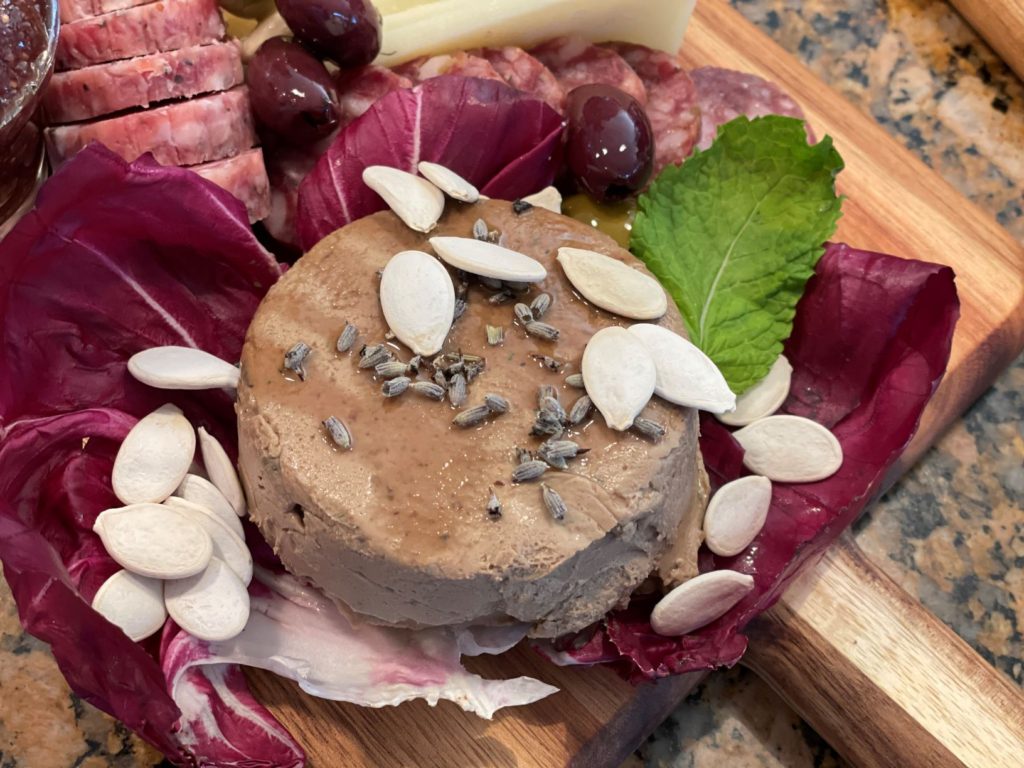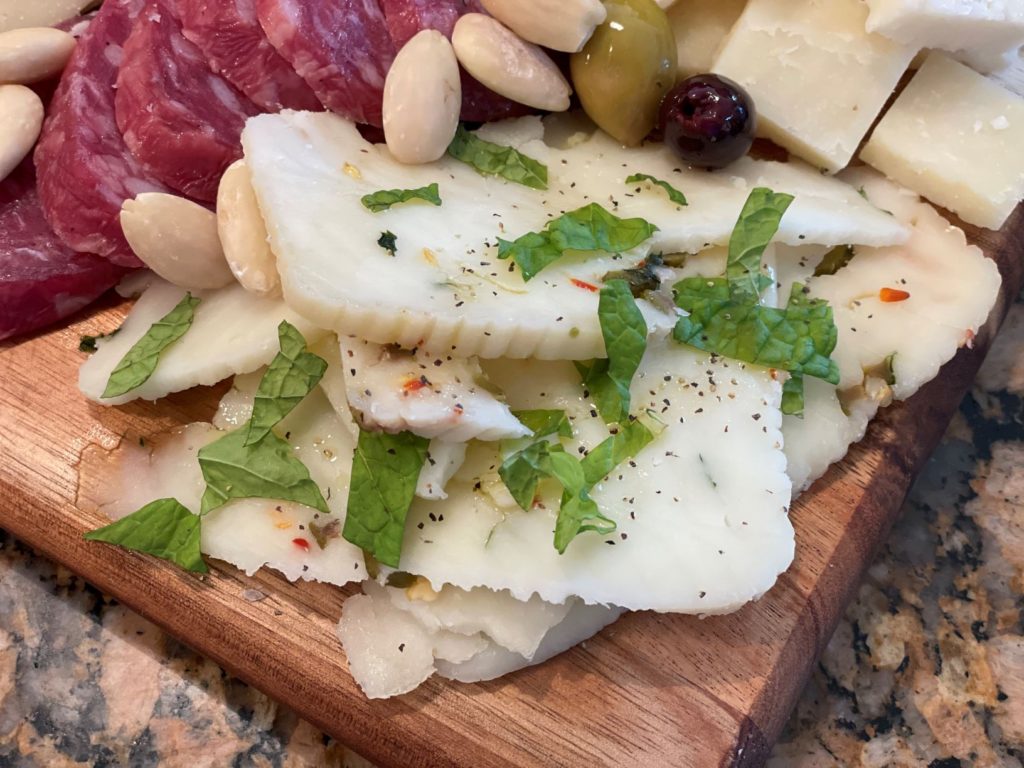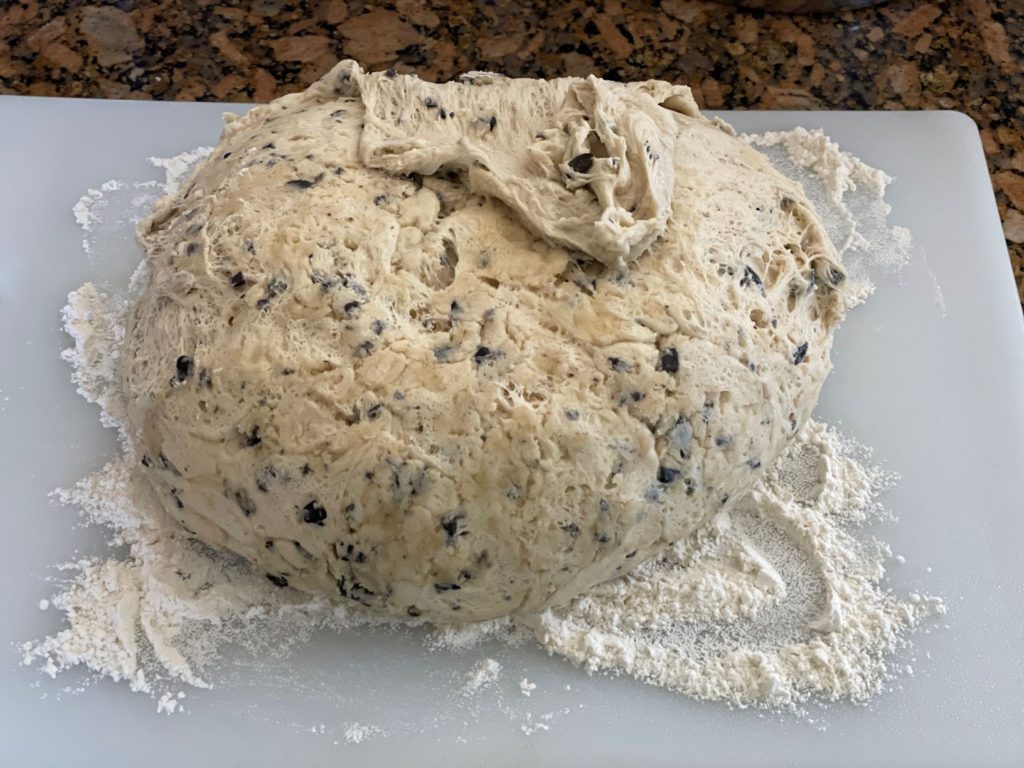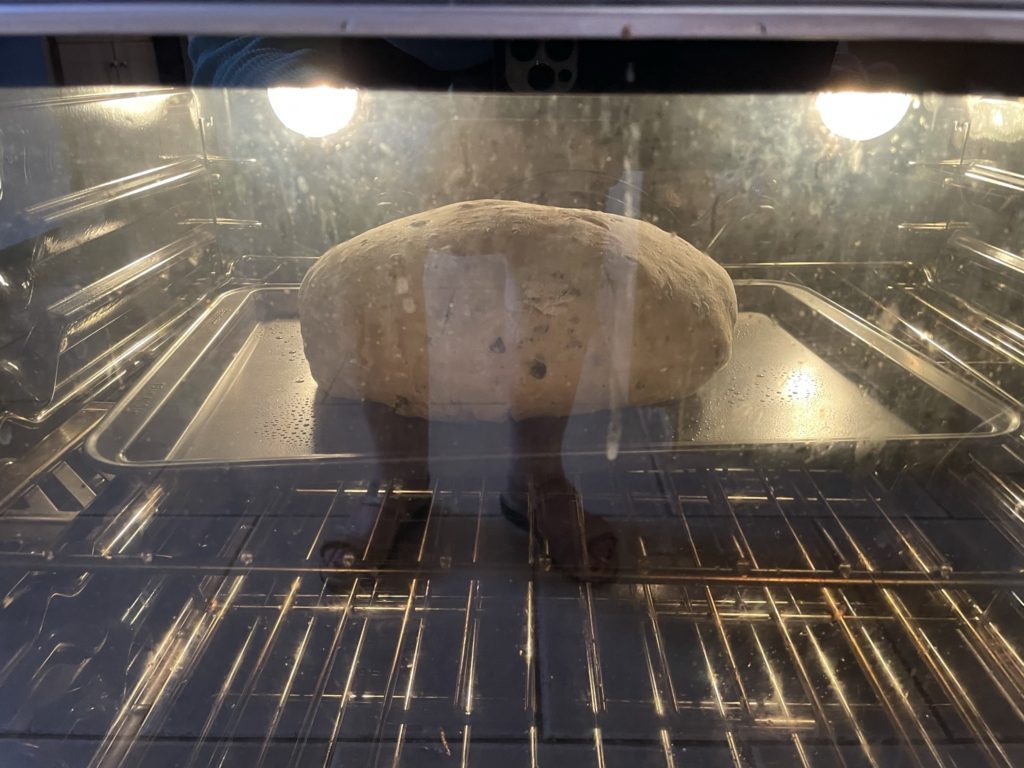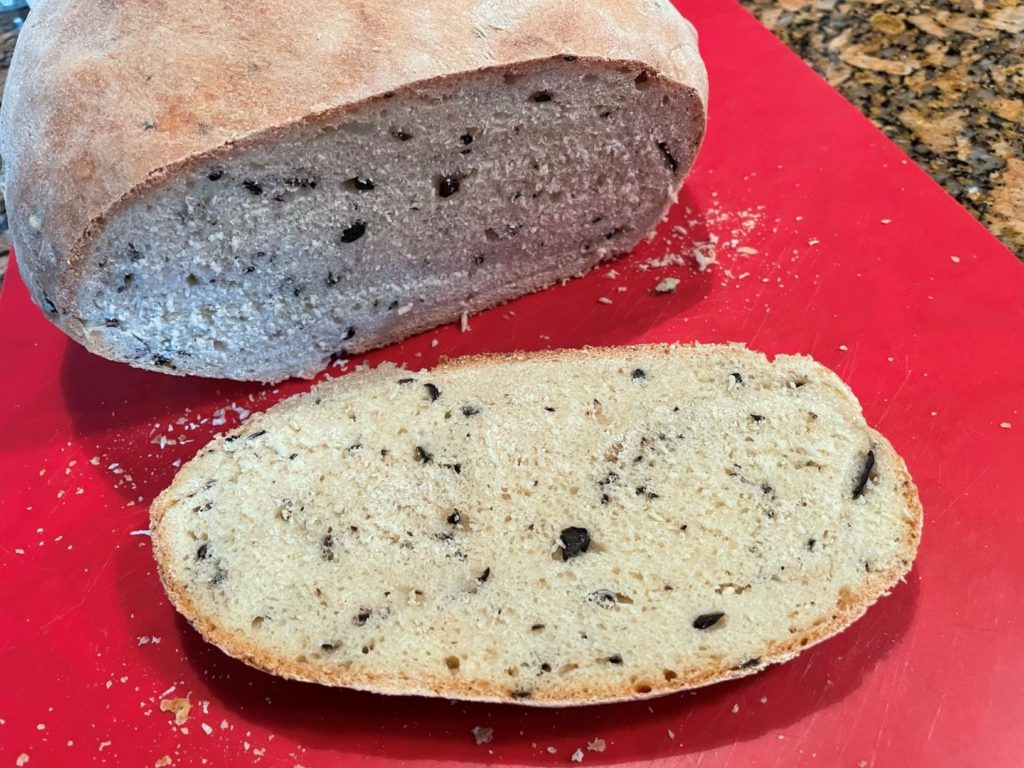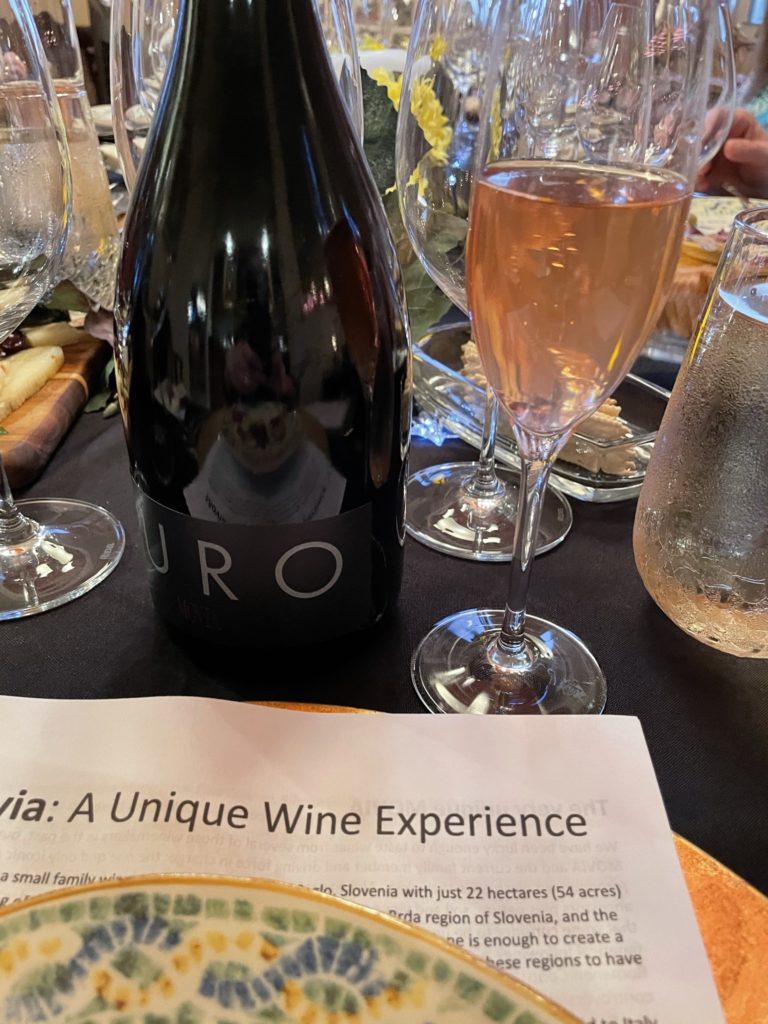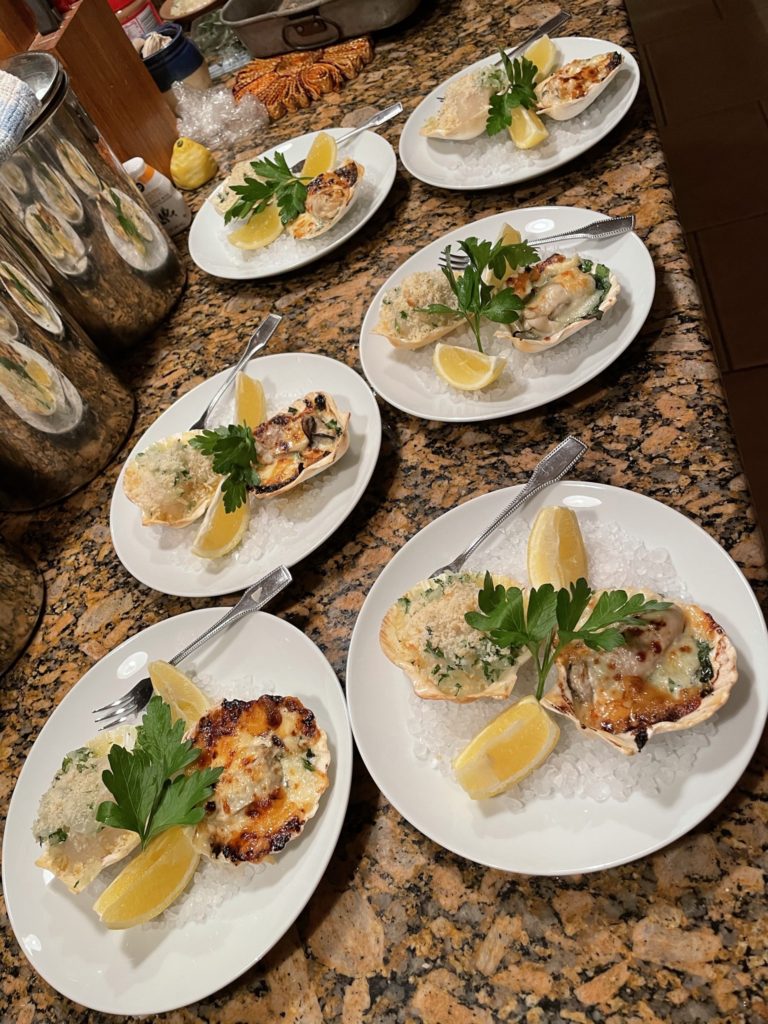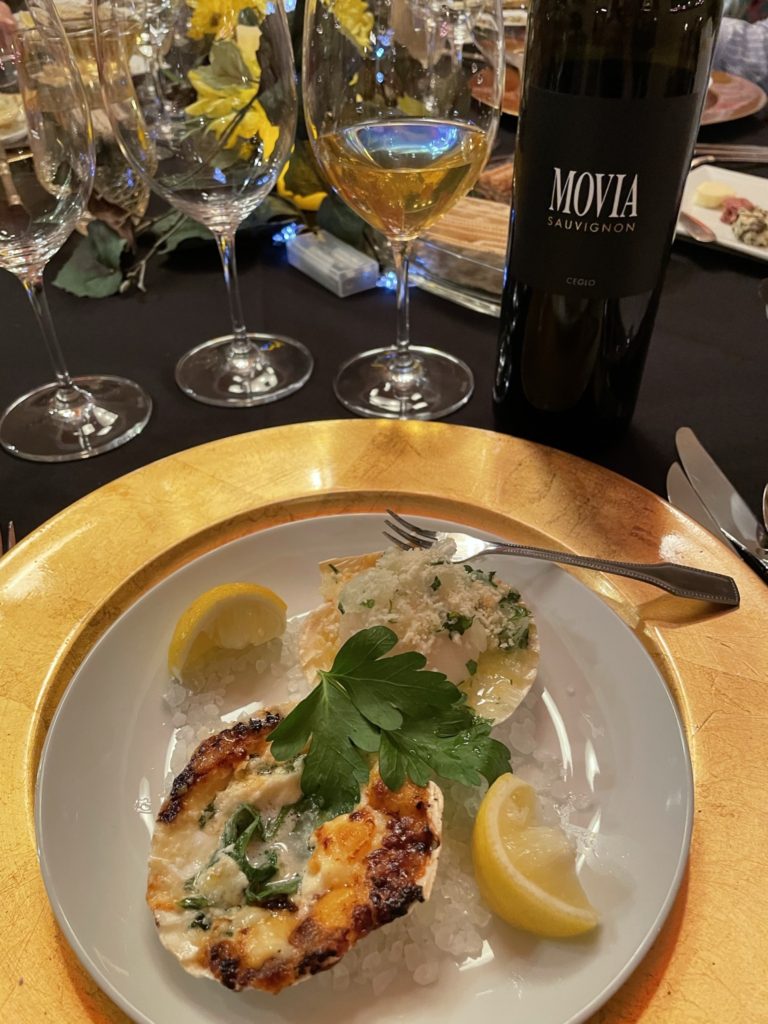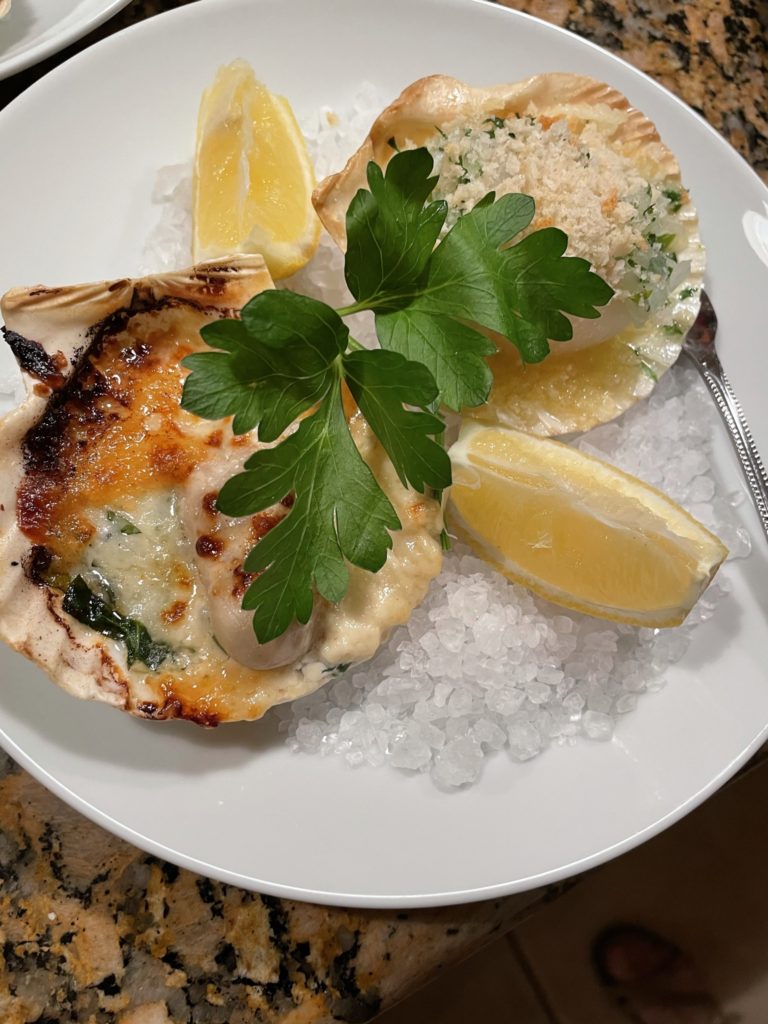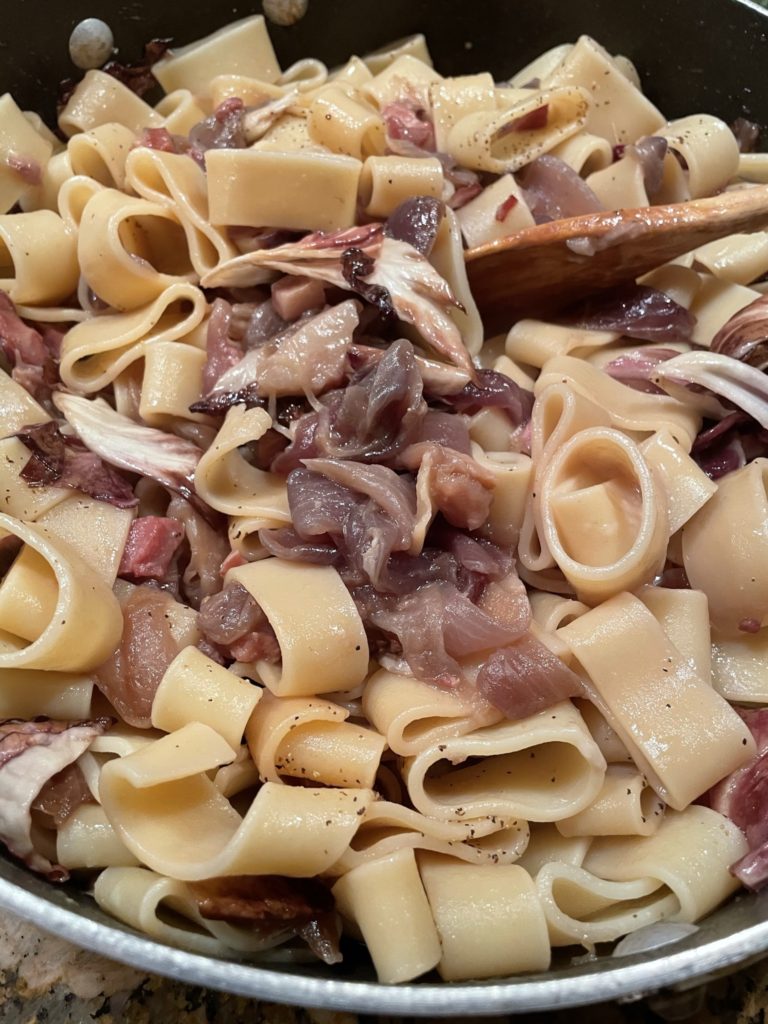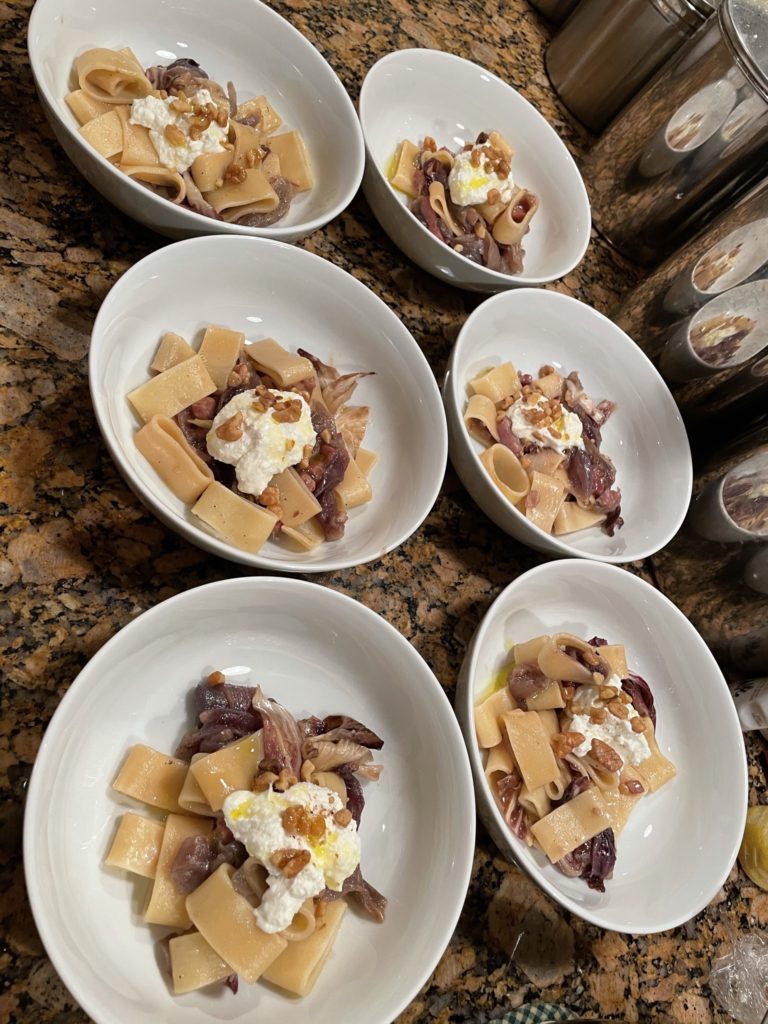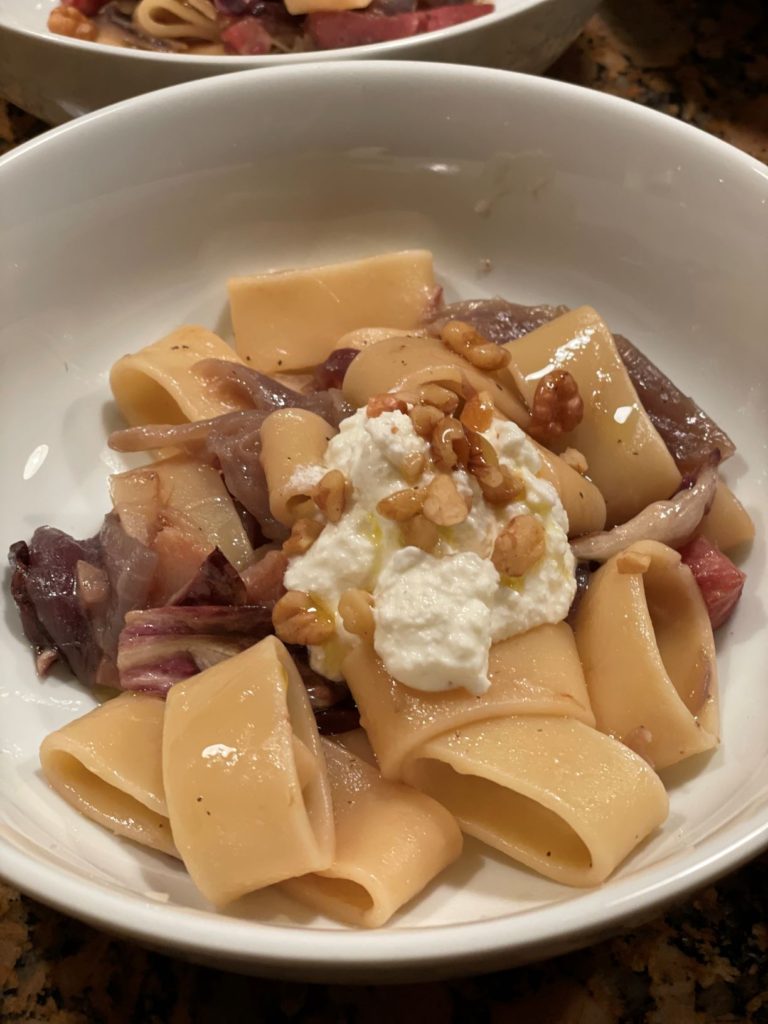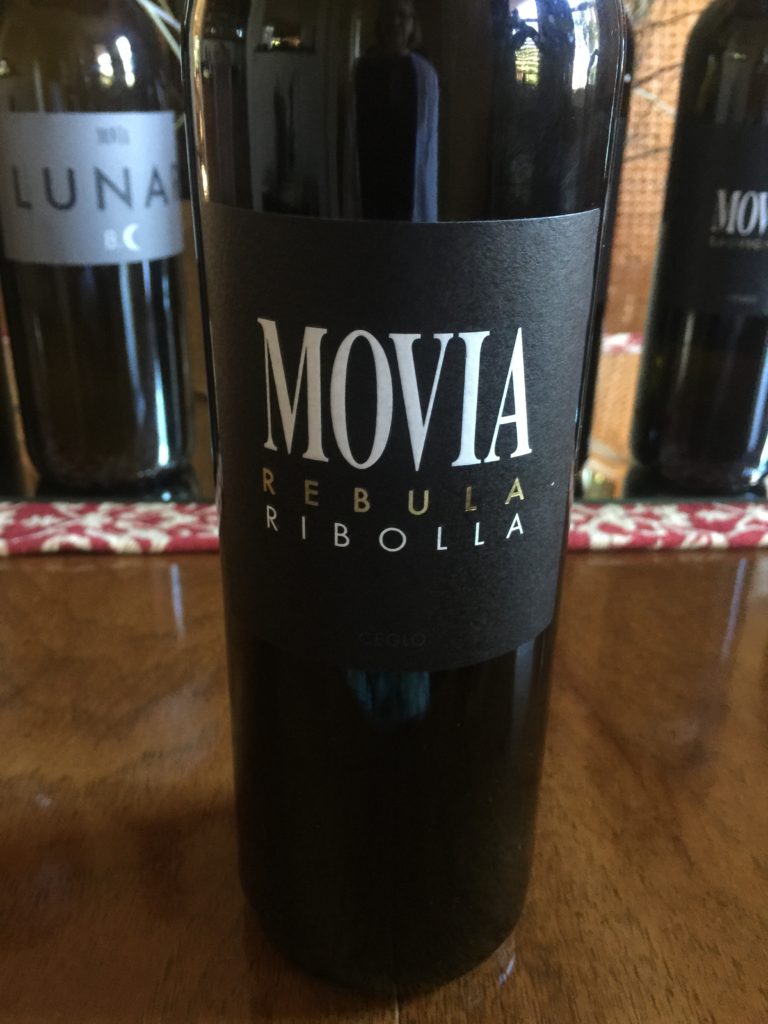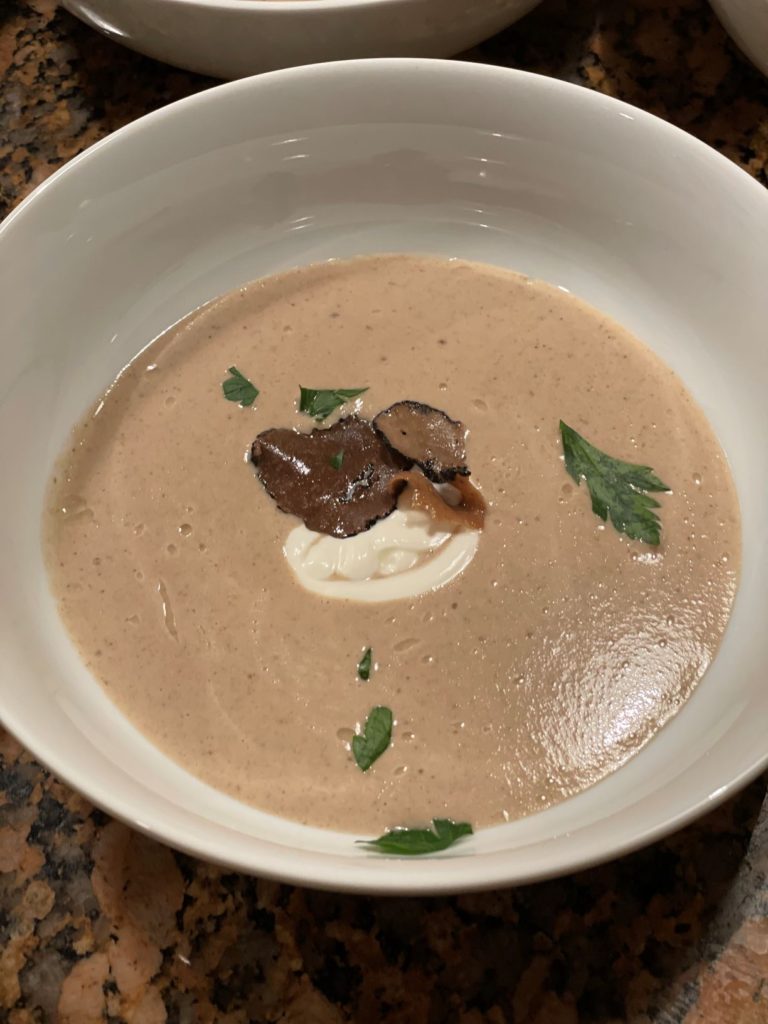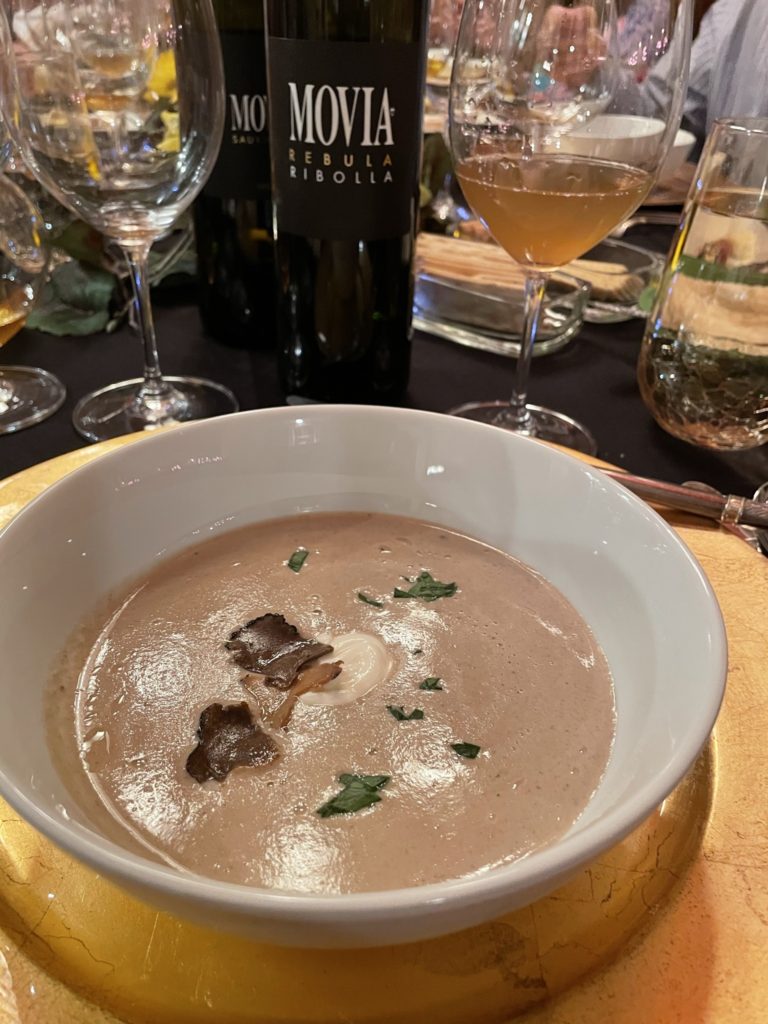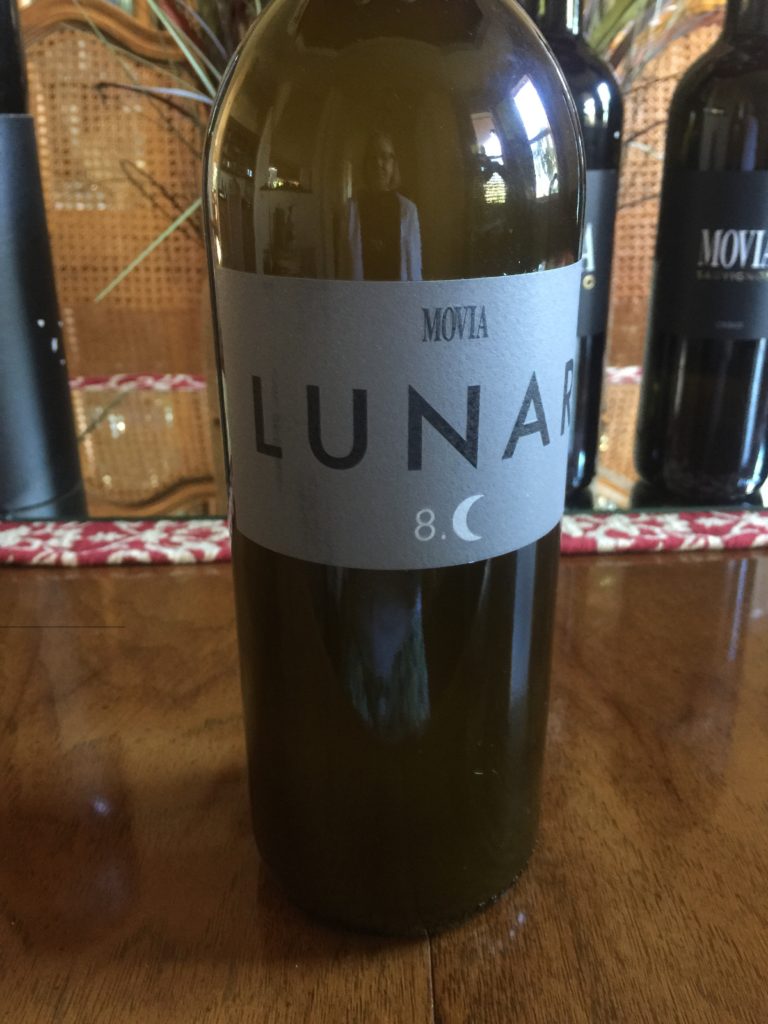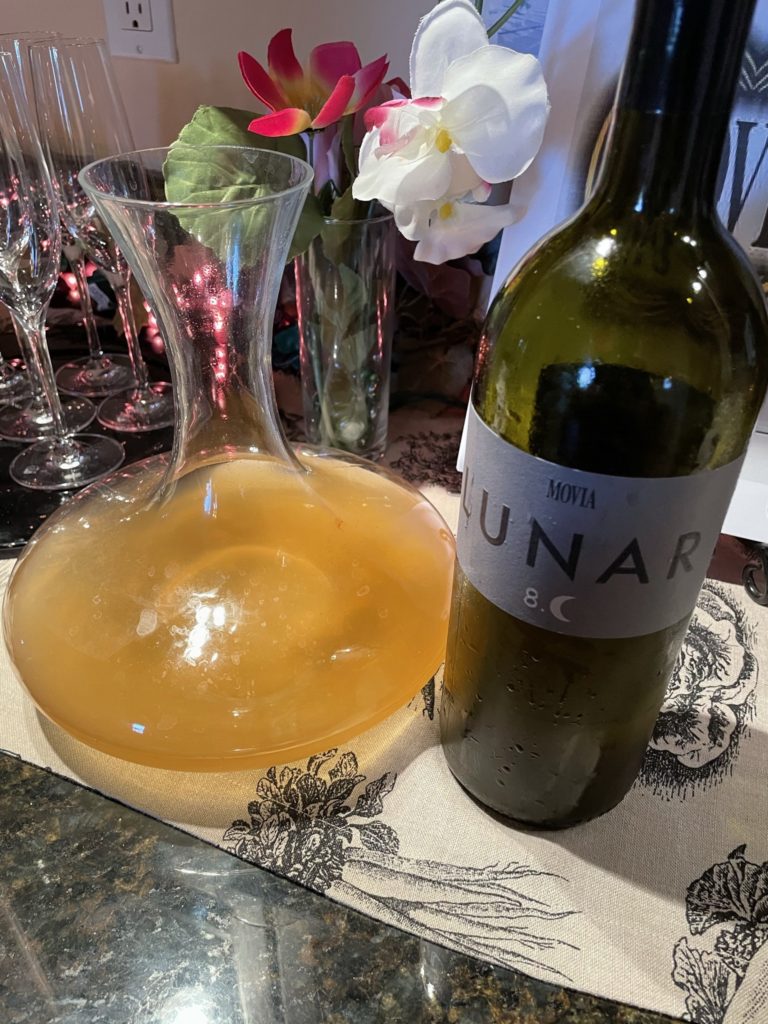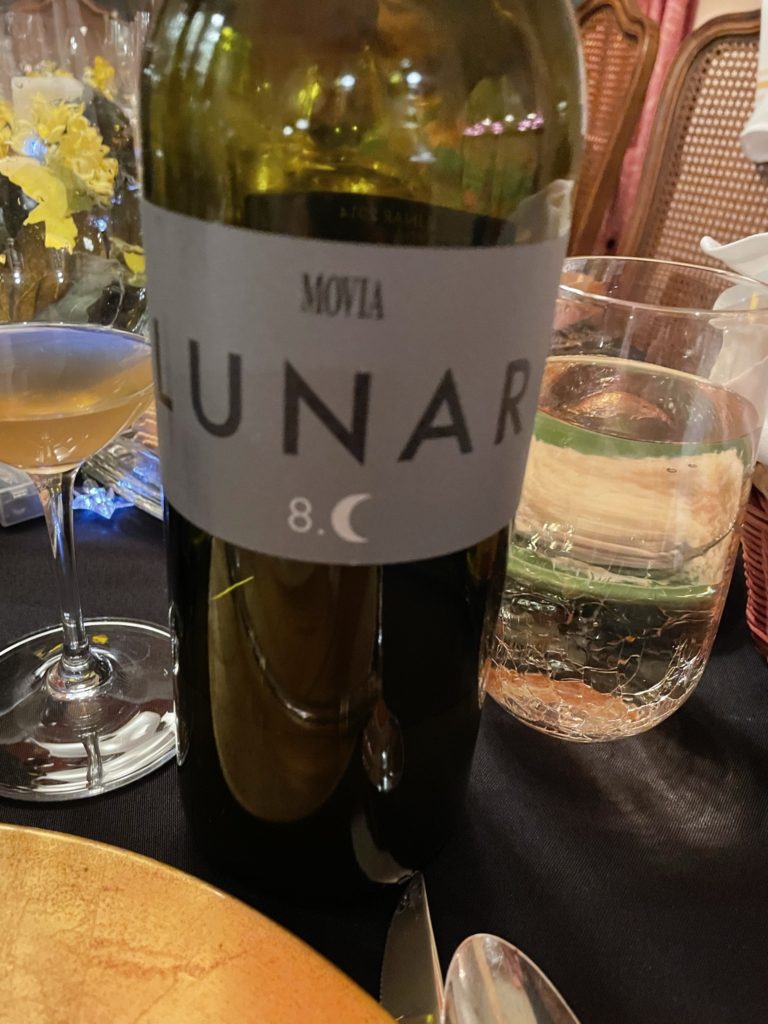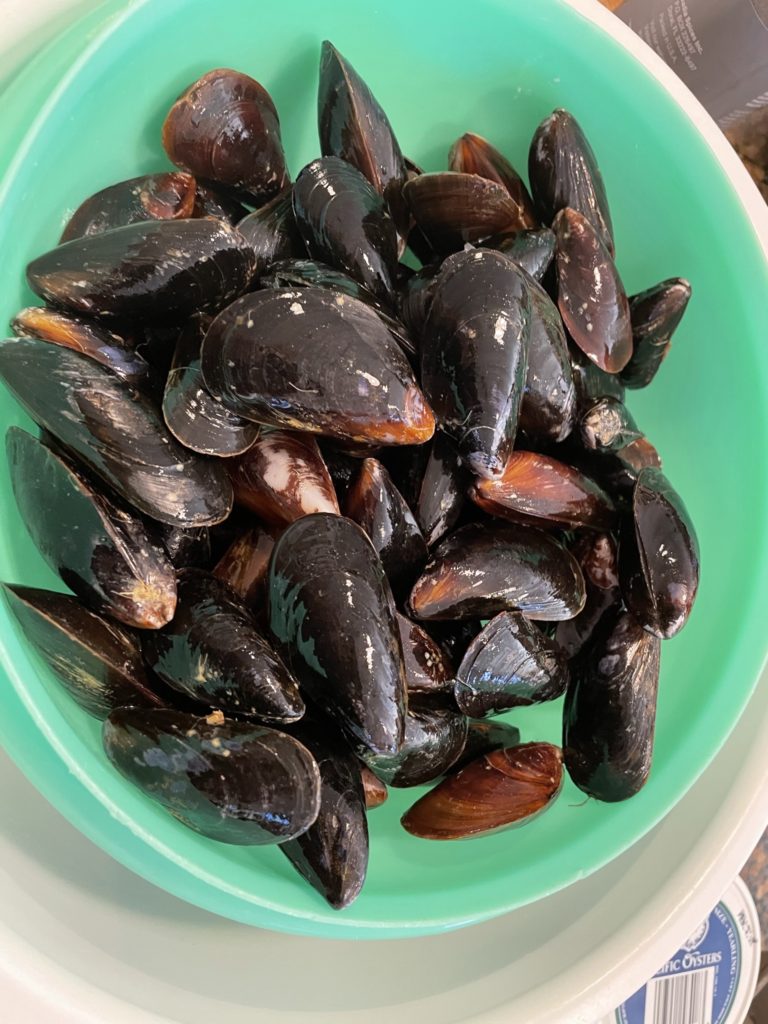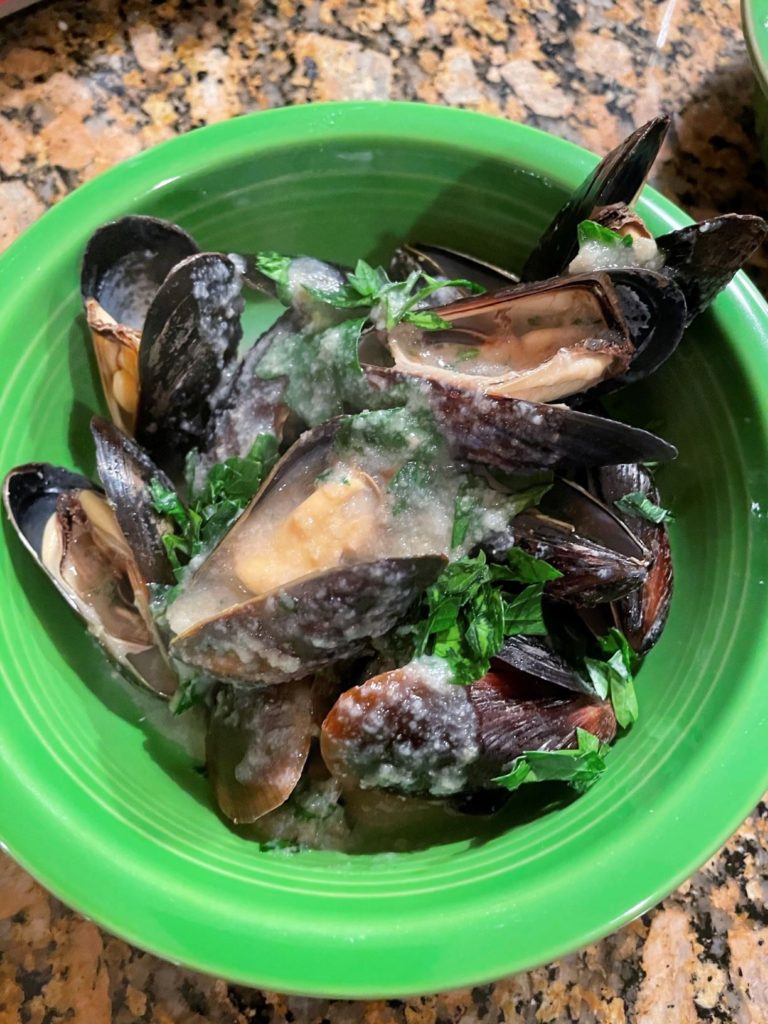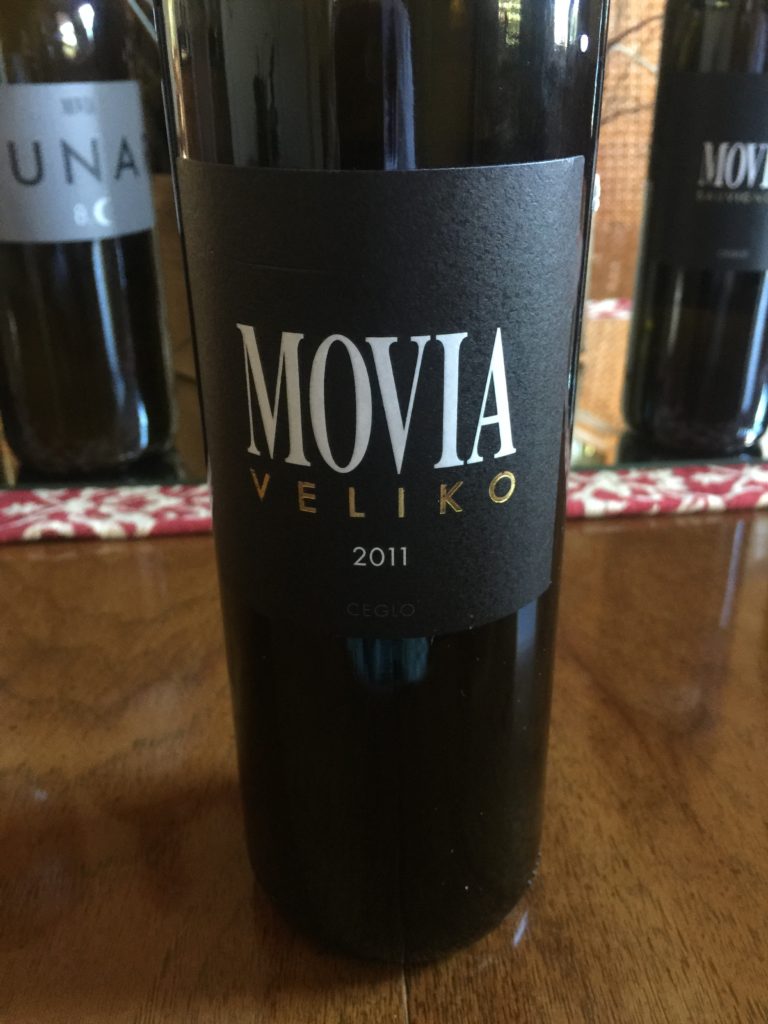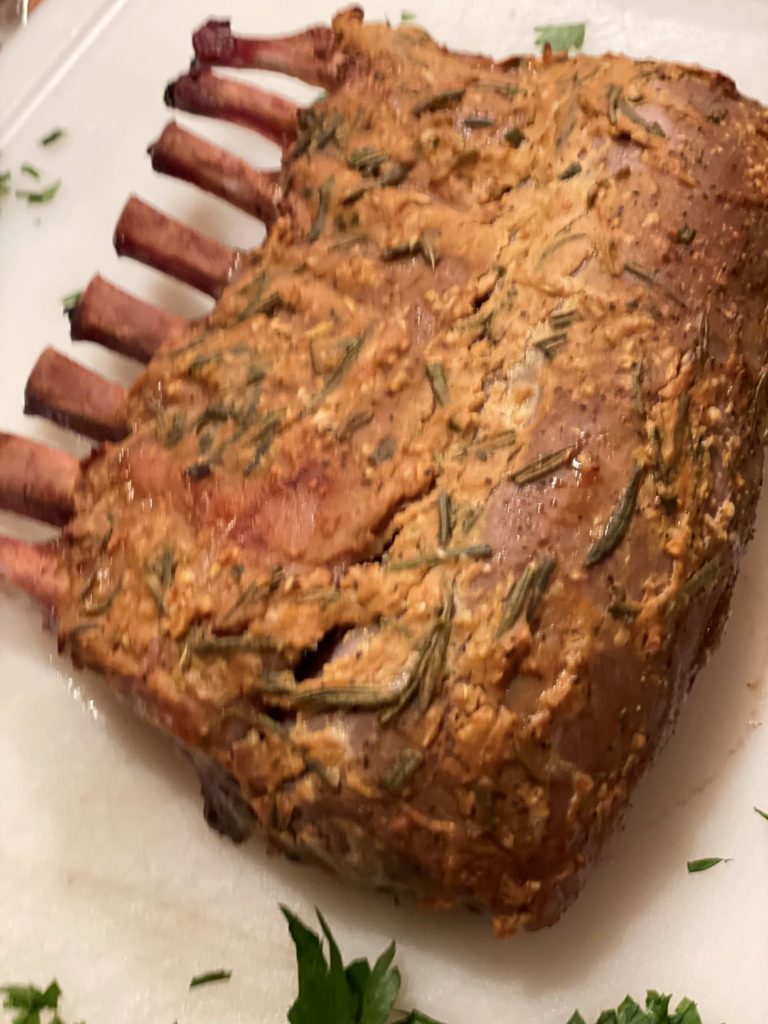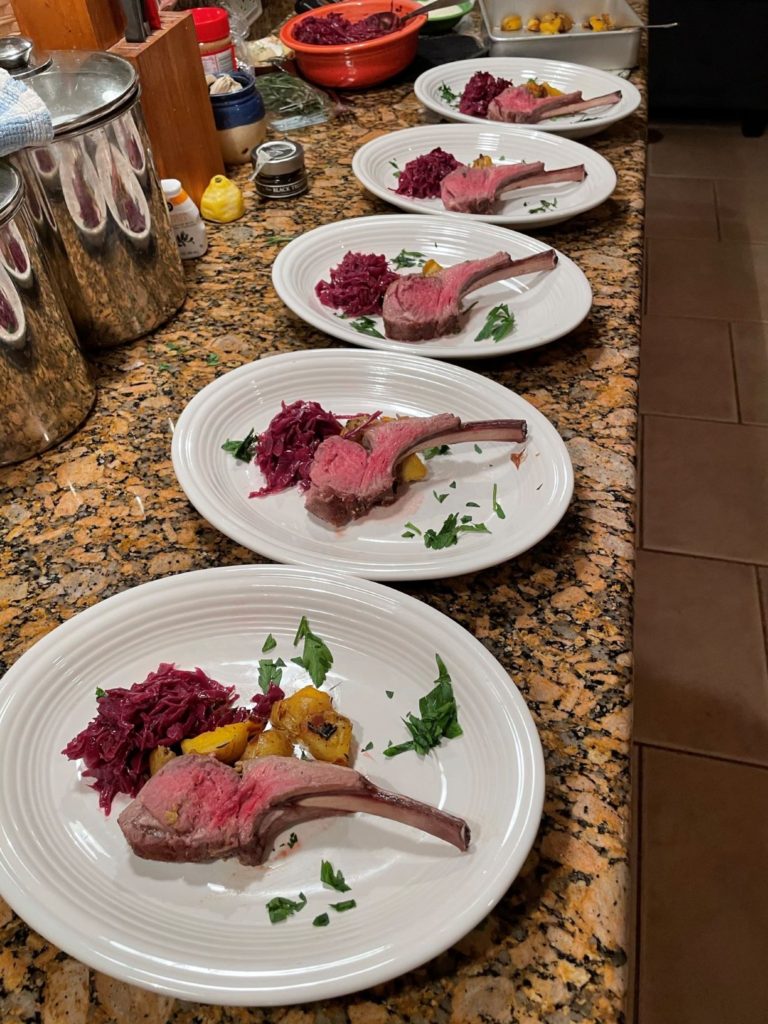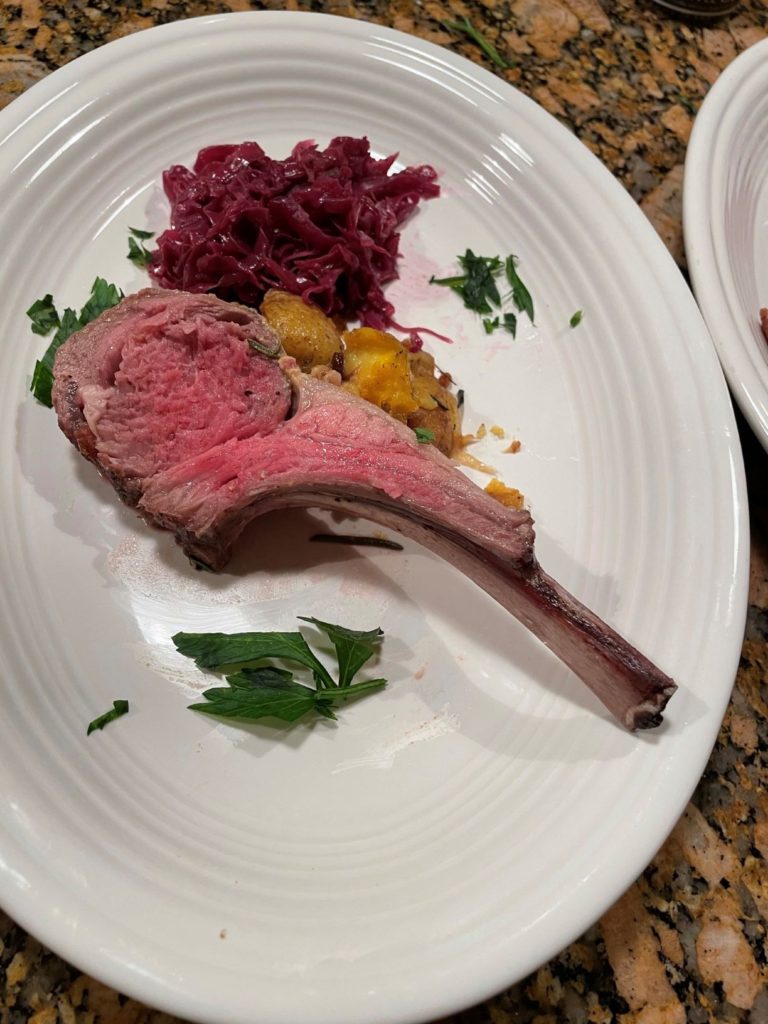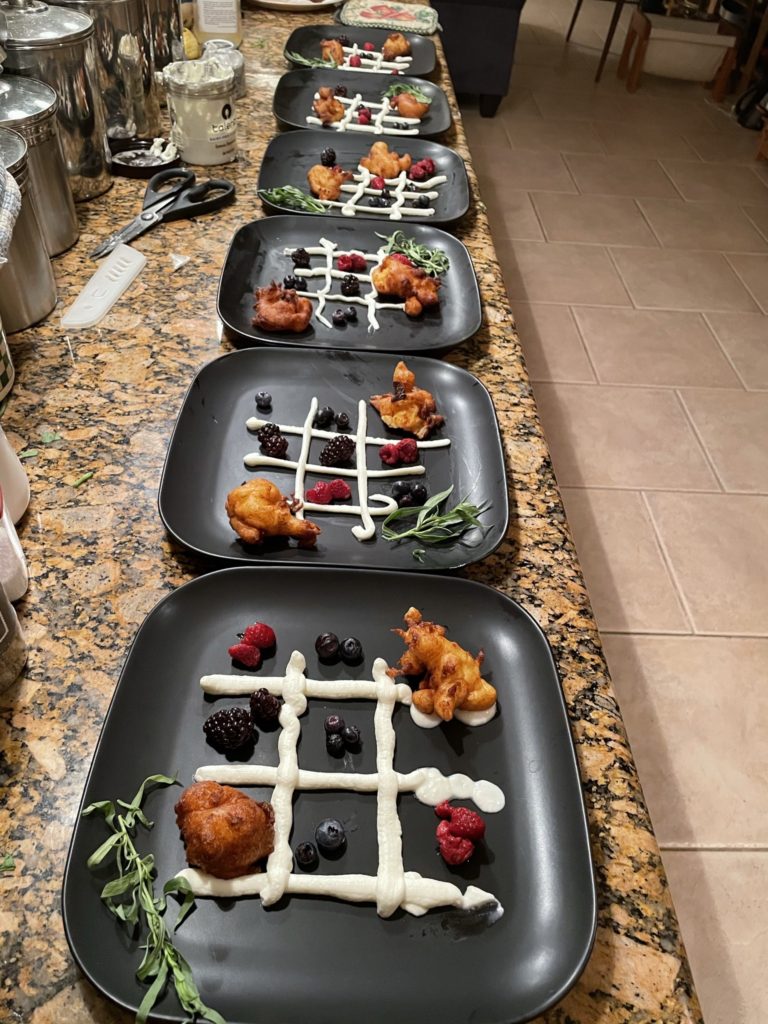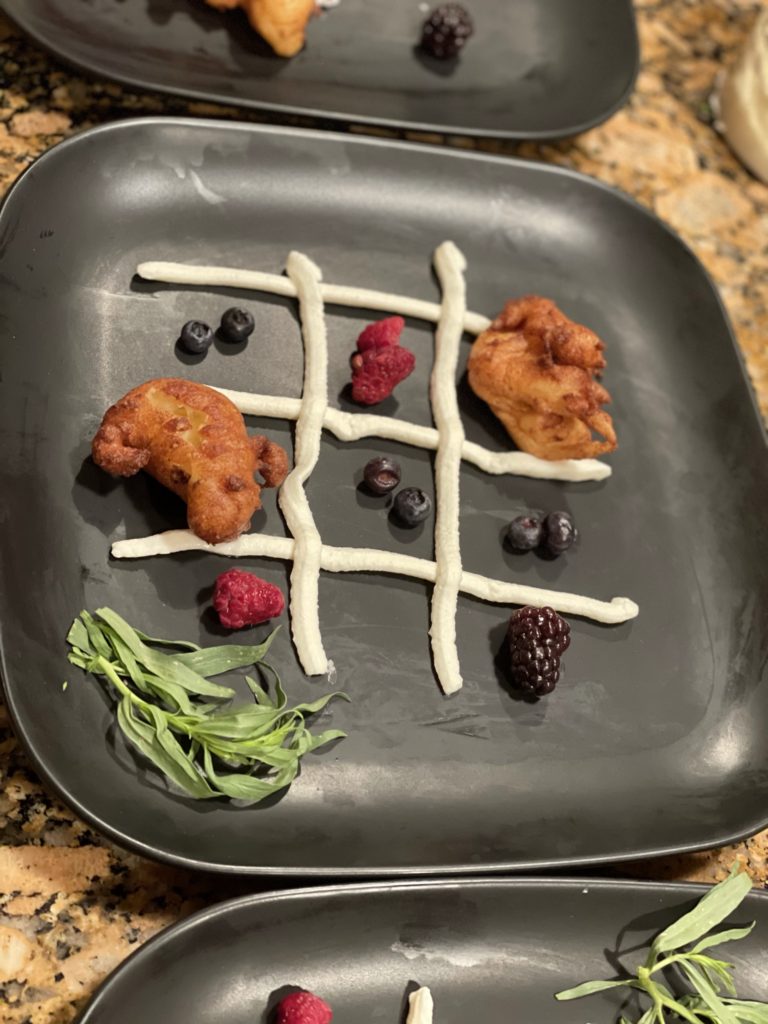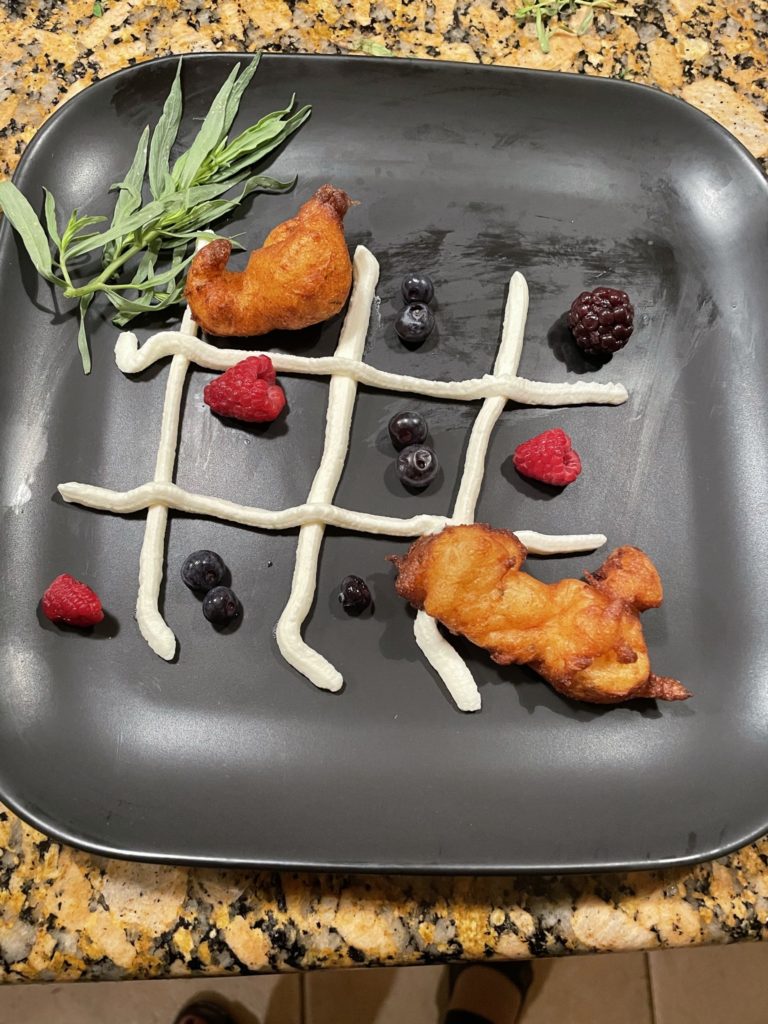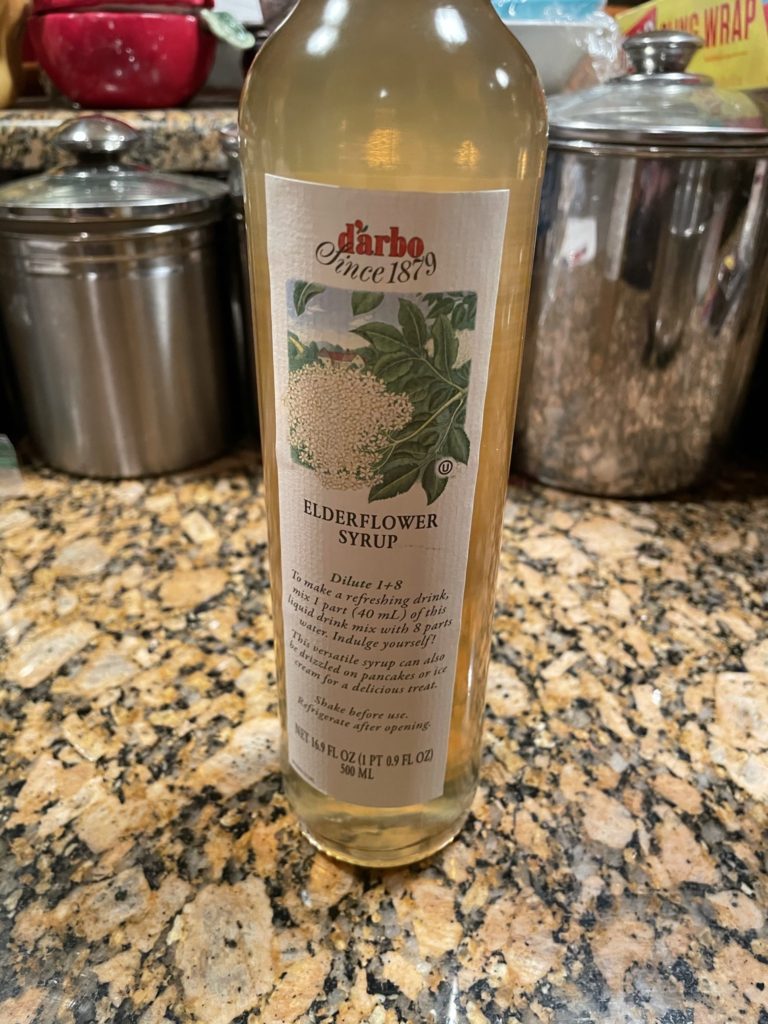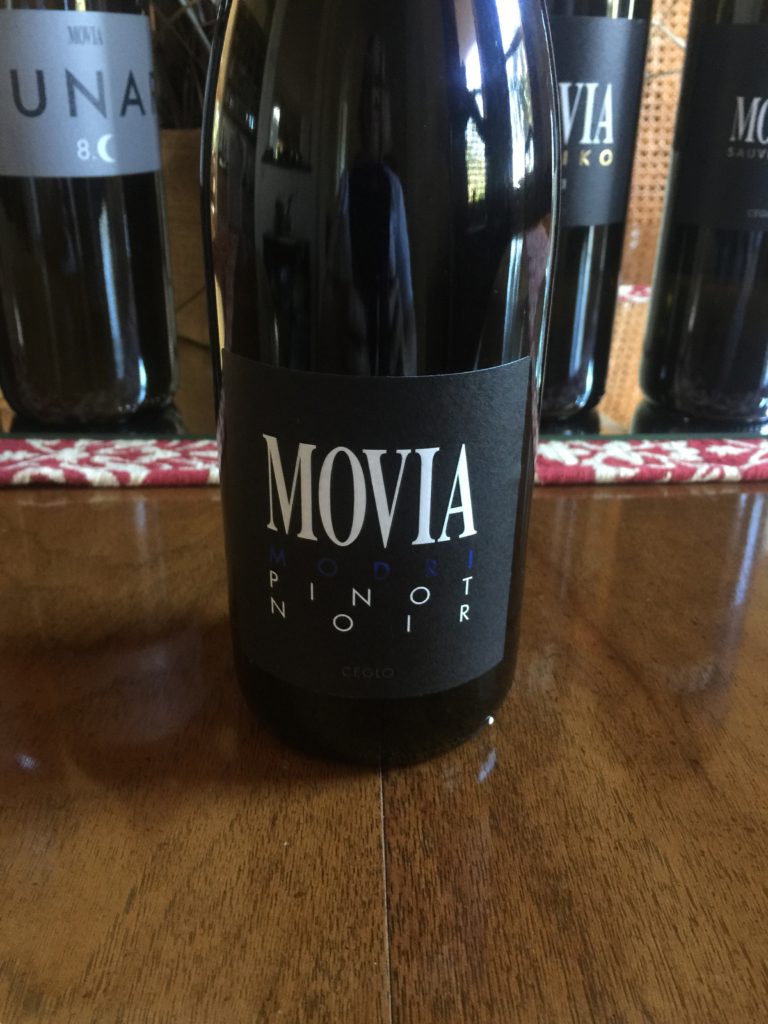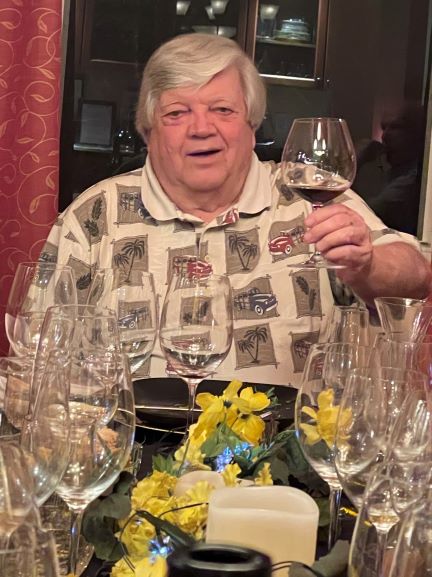Do you search out South American wines for your cellar? Well, quite frankly I don’t. However, that may be about to change! Maybe my opinion of the majority of those wines is quite outdated and just plain wrong! Want to take a journey with me and explore South American wine together?
My husband and I have been seriously drinking, buying and collecting wines for almost 25 years now. We learned about wines from Argentina and Chile several times along the way. There were wine classes, wine dinners and wine tastings. I was right there trying to get a taste of the 2005 Casa Lapostolle Clos Apalta from the Colchagua Valley in Chile when Wine Spectator magazine proclaimed it as their #1 wine of 2008. And I did get a taste. And it was magnificent. But that is a story for another day. That opportunity never came again and we certainly have never gotten excited about South American wine like we have for many many wines from Napa, Sonoma, France and Italy. So many I couldn’t even begin to count them. Then why am I spending hours and hours researching and relearning about wine from South America?
First of all, it began as a challenge from my husband to put together a “South of the Border” wine and food event for some of our foodie winelover friends. You know what that probably means – put together a taco bar and some red wines and its done! OK – I’m up for any challenge involving a wine region and food pairing to go with it. You can read any of my forkandcorkdivine.com articles and verify that! But all of our wine friends know that anything that simple is not my style. So off I went on my journey. Thanks to my usual go-to and trusted sources like Karen MacNeil’s “The Wine Bible” and Madeline Puckette’s “Wine Folly” plus my newest and greatest find of all resources for South America – “The South America Wine Guide” by Amanda Barnes . Plus thanks to a host of others that anyone can find by a few internet searches, I now have a whole new outlook on wines from South of the Border. Since that mainly includes the major players of Argentina and Chile, I have expanded my wine horizon to Peru, Brazil, Uruguay and………Mexico. And yes there are others, but actually I just don’t have the fortitude for so much research anymore. That is just waaay too much knowledge to absorb.
Will we actually be tasting wines from South America in our “South of the Border” event(s)? You can bet on that! And will we have awesome food pairings to go with them? Yes, right again. And there WILL be a taco bar, but there will also be other foods representative of those South American countries. In fact I now have so many wines to taste that I have expanded off into two wine and food events! You will have to read all about the food, the wines we taste, and our new found opinions on South American wine in my next several articles. Now as promised is a current although not terribly deep dive into the grapes and the wine.
How did those grapes get there in the first place?
The Criollas
It is important to get us started on our journey with a little bit of history, and it begins a very long time ago.
Grapes were first brought to South America in the form of seeds or cuttings by the Spanish in the mid-16th century. They came either directly to South America or by way of Mexico, and they belong to a group of grapes called “Criollas”. The word Criollas is Spanish for Creoles, and this group of grapes is also called the “mother grape of the Americas”. The most common grapes of the Criolla family are Criolla Grande and Criolla Chica. Criolla vines are the oldest on the continent.
Listán Prieto: the original Criolla
Listán Prieto, aka Criolla, is a red grape brought from Spain as a cutting. Just like Don Quixote, it originated in the Castilla-La Mancha region in Spain. It is no longer on the Spanish mainland, but there are a few hectares on the Canary Islands. It is now classified as the Mission grape in the Americas but remains as Listán Prieto in the Canary Islands. Today it has many names due to the grape being naturally crossed with so many others. For example there is Criolla Chica in Argentina and Pais in Chile; it’s commonly called Negra Criolla in Peru and Missionera in Bolivia. Listán Prieto was called Misión in Mexico, but spelled Mission in California, New Mexico and Texas. Some 150 Criolla varieties have been identified in South America so far, so I’m not even going to try to keep them all straight!
It’s Pais in Chile
Listán Prieto is now known as Pais in Chile where it was the most planted grape variety until overtaken by Cabernet Sauvignon. By the mid-19th century wealthy Chileans were importing vines from France, and many Bordeaux winemakers moved to Chile thanks in part to the phylloxerra epidemic in Europe. They brought with them typically French varieties like Cabernet Sauvignon, Malbec, Syrah and Carmenère.
In Argentina there’s Cereza and Criolla Grande
Cereza grapes originated in Argentina as a cross between Listán Prieto and Muscat of Alexandria. Argentina is also home to three Torrontés Criolla varieties: Torrontés Riojana, Torrontés Sanjuanino and Torrontés Mendocino. Criolla Grande or “Big Creole” was also born here, but nobody knows who its parents were!
In Bolivia it’s Moscatel de Alejandría….
……. and is the most planted Criolla variety in Bolivia.
And now?
When you have been making wine since the 1500s, we can imagine that early wine was not that great! It was primarily for religious purposes, and no one knew wine would eventually become something to be enjoyed and appreciated like we modern age winelovers do! Then came European winemakers with their vines trying to escape the scourge of phylloxerra, and the wine industry started to look up. They discovered that South America had a lot of reasons why good wine can be made here: climate, soil, etc. You just had to find the right location. Grape growing and wine making eventually became an industry and along with it large scale production and inexpensive wine.
Once again the South American wine industry has undergone a revolution. Foreign investors have made it easier to produce quality wines for both domestic consumption and export. Since the 1980s the focus has shifted to quality or boutique production. Lucky for us!
Now Argentina leads the charge in South American wine production, but Chile is coming up from behind. Not to be left out, Peru, Uruguay and Bolivia produce some fine wines as well. Here are the latest percentages of South American wine production as presented by Amanda Barnes, author of South American Wine Guide, in February, 2023:
Country % of Overall Production
Argentina 45%
Chile 36%
Brazil 13%
Uruguay 4%
Peru 2%
Bolivia 0%
We know that grape and wine production is often influenced by climate-driven conditions, and the year 2020 was unfavorable resulting in a drop in production. Then along came 2021 with quite favorable conditions and wine production grew positively overall – up 19% overall from 2020. Chile for example documented a 30% higher volume than 2020, and it was the largest production ever recorded in the country! Argentina had an increase of 16%. And then there is Brazil with the largest volume recorded since 2008. (Note: Numbers reported in the “International Organisation of Vine and Wine” or OIV.) With that increase in production, there is plenty of well-priced very quaffable value-driven wine (both red and white) available from Argentina and Chile. But there are also exceptional wines worthy of any winelover’s cellar, too.
Nowadays there are top vintners “going back to their roots” making single-vineyard artisan wines that rival the best from Napa or Bordeaux. You may be familiar with Montes and their “Purple Angel” wine, Clos Apalta and the wines of the Lapostolles, Alma Viva and Don Melchor all from Chile just to name a few. Then there are the famous Pinot Noirs from Chacra in Patagonia, the Malbecs of Susana Balbo and the many wines of Catena Zapata. Producers are not only looking for new styles, but also making wines in higher altitudes and cooler climates. They are making good use of the Andes Mountain and Pacific Ocean vineyards. For example, Malbec is still the leading grape of Argentina but Cabernet Franc is really showing up well. Even the Malbecs are now a little fresher and more elegant. Many of these wine growers have moved toward earlier harvesting and making wines with lower alcohol around 12.5%. Some are fermenting in cement as well as longer aging in the bottles.
In Chile, there are many exciting wines made from Carignan, Pinot Noir and Pais. Pais ranges from rustic earthy wine to elegant floral fruity wines more similar to Beaujolais. Just like other old grapes that have fallen from grace, Pais is once again appreciated by a small group of winemakers who are making wonderful wines from wild Pais. Bouchon Family Wines from California make a wine called Pais Salvaje from vines that grow in trees in Chile, and Roberto Henriquez, a Chilean winemaker, is making 94 RP point Pais wine from 200 year old vineyards at the southern end of the Bio Bio River bank.
ZUCCARDI: A Wine Star Award Winner
To further affirm this positive change in direction towards world class wines, the Wine Enthusiast Magazine recently bestowed one of their annual “Wine Star Awards” on Familia Zuccardi. Zuccardi Valle de Uco was selected as the “2022 New World Winery of the Year”. The winery has positioned itself as one of the most iconic wine producers of the Uco Valley while continuing to elevate the regions. They have taken a Burgundian approach to their mountain wines which are classified according to where the grapes are grown across four tiers: Vinos de Region (regional wines), Vinos de Pueblo (village wines), Vinos de Paraje (lieux-dits or small geographical areas) and Vinos de Finca (single vineyard). The Zuccardi Family has been in Uco Valley since the early 2000s and continues to show that Malbec is not the only star in the region. But their stars do shine brightly – Zuccardi Finca Infinita Gravascal 2018 received a 100 point rating from Robert Parker and they have had wines with 100 RP points for 3 years in a row.
The Zuccardi family began in the wine business three generations ago in 1963 when Alberto planted a few acres of vines in Maipu. The Zuccardi Valle de Uco came to be when Sebastian and his father, Jose, put their last name on a wine made in their Santa Julia winery, Zuccardi Q. While Sebastian was an agronomy student in college, he insisted that the family invest in Uco Valley. Evidently the family believed in him and planted about 700 acres of vines all organically managed eventually opening a state-of-the-art winery, Piedra Infinita, in 2016. He is now one of the most forward thinking winemakers in Argentina and their winery focuses on premium wine from Uco Valle. Alberto Zuccardi has even been named Argentina’s brand ambassador by the Argentina government. He is one of three wine industry professionals who promote the country internationally through its culture, products, services and national talent.
Zuccardi vineyards:
Piedra Infinita is in the heart of the alluvial plain of the Tunuyán River. It expresses the diversity of chalky soils of Paraje Altamira. Grape varieties include Malbec, Cabernet Franc, Bonarda and Tempranillo.
Piedra Infinita is also the name of the home estate plus their restaurant overlooking the vines.
Canal Uco is in the northern part of Paraje Altamira and has Malbec, Cabernet Sauvignon, Ancellotta and Caladoc. It’s irrigated with waters from the Uco Channel.
Los Membrillos, at the east end of Paraje Altamira, grows Malbec, Cabernet Sauvignon, Cabernet Franc, Petit Verdot and Semillon.
Las Cuchillas is a true mountain vineyard on the alluvial fan of the Las Tunas River and just 600 meters from the first ridges of the Andes. It grows Malbec, Cabernet Franc, Bonarda, Chardonnay, Verdejo, Albarino, Semillon and Riesling.
Las Cerrilladas grows Malbec, Cabernet Franc and Chardonnay in alluvial soils of the Las Tunas River.
Agua De Las Jarilladas is named for the stream that flows from the Jaboncillo hills toward the Peral Hills. It grows Malbec, Cabernet Franc and Chardonnay.
Zuccardi wines:
Zuccardi Serie A and Serie Q are considered regional wines and are an accessible introduction.
Serie A offers Malbec, Bonarda, Cabernet Sauvignon, Syrah, Torrontés and Chardonnay-Viognier.
Serie Q offers Malbec, Cabernet Franc, Tempranillo, Cabernet Sauvignon and Chardonnay.
Poligonos reflects on the regions where the wines come from: Paraje Altamira, San Pablo, Gualtallary and Tupungato. The focus is on single varietals including Malbec and Cabernet Franc.
Zuccardi Concreto is a Malbec which has been vinified in concrete with no oak. It was a landmark wine in Argentina and reflects the growing tendency of Zuccardi to focus on the pure fruit expression. Zuccardi has about 200 concrete amphorae for the single blocks of wine.
Jose Zuccardi – Emma Zuccardi – Tito Zuccardi are family wines made in ode to different members of the family. Emma is a Bonarda, Jose is Malbec-dominated and Tito is a Malbec blend.
Zuccardi Fosil is their top level Chardonnay and shows a very fresh focused style from San Pablo.
Zuccardi Aluvional is a range of red wines reflecting on individual vineyards or soil types. They are very expressive, each with a different character.
Zuccardi Finca Piedra Infinita – Finca Canal Uco – Finca Los Membrillos all focus on the identity and personality of a specific vineyard or parcel within a vineyard. These are the most iconic Zuccardi wines and will age well for a long time.
THE COUNTRIES
ARGENTINA
The Argentinian fine wine industry came to being with the end of the 20th century due to both Argentine and foreign-owned wine estates. Prior to that wine was dirt cheap and very ordinary. In the 1990s Argentina watched Chile reinvent itself and decided to give it a try thanks to wineries like Bodega Weinert and Catena Zapata.
Argentina is the second largest country in South America with more than 1 million square miles just after Brazil with 3.3 million square miles. It ranges from hot jungles in the north to the icy cold tip just a few hundred miles from Antarctica. Most of the wine regions are located along the western edge of the country, in the foothills of the Andes Mountains. The foothills make it possible for the vineyards to thrive in the desert. They are made up of alluvial soils that help to make a natural irrigation system.
Winemaking began here in the latter part of the 16th century when the Spanish brought grape seeds and cuttings with them just as in Chile. Listán Prieto came here, too. In the 1820s many immigrants came from Italy, France and Spain bringing their grapevines with them from their homeland.
There are over 1000 wineries in Argentina; however they are not all currently operating – 850 is probably a much better number (according to the Instituto Nacional de Vitivinicultura) – plus another 300 or so that sell very inexpensive bulk wine. Depending upon which article you read, Argentina is either the 5th, 6th or 7th largest producer of wine in the world. Either way, that’s a lot of wine! Some of the top wineries are Argentine-owned such as Catena Zapata and Susana Balbo, but others are joint-venture or foreign owned such as Caro (Catena/Rothschild) and Cheval des Andes (Cheval Blanc/Terrazas de los Andes) and Chacra (Incisa Della Rocchetta family).
In 2010, wine legally became the national beverage of Argentina. Prior to the 1990s, Argentinian wine consumption per person averaged around 18.5 gal a year. Now they are drinking much better but less – about 5 gal per person per year.
The grapes
Whites:
Cereza, or cherry in Spanish, is a Criolla variety used primarily for jug whites. It’s a cross between Moscatel de Alejandra and Listán Prieto.
Criolla Grande is a deep colored white or light pink. It’s rarely exported except in a blend.
Chardonnay ranges from simple oaky to more complex wine.
Torrontés is an Argentine specialty making dry, spicy, aromatic wines. Torrontés has been referred to as the “Queen of Argentina”. It’s a cross between Criolla (Pais) and Muscat de Alejandra. Riojano is the highest quality of the three varieties which include San Juanino and Mendocino. Seek out some Torrontés from Cafayate near Salta for the best high altitude expressions. It is locally known as “the liar” because its floral, fruity, tropical notes make you think you are about to taste a sweet wine. And then surprise – its bone dry and sometimes a little bitter. You can find some of the very best Torrontés in Salta, La Rioja and the Uco Valley.
Reds:
Bonarda is the second most cultivated grape after Malbec, and it makes tasty bold wines. It is the same grape as French Douce Noir and California’s Charbono. Bonarda received the same treatment as Pais which you will read about a little later on in Chile. It was downgraded and relegated to table wine after Malbec made its big splash. But Bonarda is back! You can drink traditional Bonarda which is jammy and fruit-forward or the fresher Bonarda which is lighter and fruitier and on the rise in sparkling pink wines. And then there is serious Bonarda! You will find it – you guessed it! – in the Uco Valley where so many exciting things are happening in the wine world. Zuccardi makes some great Bonarda.
Cabernet Franc shows promise but has not yet been planted much. Check out wines from Lujan de Cuyo and the Uco Valley in particular and some old vine Cabernet Franc in Maule in Chile for some excellent quality.
Cabernet Sauvignon is an important red mainly intended for export.
Malbec is the country’s most important red grape and it’s most famous (especially in Mendoza). It makes easy drinking as well as impressive expensive wine.
Malbec is the signature grape of Argentina. Nowhere else in the world has it risen to such quality as in Argentina. Not only is Malbec the Argentinian signature grape, but it is also the most famous variety in South America! About twenty years ago, nobody was drinking Malbec………until the big boom! For a good ten years it was over-marketed and everybody was drinking it. Now it is all grown up and deserves plenty of our attention. You should look for old vine Malbecs and everyday Malbecs but especially check out the top dollar top Malbecs from the Uco Valley. A few of the best Argentinian Malbec producers that you may be familiar with are: Achaval-Ferrar, Bodegas Caro, Casarena, Catena Zapata, Susana Balbo, Trivento and Zuccardi.
Malbec was brought here from Bordeaux, but the grape is actually indigenous to the area around Cahors, southeast of Bordeaux. In that part of the world it is called Côt, and you would hardly guess that they are the same variety. Wines from Cahors are lean and quite tannic where good Argentinian Malbec is usually full-bodied and full of flavor. Wines from Cahors are known as “the black wine” and in the 19th century “Malbec” was a slang term for someone who spoke badly about others or French mal or “bad” and bec or “mouth”. It is definitely worth doing a side-by-side tasting of a good Argentinian Malbec and a Malbec from Cahors especially if you are not familiar with one or the other.
Pinot Noir is grown in the cool southern region like Patagonia.
Syrah is the fourth most important grape after Malbec, Bonarda and Cabernet Sauvignon.
The wine provinces
The wine provinces of Argentina’s 521,000 acres of vineyards are grouped north to south in 3 main regions:
The Northern Regions are Salta, Catamarca, Tucumán and Jujuy; all are at very high elevations (from 2500 to 10,900 feet) scattered across the foothills of the Andes.
Jujuy is at the northernmost tip of Argentina and has both jungle and desert salt flats, but is largely dominated by the high plateau with altitudes of over 5000 meters (16,000+ feet). There is a narrow valley and a few canyons with about 42 hectares (103 acres) of vineyards; Jujuy claims some of the highest altitude vineyards in the world.
Calchaqui Valleys has been making wine for hundreds of years. This string of mountain valleys runs through three of the provinces: Salta, Tucumán and Catamarca.
Salta is a two day drive north of Mendoza and while they make good Malbec there, Torrontés is the grape to know. There are several varieties of Torrontés, but the Torrontés Riojana (an Argentine cross between Listán Prieto and Muscat of Alexandria) is the highest in quality. The top Torrontés Riojana wines are usually labeled just “Torrontés”, and they come from the area around Salta’s wine capital, the town of Cafayate. You can recognize Torrontés wine by its lychee, lime and peach aromas.
Valleys of Catamarca is a major producer of juice and jug wine.
Cuyo Regions include Mendoza, San Juan, San Rafael and La Rioja. This is the most important area for wine with more than 90% of Argentina’s wine made here.
La Rioja has about 50 hectares (123 acres) of Tempranillo while the white grape Torrontés is more widely planted.
San Juan is second only to Mendoza in terms of wine production and home to a fifth of Argentina’s vineyards. Mainly red wines that deliver good value are made here.
Mendoza is the most notable wine region and is located on the high-altitude plains of the Andes Mountains. It is also the name of the provinces’ capital city, founded in 1561. The Mendoza province is bigger than New York State and accounts for 85% of all Malbec planted in Argentina. Seventy-five per cent of all Malbec in the world grows in Argentina. This is a semi-arid desert with an average of 300 days sunshine per year and less than 9 inches average rainfall per year.
White wines are also becoming well known here. Besides Torrontés and Pedro Ximenez grapes, Chardonnay, Sauvignon Blanc, Semillon and Fiano should not be ignored. The region is west of Buenos Aires about 1,000 miles inland from the Atlantic Ocean. The three sub-regions in Mendoza are: Maipú, Luján de Cuyo and the Uco Valley.
Maipú is one of the oldest and most traditional of the three. It is most famous for reds and is best known for Cabernet Sauvignon, Bordeaux and Carmenere varieties. Maipu and Lujan de Cuyo sit side by side to the south of Mendoza city, separated by just a road.
Luján de Cuyo was the first wine production appellation recognized by the OIV in Argentina in 1989. The vineyards here are around 3280 feet high with most sitting on alluvial soil.
The Uco Valley is nearly 6,000 feet high and west of Mendoza in the Andean foothills. It has average temperatures similar to Chablis and has become one of the top wine regions in Latin America. Uco Valley also has three more sub-regions: Tupungato, Tunuyán and San Carlos..
Patagonia and the Atlantic Region
Patagonia is located in the South — 1000 miles south of Salta and is made up of 4 provinces: La Pampa, Neuquén, Rio Negro, and Chubut. It’s renowned for fly-fishing and skiing, but more recently also for Malbec and Pinot Noir thanks to wineries like Chacra and Bodega Noemia. Bodega Noemia was founded by an Italian Countess, Noemi Marone Cinzano (Cinzano vermouth) who has since sold to her winemaker partner Hans Vinding-Diers. Chacra is owned by some other very famous people – Italy’s Incisa Della Rocchetta family who just happen to make Sassicaia!
Rio Negro produces some excellent old vine Malbecs as well as old-vine Cabernet Sauvignon and Merlot.
Neuquen is better known for its rich red wines: Malbec, Cabernet Sauvignon and Cabernet Franc and a richer style of Pinot Noir than that from Rio Negro. This is a newer wine region that is still evolving in wine identity.
Chubut is the new frontier for Argentine wine. It is the southernmost wine region in the country where it was once considered to be far too cold to produce grapes. Since the early 2000s there has been a steady increase in plantings. Otronia Vineyard is the southernmost vineyard and winery in the world!
La Pampa is a wine region in northern Patagonia, named for the grasslands that predominate here between the Atlantic coast and the Andes mountain range. There are just a few producers here with Bodega del Desierto probably the biggest name. La Pampa’s vineyard area covers just under 280 hectares (690 acres), and they have yet to establish a varietal identity for the region.
The Atlantic Region Buenos Aires is near the Atlantic Coast and is the furthest south, coolest and lowest in altitude. Vineyards are located at the southern part of the province especially around Médanos where the Pampa region and Patagonia converge. The Médanos appellation wines include Malbec, Sauvignon Blanc, Cabernet Sauvignon, Cabernet Franc, Tannat, Chardonnay, Petit Verdot and Tempranillo. The terroir here is sandy soil over limestone with long sunny hours. It’s the only Argentinian wine region dedicated to production of premium wines with oceanic influence.
The wine provinces all have a bone-dry desert-like climate with lots of intense sunlight with the only exception being parts of Patagonia and the Atlantic Region. Winemakers in general here don’t worry about rain, but there are legendary hailstorms that can wipe out entire vineyards. Soil in the main wine districts is gravelly and rocky with very low fertility. There is also sand, clay and limestone to be found.
We can’t leave our discussion on Argentine wines without mentioning one of the most unique wineries in the country……….. or at least this part of the world! In 2019 the Patagonia-based winery Wapisa started storing some of their wines underwater just off the coast of Videma, Rio Negro. This practice has become all the rage in the Adriatic, and has now found its way to Argentina. Patricia Ortiz, owner of Wapisa, decided to incorporate the ocean into the aging process of her wine. Wapisa is 25 miles from the Atlantic Ocean where you can see whales swimming off the nearby coast of the vineyard. In fact “Wapisa” is the indigenous Patagonian word for “whale”, and local legend talks about a whale that used to live on the land.
According to a Decanter magazine article, 1500 magnums of Wapisa 2017 Malbec blend were submerged in crates between 20 and 50 feet underwater (6 to 15 meters offshore) in the Atlantic for nine months, then brought to shore and tasted side by side with identical bottles that had been stored per routine in their cellar. The tasting results supposedly revealed a wine that was rounder, more elegant and with fresher fruits. So maybe one day our grapes will be grown in outer space and our wine aged in the ocean!
CHILE
Chile has the distinction of being the narrowest country in the world. It’s about 2600 miles long and 110 miles wide. It has plenty of diversity to offer – the Pacific Ocean on the west; Andes Mountains on the east; the Atacama Desert to the north; and the Antarctic is about 400 miles south across the water. Weather is similar to the Mediterranean which means that grapes and other crops grow well. They also grow well because there are few vine diseases and pests. In fact Chile is the only major wine producing country where no phylloxerra exists. All this makes it very conducive to organic farming. And they make wine everywhere – from a few dozen feet above sea level to almost 7,000 feet ASL; in the far north desert of Atacama to a cold island of Chiloé on the way to Antarctica. In fact growers are now focusing on regions closer to the cold Pacific Ocean. But the most notable wine area is the Central Valley. Carmenere may be the countries signature grape, but Cabernet Sauvignon is the most widely planted. There are approximately 519,000 acres of vineyards and nearly 500 wineries making not only plenty of bargain priced wines but also fine wines. Luckily many of them are available to us.
Investment in the wine business both domestic and foreign came about in the late 1980s and 1990s which changed the whole wine image. France has had the greatest influence on Chilean wines even though Spain has so much history there. Wine estates were modeled after those in Bordeaux. French grapes were planted and they hired French winemakers. Leading families making fine wines including the Mondavis and the Rothschilds came on the Chilean scene. Frenchwoman Alexandra Marnier Lapostolle bought property in the Colchaqua Valley, hired consultant winemaker Michel Rolland, and history was born. Their Casa Lapostolle Clos Apalta Colchagua Valley 2005 was the number one wine of the year for Wine Spectator in 2008.
Some other great Chilean wineries and wines to know are: Montes “Purple Angel”, Clos Apalta, Neyen “Espiritu de Apalta”, Almaviva and Don Melchor.
The major grapes in order by prominence are:
- Cabernet Sauvignon: Twice as much is produced as Sauvignon Blanc. It ranges from easy to drink moderately priced to complex more expensive wines.
- Sauvignon Blanc: It’s usually simple and fresh.
- Merlot: Is often used in blends.
- Chardonnay: Was planted extensively in the 90s when Chardonnay exploded on the scene.
- Carménère: A natural cross between Cabernet Franc and an old Bordeaux variety, Gros Cabernet. It thrives in Chile’s long warm growing season. Carménère has found its second home in Chile. Ninety-eight per cent of the world’s Carménère is made here. It ranges from plummy and opulent to fresh with wild herbs and bell peppers, and it goes with many different dishes. Lapostolle, for one, makes great Carménère.
- Syrah: Is becoming more significant. It makes good medium-quality wine on its own, but is often blended with Carménère.
Minor grapes:
Carignan and Cinsault: Are minor in terms of production but used in artisanal wines.
Pais: It was once mass produced and is still widely planted but used mainly for jug wine. Pais, aka Criolla and Mission, is one of the first grapes planted in the Americas, as we have already mentioned. The rustic old Pais vines are now having a revival which the hip winemakers refer to as “natural winemaking”. We must we really hip as we have enjoyed many natural wines through the last few years. The modern Pais wines are more similar to a Beaujolais Nouveau-style. They are made with carbonic maceration and have a light crisp finish. You can also look for some sparkling pink Pais made in the traditional champenoise method.
Pinot Noir: Plantings are on the rise especially near the coast and in southern cool climate regions such as Bio-Bio.
The five major Denominaciones de Origen (DOs):
From north to south:
Atacama DO
The Atacama DO is in the northernmost part in a landscape known for desolate beauty and extreme arid conditions. The Atacama is the dries desert on earth but thanks to modern irrigation techniques of local grape growers, vineyards survive and even thrive. The Copiapó Valley is an oasis in the middle of this desert landscape. It is known for growing table grapes, but recently has seen an increase in Syrah, Cabernet Sauvignon and Sauvignon Blanc. Just to the west of the Atacama is Huasco Valley which is primarily known for Pisco production.
Coquimbo DO
Coquimbo DO and sub-regions Elqui Valley, Limarí Valley and Choapa:
Elqui Valley has only been making wine since around 1990. It is close to the desert with about 3 inches of rain a year and rocky soil. Much of Chile’s Pisco is made right here but with increasing amounts of Syrah grapes and a bit of Sauvignon Blanc.
Limarí Valley grows Chardonnay with some Syrah and Cabernet Sauvignon as well. Fog comes in from the Pacific every morning and covers the vines with sun showing up mid-morning. Rainfall is minimal here as well.
Choapa Valley is small but up and coming, and mostly dominated by Cabernet Sauvignon and Syrah. Vines grow here, but there are currently no wine-producing facilities.
Aconcagua DO
Aconcagua DO and sub-regions of Aconcagua, Casablanca, San Antonio and zones of Leyda and Lo Barca. Aconcagua and the Central Valley are part of the traditional DOs and make up the historic wine center. These two are where you will find most of Chile’s top wine districts.
Aconcagua gets a bit more rainfall each year than the arid regions further north. It also receives plenty of freshwater coming down from Mount Aconcagua. Cabernet Sauvignon, Syrah, Cabernet Franc and Pinot Noir grow well here especially towards the center of the valley.
Aconcagua Costa, a smaller sub-region, gets the benefit of cool maritime influences plus steady freshwater. Some exceptional Sauvignon Blanc and Chardonnay is made here. Further inland is Pinot Noir and Syrah.
Casablanca Valley has been growing grapes since the 1980s. Some beautiful Chardonnay, Sauvignon Blanc plus Gewurztraminer and Pinot Gris are produced here thanks to a cooler climate, more frequent rainfall, soft clay and sandy soils.
San Antonio Valley is a coastal sub-region best known for refined Sauvignon Blanc and Chardonnay plus some great quality Pinot Noir.
Leyda Valley is a sub-region within the San Antonio Valley particularly known for Sauvignon Blanc and Pinot Noir but also gaining praises for its Chardonnay and Syrah.
Lo Barca DO is a fairly new appellation with just 44.5 hectares or 108 acres. Key varieties are Sauvignon Blanc, Sauvignon Gris, Riesling, Gewurztraminer, Pinot Noir, Syrah and Grenache. It’s in the San Antonio Valley in the region of Aconcagua. Lo Barca is one of Chile’s coolest coastal wine regions just 4 kilometers (2.5 miles) from the Pacific Ocean. Yields are very low here with concentration of flavors and acidity. Winemaker María Luz Marín of Casa Marin pioneered it in 2000; they are currently the only producer.
Central Valley DO
Central Valley DO, and its sub-regions of Maipo, Rapel, Curicó and Maule are southwest of Santiago. It consists of five very important and distinct valleys: Maipo, Cachapoal, Colchagua, Curicó and Maule.
Maipo Valley is close to the city of Santiago, Chile’s capital, and is divided further into three sub-regions:
Alto Maipo is high in the Andean foothills and produces premium wines. The vineyards are 400-800 meters (1300 – 2600 feet) above sea level and get a long slow ripening season. The most iconic grape is Cabernet Sauvignon. The wines are all products of the region’s stony alluvial soils.
Central Maipo is where the country’s viticultural journey began. Some of the country’s most distinguished wines are made here. The warm climate and alluvial soil are excellent for producing Bordeaux blends especially Cabernet Sauvignon. Merlot and Carmenere also produce wines with great depth and complexity.
Pacific Maipo is where the Maipo River meets the sea. It’s a cool maritime climate capable of making wines with high acidity and pronounced freshness.
Rapel Valley offers two different micro climates:
Northern Rapel is also known as Cachapoal Alto and produces beautiful Cabernet Sauvignon.
Cachapoal Valley is just 60 miles south of Santiago and its Mediterranean climate and mineral rich soil are helping to make it a winelover’s dream. Wines here are similar to those found in the Bordeaux, Alsace and Loire regions in France. Cachapoal is renowned for its red wines particularly its Merlot and Carmenere. The higher altitudes are also successfully growing elegant Syrah. You will also find some of the best white wines in the world here.
The southern Colchagua Valley is in the heart of Chile’s wine country, and leans more towards Carmenere, one of Chile’s most sought-after varietals. It is known worldwide for its Carmenere, Cabernet Sauvignon and Syrah. The valley has hot sunny days and cool night just perfect for ripening red grapes. There is plenty of breathtaking landscape, numerous wineries to visit, and exquisite meals to dine upon.
Apalta DO is the largest (1007 hectares/2500 acres) and probably best known of the new DOs. It’s been making excellent and probably the most expensive reds since the 1990s. The main varieties are Cabernet Sauvignon, Carmenere, Syrah, Malbec, Merlot, Petit Verdot, Mourvedre and Grenache. You can find it in Colchagua, which is part of the Rapel region of the Central Valley. This is where you will find Lapostolle, Montes, Neyen, Santa Rita and some other great producers. Apalta Valley is horseshoe shaped sheltered by hillsides vineyards on the valley floor. Rhône varieties are being increasingly planted here.
Los Lingues DO is 492 hectares/1200 acres in Colchagua, in the Rapel region of the Central Valley. Its key varieties are Carmenere, Cabernet Sauvignon, Cabernet Franc, Malbec, Merlot, Petit Verdot, Mourvedre, Grenache, Syrah and Tempranillo. Soil here is usually associated with volcanic origin with a mix of clay, basalt and colluvial rocks. Cristóbal Undurraga, is the winemaker to notice here.
Curicó Valley is one of the most important regions in regards to Chile’s expansion into growing grapes. Cabernet Sauvignon has the most acreage closely followed by Sauvignon Blanc. It is also home to the San Pedro Winery.
The Lontue Valley is a sub-region within the Curicó Valley and known for its diversity in grapes both red and white
Teno Valley lies within the Curicó Valley with a microclimate ideal for many grapes, but red wines are the star. Merlot, Cabernet Sauvignon and Carménère really flourish here. There are beautiful landscapes with vineyards across rolling hills and along the Teno River.
Licantén DO also has just one producer – La Ronciere. There are only 124 hectares (306 acres), and the key varieties are Cabernet Sauvignon, Carmenere, Merlot, Syrah, Malbec, Pinot Noir, Cabernet Franc, Petit Verdot and Carignan. Licantén is in the Teno Valley in Curicó, a part of the Central Valley. Its vineyard was planted in 2012 just 24 kilometers (15 miles) from the sea.
Maule Valley is one of the larger sub-regions and has extensive plantings of Cabernet Sauvignon. It’s also one of the few regions actively producing small quantities of Carignan. Malbec from the Maule is worth a try.
Claro Valley grows Carménère, Cabernet Sauvignon, and Syrah extensively in a tranquil landscape, each benefiting from the valley’s fertile soils. The riverbanks of the Claro River, warm daytime temperatures and cooler nights all help to produce wines with ripe fruit, lively acidity and earthy hints.
Southern Regions and Austral Regions
The Southern Regions and Austral Regions represent different geographical and climatic zones each with unique challenges and opportunities.
The South extends from Maule to the Bio-Bio and is more traditional and established as far as wine production goes. It’s popular for a wide range of grapes from old vine Pais, Carignan and Moscatel to international varieties like Cabernet Sauvignon and Merlot.
Itata Valley is a sub-region producing extensive amounts of the ancient Muscat of Alexandria grapes. This grape is also used for making raisins.
Bio-Bio Valley is a sub-region with excessive rainfall when compared to the other regions making it somewhat difficult for wine growers here. For those who do well, Pinot Noir can be surprisingly refreshing with bright red fruit and crisp acidity.
Malleco Valley sub-region gets the most rainfall of any located within Chile. Plantings are minimal, but vinegrowers are beginning to experiment with Gewurztraminer.
The Austral, comprised of Cautin and Osnorno, is a Chilean winemaking frontier. It’s at the southernmost tip of Chile’s wine territory where it is much cooler and more humid with lots of rainfall. This area has been gaining attention for production of cool-climate varieties such as Pinot Noir, Chardonnay and Sauvignon Blanc which thrive in these conditions. You will also find Gewurztraminer and Riesling here.
Cautin Valley, in the Araucania Region, is among the rainiest and coolest of the regions, but winemakers here have been making exceptional Pinot Noir, Chardonnay and Sauvignon Blanc known for bright acidity, aromatic intensity and elegant minerality. They are also gaining recognition for their sparkling wines.
Osnorno Valley, in the Los Lagos Region, is known for its volcanic soils, heavy rainfall and cool climate all of which help to make it extremely challenging for making wine. But Riesling, Gewurztraminer and Sauvignon Blanc are showing great potential when made by Chilean dedicated winemakers.
The four newest appellations were officially announced in May 2018 in the Official Journal of the Republic of Chile, a periodical that formalizes the country’s new laws. The names of Lo Barca, Licantén, Apalta and Los Lingues can be displayed on the labels of wines produced with a minimum of 85% grapes from their region.
SOUTH AMERICAN COUNTRIES ARRIVING ON THE SCENE
PERU
Peru has many of the same positive attributes for wine making as does Argentina and northern Chile. In addition to that, it is the most culinary forward country in South America. So why aren’t they making a big splash in the wine world like Argentina and Chile? After all, vineyards actually began here in the 1500s –– it may even be considered the oldest winemaking country in South America. They can blame it all on an enormous earthquake, religious suppression, a rising star called “pisco” and the demand for cotton. All of this led to vineyards being destroyed and the decline of wine.
But all is not lost! In the 2000s, the wine industry has started a comeback. The Ica Valley is 4 hours south of Lima and with about 85 producers is considered to be the heart of Peruvian wine country. It’s on the edge of the Atacama Desert, is quite hot and dry, but cooling winds blowing in from the Pacific Ocean and a 1500 foot altitude help to lower the temperature at night. The soils are made up of limestone, clay and sand which help to produce high quality wine grapes with ripe flavors and fresh acidity. Red and white wines are being made primarily from Cabernet Sauvignon, Malbec, Grenache, Tannat, Syrah, Muscat, Sauvignon Blanc and Torrontés. The top 3 wine producers (according to Euromonitor International) are Intipalka brand, Viña Tacama and Bodegas y Viñedos Tabernero.
Correct or not, Peru is not generally considered by locals as a very good winemaker. Peruvian nationals tend to select wines from Chile, Argentina or Spain. And they drink PISCO. And plenty of it!!! Pisco is a type of brandy made from wine grapes and has an alcohol content of 38-48% ABV. It’s extremely popular for cocktail drinks at every Peruvian bar and restaurant. Peruvians don’t drink coffee either – although they make that in Peru, too. So what DO they drink in addition to Pisco?……….Chicha beer or coca tea along with some Inka-Cola.
Chicha is a traditional ethnic corn-based fermented beverage at 3% ABV, or it can be non-fermented without alcohol. It’s especially relevant in Peru where it has been part of religious ceremonies for many years.
Coca tea is a beverage made from the leaves of the coca plant which just also happens to be the source of cocaine. It’s popular as a stimulant, (no surprise there) digestive, and to ward off altitude sickness. Coca tea can be “decocainized”] similar to the decaffeination process for coffee. It has to be “decocainized” to be legal here in the US.
Inka-Kola is a popular non-alcoholic drink created in Peru also known as “The Golden Kola”. Its florescent yellow, very sweet, carbonated and made with lemon verbena.
2023 – “The Year of Pisco”? Welcome to the “Pisco Phenomenon”!
Pisco is a type of brandy made by distilling fermented grape juice into a colorless or yellowish-to-amber high-proof spirit, and made only in the winemaking regions of Peru and Chile. It has an alcohol content between 38 – 48% which makes it 70 – 80 proof. Watch out!!!! It can really sneak up on you. High alcohol or not, Pisco has established itself as a very popular spirit on the cocktail scene. The years of Covid-19 and global pandemic may have slowed its growth (along with everything else!), but as the situation has gradually gotten under control and a “new normal” sets in, consumers have been looking for new and exotic beverages. This is where Pisco comes into the picture. According to Diego Lo Prete, senior VP of marketing and global brands at Winebow Imports, Pisco went “from a low base at 3-3.5% annually (US)……and jumped by 33% during the peak of Covid-19”. It later slowed but is still at a new “Pisco high” in the US. Pisco manufacturers devised new cocktails such as the Pisco Sour, El Capitan, and The Chilcano. Various countries now hold drinking festivals to promote them: Delhi and Mumbai hosted “The Piscois Perus Festival” in December 2017. PromPerú (“The Commission for the Promotion of Peru”) opened several Pisco training schools in Europe. Chile held the major market share with a production of around 35 million liters per year and delivery to more than 20 countries around the globe; however in 2021 PromPerú reported an increase of 47.5% in Peruvian Pisco exports. And guess their leading destination? That’s right! It’s here on our doorsteps with millions of dollars’ worth of Pisco. And that is how I got my bottle of Pisco – a local big box vendor was happy to send it right to my front door! A few brands to consider are: Macchu, Capurro Moscatel, Barsol and Caravedo from Peru and Kappa, Waqar, Capel and El Gobernador from Chile.
Pisco was first made by 16th century Spanish settlers as an alternative to orujo, a *pomace brandy imported from Spain. It may have gotten its name from the Peruvian town of Pisco, on the coast of Peru in the valley of Pisco by the Pisco River. Other theories claim that “pisco” was originally a word for a mud container. There is also a dispute over whether Pisco originated in Chile or Peru. Both countries have the right to call Pisco their own, but there cannot be a specific geographical designation on the branding of pisco. One thing they all agree on is that Pisco cannot be aged in wood unlike aged whiskeys, brandies and rums. They want the quality of the spirit and the grapiness to come through. It can be made from eight grape varietals – Quebranta, Negra Criolla, Uvina and Mollar and the aromatic grapes Moscatel, Torontel, Italia and Albilla; however a major part of Pisco on the market is made solely from or includes Quebranta. Since it must be distilled from wine and not the *pomace leftover from wine production, it is in a similar category as only three other brandies made from wine – Cognac, Armagnac and Brandy de Jerez.
(*Pomace is the solid remains of grapes, olives, or other fruit after pressing for juice or oil. It contains the skins, pulp, seeds, and stems of the fruit. The pomace from grapes has also been used to make grappa).
Peruvian Pisco must be made in one of five official D.O.s – Lima, Ica, Arequipa, Moquegua and Tacna (and only in certain valleys!) as established in 1991 by the Peruvian government. It’s made in copper pot stills. It is never diluted after distillation and goes into the bottle just as it was distilled. Since so many types of grapes may be used, Pisco ends up with a wide variation in flavor, aroma, viscosity and appearance.
Four types of pisco have been designated in Peru:
- Puro (pure) – Made from a single variety of grape, mostly Quebranta. There must be no blending.
- Aromáticas (aromatic) – Made from Muscat or Muscat varieties, and also from Albilla, Italia and Torontel varieties. There must be only one variety in any production lot.
- Mosto Verde (green must) – Distilled from partially fermented must; must be distilled before the fermentation process has transformed sugars into alcohol.
- Acholado (multivarietal) – Are blended from the must of several grape varieties.
Peruvian Pisco must be aged for a minimum or 3 months in glass, stainless steel or other material that doesn’t alter the pisco properties. There can be no additives that could alter the flavor, odor, appearance of alcoholic proof.
Chilean Pisco must be made in either Atacama or Coquimbo, the country’s two official D.O. regions. Muscat is aromatic and the most widespread grape used; however some vineyards prefer Torontel and Pedro Jiménez. Some versions of Chilean Pisco can be aged, often in American or French oak barrels. Chilean Piscos use a discontinuous distillation system, meaning that pomace is removed and replaced with a fresh pomace at the end of each batch. Water may be added to lower the ABV. Pisco from Chile is generally a fruitier and more floral spirit, and it pairs really well with seafood. These are Chilean designations:
- Pisco Corriente a Tradicional – 30 to 35% (60 to 70 proof)
- Pisco Especial – 35 to 40% (70 to 80 proof)
- Pisco Reservado – 40% (80 proof)
- Gran Pisco – 43% or more (86 or more proof)
Peru – A culinary destination and a very big year of celebration!
You may have noticed a major increase in Peruvian cuisine options even right here in Southwest Florida. There are numerous Peruvian restaurants available for your exploration which means you are probably already experiencing their Pisco Sours! At least a half dozen popped up when I did an internet search for “Peruvian restaurants near me”. Tried either of El Patio’s two destinations? You can get real authentic food and Pisco at all of these restaurants.
There are many talented chefs in South America, but Peru has won awards as South America’s best culinary destinations for nine years in a row. According to Restaurant Magazine, two of the top 10 restaurants in the world in 2021 were in Peru: “Central” and “Maido” – both located in Lima. Then in 2022, Central moved up the charts to be the #2 restaurant in the world while Maido slipped down to #11. This was the case when I first started writing this article, and I thought it was really impressive. Here’s some info from Central’s website:
Want to have a life-changing dining experience at “Central”? The 12 course tasting menu “Territori en Desnivel” is based on an ecosystem in Peru and costs about $239. For $267, you can move on up to the “Mundo Mater” 14 course tasting menu and experience ecosystems of the world. According to their website, Chef Virgilio Martínez Véliz and his wife Pia Léon prepare dishes that “celebrate the unique landscapes, history and traditions of their homeland by using an abundance of locally sourced produce, ………… and the finest food that land and sea have to offer: scallops, squid and clams come fresh from the coast and the Amazon, while the Sacred Valley offers up pork belly and goat’s neck.” Just to walk to the front door of their restaurant, guests pass through a garden with over 100 plant species.
Now here we are in 2023 for a REALLY historic day for Peruvian gastronomy: “Central” is The World’s Best Restaurant 2023! On June 20, 2023, Central became the first venue in South American to be named the World’s Best Restaurant. They were voted by a panel of 1,080 global “gastronomic experts” as the world’s best. They are also the first co-run by a female chef. This really marks an important moment for winning this culinary crown, not by a traditional fine dining institution, but by a family-owned, independent restaurant located in a small, underrated nation somewhere between the Andes Mountains and the Pacific Ocean.
I can’t neglect some other South American cuisine available to us without leaving our home area. Argentinian restaurants including steak houses, bistros, empanadas and ceviches are easy to find. The provoleta and wood fired grilled meats at Martin Fierro Argentinian Restaurant in Naples were a favorite of mine. Peru and Argentina not your favorites? Brazil offers several local dining options as well. But you can be sure I will be helping Peru to celebrate their moment in culinary history this year!!!!
BRAZIL
It may be the largest country in South America, but it’s the third most important South American wine producer after Argentina and Chile. They have been growing grapes here since about 1532 but the vines didn’t do well in this mainly hot humid climate. It wasn’t until the late 19th century when Italian immigrants began planting hardy grapes like Tannat that a solid wine industry finally took hold. Today Brazil’s most important grapes are the reds Syrah, Tannat, Malbec, Cabernet Sauvignon and Tempranillo as well as widely planted Chardonnay. Sparkling wines have been the best known type of wines from Brazil for several decades now, especially inexpensive ones made in the Charmat method in large pressurized tanks. Moët & Chandon can take credit for this with their launch of Chandon Brasil back in 1973. The Campanha region offers spectacular countryside and a wide variety of wineries and varietals to try. Campanha’s primary wine crops are Cabernet Sauvignon, Merlot, Tannat, and Cab Franc.
URUGUAY
Basque immigrants brought grapevines here in the 1870s, but the wine industry has only been taken seriously since the 1980s and the 1990s. Today there are 14,800 acres of vineyards in Uruguay and about 200 mainly family owned wineries most of which sell their wine locally. There are fewer foreign investors in Uruguay than Argentina, but a few very well-known international wine consultants are seeking to change the wine scene. They include Paul Hobbs (Familia Deicas), Alberto Antonini (Bodega Garzon) and Michel Rolland (Finca Narbona).
Uruguay is located on the edge of the Atlantic Ocean providing it with a maritime climate. The signature grape is Tannat and today more Tannat is grown in Uruguay than in the entire rest of the world. Other grapes that are successfully grown here are Merlot, Cabernet Sauvignon, Albarino, and Chardonnay. Some of their well-known producers are Bodega Garzon, Bodega De Luca, Bouza, Pizzorno, Pisano and Juanico.
BOLIVIA
Winemaking may also date back to the 1600s in Bolivia, but I doubt that you will be able to find any today – unless of course you are in Bolivia! Bolivian wine is pretty special. All the vineyards there are situated at altitudes of 1600 to 3000 meters (approx. 1 – 2 miles) above ground level, and no other nation has this characteristic. The other factor is that geographically Bolivia is closer to the equator and is dominated by the Amazon jungle and the Andes Mountains. That leaves very little space for vineyards, and many of them are more than a mile high. The Central Valley of Tarija accounts for most of the vineyards and is the largest wine region in the country. The key grapes of Bolivia are: Cabernet Sauvignon, Syrah, Merlot, Malbec and Tannat. There are a few whites: Muscat of Alexandria, Chardonnay and Sauvignon Blanc. Tannat has been doing fairly well here and if you come across any Tannat made by Bodega Aranjuez, give it a try. They bottle a 100% Tannat as well as Bodega Aranjuez “Duo Tinto”, a blend of Tannat/Merlot.
MEXICO
No, it isn’t in South America, but it is south of our United States border……. and they have been making wine in Mexico since the mid-1500s. Europeans brought cuttings and seeds with them on every trip to the West Indies and the American continent. While key crops other than sugar cane might not have fared well on the islands, grape vines and olive trees are a different story – especially in the hot dry sunny interior of Mexico. That famous grape Listán Prieto started it all in Mexico until a change in monarchs put a stop to growing grape vines and olive trees. Only wineries in the remote northern part of the country were left alone to prosper.
Two of those wineries still exist: Bodegas del Marqués de Aguayo and Casa Madero. Founded in 1597, Casa Madero is considered to be the oldest winery in the Americas. It is these grapevines that were later exported to the Napa Valley in California and to South America. After a few revolutions and wars, winemaking began to experience a comeback in the 1980s. Most wineries here, especially in Baja California, are young and established only since the 1980s and 1990s. Although Mexico isn’t traditionally a wine-drinking country anyway – this is the land of beer, tequila and mescal – there has been an interest in Mexican wine especially in the tourist areas such as Cancun and Cabo San Lucas and major cities such as Mexico City, Monterrey and Guadalajara. Yes you can get cheap and nearly undrinkable wine in Mexico, but luckily there is also a small growing industry of quality winemaking. Some enthusiasts are calling the Valley of Guadalupe the “next Napa Valley”. Many Mexican companies have actually won international awards for their wine. A 2020 Don Leo Gran Reserva Cabernet Sauvignon even won gold in the Concours International des Cabernet competition (CIDC) and a trophy for the world’s best Cabernet. Not familiar with that one? Me either, but an article on 6.9.20 in Newsweek magazine claimed that the Don Leo beat out wines from 24 other countries. The wine was produced in Parras, Coahuila in the Northwestern region and is not available outside of Mexico. The Parras Valley region, which is just west of Monterey in Central Mexico, is a small region, but already attracting attention for the grapes it produces. Chardonnay is the primary crop, but you’ll also find Cabernet Sauvignon, Shiraz, and Tempranillo grown here
By the summer of 2022, Mexico had 88,700 acres of vineyards with over 21,000 used for wine production. The number of wineries reached 400+. This information was gathered by Sergio Gonzales, a Mexican wine writer and sommelier, who used the Mexican Wine Council and the OIV as his sources. Wine is produced in 3 main areas:
The state of Baja California is in the northwest part of Mexico, just south of the US State of California. Baja is the 1,000 mile long Baja Peninsula. All of the vineyards are in arid valleys to the west of the Sierra de Baja California Mountains where they take advantage of a Mediterranean-like climate and cold air from the Pacific Ocean. The main valleys are near the port city of Ensenada. Ninety per-cent of Mexican wine is produced in Baja California.
Guadalupe Valley is the main valley and is closest to being Mexico’s “Napa Valley”. You will find more than 100 wineries here along the Ruta Del Vino (Wine Route). With the help of irrigation, you will see green vineyards in the Guadalupe landscape. The main grapes used in the top wines are Cabernet Sauvignon, Tempranillo and Nebbiolo (different than the Italian). Some of the other red varieties grown are Syrah, Merlot, Cabernet Franc, Malbec, and Pinot Noir. Whites are Sauvignon Blanc, Chardonnay, Viognier and Chenin Blanc.
Coahuila and Chihuahua are the north central states located just south of the US States of Texas and New Mexico.
The states of Zacatecas, Aguascalientes, Guanajuato, Querétaro, and San Luis Potosi are all in the center of Mexico.
A FEW FINAL THOUGHTS……..
Care to update your opinion on South American wines? If I’m just basing my current opinion on everything I have learned during my last several months of researching, you bet I will. I can’t wait to dive into Sauvignon Blanc and Carmenere wines by Lapostolle in Rapel Valley and Roberto Henriquez Pais made from 200 year old vines in the Bio Bio Valley. Then there will be Brazilian sparkling wines and Cabernet Franc by Salton. I’ve had Brazilian sparkling before, but I bet it has gotten even better. How about some Tannat Reserva from Bodega Garzon in Uruquay? Moving on to Argentina, I’m ready to celebrate Zuccardis’ Wine Star Award with numerous Zuccardi wines but betting on “Concreto” and “Aluvional” Malbecs to give me some lasting wonderful memories! And I just can’t neglect that extra special bottle of Nicolas Bordeaux Red by Catena Zapata. Wines rated 96 and 97 points can’t be all that bad! Also I’ll have my empanadas and chimichurri ready for any of Susana Balbo’s wines. I hear she makes some mighty fine Torrontes and Cabernet. But what about Pinot Noir, you say? A Pinot from Bodega Chacra in Rio Negro will do quite nicely, I am almost certain. And last but not at all least, there are other countries “South of the Border” and I hope that bottle of Bichi “La Flama” makes it here from Mexico, because I really am anxious to taste some. I did go a bit overboard on my wine selections as there were just too darn many that needed to be tasted. Well, that situation has been remedied…… there will be TWO South American wine events going on at Conover Court in the next few months. After all, we like to share with as many of our foodie wine loving friends as possible.
I cannot forget about that top notch culinary expertise going on in South America plus so many great food flavors either. Pairing appropriate food with the right wines just makes good sense to me! So along with the assistance of a few of our foodie friends, we will be making several quick journeys through some South of the Border menus and there will be many pictures taken along the journey.
As I mentioned when I first began this “article”, my goal is always to convey information as correctly and currently as possible; however, that is just a bit more difficult than it may sound. If anyone has any more up-to-date information on any of the topics mentioned, please let me know and I will be happy to update the article. I have previously mentioned several books and authors that I rely upon for information. I know they are excellent sources. Plus many many internet articles that anyone can find on a “search”; hopefully I have used the most reliable ones. One acknowledgment I must always make is to Chuck, the other half of forkandcorkdivine.com for tolerating my “travel time” during the past few months and what is yet to come in the next couple months.
My journey to South America has been truly amazing! Be on the lookout for upcoming articles on our wine dinner events. Whether you took the time to read through this article or just scan a few pages, I am happy that you did so, and am hopeful that you got some helpful information from it. Even more importantly, that you too are ready to drink some South American wines!
And who knows where our next forkandcorkdivine.com journey will take us?
Linda Rakos
forkandcorkdivine.com
lfrakos@gmail.com
7.8.2023


